




















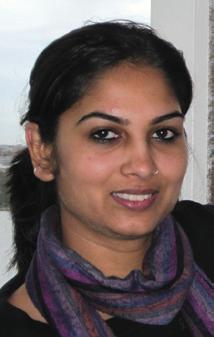
India surely is on the move. With an economic growth rate of 8.8% recorded in the first quarter of this fiscal, India’s economy grew fastest in the world after China since 2007 despite partial withdrawal of economic stimulus packages.
Besides a strong mining and industrial production which compared to 2009 grew by 9% and 12%, a principal factor in this success of the economy has been Montek Singh Ahluwalia, the deputy chair of India’s Planning Commission, with cabinet minister status and responsibility for overseeing the enormous task of India’s economic advancement. The Indian economist, touted by some as a possible next head of the International Monetary Fund, was in Australia recently to meet senior Australian ministers in Canberra and talk about India’s post-Global Financial Crisis prospects.
Speaking at a presentation organised by the Australian Institute for International Affairs, in association with the Lowy Institute for International Policy, and the Australia-India Council, Mr Ahluwalia touched upon different issues ranging from India’s economic forecast to challenges faced by the country and supply of Uranium from Australia.
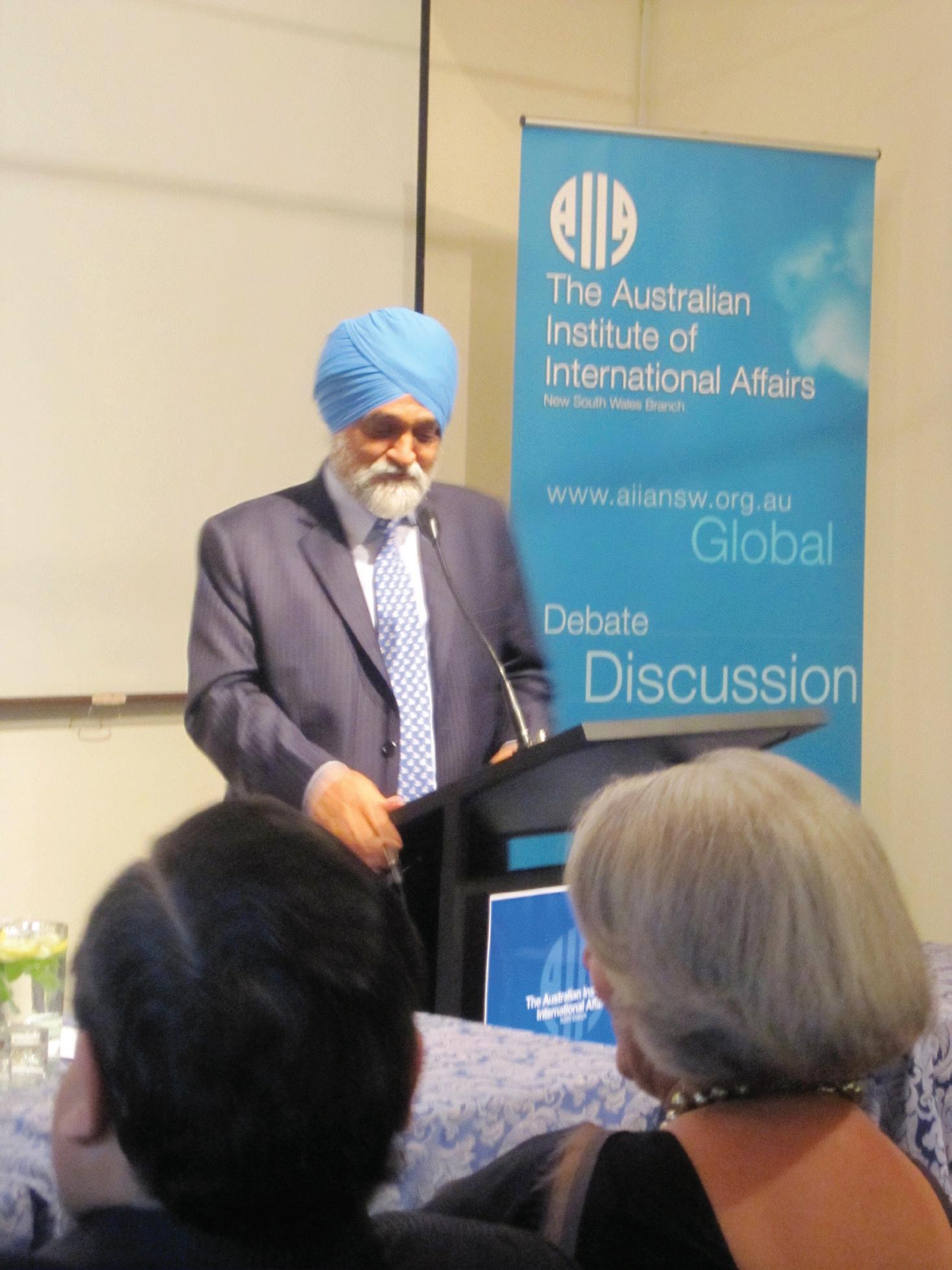
“It is true that the Indian economy in the past 5-6 years has shown a good performance growing at an average rate of 9%. We did drop to 6.7% during the global economic crisis
but we also recovered smartly. The economic growth rate 8.5 % is really good when seen from an international standard,” he said.
The prominent Indian economic policymaker exuded confidence that in the next 30 years India’s growth will increase and it will be able to sustain a growth rate of 9-10%. “If India continues this way in 2035, we would have the third largest GDP in the world. However, there are certain areas of concern, especially in the energy, water and urbanization,” he added.
No doubt energy needs are huge in India, and the issue of the current Australian government continuing to remain unwilling to sell uranium to India for energy purposes has been an important issue between the two countries.
Highlighting the issue, Mr Ahluwalia said, “We appreciate the fact that the Australian government supported the energy waiver that India got. The energy strategy that we are following depends very heavily on building up very quickly a significant capacity in the nuclear field. And we have tremendous reserves of thorium, but the technology isn’t yet there to be able to exploit them. So what we’re hoping is to follow the conventional nuclear route for the first couple of decades or so, and then switch into thorium by when we should be able to have a very large thorium-based nuclear generation capacity. And for all of this we need more uranium than we’ve got domestically. We do have access now to other uranium suppliers, if the resistance in Australia to uranium supplies were to end, and I think they’d be tremendous possibility for trade between India and Australia in that area.”
but there is still lots to be done when it comes to the health and education sectors. While the sectors are hopelessly funded by the Centre, there is not much happening in the areas. India’s education and skill capability is 6-6.5 %. We are far from quality. However, there is tremendous awareness among the people of India and the government recognizes that it can’t ignore the issues,” the minister said.
Stating that Infrastructure development is another major constraint in the country’s growth, Mr Ahluwalia said, “Right now from the growth point of view, probably the single most important thing is to keep investing
kind of general infrastructure, but particularly
cent of the population is urban, but this could of people, a very large number, and how to provide urban infrastructure to accommodate them is very important.”
While Mr Ahluwalia’s speech envisioning an impressive growth of the Indian economy in the years to come did fascinate many, it also left many wondering why after such successes and growth, almost two-fifths of the country’s population still battles poverty. And could the high inflation (currently at 8.69 percent), erode the benefits of this growth for hundreds of millions of poor, thus exacerbating the divide between social classes/haves and have-nots?

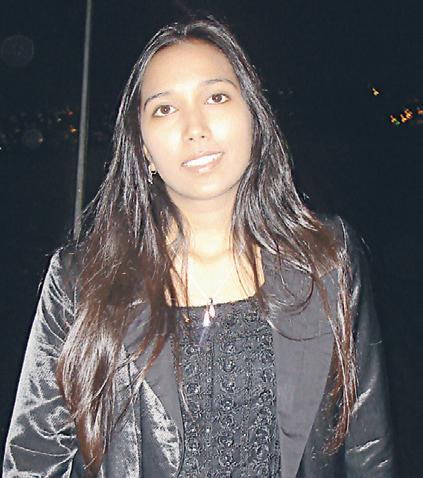

A fresh start, a new look at life, a little fun and some extraordinary experiences. That’s what the youth retreat at the Brahma Kumaris (BKs) Wilton Retreat Centre was all about. Unwinding from our hectic weekly schedules is what we look forward to over weekends. We possibly plan to run over to a friend’s house, catch up with old buddies, or simply watch a movie or plan an outing with the family. But believe me, nothing can compare to a getaway meditation retreat; it is a great experience even for those who cringe at the thought of sitting down and focussing into nothingness. How? Well, you are about to learn the magic...
Just imagine a serene location full of trees and surrounded by nature. You stay over for a whole weekend. Fun learning activities, meditation practices, spiritual awakening and a whole new group of people meet each other to share their experiences. Most importantly, you get time and space for yourself and your soul. There you go! I’m sure you’re already feeling peace settle in you. So what are you waiting for? Drive over to one of the three BK centres in New South Wales.
Originating in India, Brahma Kumaris
spreading the art of meditation and pure spiritual learning, and has been operating in Sydney since 1975. Weekend programs and retreats allow participants to learn new stress management and meditation techniques for all age groups. BKs have also volunteered present courses free of charge at schools, hospitals, youth and women’s refugees, and for businesses as well.
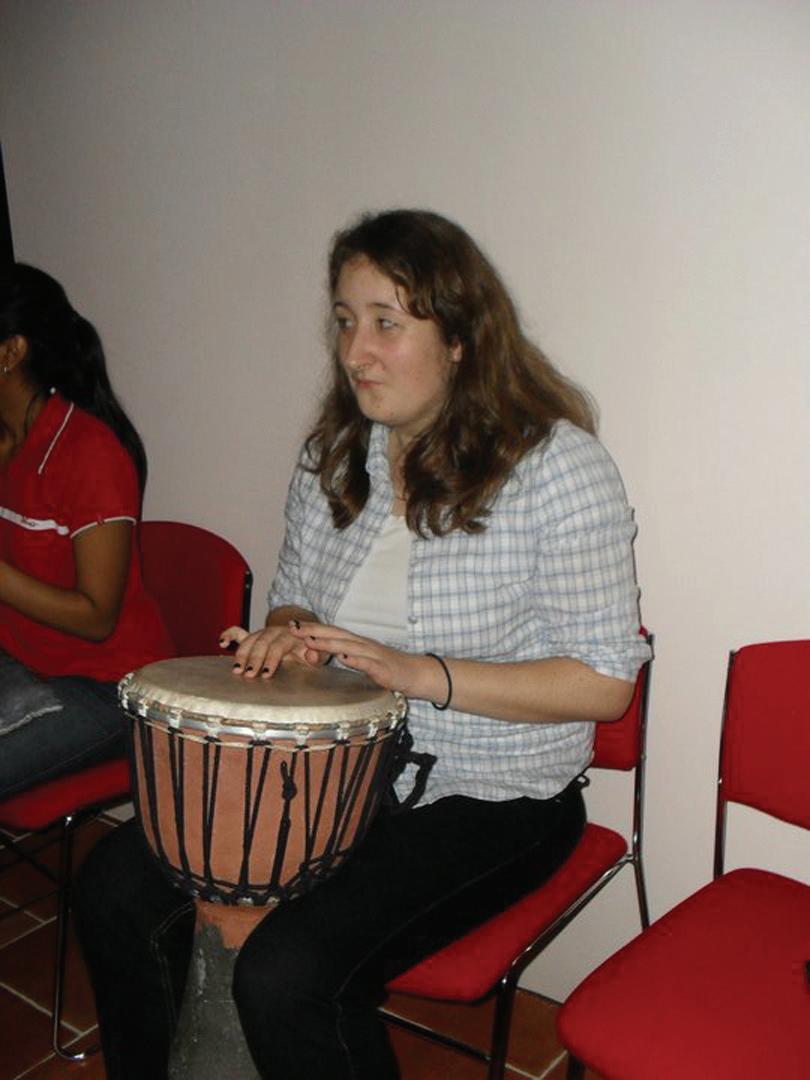
The retreat on December 4 - 6 at the Wilton Retreat Centre was a rejuvenating experience for a group of about 12 young people between 18-28 years. We packed our bags and landed for dinner and an introductory session during dusk. After a short meditation session, we headed back to our rooms for a night of rest and peace. I was surprised to learn that the BK Centres are wholly run by interested individuals who believe in the organisation’s values and donations only. In fact, there were no monetary transactions even for the weekend retreat. The place was immaculate and the food served was pure and energetic. It seemed as if there was an aura around those on sojourn in the premises.
The next day began at 7am as we woke up to the sound of bells ringing, reminding me of a boarding school in heaven! Activities throughout the day were interspersed with meditation sessions, spiritual learning activities and sharing experiences and thoughts with each another. The group was all the more
fun to be with because all the participants were young, like-minded people. And interestingly, there was a youth retreat going on in Melbourne BKs centre at the same time. We made a Skype call to make contact with participants in Melbourne, which was exciting! Margaret, one of the coordinators at the Centre spoke during the closing ceremony saying, “It is very pleasant to see so many young people with a desire to believe in peace and spiritualism, especially because we live in an age where newspapers are inundated with terrible news about so many violent incidents related to the young and restless.”
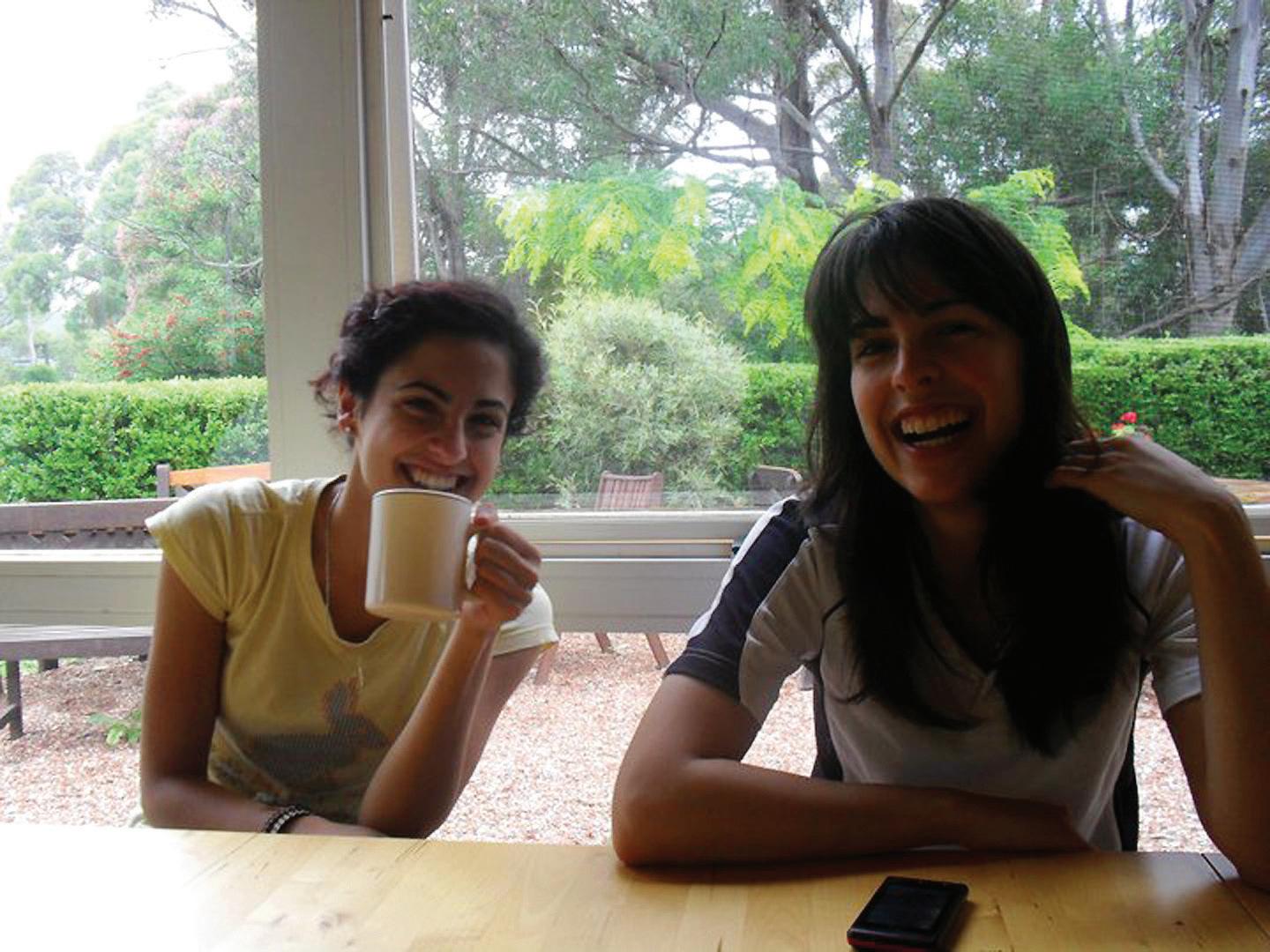
The property where the retreat was held is ecologically self-sufficient and the facilities are beautiful with greenery all around. The young group had a chance to visit a small chai hut filled with old artefacts and that reminded us of ancient hidden treasure. We also showcased our talents in front of an audience before the retreat came to an end. It was a rejuvenating experience for the mind, body and spirit. Filled with energy and enthusiasm from the three-day workshop, we reluctantly drove back to our worldly sojourns. I would heartily recommend the BK retreats to young adults and people who wish to get in touch with their inner souls and renew their confidence in a safe and peaceful environment.
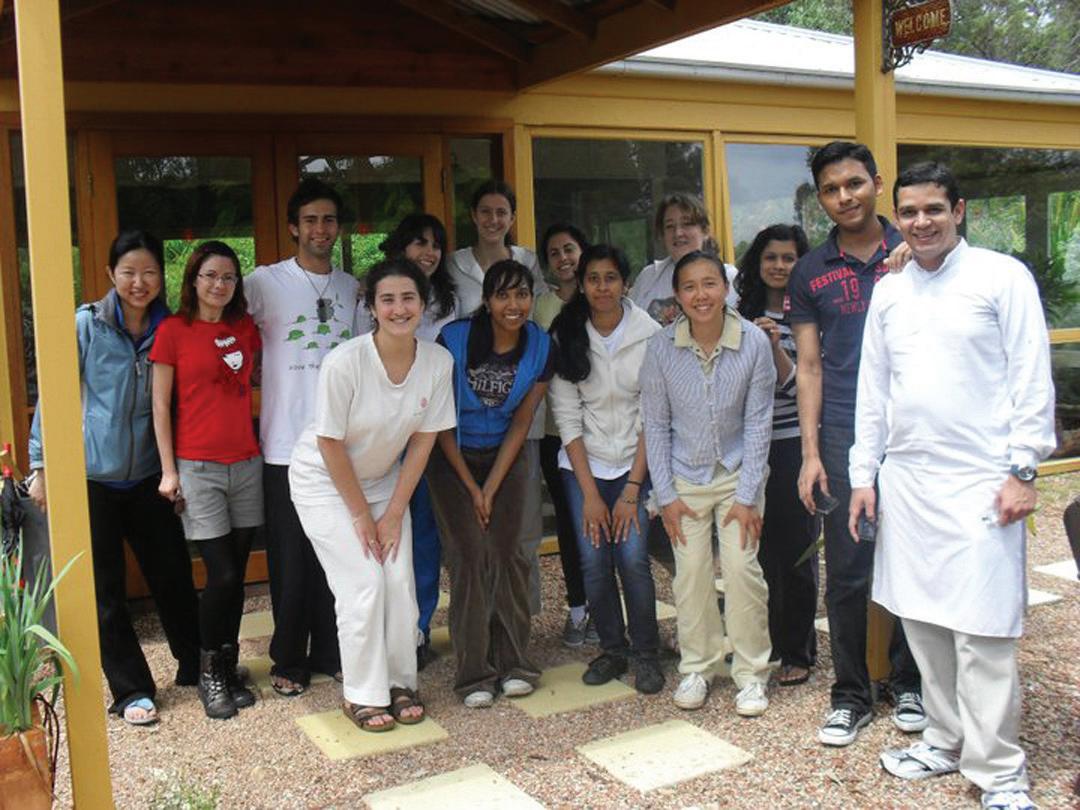
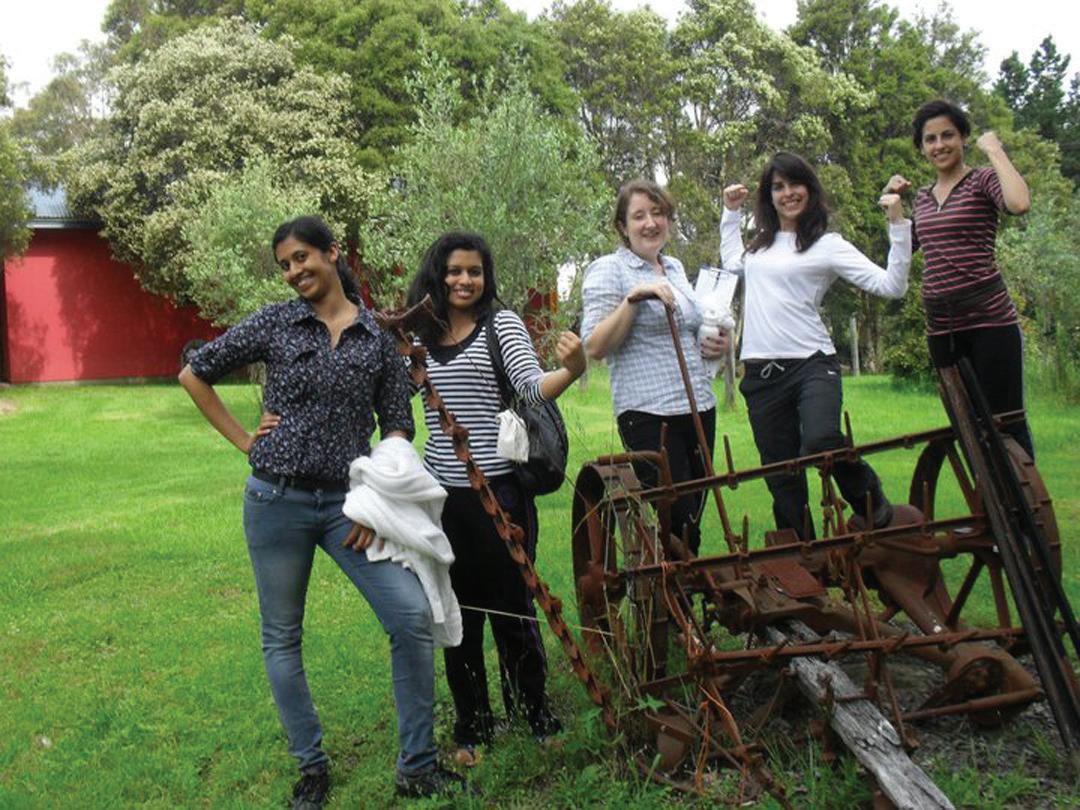
For more information on BK centres and retreats, visit http://www.bkwsu.org/au/

Are you like most people who have studied various material on wealth creation, then got “fired-up” each time and pledged to go into business for yourself someday, but NEVER got around to it because you
• did not have the (large amount of) start-up capital that was required?
• Just couldn’t afford to give up your full-time job to do so due to existing commitments?
• Simply could not find the right opportunity (one with minimum outlay and maximum returns)?
If you are a motivated, self-starter who would seriously like to attain financial independence, earning a residual income with the potential to exceed *$100,000 p.a. in 2-4 years, starting part-time with relatively no financial risk, then call

And we’ll introduce you (without obligation) to one of the most lucrative business ventures of our time. This is a genuine, legal and high-integrity opportunity that is attracting people from all walks of life, including highly skilled professionals such as doctors, lawyers and business executives. It is definitely not for those looking for a ‘get rich quick’ scheme or rewards without effort-such things don’t exist.
Understand that if you don’t have, it’s because you don’t act. Call Now. (Serious enquires only)

: DEEPIKA
• Sydney Western Area
• Weekly Turnover $18,000 +
• Outstanding Opportunity

• Great profit margin
• High Density Residential Area
• Ample Parking
• 3+5+5 Years Lease
• Asking $ 350,000+ STOCK
Prabhu claims he was drawn to the Hang as soon as he saw it. Today he describes himself as ‘a keeper of the Hang’, and has produced a CD entitled At the Temple Gate. A second album is in the making. He has played alongside a variety of musicians including traditional Japanese artists, jazz pianists, flautists, even a funk guitarist.
“The Hang lends itself easily to many genres,” Prabhu explains.
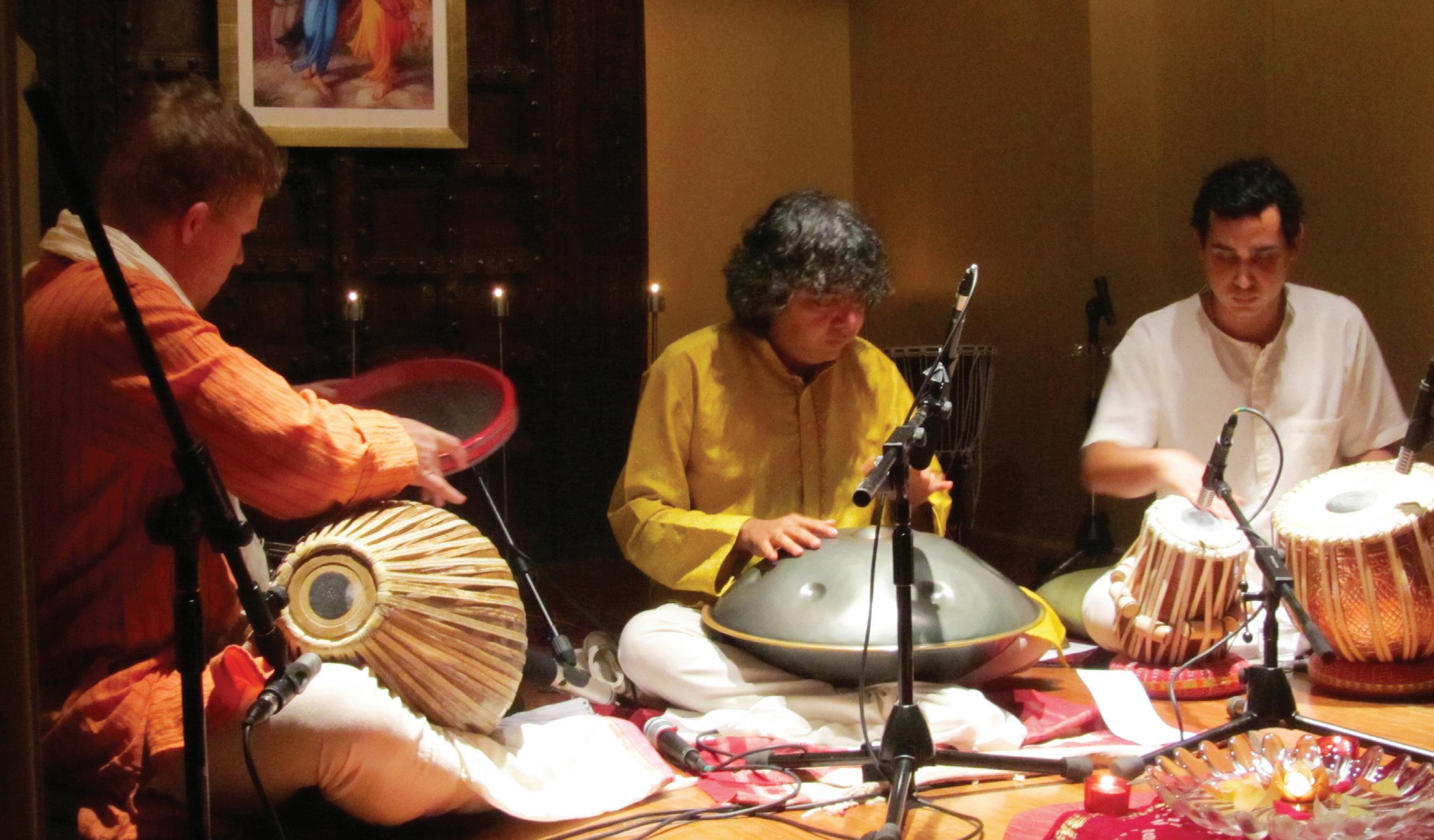
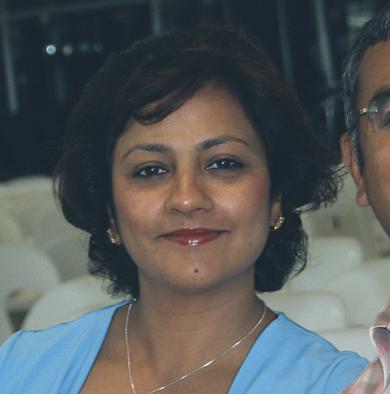
But his special interest remains spirituality, “to receive energy through the vibrations inherent in this kind of music”.
Another instrument Prabhu has been playing recently is the new creation ‘sansula’, the vibrations from which have a profound and immediate soothing effect on the listener.
“The first sensations humans experience are vibrations, while inside the womb,” Prabhu notes. “Those vibrations sustained us then. I’m trying to use vibrations again now to bring in a sense of peace and stillness”.
BY RAJNI ANAND LUTHRAThe Lotus function room at Govinda’s Restaurant in Darlinghurst looks like a meditation hall. It is dimly lit, there are cushions on the floor, and there is incense everywhere. The middle-aged Caucasian lady sitting next to me starts chatting, and tells me she met Prabhu Acharya, today’s performer, only last week at her meditation class, where he played live while the class meditated.
Prabhu plays the Hang, a kind of percussion instrument. It looks like a flying saucer, or a wok with lid. Made of steel, it has seven to nine tone-fields ‘hammered’ on its surface, and is played by the hands, resting in the player’s lap. A fairly recent creation, it is only available in Switzerland where it was invented in 2000, still made by hand by its original creators.
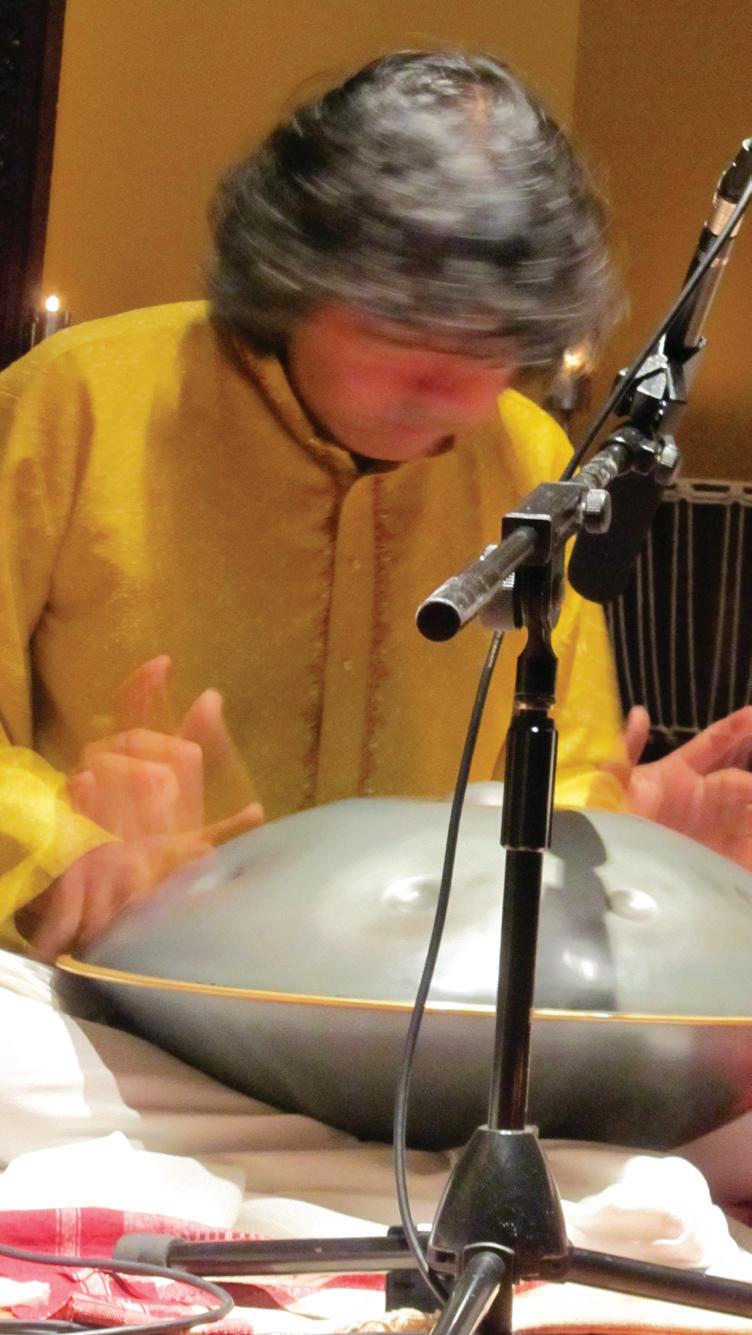
As I listen to Prabhu Acharya play his unusual instrument, I feel compelled to close my own eyes and retreat inwards. In
between numbers, forcing myself out of my private sojourn, I see that many others in the audience have their eyes closed too. In fact, some are seated in the lotus position, deep in meditation.
“That is one of the essential purposes of my music,” a smiling Prabhu reveals to me later. “To get you back in touch with yourself, and then to connect to the universe”.
His Lotus Heart Opening, for instance, is inspired by the power of the early morning sun. “Just as the sun’s rays cause the lotus flower to open, shining an inner light on ourselves can cause us to become more open beings, receptive to the energies of the universe”. Another number, Riding the Waves of Bliss, does exactly what it says – bringing in an aura of peace and well-being.
And in Oceanic Heart, the therapeutic effect of the ocean is re-created beautifully. The accompanying ocean drum introduces an added feel of the water. Prabhu explains to the audience the origin of this number. Working on his computer late into the night one night, he stepped out for a bit fresh air, and the expanse of ocean in front of him drew his
soul in, leaving him blissfully rejuvenated and replenished.
Another number, Drifting Into Nothingness, is a Zen-inspired song that he wrote while travelling down a river in Japan. On the other hand, Silent Song in Market Place was born out of watching people in a bustling urban space.
Yet other numbers have an element of Indian devotional energy. Glimpse of the Beloved still channels nature, but as Prabhu claims, you do get a glimpse of ‘godly’ energy in nature. Rang Raliyan and Dancing
With the Beloved have a playful folk beat alongside that earthy spirituality such as in Sufi music: the mood is one of ‘flirting with godliness’.
Accompanying Prabhu are percussionists Nila Hagglund and Jiva Berry, his partners in the band OSONIQS Rhythm~In. Both Nila and Jiva have been involved with Indian music from early on in their lives. (All three appeared on the Channel 7 show X-factor Australia 2010 to support contestant India Rose Madderom on her song Jai Ho).

Prabhu is passionate also about reclaiming our essential earthiness, in our increasingly nature-deficient lives. “Nature inspires me. The last piece I wrote came out of a walk in a bamboo forest in Japan. There was a soft wind blowing, and the bamboo leaves were softly rustling against the trunk. It was like a song to me, and as I listened, it was as if the whole forest was dancing… I’ve called the piece Silent Wind in Bamboo Forest. What I offer is not healing, but something like a vitamin boost in your life that is ridden with constant activity”.
“I like to call it an OSONIQ tonic,” he finishes.


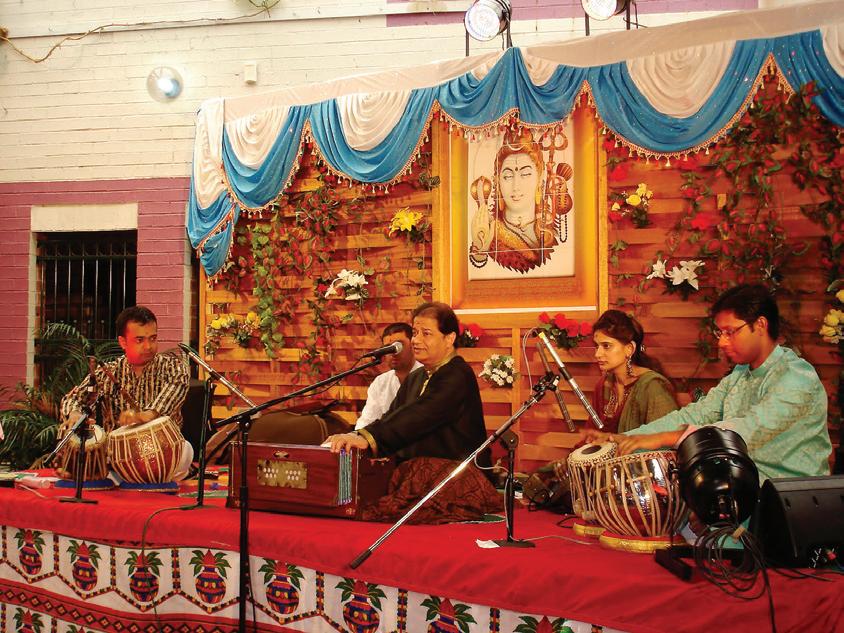
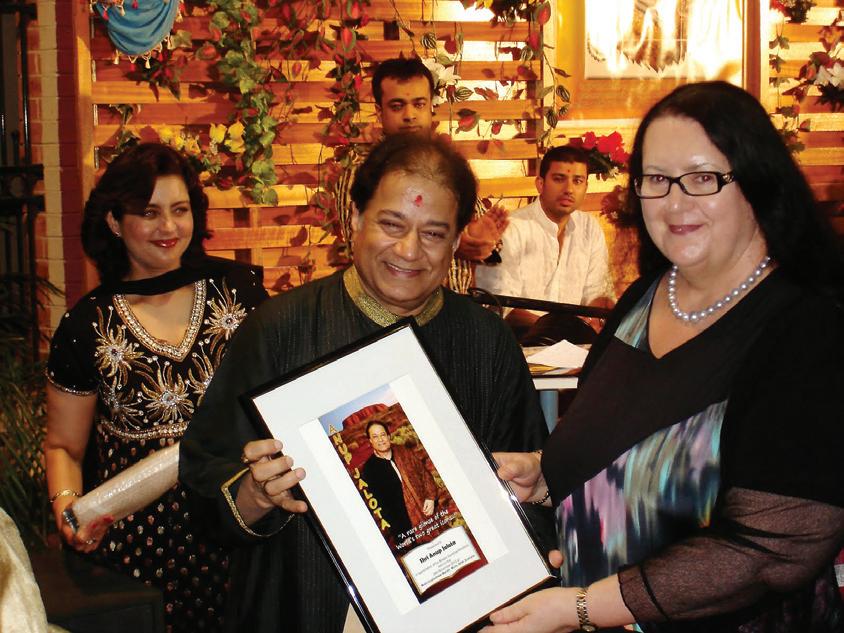
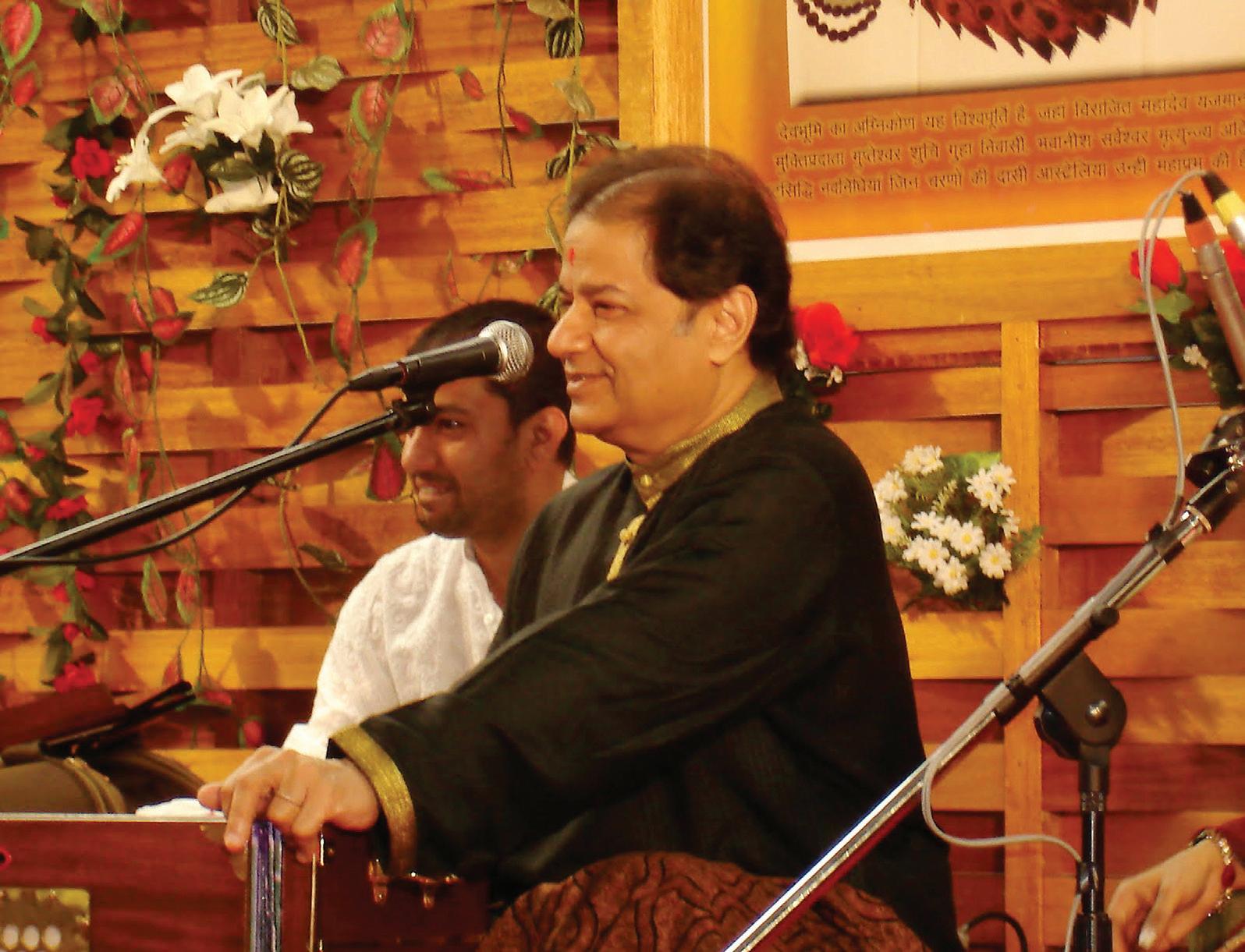 BY PRIYANKA RAO
BY PRIYANKA RAO
gives me the opportunity to grab a few moments of , in the midst of my frenzied, overscheduled routine of daily life. But on this occasion, the temple visit turned out to be truly blissful.
Bhajan maestro Anup Jalota, India’s leading devotional singer, was presenting his fare at Minto’s Mukti Gupteshwar Temple. How often do we grace our ears with those deep and meaningful poems and verses written by our ancient bhakt-jan and philosophers? Back in India, we got a daily dose of this from the local mandir’s PA system, if not from some TV channel or the other…. But today, I was joining some 400 others in what turned out to be an ode to Tulsidas and Kabirdas. Amazingly, their simple yet profound wisdom continues to provide succour, centuries after they penned those verses.
And if this was a special occasion for us, the Bhajan Samraat also claimed it was unique for him. Anup Jalota has visited Sydney many times but this was the first time he was singing in the Lord’s abode, he said. Was it this that brought in an added magic to his music that evening? Who knows! But it was as if the flowers were filled with a new scent and the statues were healed of their stillness as Anupji mesmerised the audience with his voice and wit. Not only did the crowd clap and sing in praise of Lord Shiva, Rama and Krishna, but also took a holy dip in the words and poems of Tulsidas and Kabir, swinging end to end to the rhythm and music. The maestro had helped cast a magical spell, uplifting our worries and vanquishing them!
As Anupji set the tone with Jag me sundar hai do naam and Rang de chunariya, the crowd started pouring in their farmaish. Then came Kabhi Kabhi bhagwan ko bhi, Vo Kanha ek bansuri wala, Aisi lagi lagan, Radha ke bina Shyam adha, Payo jee maine, Tere man mein Ram and that all-time favourite with Jalota’s own twist, Maiya mori main nahi makhan khayo...
The program was interspersed also with the best of poems and intelligent and witty quotes from some of India’s ancient saints. An anecdotal witty question that set everybody thinking was: Why do we offer ‘prasad’ to please God when God himself has given us food? Anupji replied to loud cheers: ‘Why
The Mukti-Gupteshwar temple located in Minto boasts of being the only manmade cave temple in the world dedicated to Lord Shiva. It is the home of the 13th Jyothirlinga (self-formed icons of egg-shape that are believed to depict Lord Shiva), the only jyothirlinga outside of India. It sits in the main shrine of the temple. Alongside, there are 12 scale-model replicas of the 12 other jyothirlingas, 108 hand-carved made lingas representing the Rudra names of the Lord Shiva and 1008 lingas bearing his Sahasra names. Each figurine represents a little temple of Lord Shiva and therefore there are total of 1128 little temples inside the Mukti-Gupteshwar mandir making it truly unqiue. As well, the temple has a 10-metre deep ‘vault’ which comprises 2 million handwritten notes each saying ‘Om Namah Shivaya’ from devotees around the world. Water from 81 rivers including major rivers from Australia and from the five oceans, are also held here, and eight precious metals. Good wishes from holy men and other dignitaries around the world have also been placed in the ‘vault’. The site is beautifully landscaped with more than 5000 native plants and a sandstone lined dam featuring a beautiful shrine situated in its centre.
is a father flushed with happiness when his son offers him a little piece of chocolate, from the very same chocolate bar that the father has bought him?’ Such observations settle deep down in memory and help us somehow make sense of the complex world that surrounds us.
Anupji’s connection with the audience was truly remarkable - the atmosphere was blooming with laughter as he chatted amiably and cracked some fine jokes between songs.
The joie de vivre touched a peak as the crowd pulled up to their feet while dancing like gopis to the final bhajans and it can for sure be assumed that everyone carried back home a new spirit!
Having hit the spotlight with ghazals in his career, a completely different genre, Anup Jalota moved on to devotional music, inspired by his father Purushottam Das Jalota. Jalota Senior was a renowned exponent of bhajans and stands as Anupji’s inspiration to-date. This was evident when Anupji said that his father deserved the title of Bhajan Samrat more than him, on being asked how he feels at being given the title. His modesty and down-to-earth nature reflected also in his generous smile and patience, as he waited to greet the fans, be photographed, and autograph CDs which the audience bought eagerly at the end of the concert.
Accompanying him on stage were other artistes including Preeti Seth, a singer originally from Mumbai but who Anupji spotted in Japan where she is currently settled with her family. Her sweet voice and stage presence brightened the evening. The tabla players Maharshi Naik and Abhijeet Das, and Nitin on keyboard, sprinkled a new life on Anupji’s songs (great to see local talent up there!).

The temple trustees and Deepavali Festival Committee members Mr.Prem Misra and wife Mrs.Rama Misra worked hard to put the program together. Present also was President of Upper House NSW Parliament, Amanda Fazio, and the Chairman of Deepavali Festival Committee Raj Dutta, who spoke a few words in praise of such programs which build trust and peace amongst the community.
Such programs only go on to show us that India has such a rich tradition and culture, the glory of which is not surpassed by distances. No matter where you are, you cannot escape the words of wisdom brought forward by great singers and messengers of peace like Anupji.
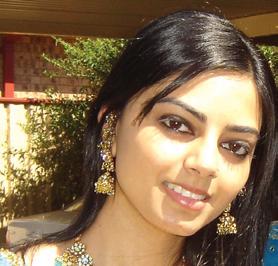
Walking into the small theatre on Cleveland Street in Redfern having no knowledge of this play until just a few days earlier, I had no idea I’d be moved so deeply as I was by Michelle St. Anne’s solo performance.
Billie is an evocative play written and performed by Indian-origin actor Michelle St. Anne. She found inspiration for this play in Australian writer Tim Winton’s Booker nominated novel, The Riders.

Born in Melbourne and brought up in Sydney, Michelle ahs been passionate about theatre all her life, having founded her own company Living Room Theatre.
But, she explains, “I kept getting ethnic-centric work. It seemed like everyone kept expecting me to dance and sing like in a Bollywood film. What I really wanted to do was explore universal stories that do occur in all societies, including Indian societies.”
And so began work on Billie through a series of work shops spanning 5 weeks, before she found inspiration from memories of her own childhood.
The story of Billie unfolds to tell the tale of a young girl in a broken family and an abusive father.
She used the questions of ‘What if...’ and taking the starting image of Billie from Winton’s piece, melded it into her own memories.
“It became a kind of autobiography,” Michelle said.
The power of this play is in Michelle’s performance. While the play is about Billie (the young girl), Michelle moves in and out of three characters: young Billie, Billie’s mother, and an older Billie remembering her past. The story doesn’t flow like a normal story, beginning to end. The memories flow from a quiet monologue describing an idealistic memory of her mother, perhaps one that we all have of our mothers. Michelle shifts from one character to another seamlessly, the young Billie in a singlet and underpants and the mother wearing a blue dress and red heels.
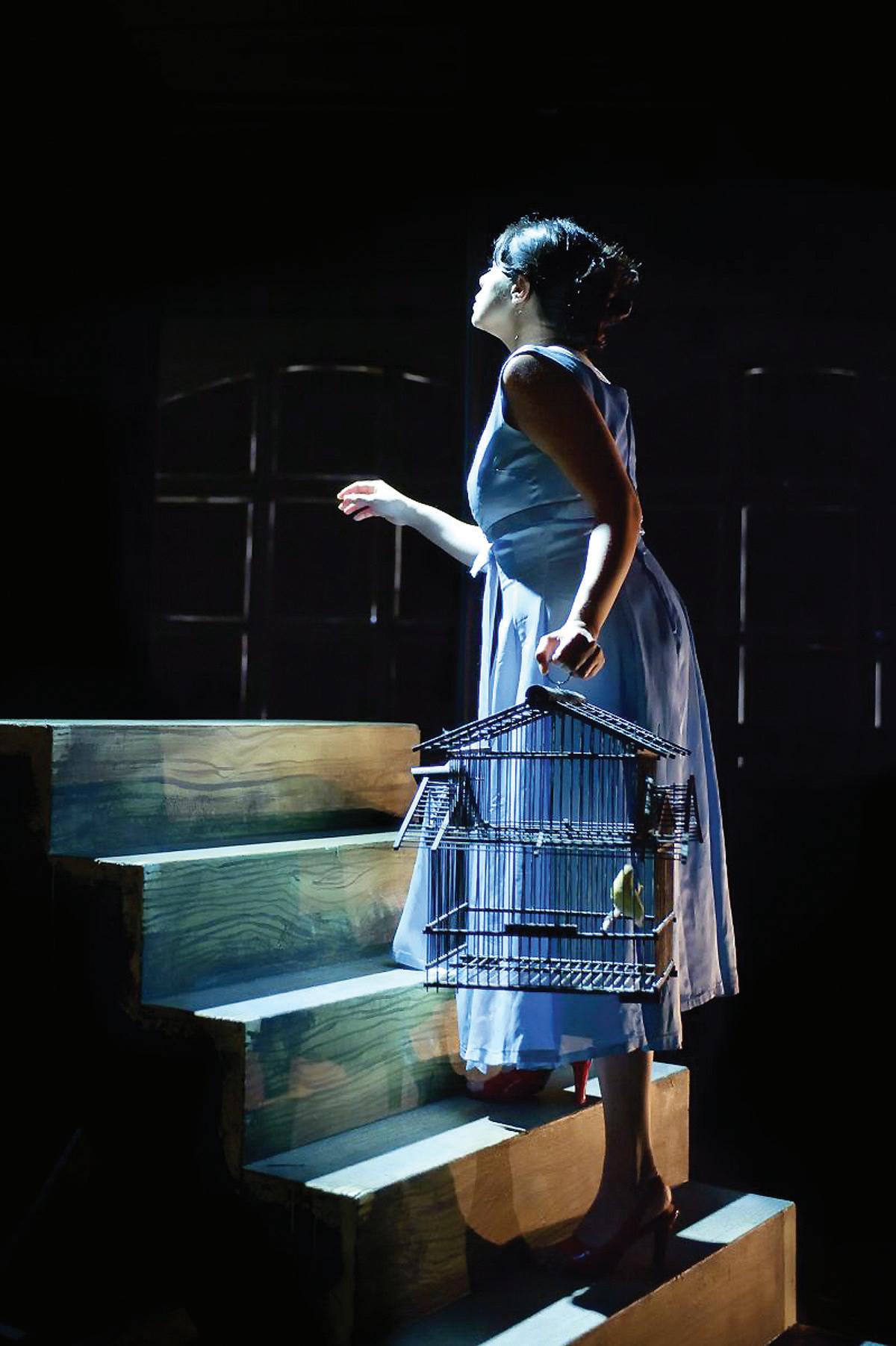
It is a solo performance that is made more effective with the use of sounds, lighting, slides, videos, images and music. Even smell is conjured with a simple sensuous display of reciting the ingredients of curry.
The imagery that flows with the small details that are exposed slowly to the audience, builds up and reveals itself into a dramatic and horrifying moment when you realise the abuse and its slow effect.
“What I really wanted to do was explore universal stories that do occur in all societies, including Indian societies” Michelle St. Anne
The innocence of young Billie is symbolised by the swing which later becomes the site where her innocence is destroyed.
This is the play’s real strength, the themes and issues explored within the play. They are hard-hitting issues that leave you with a sombre feeling at the end, because these things do indeed occur in Indian society. And issues like a broken family and abuse resonate beyond culture, race and society. Michelle uses this sad fact to bring awareness of the universal stories of our lives.
But this awareness would be difficult to achieve with no audience.

“My work needs exposure. If audiences came they would be transformed. I believe that,” she said, and it is something I agree with. The performance that I went to at the Cleveland Street Theatre only had a handful of audience members and none of them Indian, besides myself.
“I think generally all cultures do not support all genres of theatre (art). And with community groups, they are more prone to support traditional culture rather than an individual’s contribution to a [different kind of] art form. Whether that is Indian specific - I don’t really know,” Michelle explained.
Michelle’s work here is not merely entertainment or just a piece of art work. It is a play that elicits thought, evokes feelings and memories. The play is fragmented yet flows as a stream of consciousness from one memory to another. This different nonlinear form of story telling only heightens the senses. You begin to wonder what is real and what is imaginary, what details are left out.
The play ends with the haunting questions of ‘what if...’ that leaves you asking the very same question. As an image of her mother moves across the screen repeatedly, Billie poses a series of ‘what ifs’ as her fingers follow different paths across the screen. The way this question is posed makes you sympathise with the young Billie and the innocence she lost, the abuse she faced.
I left the play in silence, feeling privileged to have heard the story of Billie in such an exposing way.
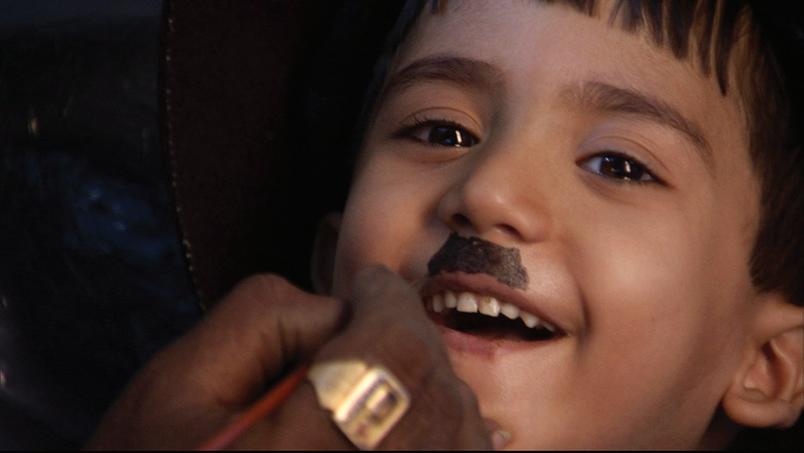
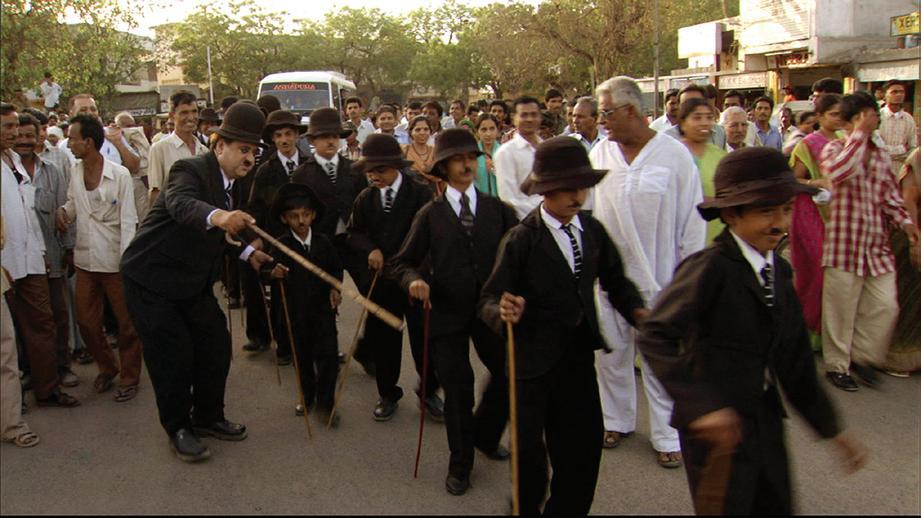

devastating Gujarat earthquake of 2001. Dr Aswani, an ayurvedic doctor, founded the Charlie Circle of Adipur in 1973 and is popularly known as Charlie Doctor. One of the endearing sequences in the film shows Dr Aswani’s prescription for a patient, “Please see Circus film” – accompanied with a VCD of the film fished from his drawer full of Charlie’s films! He believes that Charlie can heal all sorts of conditions that stem from an unhappy state of mind. (Wasn’t it Chaplin himself who said, “Laughter is the tonic, the relief, the surcease for pain”?)
Dr Aswani even has a Charlie statue sitting amidst other deities in his puja area and believes that each of his films has a message - comparing it to the Bhagwad Gita, no less!
Dr Aswani is just one of the Charlie fans and impersonators that Kathryn introduces us to in the film. There is Prevan Kamate who inspired by Chaplin’s acting, migrated from his village to Mumbai, to make a career of imitating him. There is Vishwajeet, another aspiring actor who like Chaplin in his movies believes that one day he will triumph over his troubles. Chaplin inspires them not to give up but fight life’s battles. The film is interspersed with clips of other Charlie renditions like Kamal Hassan in the 1986 Tamil movie Punnagai Mannan (King of Smiles) and the popular Cherry Blossom shoeshine ad where Rajesh Puri played Charlie Chaplin.
Besides Kathryn’s quest for the perfect boot cake, the film simultaneously seeks to understand the logic of Chaplin’s magic. His silent films spoke a universal language. In most of his films, he plays the outsider, the immigrant, the clown and the underdog; and the mix of pathos and humour resonates with one and all. As well, the film tries in its own way to understand the enigma that is India. After her entire India experience with this film, Kathryn is led to conclude, “For long, India has been the tramp of the world, but it is now a rising force”.
In many ways the contradictions in Chaplin’s character can so easily be applied to the idea of India itself: his pants are baggy but his jacket is too tight; his shoes are too large and his hat is much too small. His look and his walk are not ‘regular’ but he wears them with pride. He is all ‘wrong’, but in the end there’s something mystifyingly right about him.
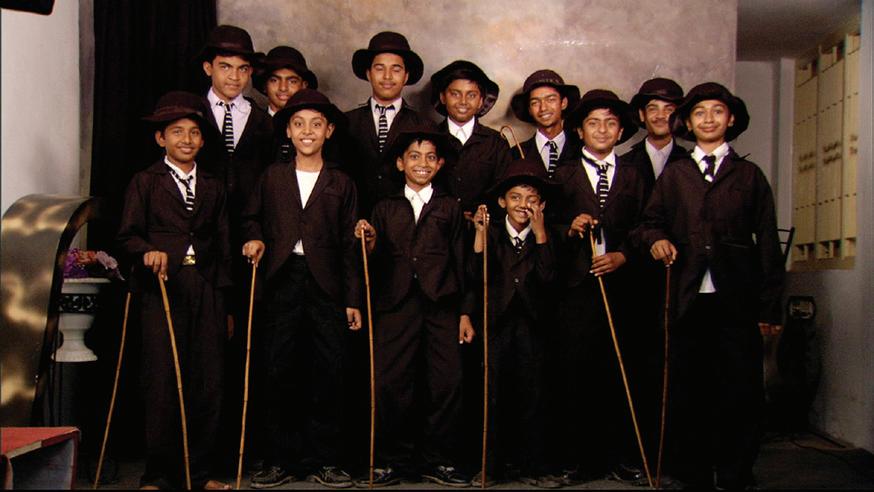
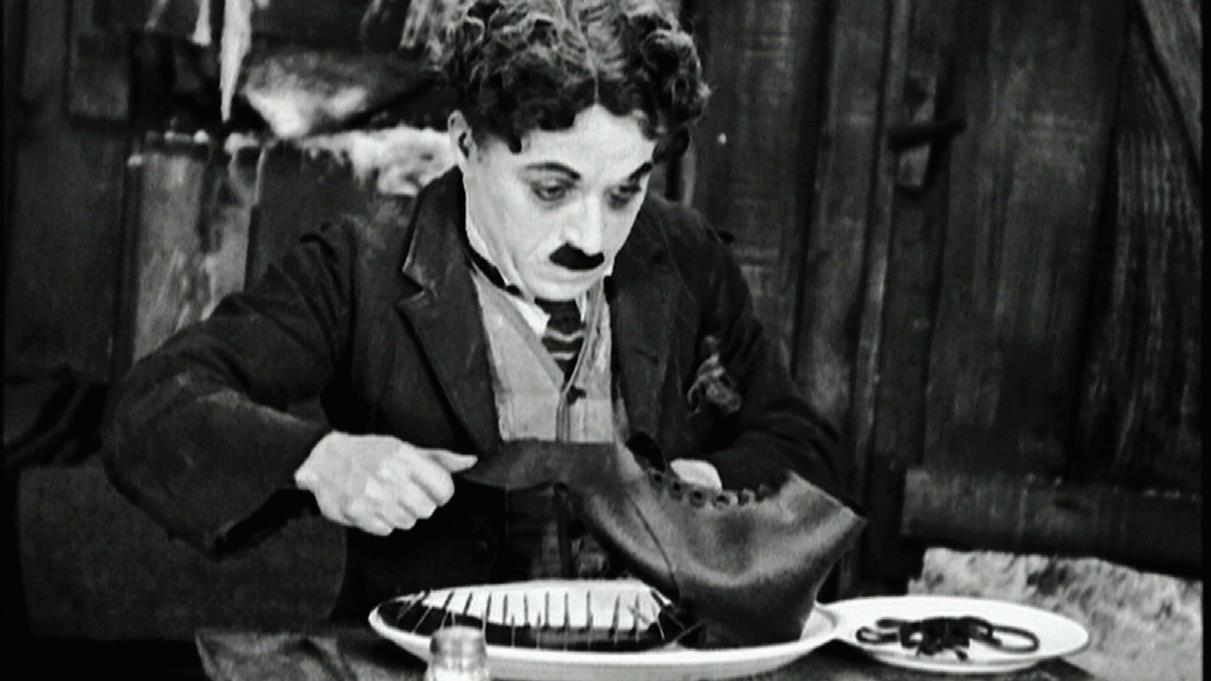 BY JYOTI SHANKAR
BY JYOTI SHANKAR
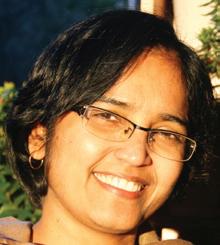
He never said a single word, but made us laugh so hard we had tears streaming down our face. Like the time he was so hungry he ate his own boot…
Growing up in India, I remember dropping everything to sit down and watch every time Charlie Chaplin was on TV. Doordarshan made numerous reruns of those gems The Gold Rush, The Great Dictator and Modern Times, films I can never forget. For some inexplicable reason, this tramp - with his wobbly walk, toothbrush moustache and twirling cane - struck a chord within me.
Sydney-based filmmaker Kathryn Millard has long been fascinated by the influence of Charlie Chaplin on people from cultures as widely disparate as Mexico, Brazil, Vietnam and India. She pondered over why so many felt an almost spiritual resonance with Charlie Chaplin. Setting off
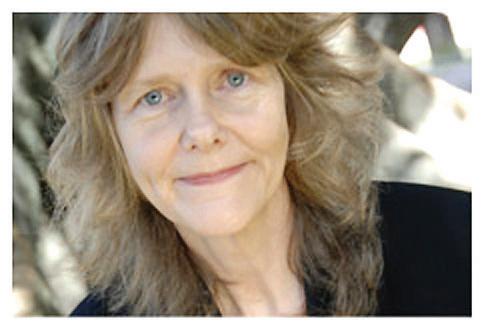
on a quest to research this, she stumbled across a little town in western Gujarat called Adipur. A bunch of Chaplin fans here, calling themselves the ‘Charlie Circle of Adipur’ caught her fancy. Millard got so involved with this group in remote Adipur - who are dedicated not only to Charlie Chaplin but also to the philosophy of life depicted in his films - that they formed the basis for a whole documentary, The Boot Cake.
So what is the boot cake? When Millard got in touch with the Charlie Circle, they invited her to be part of the upcoming 116th birthday celebrations of Charlie Chaplin. They asked if she could do them the honour of bringing a birthday cake in the shape of a boot, as homage to that famous scene in The Gold Rush where Charlie out of hunger and desperation boils and eats his own boot. The film layers Kathryn’s quest for the perfect boot cake that would withstand the Adipur heat, with film clips, interviews with Charlie impersonators and behind-the-scenes footage of the preparations for the Charlie birthday party. The party includes a parade
through Adipur of Charlie look-alikes, floats accompanied by music and dance, and the public showing of The Gold Rush in the town centre. The finale involves the cutting of the boot cake.
The film layers
Kathryn’s quest for the perfect boot cake that would withstand the Adipur heat, with film clips, interviews with Charlie impersonators and behind-thescenes footage of the preparations for the Charlie birthday party.
Adipur is a small town established after the partition of India, a substantial population being Sindhi refugees from Pakistan. Life has never been easy for its denizens, having also survived the
The cinematographer, Himman Dhamija, who incidentally shares his birthday with Chaplin (April 16th), is an Indian-born graduate of the Australian Film and Television School who has worked on a number of Bollywood and Australian movies like Heyy Baby, Mangal Pandey – The Rising and Chandni Chowk to China. The beautiful music score is by Elena Kats-Chermin who is one of Australia’s leading composers, whose music has featured at the 2000 Sydney Olympics opening ceremony and the 2003 Rugby World Cup.
The movie has been a labour of love for Kathryn Millard, an Associate Professor in the Department of Media at Macquarie University. Presenting the showing of this movie as part of the Seniors Film Festival earlier in March this year, she said that she had been made the chief patron of the Charlie Circle of Adipur, whose membership has now grown to over 200. The film has had a good response when shown at film festivals and on Indian TV and was nominated for the Best Documentary at the Australian Writers’ Guild Awards.
The Boot Cake is currently showing at the Chauvel Cinema, Paddington, upto 30 December.
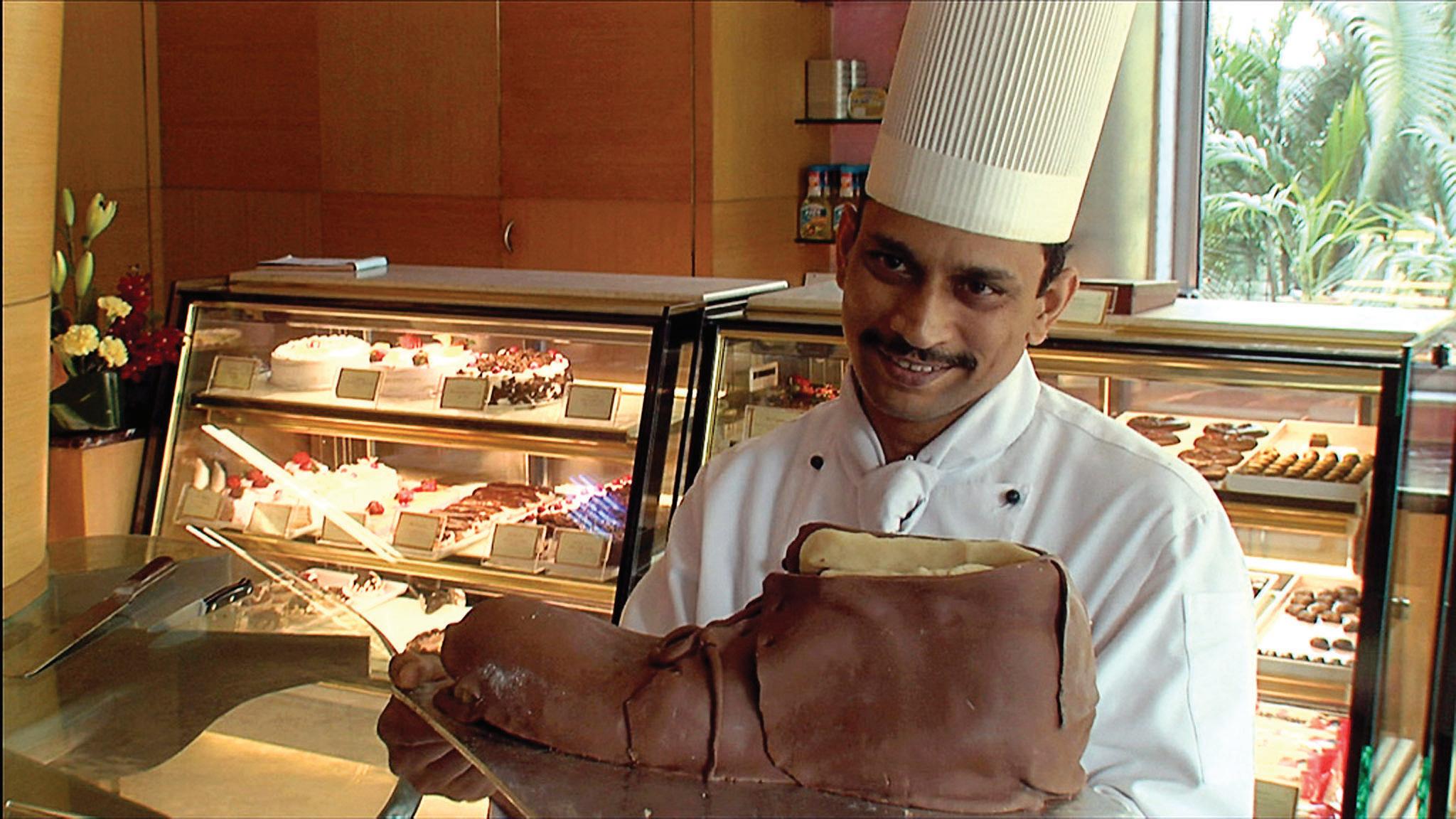
witnessed, juxtaposing his own observations and experiences on IB’s own some 660 years earlier! TMS is a scholar-historian, a keen observer of human beings and society, a master of the Arabic language, writer extraordinaire in English, a wit and an intrepid traveller: all these skills coalesce in this brilliant raconteur who has written a most riveting book – in a language that is a delight to the senses. It is truly one of the best books I have ever read.
Ka by Roberto Calasso (published in 1999) is the best introduction to Hindu legends and philosophy for the more intelligent layman. It is the work of a preternaturally gifted writer and scholar who has translated and brought together some of the most significant writings in ancient India in a way that has not been attempted before. It was written in Italian, and translated into English by Tim Parks. Although some passages in the book are difficult, it is more accessible than translations of original works; and unlike popular books, it captures more than just the stories – Calasso has a sophisticated understanding of Indian philosophy and history, which he integrates seamlessly into his storytelling. Wendy Doniger, one of the world’s experts on Hinduism and mythology, describes Ka as: “The very best book about Hindu mythology that anyone has ever written”, a blurb understandably highlighted on the front cover. It is an amazing achievement and a book to savour, read and re-read.
Love in a Dead Language (1999) by Lee Siegel is one of the most brilliant novels I have ever read. Siegel’s superb command of both English and Sanskrit, his exquisite humour and wit, his razor sharp intellect, are all evident in this amazing novel of a Sanskrit professor set in modern day America. It is a most intellectually satisfying treat for those who want a little more than a good story. This novel must be read to be believed.
The Great Indian Novel by Shashi Tharoor is by far the cleverest, the most complex and multi-layered novel written by an Indian in English. Yes, Shashi Tharoor, before he became a politician and was embroiled in scandals wrote some great stuff, but nothing to beat this most significant modern Indian novel. He juxtaposes the story of the Mahabharata on the Indian freedom movement and manages to pull off a great work of fiction written in the most elegant prose. Do not let this one go past you.
Salman Rushdie’s Midnight’s Children is one of those defining novels of the twentieth century and won the Man Booker Prize: it made magic realism fashionable and a whole host of writers tried to emulate his style. Although none of his later novels quite matched Midnight.. in its sheer brilliance, Rushdie’s novels are all a delight to read for their turn of language and the way his prose shines. A must-read for everyone. Arundhati Roy may not have penned another novel since her best-selling God of Small Things in 1996, but it is still up there among one of the best debut novels of recent times. It sold 20 million copies in the US alone – long before she fell out of favour among the US establishment for criticising their intervention in Afghanistan. Few writers in Indo-Anglia can match her writing prowess and her gift for language. This story of a Syrian Christian family in Kerala is semi-autobiographical.
Lizzy Collingham’s book Curry: A Biograpy (2005) is a wonderfully researched book on the history of the development of Indian cuisine including all the different influences; and its spread to different parts of the globe. So thorough and multi-dimensional is her research, and so engaging her style, that the book deserves to be placed on a pedestal. It has over 30 illustrations, 5 maps and a smattering of mouth-watering recipes to boot. It is so rich in historical analysis, anecdotes and research, and uses changing Indian food as a metaphor for describing various influences on Indian culture itself, that I would argue that it is a wonderful way of getting into medieval-modern Indian history for those not interested in the runof-the-mill history texts! If you know someone who enjoys Indian food and you would like them to know more about India – this book makes the perfect gift.
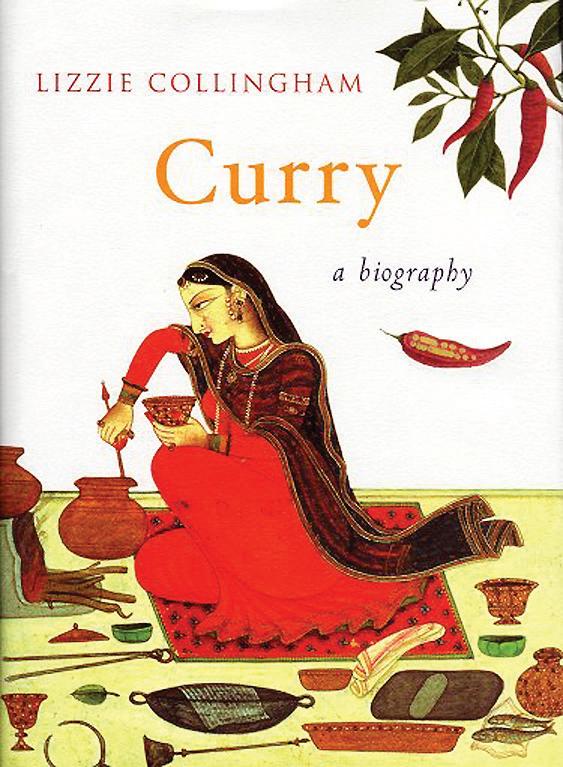
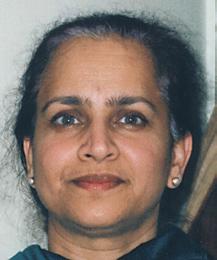
his net on the fishing community in Goa –and several others, recording with empathy and a touch of nostalgia – the changes wrought by modernisation. A truly thought provoking, superior kind of travel book. Last, but not least, two popular yet literary works of fiction should not be overlooked: Vikram Seth’s Suitable Boy, although it did not win any Literary award, still set a record in the publishing world for the biggest advance paid (until that time) for a work of fiction. This tome is a traditional novel in the style of Jane Austen and her ilk – although the ending is a bit of a post-modern twist. Not only is it a mostly interesting story of the search for a ‘suitable’ groom for a daughter, it is an authentic recreation of Delhi and its social milieu in the years after Independence. Pakistani writer Mohammed Hanif’s debut novel, The Case of Exploding Mangoes, published recently, is a clever, witty and well written novel – a work of fiction that is set in Zia ul Haq’s Pakistan of the 1980s which pokes fun at everyone and everything - and one of the best I have read recently.
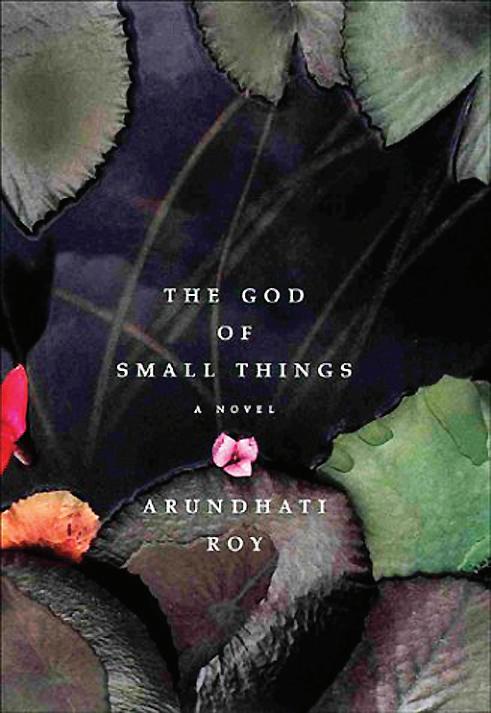
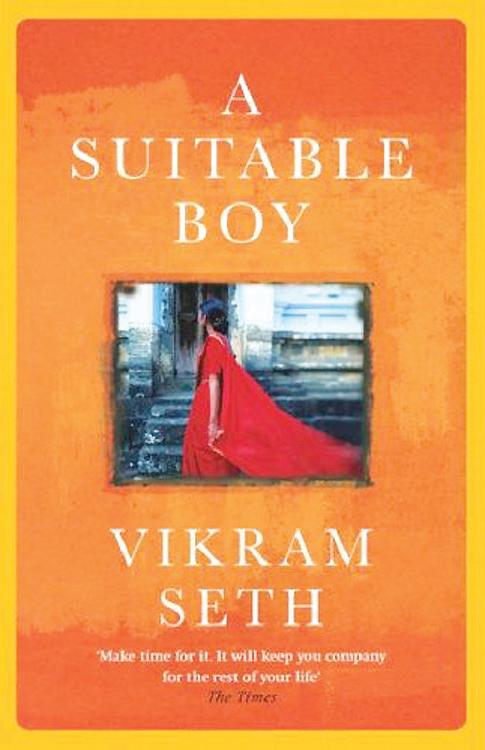
Tim MacIntosh Smith’s amazing travelogue, The Hall of a Thousand Columns: Hindustan to Malabar with Ibn Battutah is a monumental work that delights as it informs. Tim Mackintosh-Smith (TMS) set out to write a trilogy some years ago, with a view to tracing – indeed reanimating –Ibn Battutah’s (IB) travels in the fifteenth century. The first book, completed in 2001 (called Travels with a Tangerine: A Journey in the Footnotes of Ibn Battutah) follows Battutah’s travels in Africa, the Arab world and to the edge of Europe itself. This book, the second in the trilogy, is an account of the ‘Hindustan’ leg of IB’s travels, in which TMS tries to trace IB’s journeys in the subcontinent, traces the places IB lived in and visited; and recounts the events IB had
A recently published book by the Chennai based journalist, Samanth Subramaniam called Following Fish is a riveting food-cumtravelogue which is up there with the best in the world like Paul Theroux or Pico Iyer. In nine eloquent chapters, Fish is an account of the author’s travels all along India’s peninsular coast from Bengal to Gujarat (Orissa is given a miss as two strong leads presented themselves in Maharashtra) where fish is used as a metaphor to explore the cuisine and cultures of the coastal peoples. It is a clever way to package many narratives of food and culture, sport and commerce, history and change. The book is rightly marketed as the first travelogue in the non-fiction narrative genre in India and is seminal from an intellectual perspective as well: for travel writing on India has hitherto been the privy of European travellers whose perspective (whether they were self-consciously aware of it or not) has been willy-nilly coloured by a colonial predilection. In Fish, Subramaniam strikes a remarkably right tone and pitch by writing at once in a reserved and unsentimental way, yet giving us an engaging account of what he observes. He brings a sociological insight into what he sees by ‘following fish’: in perhaps the book’s richest chapter, a (slowly vanishing) Catholic fishing community in the Tuticorin district is brought alive in an account that is at once part anthropology and part farewell tribute. Similarly he casts
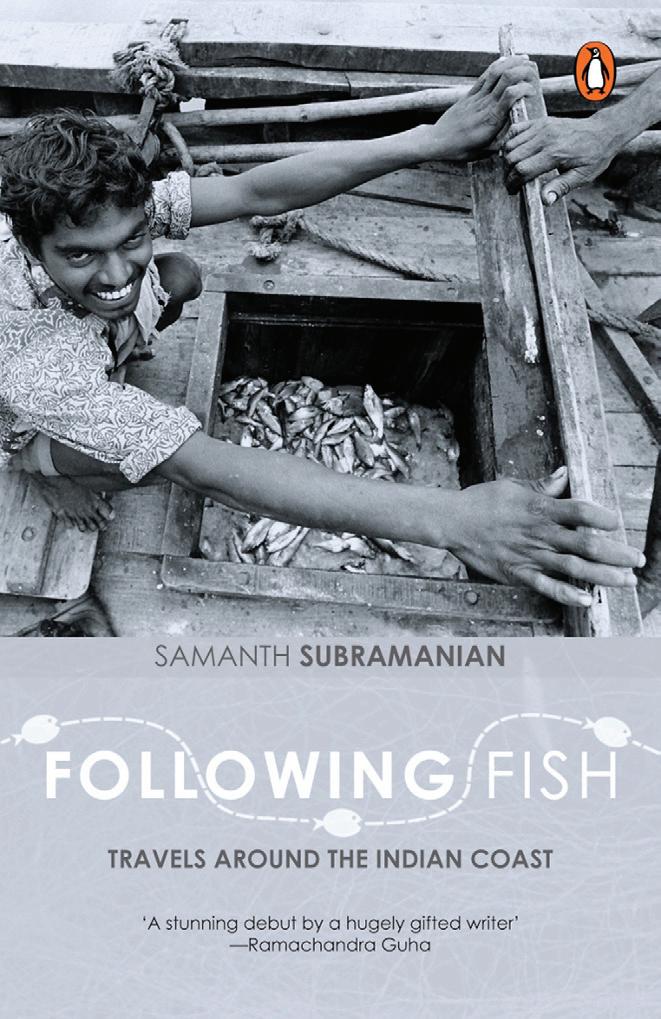
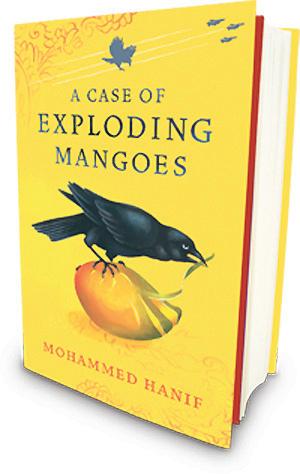
A unique selection of the best literary efforts for you to read this summer


Ah… so many reasons to feel good. You got that promotion you so wanted; you’ve finally acquired the attention of the certain someone you had been secretly stalking on Facebook for months; your dog is now house-trained, and of course, the season of being merry is upon us, so you’re merry by default.
Yes, it is true, that sometimes the “End Of The Year Blues” get to you and you find yourself yo-yoing from immensely joyous to utterly gloomy in the span of a three-minute Anu Malik song. It’s a common phenomenon, and happens to the best of us. There’s something poignant and almost sad, yet hopeful about the last month of the year that just takes you surprise. But not to worry, because we here at the Factory of Awesome are giving you a reason to smile, no matter what mood you’re in.
Not one, or two but TEN reasons to feel good!
Bring out these all-time feelgood fillums this summer, and watch them again with the family or a bunch of friends. Don’t forget to sing along.
Tujhe dekha to yeh jaana sanam….
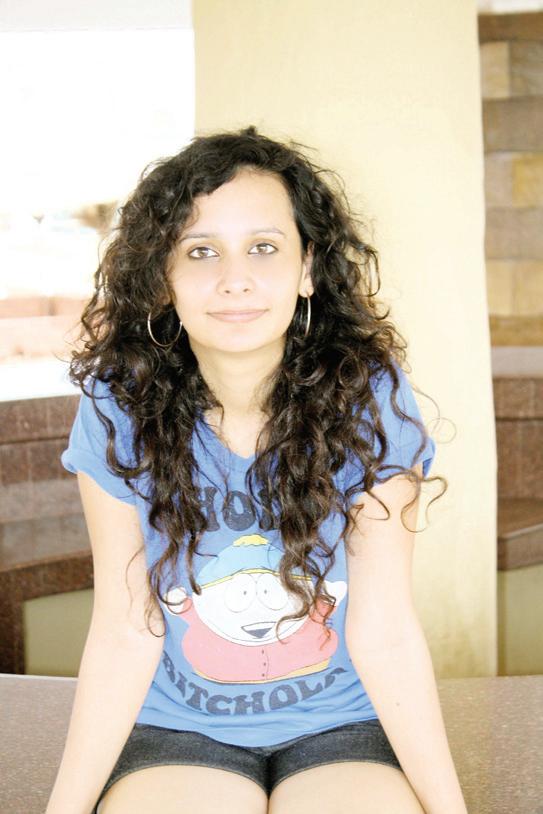
10. Wake Up Sid
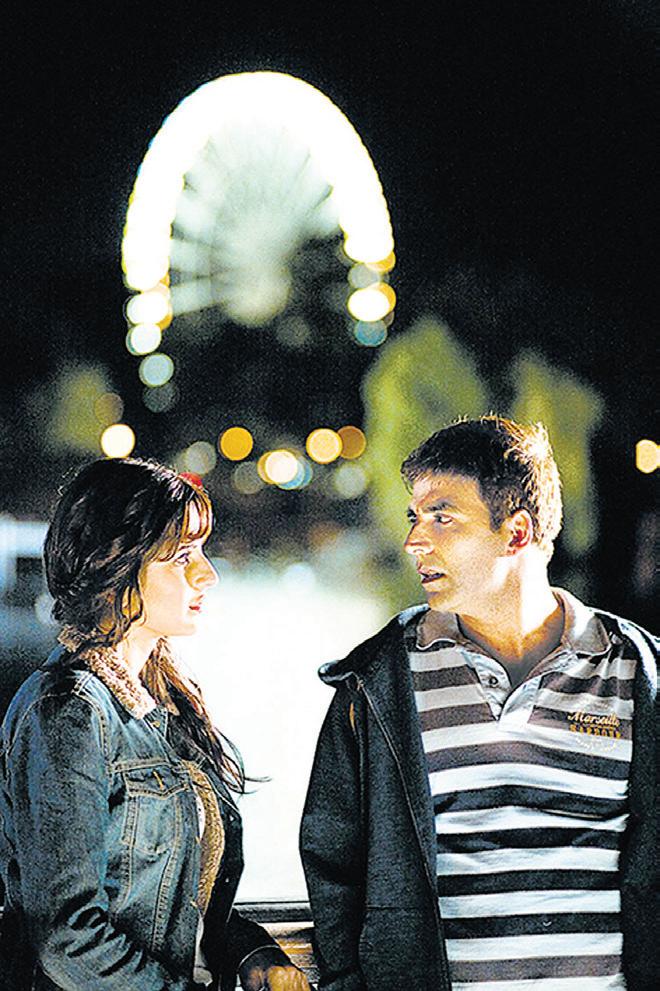
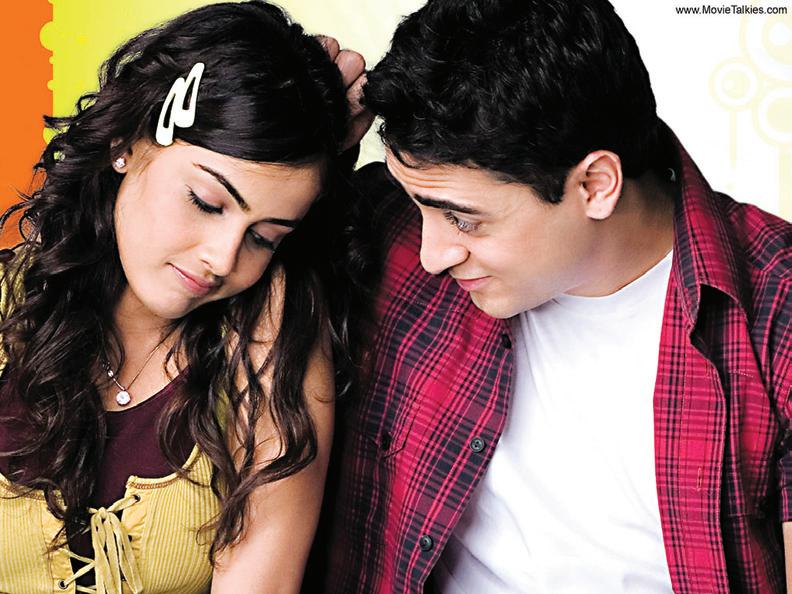
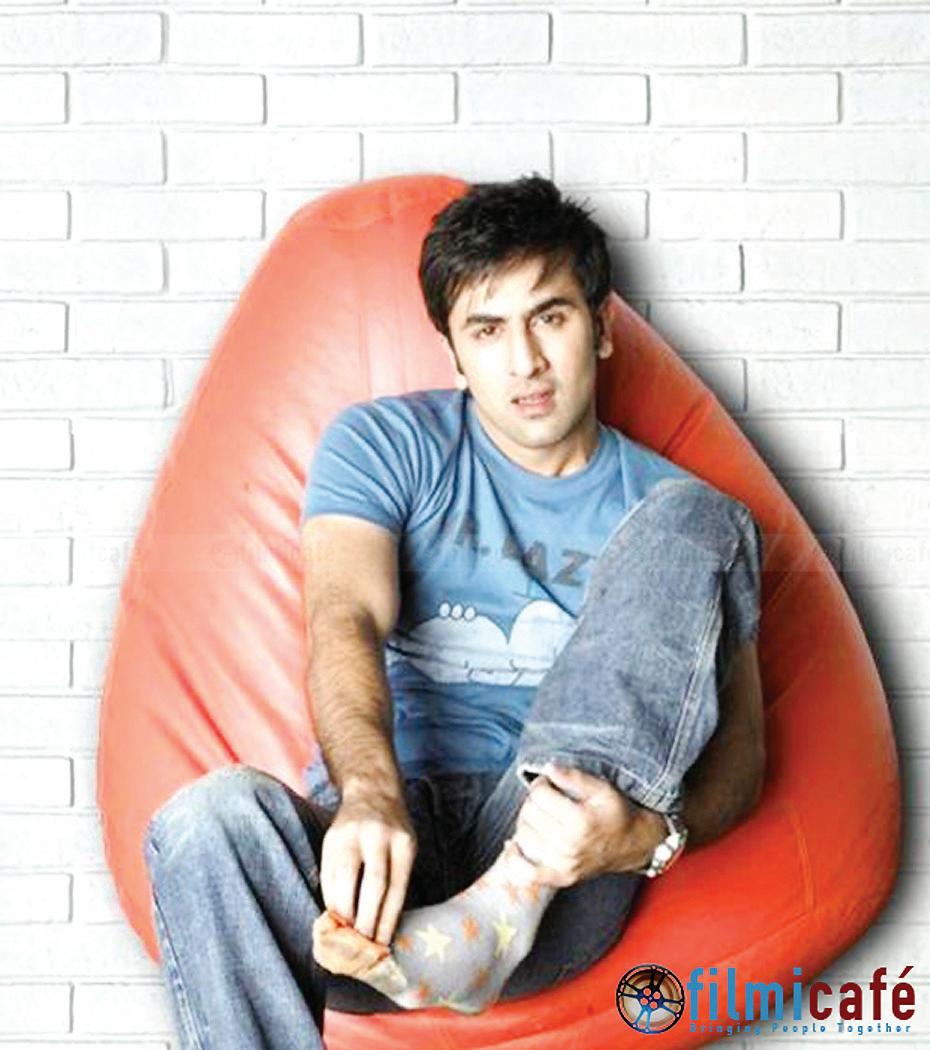

What a treat. The reason this movie is on our list is threefold. For one, it is fun to watch, no clutter, no overacting and definitely no melodrama. Two, it has a dreamy and hopeful spirit which makes you believe, if only for a second, that maybe life really could be that simple. And our third reason? Well you get to see Ranbir Kapoor being all cute and charming, and if that won’t make you feel good, what will…
9. Hera Pheri
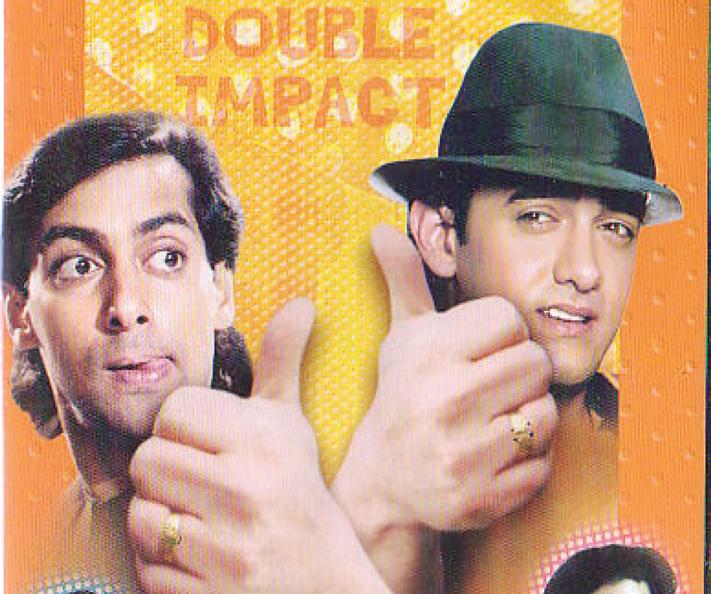
Babu bhaiya is a genius at making you feel good. The moment you set eyes on Paresh Rawal, with his nerd glasses and his white dhoti and baniyaan, you are in splits. Akshay Kumar and Sunil Shetty are a duo to reckon with. They look great and are insanely hilarious. This is a movie you will surely want to watch with friends around.
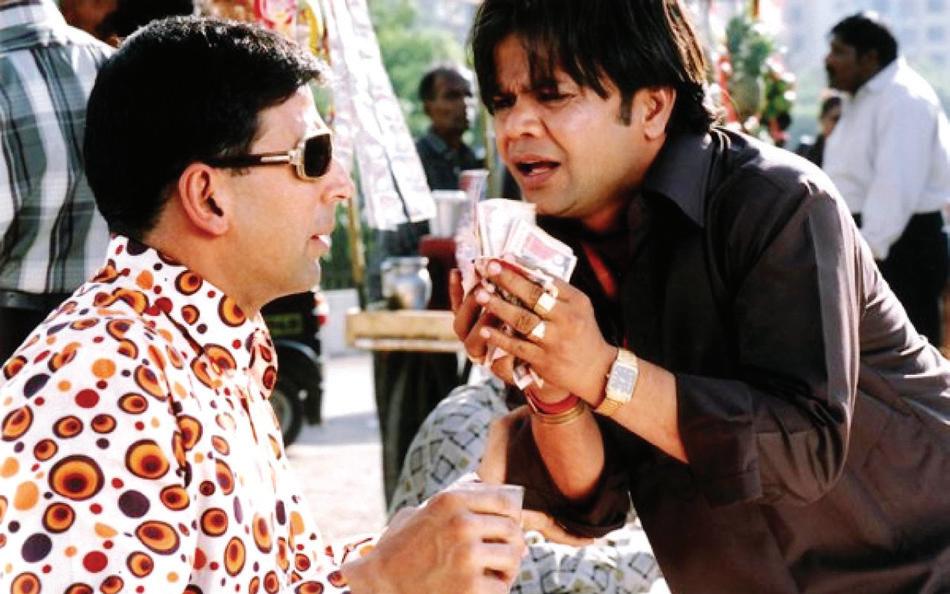
8. Andaz apana apana
Ah, the evergreen cult movie for the happy people. If we didn’t put this one here, we wouldn’t be able to feel good about ourselves. Yeah, there was the debate about saving it for the “Feel Awesome” article. But we thought why not bring out the big guns when you have ‘em. Ooi ma! Alila!
7. Namaste London
As Indians living abroad, many of us would relate to this movie. It has captured beautifully the joy we feel at going back to our desh, the pride we feel at seeing our children do well in this competitive world, and ultimately the peace we
experience in realising that life is good no matter where you are as long as you have true friends to stand by you. Namaste London is a winner all the way.
6. Hum Hain Rahi Pyar Ke
For this one, here’s what you should do. Get the kids, get the Maggie Masala going and maybe crack open a bottle of Mango Frooti. You now have yourself the right ambience for this Aamir–Juhi fun fest. Kunal Khemu is completely adorable as a little bratty boy and it is a hoot watching Aamir Khan raising three kids, who raise nothing but hell, for all except their much-loved nanny, Juhi aka Vayjantee.
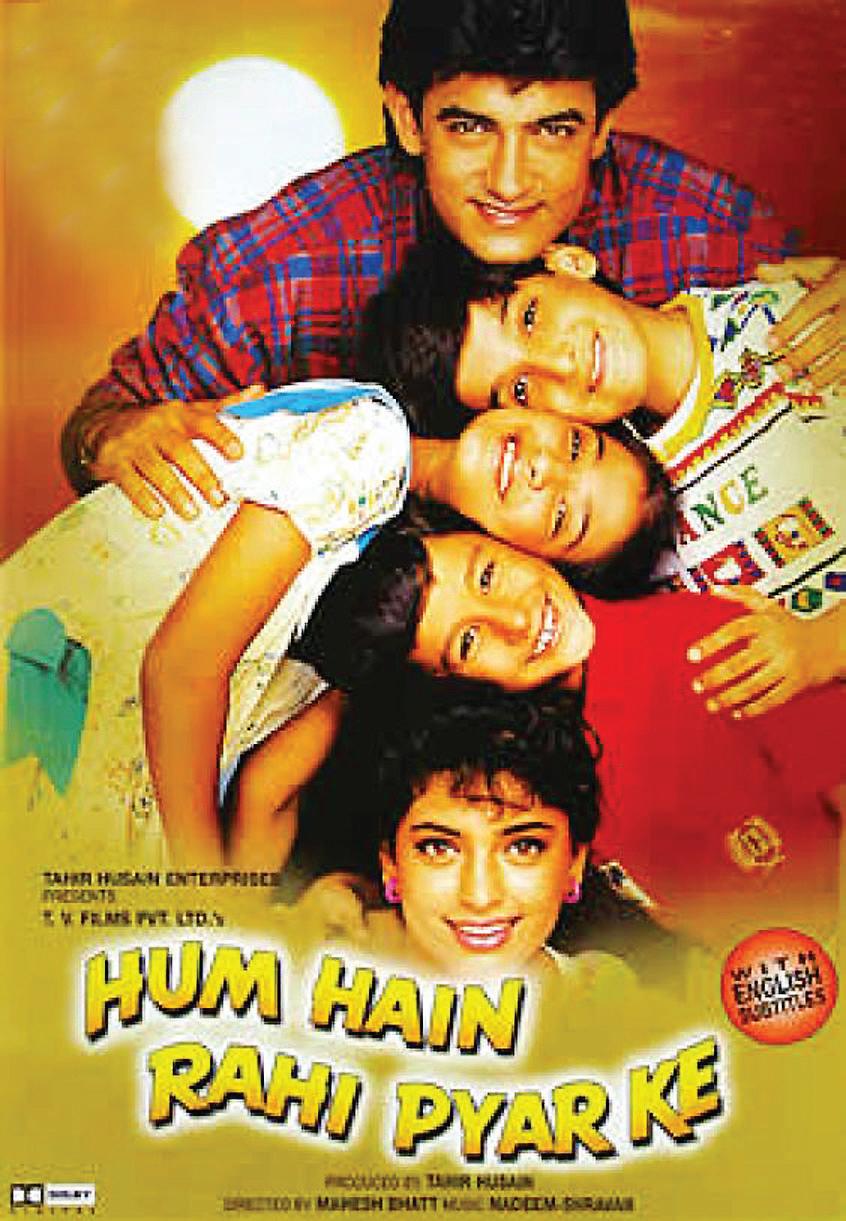
5. Jaane Tu Ya Jaane Na
The first time you saw this movie, you probably felt so good that as soon as it ended, you walked out of the auditorium, went to the counter, bought a new bag of pop-corn, a can of Pepsi and another ticket and went right back and saw the movie again. No? Just me then? Ah, fair enough. You know you loved it though. There is something so entertaining about watching these best friends trying to find their way to love. The aura of the movie screams “yay” and so do you when you see it.
4. Padossan
Ek chatur naar badi hoshiyaar. Need I say more? Do we really need to discuss why this brilliant classic is on our feelgood list?

This movie is pure perfection. It has a wonderful cast, with just the best sense of comic timing (they are so in sync with each other it is unreal), and celebrated music. If you are an old schooler, you’ll be grateful you watched this one.
3. Dilwale Dulhaniya Lejayenge
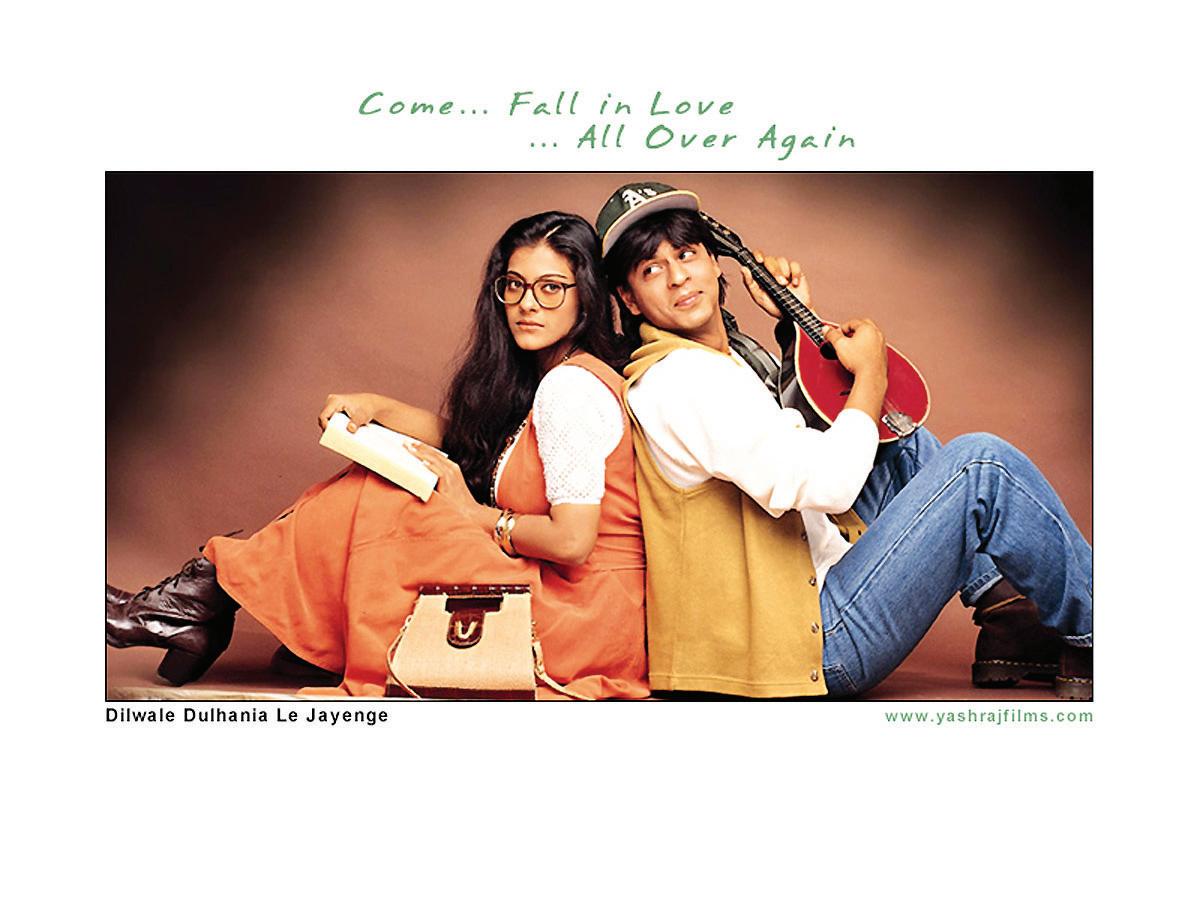
This movie is to Bollywood, what Pretty Woman is to Hollywood. Epic. Now when guys read this one statement, they are all like “What !?” and when women read it, they go “Ah! Yes, true.”
You see, DDLJ has that iridescent charm that very few movies can match. Every time you see this movie, you feel you’ve fallen in love again, and of course women get that.
2. Mr. India
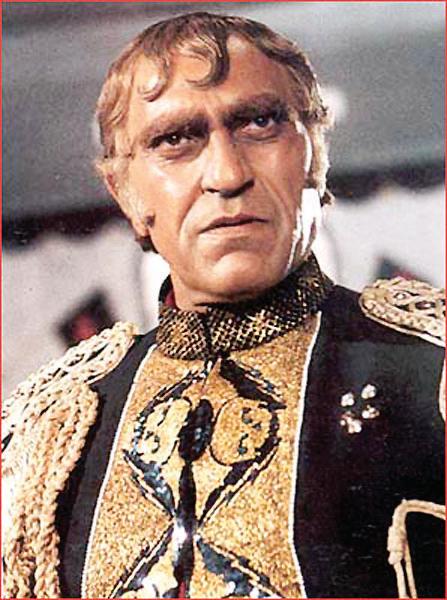
If you were born in the eighties or the nineties, this movie is sure to be your Holy Grail. Nothing beats Mr. India. Even the few minutes where the movie takes a sober turn, it doesn’t make you any less psyched. Arun Bhaiya, Calender, Seemaji and the entire baccha party ka jingbang have enough to win anyone’s heart and leave them feeling all happy inside.
1. Dil Chahta Hai
Because the only way to truly feel good, is to follow your

Dil chaahta hai, kabhi na beete yeh chamkeele din
Ten feelgood Hindi movies that you should watch again in the summer
The festive season is upon us in all of its glory. The shops are all decked up, looking as cheerful as the people who work in them, and music spills out of them in the spirit of the season. People fill the streets, carrying bags and babies and cameras and candy. The entire city exudes celebration and excitement, and so do we!
It’s the time to disco, Let’s rock, Aaja nach le , but not on the same old songs we’ve been jumping to for the past two years. NO WAY !
It’s time for us to get rid of the old CDs and delete the songs we’ve played on repeat one time too many. Let’s dance 2010 away to some new beats, with some new steps and maybe a new hairdo!
It’s all about spinning it D.J, so let’s get to it… Here is our pick of the Top 20 mast songs you’ve got to have on your party play list.
1. Soni de nakhre sone (Partner)

2. Pe pe pein (Chance Pe Dance)
3. Thok de killi (Raavan)
These three songs are for the people who go all out and full-on tapori when they dance! Yes, it is said that you should dance like no one’s watching, and most people who dance tapori take this saying quite literally. Their friends and relatives might pretend not to know them on the dance floor, but this does not stop our happy dancers from doing their pelvic thrusts and shoulder shimmies! Good on ya, guys, Govinda would be proud.
4. Uff teri ada (Karthik Calling Karthik)
5. Desi girl (Dostana)

These two numbers are for all you pretty girls out there whose latkas and jhataks the boys are crazy for. If you’re a girl who likes to have her fun on the dance floor and you don’t care if you have a partner to dance with or not, these two songs are something you have to have!
6. We twist (Love Aaj Kal)
7. I hate luv storys (I Hate Luv Storys)
Couples have had it with all the slow, boring ballroom dancing. It’s time to get your partner and twist! You may not always be in sync and it might not be as romantic as holding hands and dancing, but stepping on your partner’s toes has never been more fun.
8. Aap ka kya hoga dhanno (Housefull)
9. Aaj ki raat (Don: The Chase Begins)
If you still like your fix of the old school numbers then these two songs are perfect to boogie on. They still have the masti of the older version but are fast enough for you to actually dance to.
10. Suno Aisha (Aisha)
11. Uncha lamba kad (Welcome)
Yes, it’s almost half way through the party and you’ve danced too much. You feel you may have to take your shoes off NOW or your feet will die, the guys are slowly loosening their ties and that slight pain in the side of your stomach is beginning to irritate you. Well, don’t stop dancing! Just take it a bit slow. Keep the party mood going with these easy numbers that don’t require too much effort ;)
(Ajab
13. Love me love me (Wanted)
You know there are people who actually know steps to songs and have routines, because they are good dancers and everything. If you’re not one of them, don’t feel too bad about it, but you must have these number on your play-list for the people who actually know what they are doing. If you can’t keep up with them, just stand aside and watch. It’s heaps of fun and really brings out some great dance performances.

14. Bas ek king (Singh is King)
15. Hadippa remix (Dil Bole Hadippa)
These two songs are for the bhangra and gidda lovers out there. Can a play-list ever really be complete with a few Punjabi numbers? We say no, and we know so do you :)
16. Challa India to aya (Crook)
17. Babu Rao mast hai (Once upon a time in Mumbai)
18. Apadi pode pode (Gilli)
When you think people might be getting just a bit distracted by the food and the drinking, these songs are all you need to get them back on the dance floor. They’re upbeat, high in energy and completely irresistible!
19. Munni badnaam hui (Dabaang)

20. Shelia ki jawani (Tees Maar Khan)
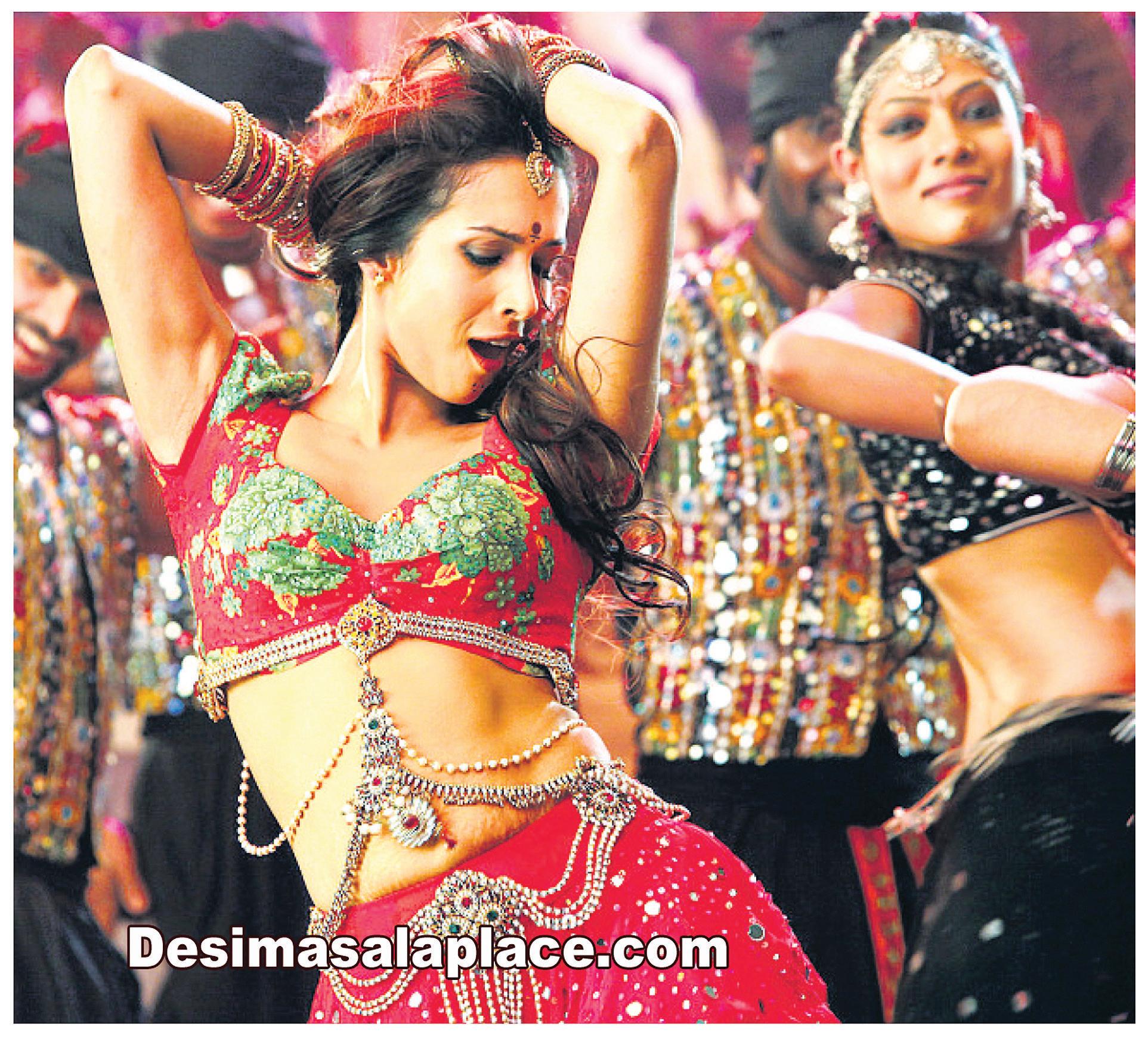
How could we end our list without mentioning the two songs that have changed the future of feminism in Bollywood, haha. With these two there is NO going wrong. You’ll probably be playing them more than a few times in the one night, and believe us, people will still want more.
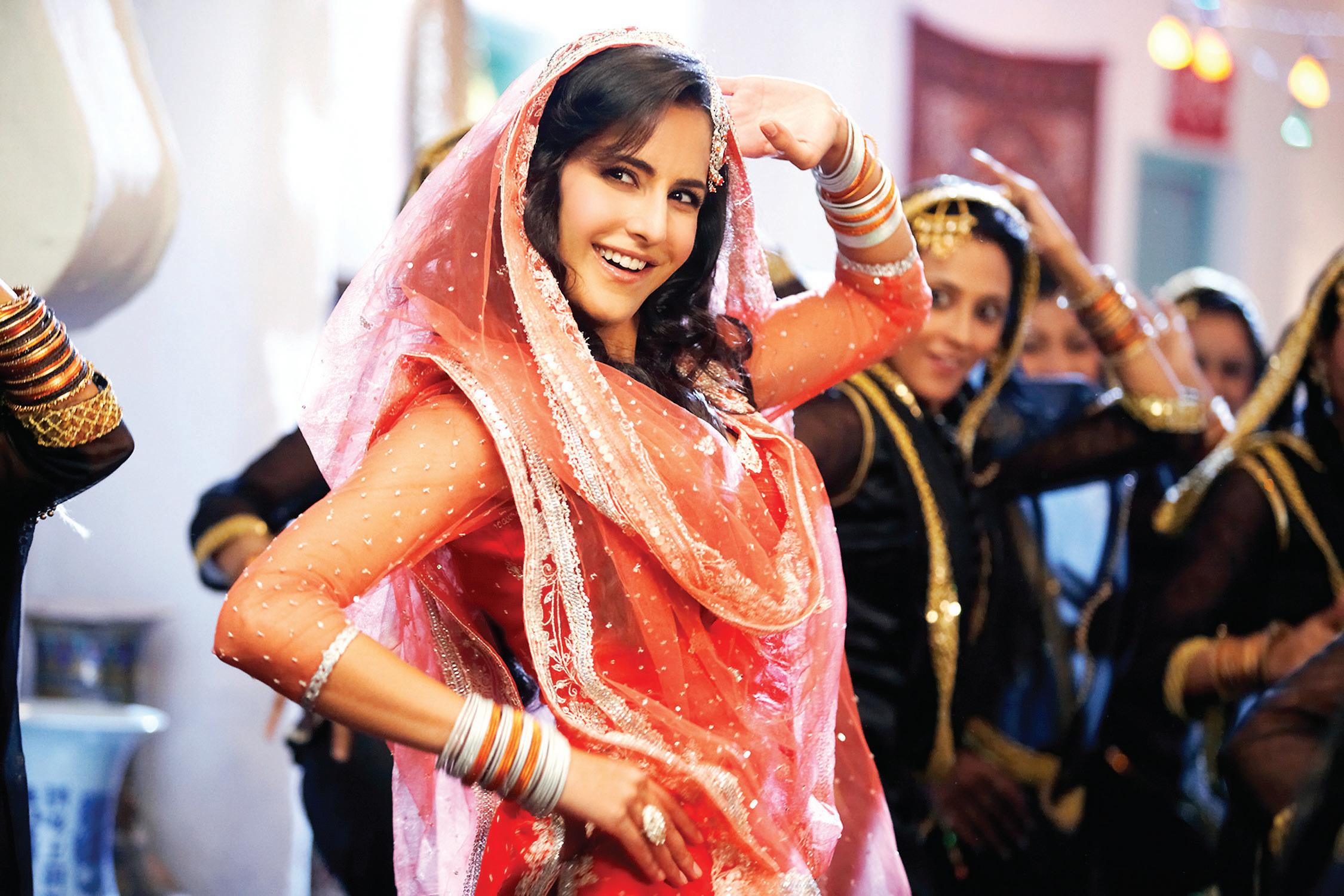
Sydney is a city of foodies, a city that worships its chefs as stars just as much as Mumbai worships its Bollywood and cricket stars. Bursting at its seams with the cuisine of many cultures, and with plenty of fresh produce easily available, Sydney-siders are lucky to have excellent food
I am South African by background and our famed braai (BBQ using coals or wood) usually consists of meat, meat and meat with a small side of potato salad, containing bacon. Having eaten ribs on 5 continents (South America and Antarctica still elude me), I know ribs! And Hurricanes is the front runner in this category by far.
Situated on picturesque Darling Harbour overlooking the Steyne Boat Restaurant, the views add just another depth to the pleasant but busy atmosphere. Taking no bookings after 8:30, the wait to get a table on a Saturday night is almost 2 hours long, so book ahead on weekends. The list of starters here is quite varied, with the garlic prawns being a favourite. Garlic butter drenched and still sizzling in the pot, this little prawn dish will keep even a hungry vampire well away.
fare all within a short drive or walk from their homes. Why don’t you get out there and make the most of it these holidays, say ANTOINETTE LOKKER and PAWAN LUTHRA.
It’ll be like taking a holiday around the world!
Recently voted as the best location pub in Sydney, the iconic Newport Arms Hotel in Newport is certainly a sight for sore eyes! Yes, it is quite a drive out, but make a family day of it and visit the Upper Northern Beaches of Sydney – the scenic coastlines and winding roads will quickly have you relaxing in your seats, with the only sounds the “ooh” and “ahh” coming from the kids. On your way back, stop at this famous pub and enjoy
The main event however, has to be their amazing ribs –a full rack consist of leg of pork, lamb or beef ribs which is flame grilled on the BBQ until tender, yet juicy and succulent. Not a first date place, as it gets quite messy –but luckily they offer you a bib so your shirt isn’t stained. This weekend I broke with tradition and ordered a steak. Not any steak, this one claimed to be the “tenderest on the menu” at a restaurant known for its tender cuts. The Fillet Tenderloin (sometimes known as a Fillet Mignon), was indeed one of the best steaks I’ve had in a very long time. With a side of “Monkey Gland” sauce – a sweet smoky BBQ sauce, the “medium” steak was juicy, perfectly cooked and just big enough for me to try a few of my dinner partner’s ribs as well. All in the name of research, of course.

With an excellent wine list and dessert choices on offer, you won’t leave hungry.
their kid-friendly beer garden. With stunning views over Pittwater, the place is set for a great day out with family and friends. Children are well catered for in the play area with sandpit and other fun adventures to keep them happy while you tuck into some “pub grub”. If you wish to really enjoy the atmosphere, watching a live game on one of the many outdoor screens is well worth it. Gourmet burgers and pizzas, grills and barbequed meat, seafood and veggies, salads – there is enough choice to keep everyone happy.

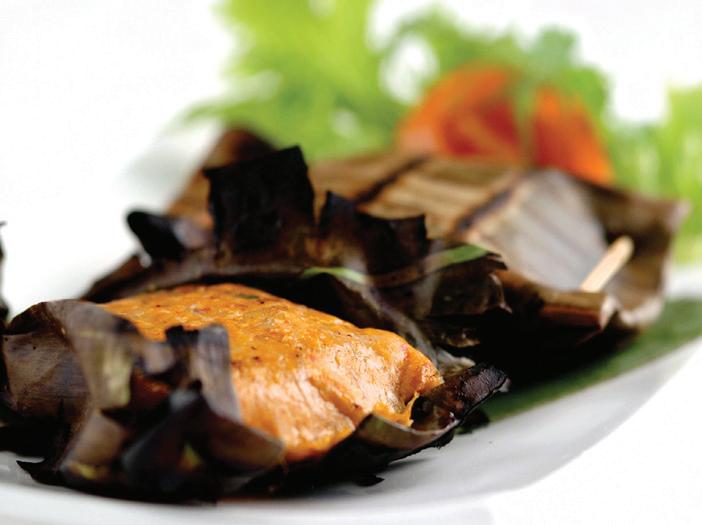
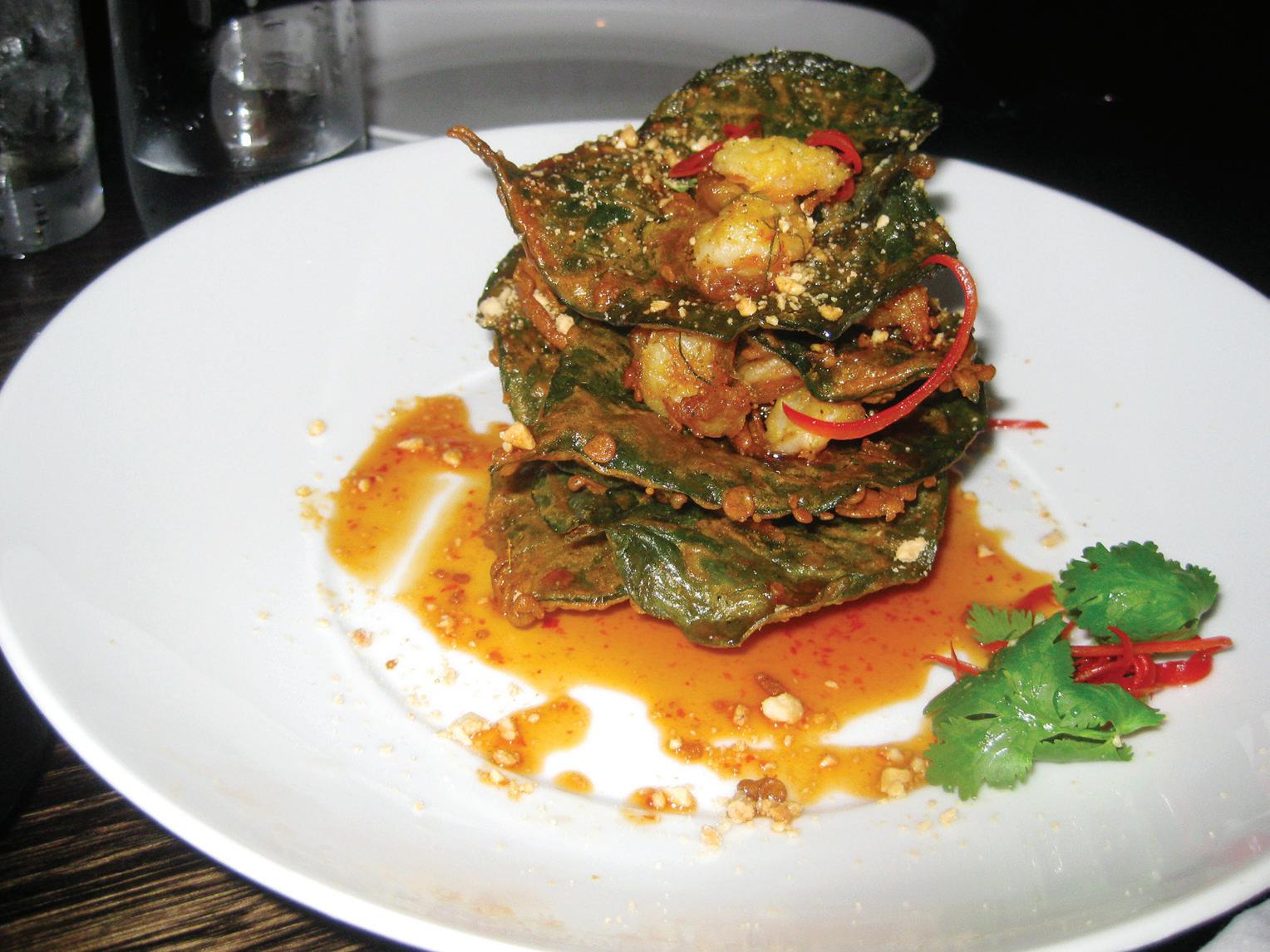
This restaurant is just a 5-minute drive from the city and if you are lucky and early, you can get off-street parking in this busy area. Living up to the name completely, the food challenges your taste buds with its spice. My eleven-year-old son complained about the spice but managed to polish off his plate. And when I asked if he would like to come back here, he said, “Yes, when my taste buds have matured”. He meant, next weekend. Spice I Am has a won a variety of awards for its food and presentation. At their Darlinghurst outlet, the one dish you must try is Bour Tod (Phuket style fritter of green school prawns on crispy betel leaf with chilli sauce, crushed cashew nuts and coriander, pictured); it’s absolutely divine. Note, not much for the vegetarians, so go, you meat eaters!
296 Victoria Street, Darlinghurst 90 Wentworth Avenue, Darlinghurst
Woolloomoolo
You can watch the city skyline from here or the fashion set of the Eastern suburbs parade past you as you enjoy modern Chinese dishes at Sydney’s historic Finger Wharf in Woolloomoloo. Try to get a table outside to soak in the full flavour of Sydney. This restaurant has a reasonable choice of vegetarian options. The corn and zucchini cakes with coriander and chilli are fried to a beautiful crisp and are wonderfully crunchy. If baby salt and pepper prawns are on as a special, grab it as an entrée – with their freshness it will open up the taste buds for the future flavours to be served. For the mains, the sweet chilli taste of the crispy port belly with chilli caramel and nam pla phrik sets the pace for a wonderful lunch or dinner. Mix that with the barramundi fillet with smoked bacon shiitake mushrooms and ginger, wash down with a Crawford River Riesling, and all your Christmases will come at once!
6 Cowper Wharf Road, Woolloomoolo
PL
You need to be quick to get a booking at this stylish restaurant. With seating of over 200, this place is packed out most lunches and dinners. And it is easy to see why! With terrific views over Darling Harbour, the menu is quite extensive and offers a good range in both vegetarian and non-vegetarian. While some swear by the Otak Otak (white fish mince with chilli and spices, wrapped in banana leaf and then barbequed), the vegetarians will love Sayor Otak (Silken tofu topped with a blend of eggplant, mushroom, tomato, lemongrass and chilli paste, wrapped in a banana leaf and barbequed). The service is efficient and the décor is basic, but who needs to bother with that as you tuck into those divine Szechuan eggplant or Salt and Pepper Prawns? Their Kwai Du (Flat rice noodles stir-fried dry style with chicken, prawn, beansprouts, onion, shallot, chilli and egg) is a delight and one of the best noodle dishes in Sydney! Actually, if you really want a buzz try Malaya’s Caprioska cocktail (fresh lime crushed with palm sugar, shaken with Skyy Vodka and served on ice). A few of these will make the rest of the day just saunter by at a slow pace. The lengths we have to go to, to make our readers happy!
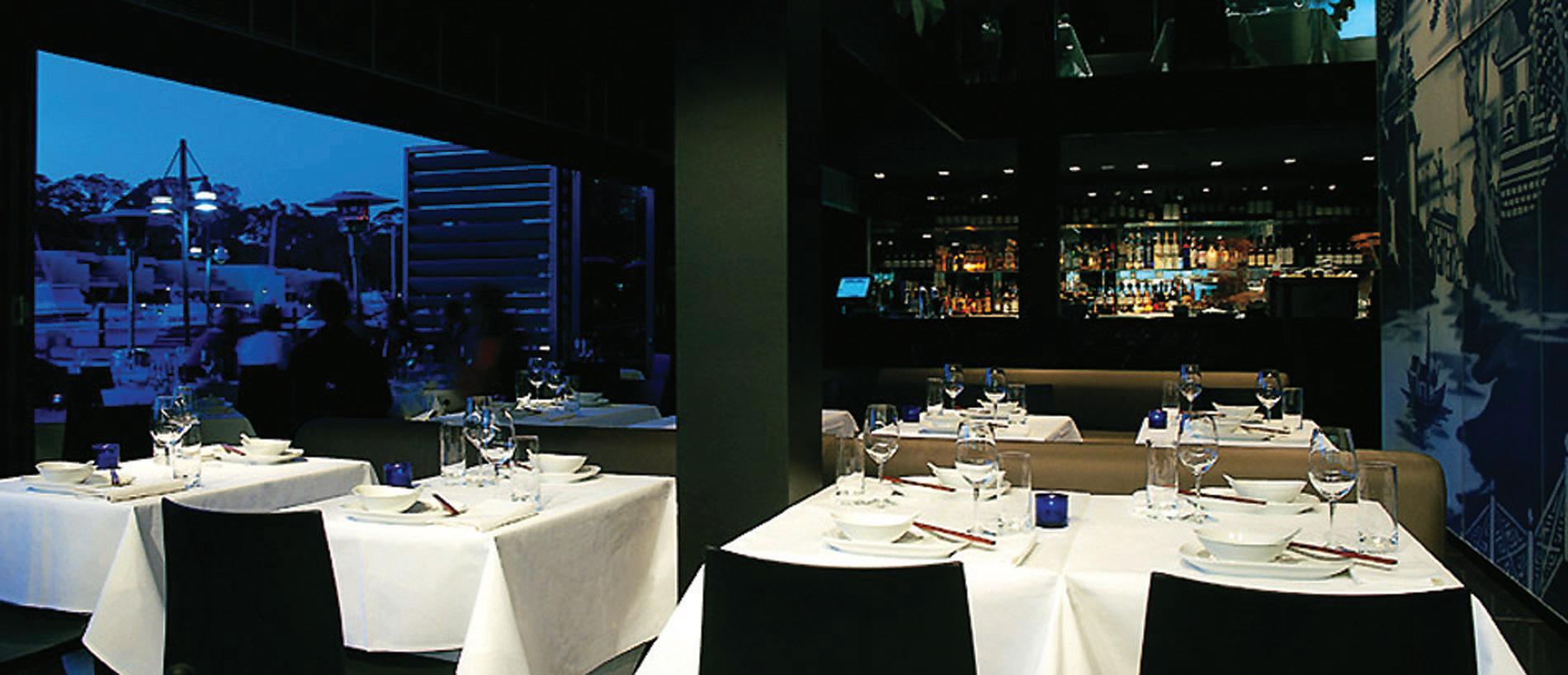
39 Lime Street, King Street Wharf Sydney
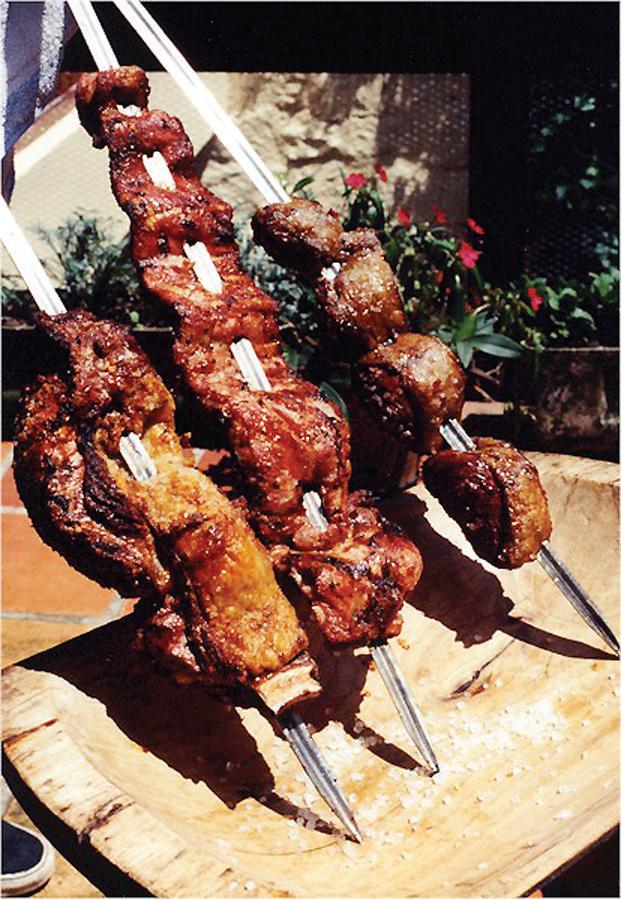
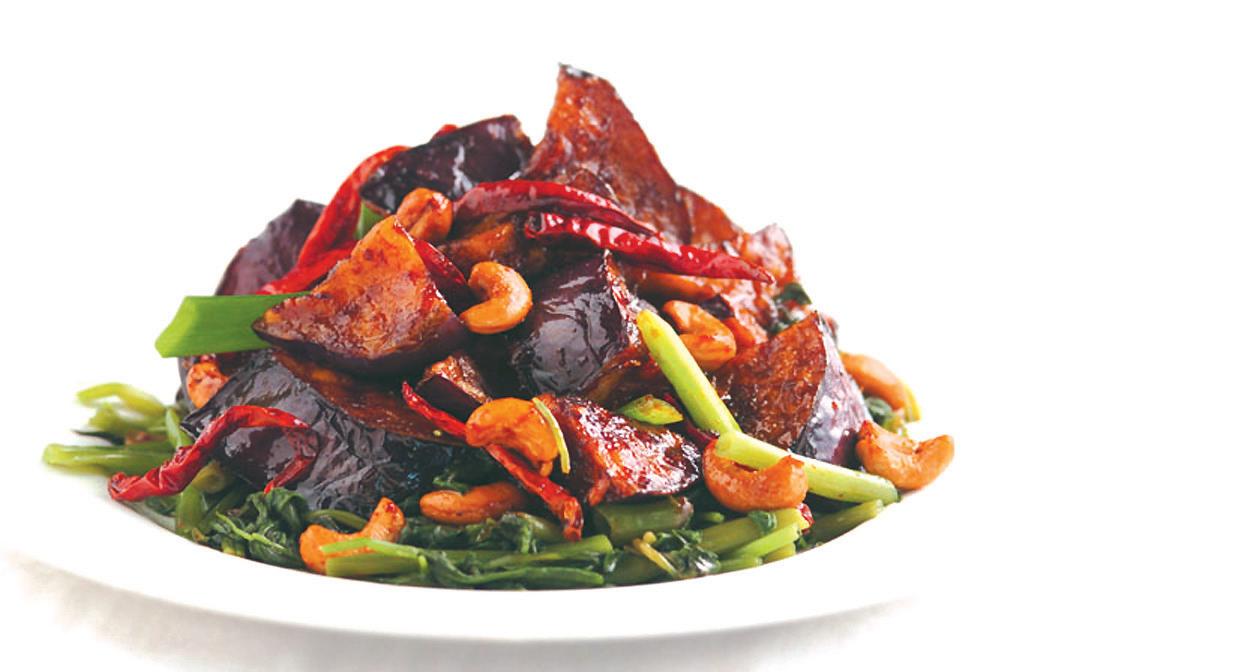
This style of restaurant is popping up everywhere, as people start realising that the samba is not the only amazing thing to come from Brazil. Churrasco is the style of Brazilian BBQ where it is served on Espatadas or long metal skewers straight from the open flame BBQ, dripping with juices and cut right in front of you onto your plate. There are more choices of meat than you could shake a metal skewer at – overeating is the only problem you face.
Although an honourable mention goes to Wildfire at the Overseas Passenger Terminal in Sydney, Churrasco remains my favourite Brazilian restaurant, with a buzzing yet informal vibe. It’s perfect for larger groups as the atmosphere is great and ordering isn’t a problem.
They have red and green coloured cards or blocks on your table –put the green side up and the meat keeps coming. Turn the red one up, and they give you a break. Not the place to go if you’re on a diet or morally against eating animals – the skewers are offered quite often, despite the red block on your table and you’ll soon discover that “just another bite” can lead to a painfully full tummy. There are some vegetarian options though, so don’t despair. The roasted vegetables and cheese fritters are fantastic and the menu has a large selection of salads as well. For dessert, you can’t go past the Bannofee pie, a decadent mix of caramel, toffee and banana –sweet but simply sensational!
60-70 William St, Sydney. and 240 Coogee Bay Road, Coogee
2010 is on its way out, and boy, aren’t you glad that the year and the decade’s come to an end? And because living in Australia means that you have to take the holiday season very seriously, it’s time to start planning for your big event – the New Year bash. So here are some ideas for parties that will awaken the animal spirit dormant within and help let down your hair. For props, use anything that works, from delicious calorie-enriched food to alcoholic stimulants, but don’t drive! So put on your eighteen inch stilettos, bring out that orange cravat and get into the mood. After all, you’re saying goodbye not just to a year, but a decade. So welcome 2011 with enthusiasm, and the knowledge that you have the weekend to deal with the hangover.

Remember how often you think that our distinguished rulers are jokers in business suits and rhetoric? Well, here’s your chance to get your own back. Organise a party where everyone has to dress up as their un/favourite politician. Imagine the wife as Sonia Gandhi or Julia Gillard (oh dear!), and her best girlfriend whom you’ve always secretly fancied, as Phoolan Devi. Or your teen patti buddies as Laloo Prasad Yadav, Shatrughan Sinha and Tony Abbott. Get them to give a five minute speech as well, and keep those cameras rolling. It will be a bash to remember.
Now this one’s for the ladies, and can be an add-on to your regular NYE bash. Assign a convenient corner in your party venue for some red-hot creativity. Create a cocktail, a mocktail or a mocktail that’s actually a cocktail. And refuse to be the one to drive home. Invent a completely new drink that you
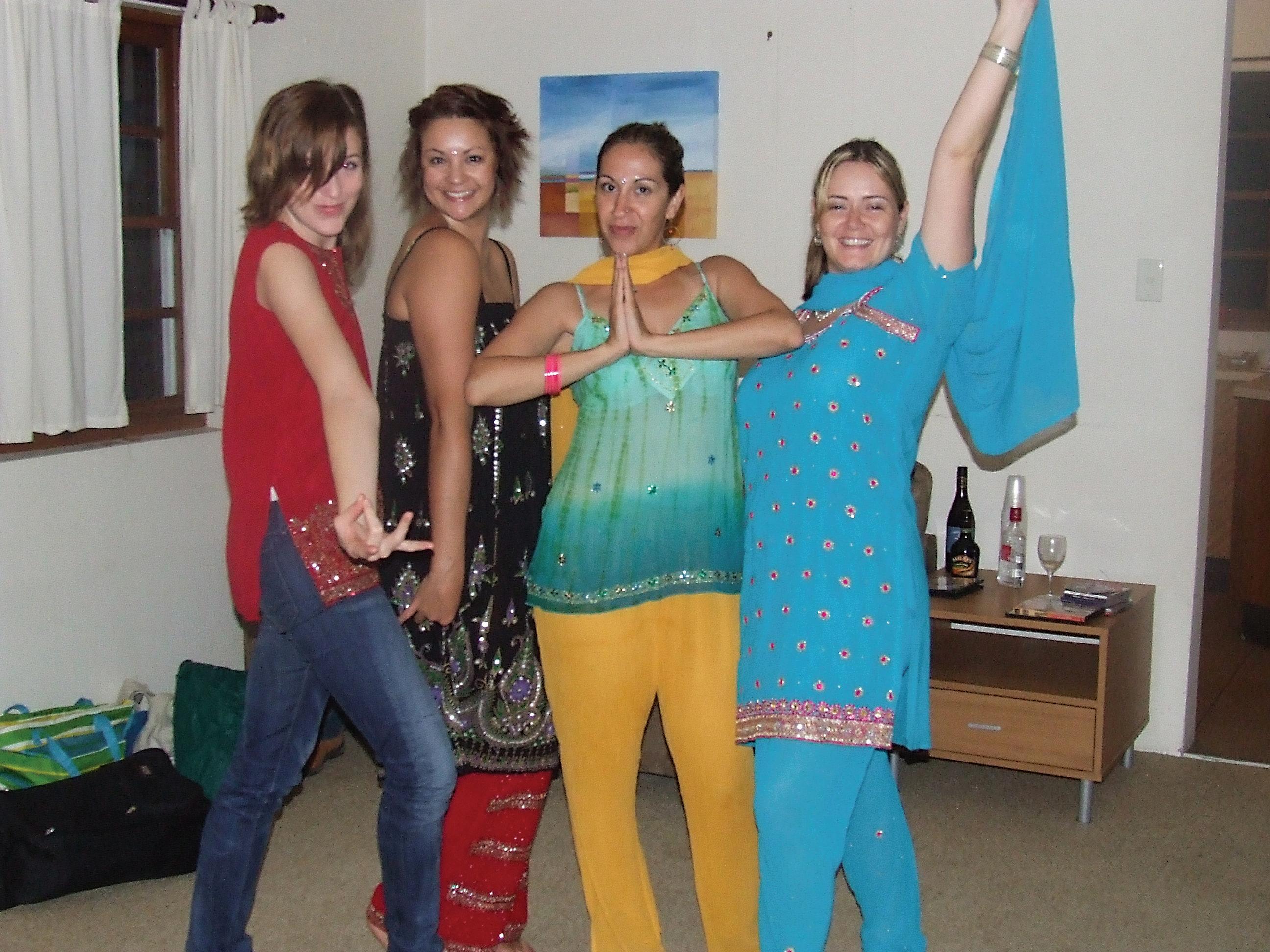
It’s always a favourite, and specially popular if you have a rather large bunch of non-Indians attending. Organise a minor pre-party do, put a load of outfits in a box and get them to take their pick. Imagine 70kgs plus Lisa from next door in a Madhuri Dixit-like chaniya choli . Or Dave in a lungi, baring his man-boobs and sporting vermillion and saffron tilak on his forehead. We hear so much about the famous Aussie sense of humour….let’s now make it infamous! Pep up the evening with a red carpet out the front, stars on the porch for each guest, a few Bollywood dance lessons, movie charade games, or a movie who-am-I, or movie trivia. You can bet it will be a blockbuster night! Of course, you can pick a theme within the general ‘movie’ theme, and have a 007 Party, or Sholay Shindig, Sound of Music Party, Science Fiction Party, Vampire Party, Harry Potter Party …. And have your food named according to the theme too.
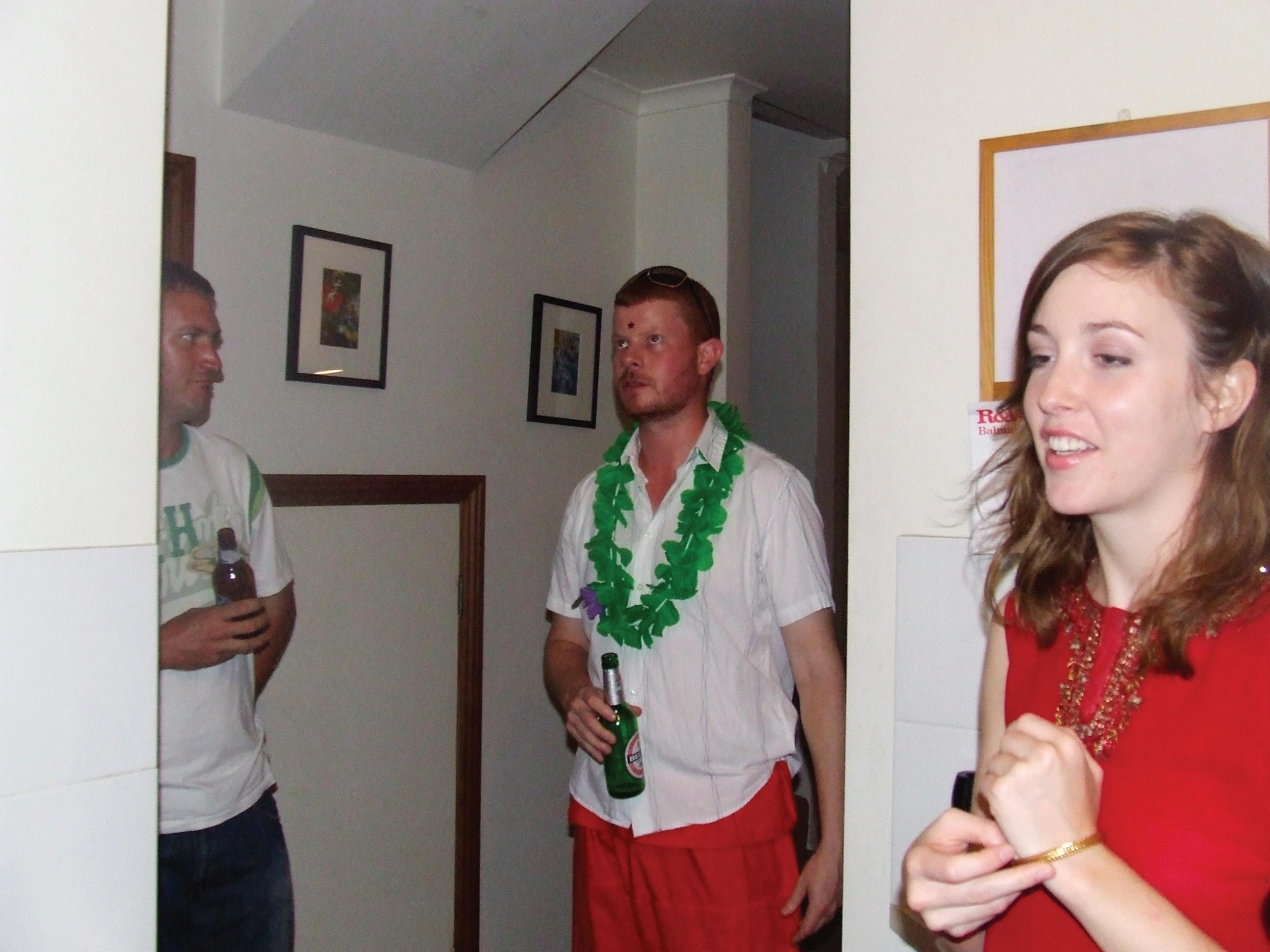
Feeling a bit of guilt at splurging on a new outfit for your New Year bash? Well, there’s a simple solution. When inviting your friends, ask them to bring around a small contribution which can be given to a worthy charity. Put a drop box by your entrance and a larger one for those who prefer to donate in kind, rather than cash. It’s a small gesture for those who are in need, and aren’t having as good a time as you this New Year. Your party will rock, and as the night progresses, you can be sure that the spirit of alcohol will entwine with the spirit of generosity, and the collective contribution will make a lot of people in 2011 very happy indeed!
We like this one, specially because we make the same resolutions every year and do exactly nothing about them every year as well. So ask all your friends to bring along their last year’s resolutions. Organise a bonfire in your backyard, and get your friends to read out their resolutions. The ones that haven’t been achieved can be chucked into the flames of the New Year, and as a follow up, everyone can share their resolutions for 2011. A few silly ones should be acceptable, like getting a pet frog or finally destroying the voodoo doll of your mum-in-law. Just make sure she isn’t invited and that everyone’s so inebriated that they won’t remember you ever referring to her!
Now this is one your friends will remember for a long long time. The idea is to dress in the cheesiest, tackiest way possible. Bring out the cringe factor. A trip to the party costume hire place might be worth it. Guys, go for the chest hair, hairy mole on face, porn-star mo, sleazy suit, gold chains, big jewellery, tattoos, block heels (in white?!), flares, nipple rings if you’re game…. Girls, pick knee-high patent leather boots with block heels, fishnets, corsets, OTT make-up, massive wig, leather outfit, silver chains galore, or just think Lady Gaga. To decorate the house, how about toilet paper streamers? And the most garish artificial flowers you can find. And for food, try popcorn served in a large bin, lined with black garbage bag, or food served in cat-litter trays, complete with the scoop – new ones, of course (ok, that’s a bit much, but we couldn’t resist it! )

This is for all those wannabe X-Factor and So You Think You Can Sing fans. If you fancy yourself a singer, you can bet that most of your friends think they’re musical maestros too. So why not organise a karaoke party to sing in 2011, in whichever form of music they prefer. Blend ghazals with bhangra, Indian classical with Katy Perry, jazz jugalbandis and you’ll enjoy a feast of sound. Let everyone have a go, but make sure you have a competent, sober and slightly rude MC to kick the croakers off the stage. It is recommended that you have this party in an isolated farmhouse in country NSW, to avoid irate visits from neighbours and cops.
Fancy a Greek party, anyone? Costumes and decorations and food and music will be easy… as they will for Italian, German, French, South African, but how about Russian, Dutch, Norwegian…?
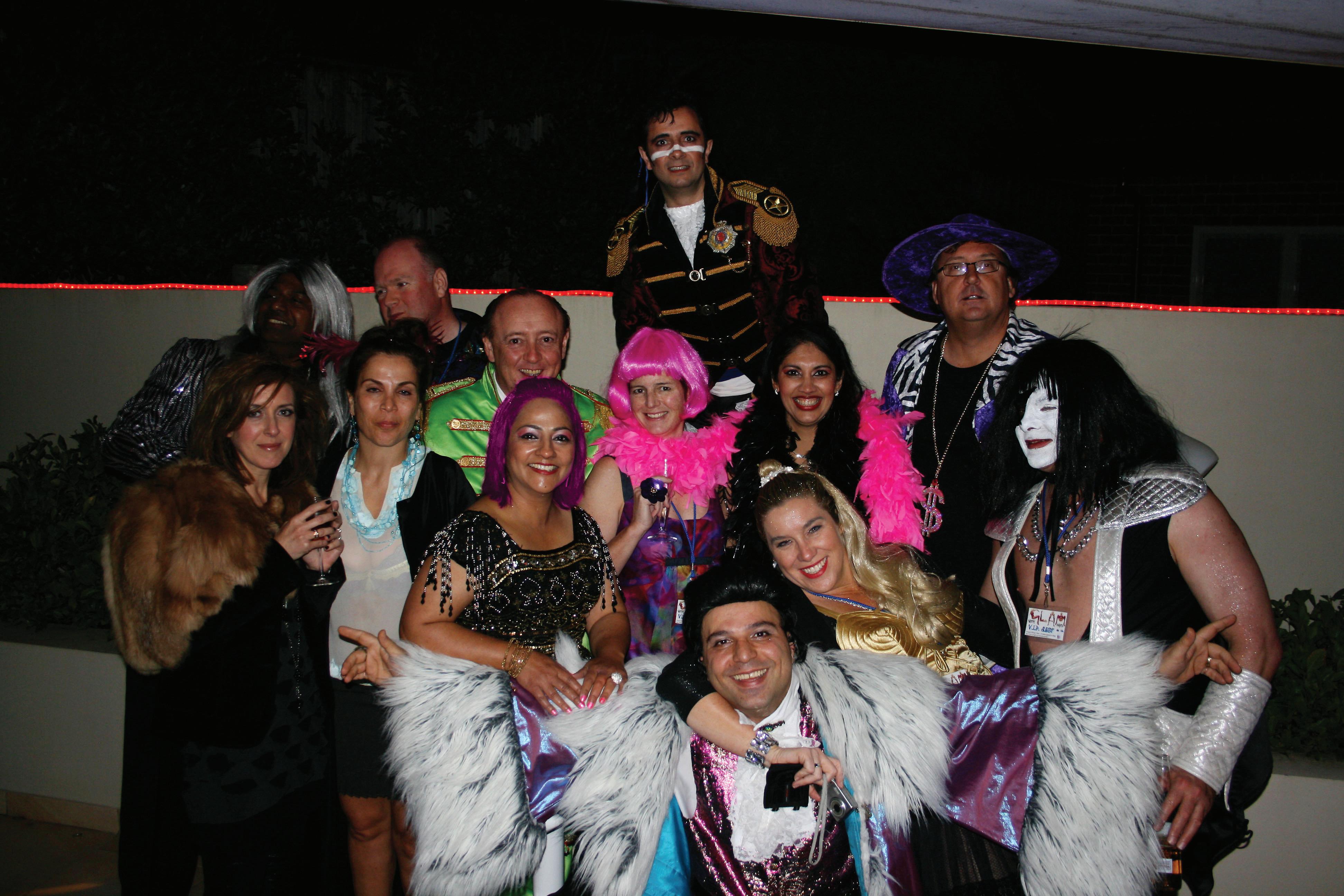
Give your guests something to think about with this one! There are possibilities galore, with ‘devil’ costumes and ‘angel’ costumes. Or swarag/indralok and paatal theme, if you prefer. Sure, you can be God, and tell guests where to go as they enter – come on, you’ve always wanted to! (‘Fallen Angel’ would be perfect for your wife, but don’t tell her we said so). To decorate the house, you can have half in the ‘Heaven’ theme (with white balloons, cushions and candles, ‘ambrosia’ for drinks, harp music) and half in the ‘Hell’ theme with a red-hot décor, think ‘flame’ fabric…. For food, have 2 tables: goody-goody food such as salads and sandwiches and fruit punch on one, and ‘hellish delights’ on the other, such as junk food, sausages and deep-fried chicken fare! Games can involve individuals telling the group the good - and bad - things they’ve done this year.

Another thought is, start off the party with the Heaven theme, and after dinner, move on to Hell, with a Lucifer DJ leading with some wild music and dancing.
Pick an alphabet, first letter of your name, perhaps, for your theme. Guests wear clothes in a colour, profession or whatever, starting with that letter. Decorations, music and party games all stick to the same letter, as does food served for entres, main course and dessert. Easy letters are P, S and R, but pick a challenge and go Z. Dress up in zebra colours or as a zombie, recite Zafar couplets and then dance to Led Zeppelin and Frank Zappa, eat zucchini, zwieback bread and zabaglione… Zamaane ko dikha do… ke zindagi can be such fun!
Sheryl Dixit and Rajni Anand Luthra












As a traveller, nothing quite compares to India. She radiates, fascinates, bewilders, exhilarates and horrifies. That is how I felt before I went to India for the first time. And yet, I can’t exactly pinpoint why I felt that way – perhaps it was due to the romanticised, orientalist-inspired images and stories in the media. Then again, I had always been fairly cynical of the ‘manufactured’ tourist image of different countries. I have had close friends of Indian heritage for as long as I can remember, although I’m not sure whether my friendships shaped my interest, or the other way around. I was probably always destined to fall in love with an Indian, but the term ‘Indophile’ doesn’t sit with me too well. ‘Indophile’ implies a love of India and its people, although for me it’s not so much a love as a state of being. I once read that India, rather than resisting outsiders, takes visitors and weaves them into its tapestry of history and culture, and for me, this makes much more sense. India isn’t a love of mine; it’s where I feel comfortable spiritually, culturally, socially and politically. Not ‘Indophile’, but ‘Indian’.
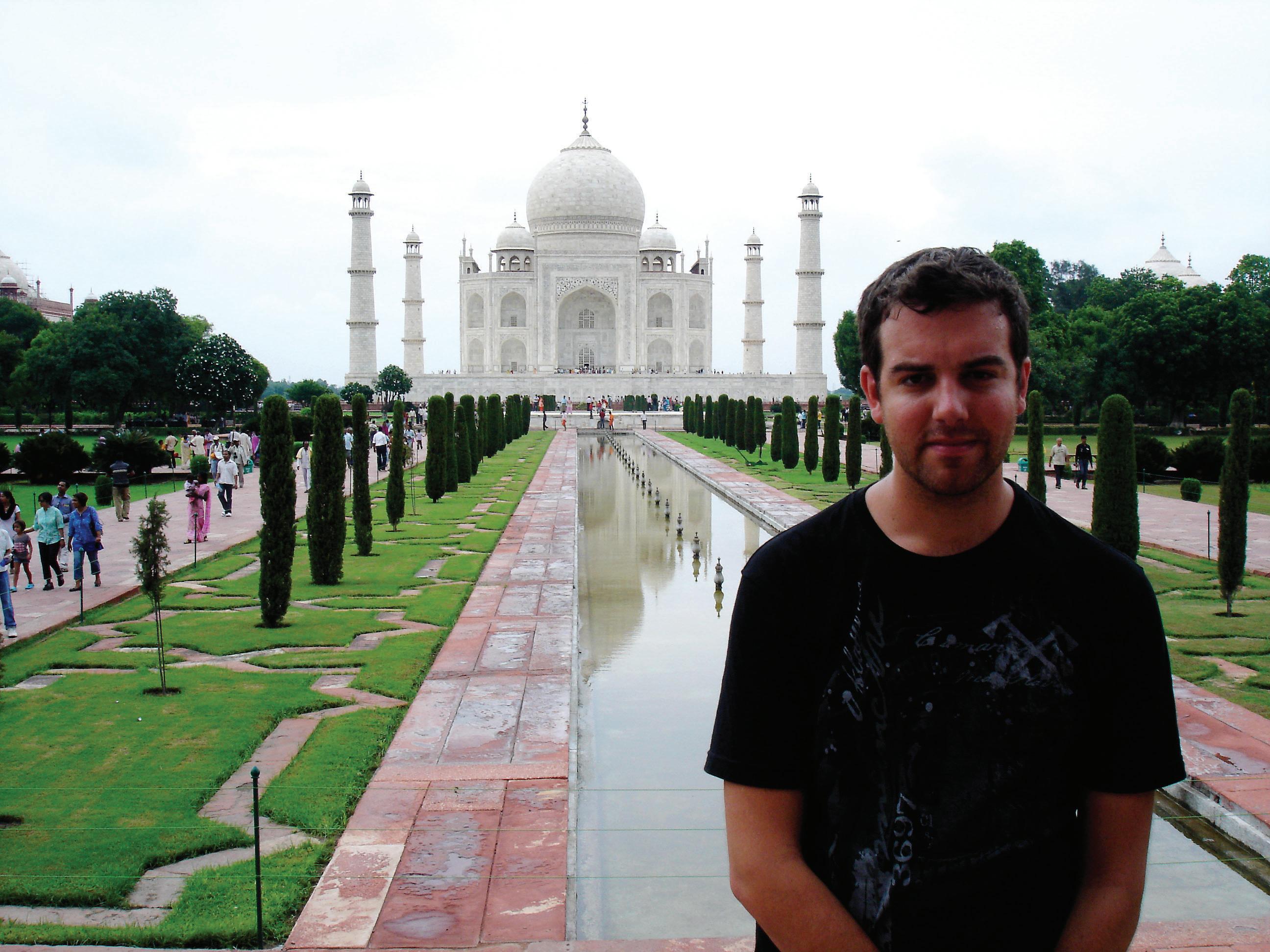
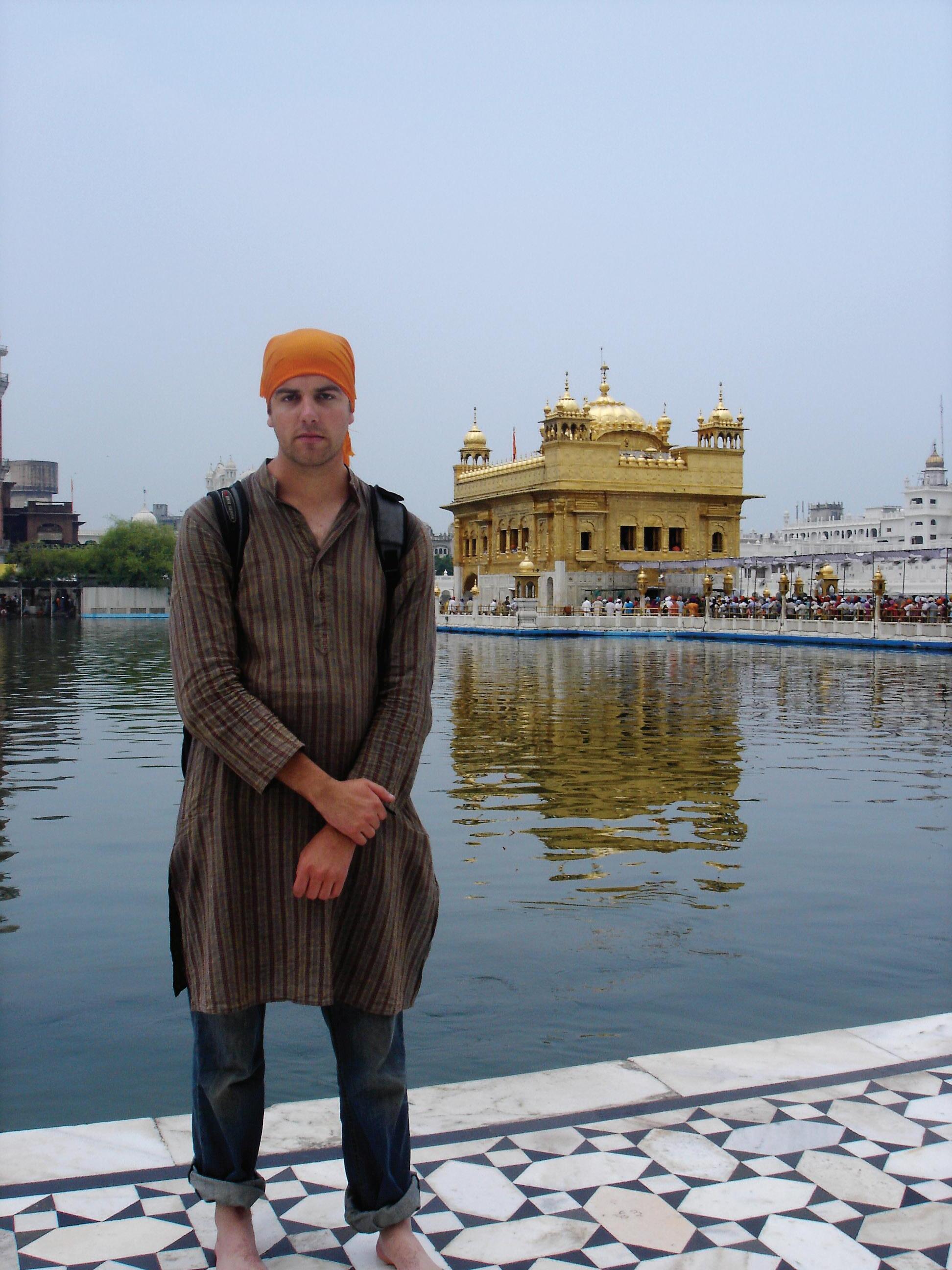
Of course, to call myself Indian is simply untrue. Having grown up in Australia, I can’t claim to have experienced life as an Indian. My Hindi isn’t that great, and I have only visited the subcontinent a handful of times. But then I think of the millions of Australians of Indian heritage, some of whom have never visited the motherland, but who (‘ABCD’ jokes notwithstanding) know India. I think of the rich puzzle of language that presents itself in the Tamil-speaking south, the Assamese-speaking east and the Kashmirispeaking north. And I think of the diaspora of NRIs who still feel as close to India as they did the day they left it – and in many cases, even closer now. Perhaps to be an Indian citizen, you must pass certain tests, but to feel and to be ‘Indian’ is to join the network of people around the world who identify with Bharat
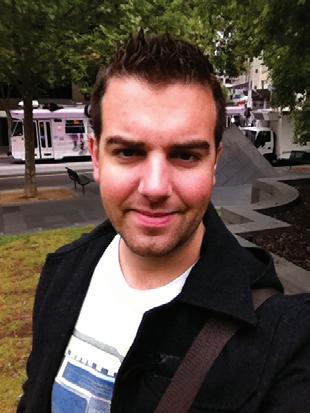
I’m sure there will be some cynics who read this and write it off as superficial – “He’s just tasted his first butter chicken and now he loves the place!” The trials of many Indians who have emigrated to Australia must not be forgotten. The struggles and sometimes despair of so many Indians who have never left India are unimaginable to me. This, I accept, I may never truly understand. What I do understand however is acceptance, joy and love. A few people find these intangibles in other countries, many in their home countries, and some people, never. I feel lucky to have found these in India.
And by India, I don’t just mean the Republic of India. For better or for worse, the name ‘India’ has come to represent the entirety of the subcontinent not just for myself, but for many. This is not the stuff
of colonial hangovers, this is a recognition of the shared cultural heritage of at least seven present day nations in South Asia. My first visit to ‘India’ was not in India at all; it was when I stepped off my flight in Karachi, Pakistan on a trip to visit some old friends. Arriving in Karachi was a shock; no matter how much I tried to gird myself, nothing could prepare me for the riot of senses which confronted me. Noise, people everywhere, heat, animals, food, security forces, more people, cars, wealth, poverty, and even more people. In my first few days in Karachi, I learnt to dance to the subcontinent’s rapturous cacophony. Clichéd, I admit, but true, and there is simply no other way to put it!
I can hear a couple of Indians and Pakistanis reading this bristling with resentment, so please allow me to explain. While I loved my time in Pakistan, I still felt as if I was searching for India. It was years later, when I visited India for the first time that I realized that Karachi in fact, had been my primer for the subcontinent. History is testament to the differences between India and Pakistan, however having visited both nations, I strongly feel that their similarities far outweigh their differences. Today’s Republic of India is an excellent example of various cultures and agendas working in relative harmony – problems still exist, but India soldiers on when other countries would have dissolved into conflict. Strength can thus be found in unity – we just need the politicians (on both sides) to see this.
One aspect of ‘Indophile’ to which I can attest is my undying interest in the politics, diplomacy and society on the subcontinent. I have studied South Asian history, I’ve worked teaching English to desis, and I feel humbled to have had the opportunity to visit India. I feel incredibly fortunate to have met the most amazing people to call my friends and family. As a writer, but moreover out of interest, I keep up to date with the latest events and social trends for South Asians in Australia. As a journalist, I not only speak to India and Indians, but I listen, as I have a lot to express, but so much more to learn.
So I keep studying Hindi, enjoying Indian television, music and movies, I continue learning new dishes to cook, and I carry on promoting awareness of Indian and South Asian culture in Australia as I feel strongly about these things. I plan to return to the subcontinent in 2011 visiting India and the Maldives, a journey I started planning on the plane back from Delhi last time around! Every day, India is in my life, and it has given me so much peace, passion, inspiration, knowledge and happiness. India and her sisters have a huge heart. My main hope is that I can maintain the subcontinent’s effortless hospitality which has made me feel so welcome. Indophile? Maybe. Indian? Depends. Part of India’s story? Proudly. The story continues…
I once read that India, rather than resisting outsiders, takes visitors and weaves them into its tapestry of history and culture, and for me, this makes much more sense
History is testament to the differences between India and Pakistan, however having visited both nations, I strongly feel that their similarities far outweigh their differences.




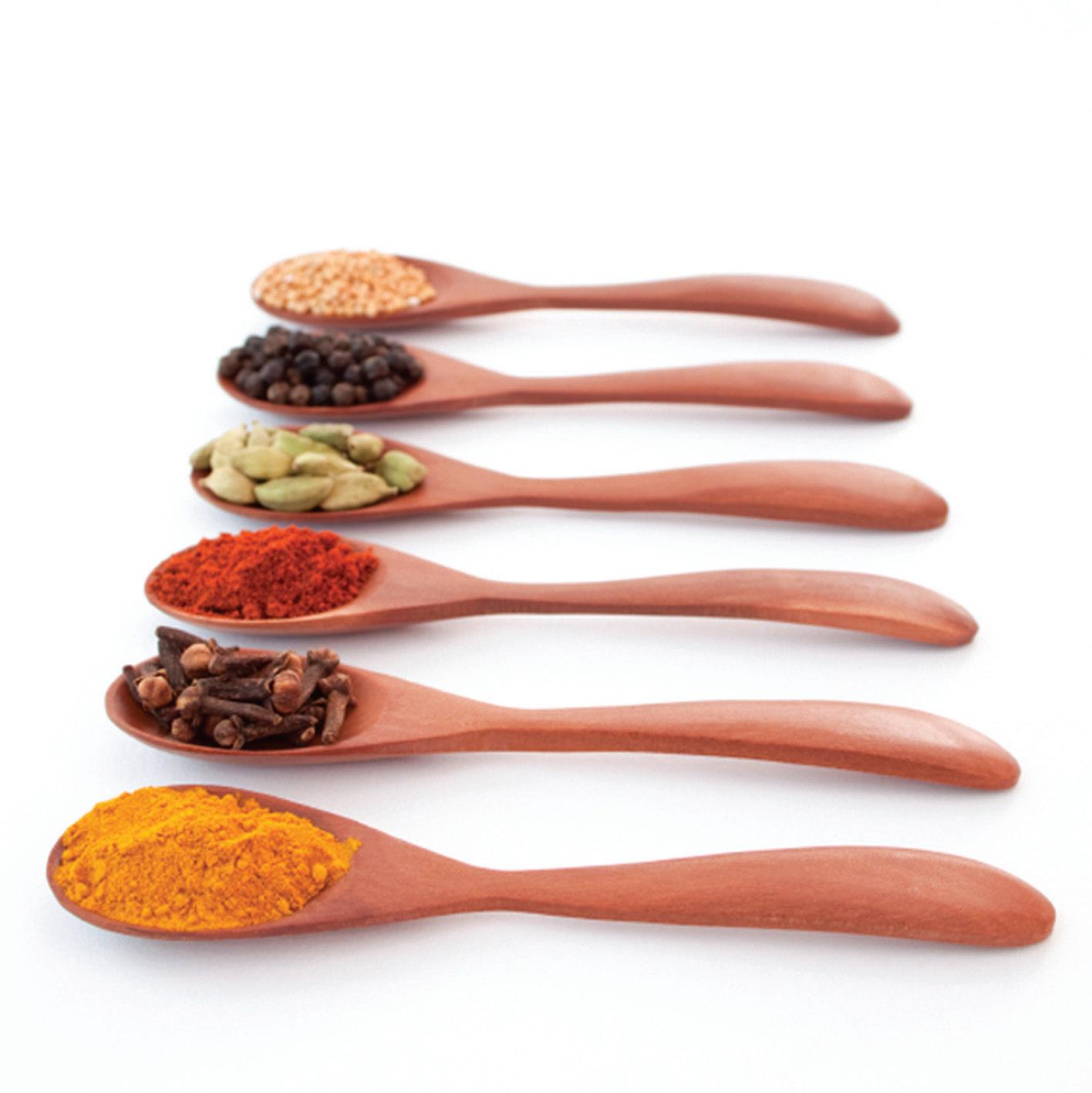
2G spectrum scandal: Parliament’s least productive session ends, no truce in sight
Parliament was adjourned sine die on December 13, ending the most unproductive month-long winter session that saw only seven of 138 hours of business conducted amid unending opposition protests over the 2G spectrum scandal and the government’s refusal to give in.
Calling the washout of winter session
“criminal”, Parliamentary Affairs Minister Prawan Kumar Bansal warned of a constitutional crisis if the opposition stalled the February budget session too over its demand for a Joint Parliamentary Committee (JPC) probe into the spectrum controversy.
Both Rajya Sabha Chairman Hamid Ansari and Lok Sabha Speaker Meira Kumar moaned the loss of vital parliament hours to noisy protests that crippled both houses day after day.
“I feel deeply anguished that the house has been disrupted for such a long time,” Meira Kumar said. “Personally it has been a sad experience for me.”
As Prime Minister Manmohan Singh listened, a distressed Ansari said: “All sections of the house would perhaps introspect on the record of this session to seek the distinction between dissent, remonstration, agitation and disruption.”
But it was clear at the end of it all that the government and the opposition were headed for a showdown, with neither side willing to relent on a deeply divisive issue.
No substantial legislative business could be transacted during the winter session that began Nov 9. The opposition insisted on a JPC to probe the 2008 telecom scam that is said to have caused huge financial losses to the national exchequer.
The session had scheduled 138 hours of business in 23 sittings. But parliament sat for only 7.3 hours, which means only a pathetic 5.5 percent of the allotted time was utilised, said the PRS Legislative Research.
“If we compare all sessions that sat for more than five working days along this metric, the current session has recorded the worst performance,” said PRS in its analysis.
Each day of the session began with sloganshouting opposition lawmakers gathering near the presiding officers podium and chanting anti-government slogans to press for a JPC into a scam that forced A. Raja to quit Prime Minister Manmohan Singh’s cabinet as the communication minister.
The chairs on each day would then adjourn the houses till the next morning as the government firmly rejected the opposition demand.
Raja is accused of selling spectrum licenses at rates much lower than the market.
The winter session was to take up bills on land acquisition, judicial accountability, reforming accounting standards, amending labour laws and setting up a national mineral
regulation authority. Nothing happened.
The government did manage to get a parliament nod for crucial supplemental spending bills by voice vote, but without a debate.
The logjam led to a loss of Rs.7.8 crore a day to the national exchequer, which translates into Rs.1.3 crore per hour as each sitting is of six hours each day. That means nearly Rs.172 crore (Rs.1.72 billion) of the Indian tax payer’s money went down the drain.
On December 13, however, there was a brief show of unity among MPs as they stood united against terrorism to remember those killed in the parliament terror attack on this day nine years ago.
But as soon as Meira Kumar finished reading a message to pay tributes to the nine people killed Dec 13, 2001 terror attack amid a pin drop silence, noisy protests returned to haunt the house, ending the session with din that is likely to continue in the budget session in February -- unless the stalemate is resolved.
“Never before in the history of Indian parliament has a complete session been washed out without transacting any business,” a furious Parliamentary Affairs Minister Bansal said.
“This is violative of all rules of business and ethics. It’s rather criminal. Even question hour and private members’ business have been made a casualty.”
Congress president Sonia Gandhi was in a combative mood even before the last day of the session began.
She praised Prime Minister Manmohan Singh for his “wise leadership” and tore into the main opposition Bharatiya Janata Party (BJP).
Addressing Congress MPs, Gandhi said, “The people of India will be entirely justified if they take a dim view of the manner in which the opposition, especially the principal opposition party, has disrupted every day of the session.”
Three forensic teams trying to get to the root of the Varanasi terror attack that killed two people still don’t know what explosives were used.
The deafening blast at Shitla Ghat on the Ganga banks during the routine evening ‘arti’ Dec 7 claimed two lives and left about 30 injured.
Besides the first team of forensic experts airlifted from Agra on the same night to study the nature of the blast, another team was summoned from Gujarat. A third team has gone to Varanasi from Lucknow.
What appears to have left everyone clueless was the absence of any detonator.
“It was really mind boggling that there was no trace of any detonator in the vicinity of the blast,” said a police official.
“That was what led us wonder if the explosive used was something unfamiliar,” he said. “And that has become some kind of a
challenge for us.”
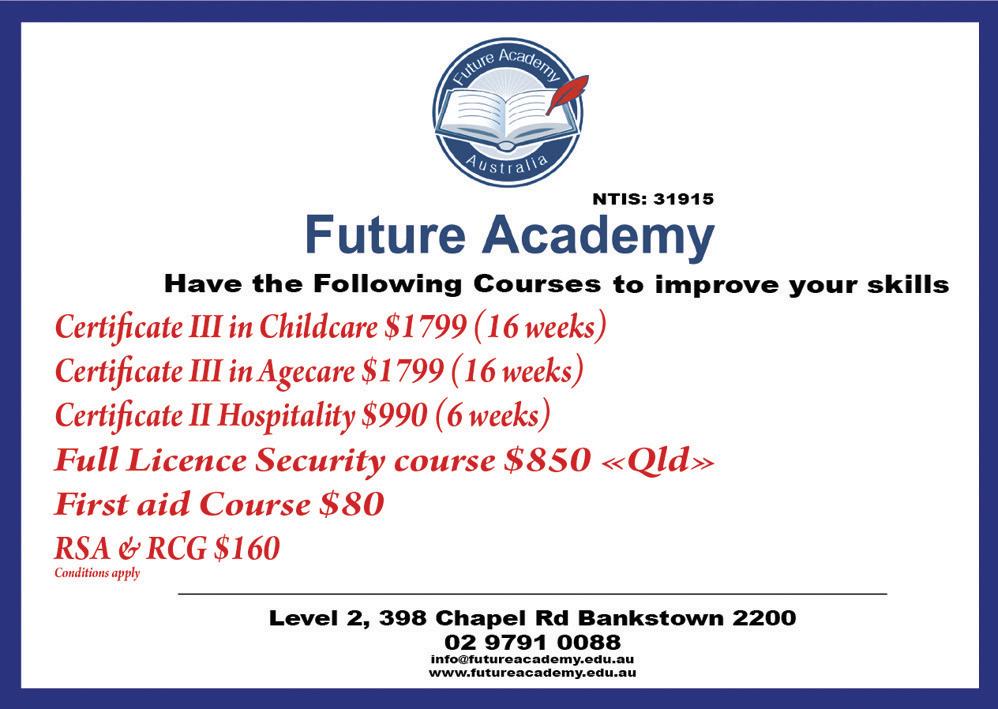

Meanwhile, the Anti-Terrorist Squad (ATS) of Uttar Pradesh Police is understood to be zeroing in on an Indian Mujahideen module alleged to have carried out the blast on the bank of the Ganga.
“While there is some reason to believe the blast was masterminded by IM bigwigs in Sharjah, some threads were being traced to Azamgarh,” said an officer.
“However, we have yet to get any concrete evidence to establish that,” the source said.
But the officer was confident of getting to the root of the blast “very soon”.
Saina wins Hong Kong Open in ‘dream come true’ tie
India’s Saina Nehwal showed her grit and class as she crushed China’s Shixian Wang 15-21, 21-16, 21-17 in a marathon encounter to lift the Hong Kong Open and claim her career’s fourth Super Series badminton title and the third of the year.
In front of a packed Queen Elizabeth stadium, Saina and Shixian, the two 20-yearolds who rose to great heights this season, produced enthralling high-quality badminton that kept the spectators on the edge of their seats for close to an hour and 11 minutes.
The victory has taken the world no 4 closer to the top.
Saina summoned her fighting strength, that has taken her to the top of international badminton, as she rallied from a game down. She was calm even in tense moments against Shixian who won the Swiss and Korea Super Series titles this season besides the Asian Games gold.
After the win, Saina was overjoyed.
“I am very happy that I am finishing the year like this. It is like a dream come true,” she said.
“I can’t believe it. It is a very good win for me. She has been in really good form this season. I am happy that I could beat her.
“I was nervous after losing the first game but the match turned in my favour after the second game. In the third game, my target was to maintain the lead and I was successful in doing that,” she said.
The win will provide Saina succour after her disappointing Asian Games ouster where she was a strong medal hope, but lost to Yip Pui Yin of Hong Kong in the quarterfinals.
“With the win, I proved it is not impossible to beat the Chinese. Confidence is the key factor while facing them.”
It was her fifth title of the year. She won three back-to-back tournament in Indian Open, Singapore Open and Indonesian Open Super Series and then won the Commonwealth Games gold.
Saina has become the first Indian to win the Hong Kong Open after 28 years. The legendary Prakash Padukone triumphed in 1982.
Saina is looking forward to the 2012 London Olympics.
“The next year will be very tough. The first step is doing well in the Olympic qualifiers and then maintaining the fitness to excel in the Olympics.”
“I want to thank my coaches and the physio for the effort they have put in. The credit for the win also goes to my mom and dad for their unconditional support.”
Be pragmatic, open up markets, Sarkozy tells India
Visiting French President Nicholas Sarkozy urged India to open up its markets and also called for an “equal level partnership” between French and Indian businesses for the mutual benefit of both countries.
Addressing the India-France Economic Conference on ‘Together to build a Sustainable Future’, Sarkozy called upon India to open up its markets like France had done and said his country did not merely seek new clients or contracts, but a “true long-term partnership” between the two countries.
Discarding his prepared speech “to speak from my heart”, Sarkozy said that though France and India were ancient civilizations with a rich historical past, “we are living in a new world where there are new ideas”. They are confronted by new problems and issues for which they must find solutions immediately or they would run into trouble, he said.
“These solutions must be pragmatic, not based on ideologies. You must react fast and not procrastinate till a later date, or you will have no business to run. Right decisions at the wrong time won’t be relevant,” Sarkozy said pointedly in his address at the Taj Mahal Palace & Tower Hotel.
He said the decision to set up the G20 was a result of this fast reaction in the changing international scenario.
Sarkozy said that though France is the fifth largest economic power in the world, it has to re-think in a changing scenario.
“France is in the process of changing and modernizing in the changing scenario. To an outsider, India is more impressive and attractive,” Sarkozy said.
He mentioned how during his trip to Bangalore, he found hi-tech industries reaching for the skies on one hand and abject depths of poverty on the other.
Sarkozy urged India to open up its markets and make them accessible just as France had thrown open its sectors like textiles, petroleum and agriculture. Especially on the agri-business front, he assured that France could offer great technological assistance.
The French president said that of the six billion people on earth, nearly two billion live in dire poverty and added that the developed and rich nations of the world must help them, and also the poorest people in India.
Sarkozy, accompanied by his wife Carla Bruni, left for Paris soon after the business meeting. They arrived in India on December 4 on a four-day trip that took them to Bangalore,
Agra, New Delhi and Mumbai.
Bruni meets AIDS patients, dazzles
Delhi
The glamorous French First Lady Carla Bruni had a different kind of day out in Delhi as she interacted with HIV positive patients and counsellors at the Safdarjung Hospital and visited a home for HIV positive childrenimpressing and charming everyone with her concern and questions.
Safdarjung Hospital in the capital turned into a paparazzi free for all, as shutterbugs, both Indian and foreign, battled for position, when Bruni visited the hospital on December 6. She smiled graciously at people and folded her hands in the Indian namaste greeting.
As she got out from her car, dressed in formal navy blue suit and matching shawl, patients and relatives hung around the outpatient department - that had been emptied - and vied with hospital staff to get a glimpse of the former super model, amidst a forest of overhead boom microphones.
Interestingly, she refused to take the elevator and instead climbed the stairs to the hospital’s fifth floor.
During her one-hour and 15-minute stay at the hospital, Bruni asked the counsellors to work towards integrating HIV positive people with the mainstream of society.
“Bruni said she is totally aware about shock and trauma of the persons diagnosed with HIV. She said it is important for counsellors to heal that shock and depression and integrate the patients in the society,” a doctor at the Anti-Retroviral Therapy Centre told IANS. Bruni’s brother, Virginio, died from AIDSrelated illness in 2008.
According to the doctor, Bruni interacted with some patients in the ART Centre and asked about their families. “She was very excited about getting pictures clicked with counsellor and ART staff members,” he said.
Former model-turned-musician, Bruni wooed the hospital staff with her concern and awareness on the issue of HIV/AIDS.
“Bruni has managed to leave everyone spellbound with her awareness about HIV/ AIDS. She was so clued-in while she spoke to the medical staff,” the medical superintendent of the hospital, M.K. Mohanty, told reporters later.
“She promised help for me and my children. She also discussed how areas of prevention and treatment need to be the areas of thrust,” Preeti (name changed), an HIV positive
member with NACO, said. “She said one should never lose hope even if diagnosed with HIV.”
Bruni wrapped up her visit to the hospital with promises of returning back, and headed for the Naz Foundation-run home for HIVpositive children in East of Kailash in south Delhi.
“She was greeted by children here for her birthday on Dec 23. They sang Christmas carols for her, and gifted an audio CD,” said an official from the Naz Foundation.
“Bruni was overwhelmed. An impromptu question and answer session with the kids also took place,” added the official.
India-France join hands in coproducing films, education sector India’s song-and-dance routines will soon meet France’s scenic locales and production technology as the two countries have entered an agreement to co-produce films in future.
India’s Information and Broadcasting Minister Ambika Soni and French Culture and Information Minister Federic Mitter signed the agreement on behalf of the two governments at Hyderabad House on December 6.
Prime Minister Manmohan Singh and French President Nicolas Sarkozy were present while the agreement was signed.
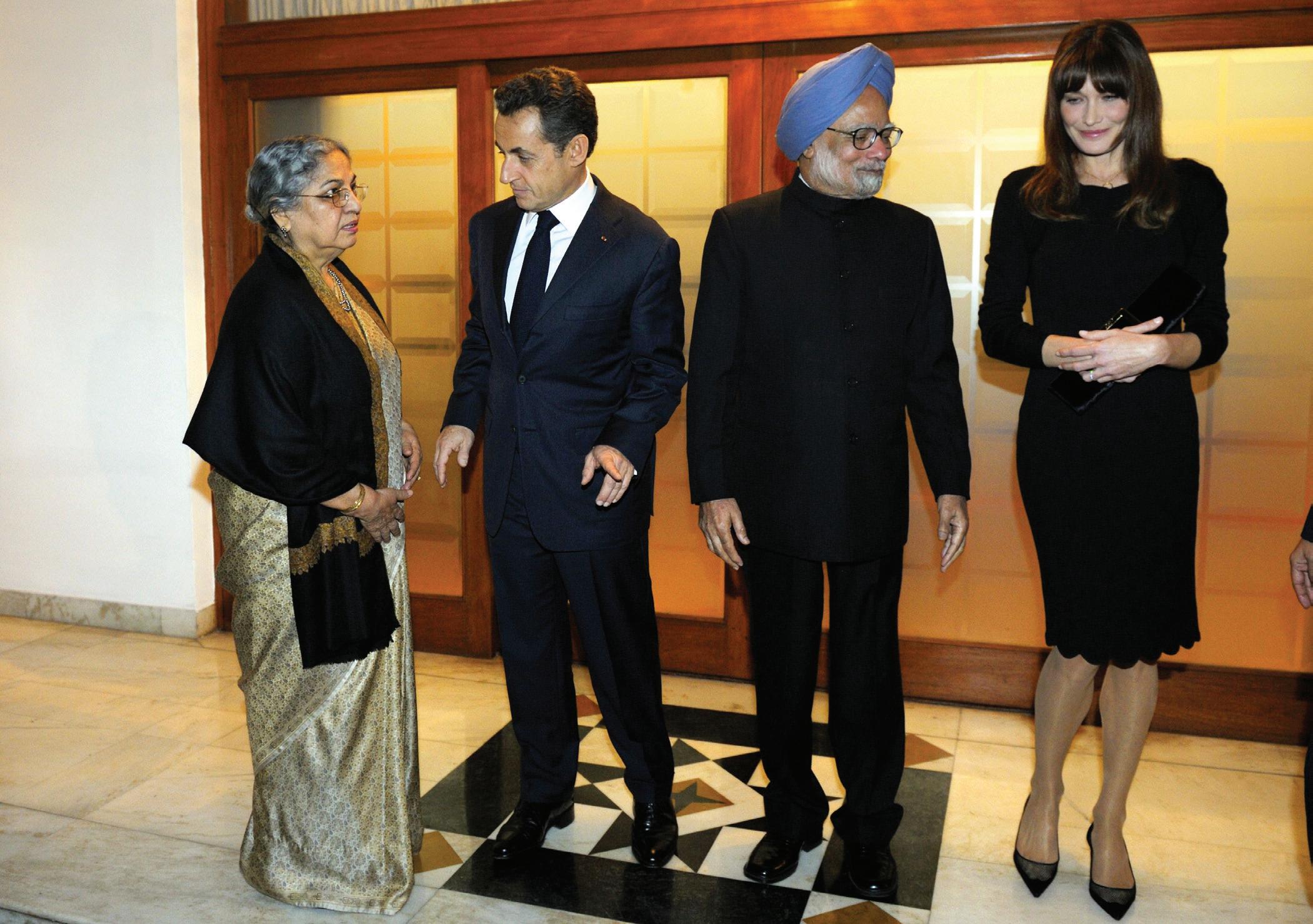
The agreement is expected to help the film industries of both the countries in gaining access to latest and better film production technology as well as shooting locations.
India and France have also signed two memoranda of understanding (MoUs) in the field of education, focussing on academic collaboration and research.
Under the first MoU, between France’s Institute de Recherche pour le Developpement (IRD) and Indian Institute of Science, Bangalore, a joint laboratory for water sciences would be established in India.
Called Indo-French Cell for Water Sciences (IFCWS), or Cellule Franco-Indienne de Recherche en Sciences de l’Eau (CEFIRSE), the lab would focus on research, training and foreign collaborations.

The second agreement was signed between ParisTech and seven Indian Institutes of Technology (Kharagpur, Bombay, Madras, Kanpur, Delhi, Guwahati and Roorkee).
The MoU will focus on student exchanges, research collaborations and other academic exchange programmes.
It also provides for IITs and ParisTech to participate jointly various European
Commission initiatives.
The two countries also finalised a draft MoU to be signed between IIT-Rajasthan and France in areas of renewable energy, aerospace and mechanical engineering, among others.
The agreements are among the several signed between the two countries during French President Nicolas Sarkozy’s current India visit, including a $9.3 billion deal to set up two nuclear reactors in Maharashtra and a pact to upgrade Mirage 2000 fighter aircrafts.
French companies are committed to investing over $13 billion in India by 2012 and the two countries are targetting doubled bilateral trade at almost $16 billion in the same period.
“We have committed 10 billion euros ($13 billion) foreign direct investment in India by 2012. It will be in different sectors including retail,” French Minister of Economy and Finance Christine Lagarde said.
Lagarde, who is part of the delegation accompanying French President Nicolas Sarkozy, said France had urged India to liberalise foreign direct investment norms in the retail and insurance sectors.
Commerce and Industry Minister Anand Sharma said the government was committed to create an investor friendly environment. “As far as retail is concerned, our policy framework is calibrated,” Sharma said.
India and France also hope to double their bilateral trade in two years.
“This year we hope to cross $8-billion-mark and have set a target of reaching 12 billion euros ($16 billion) by 2012. I am sure that we will achieve it,” Sharma said.
Lagarde pointed out that 750 French companies were currently operating in India. “They employ nearly two lakh people. We are committed to increase that.”
Invest India, a joint venture between the government and the Federation of Indian Chambers of Commerce and Industry (FICCI), Monday signed a memorandum of understanding (MoU) with Invest in France Agency to facilitate two-way investment by providing practical information to enterprises.
Even as Environment Minister Jairam Ramesh feels that “India’s interests had been fully protected” at the justconcluded climate summit in Cancun,
environmentalists were left unimpressed.
The UN climate summit reached the Cancun Agreement on December 11- but there was no mention of the extent to which industrialised countries would commit to reduce greenhouse gas (GHG) emissions after 2012, when the Kyoto Protocol’s commitment period ends.
The agreement says that developing countries will have to take “nationally appropriate actions” to curb their emissions by 2020. Hence, developing nations don’t have to take targeted emission cuts like their developed counterparts.
But environmentalists said the agreement was ineffective.
“The agreement is bad for climate change action. There is no global emission reduction target for 2050; nor is there a target for peaking year,” said Chandra Bhushan, deputy director of environmental NGO Centre for Science and Environment (CSE).
“There is no mention of equitable access to carbon space, instead a weak and meaningless language of ‘equitable access to sustainable development’ has been inserted, which will compromise India’s right to development,” he added.
Earlier, Ramesh created a furore by saying that “all countries must take binding commitments under appropriate legal form”.
This was a major departure in the 17year climate talks, as India had thus far led developing countries in the stance that global warming was a problem caused by rich countries, and it was up to them to reduce their GHG emissions.
Opposition parties had slammed his statement, saying he had succumbed to US pressure and that it would affect the country’s economic growth.
The environment minister later clarified that he had not deviated from India’s known position.
According to Ramesh, India’s right to development had been safeguarded by the deletion of the clause which wanted GHG emissions - which cause global warming - to be reduced by half by 2050 and postponing the decision to select a ‘peak year’ for global emmissions.
Peak year is the period that policymakers will have to select as the deadline after which global emissions would have to be reduced.
The Intergovernmental Panel on Climate Change (IPCC), in its last assessment report, said that to limit global warming, emissions must peak between 2000 and 2015.
Pointing out paragraphs in the Cancun Agreement that had been drafted by the environment ministry, as well as clauses that had been dropped at the Indian delegates’ insistence, Ramesh said: “The BASIC countries (Brazil, South Africa, India, China) are very happy with the agreement.”
One of the stand-out events this year came early on: the AR Rahman concert. Some 70,000 people gathered at Parramatta Park for the headline act of the Sydney Festival, in its attempt to embrace the country’s Indian community. And even though not many mainstream Australians attended, much was made in the mainstream press about how the event was completely incident-free. The Manganiyars, those alluring folk musicians from rural Rajasthan on the other hand, attracted much attention from the wider majority.
In hindsight, one could say, ARR’s Jai Ho imbued new strength to a community battered from the events of the past year. Victory to you, Rahman seemed to be saying: move on, shine on.
Later in the year, Parramasala brought the community in the spotlight again. The first ever South Asian Performing Arts Festival, this is set to become an annual event. In its inaugural year, we saw singer Kailash Kher and British musician Nitin Sawhney, amongst a host of other performers. Still, a Shahrukh Khan or an Amitabh Bachchan would have done wonders not only for the community but also for the festival!
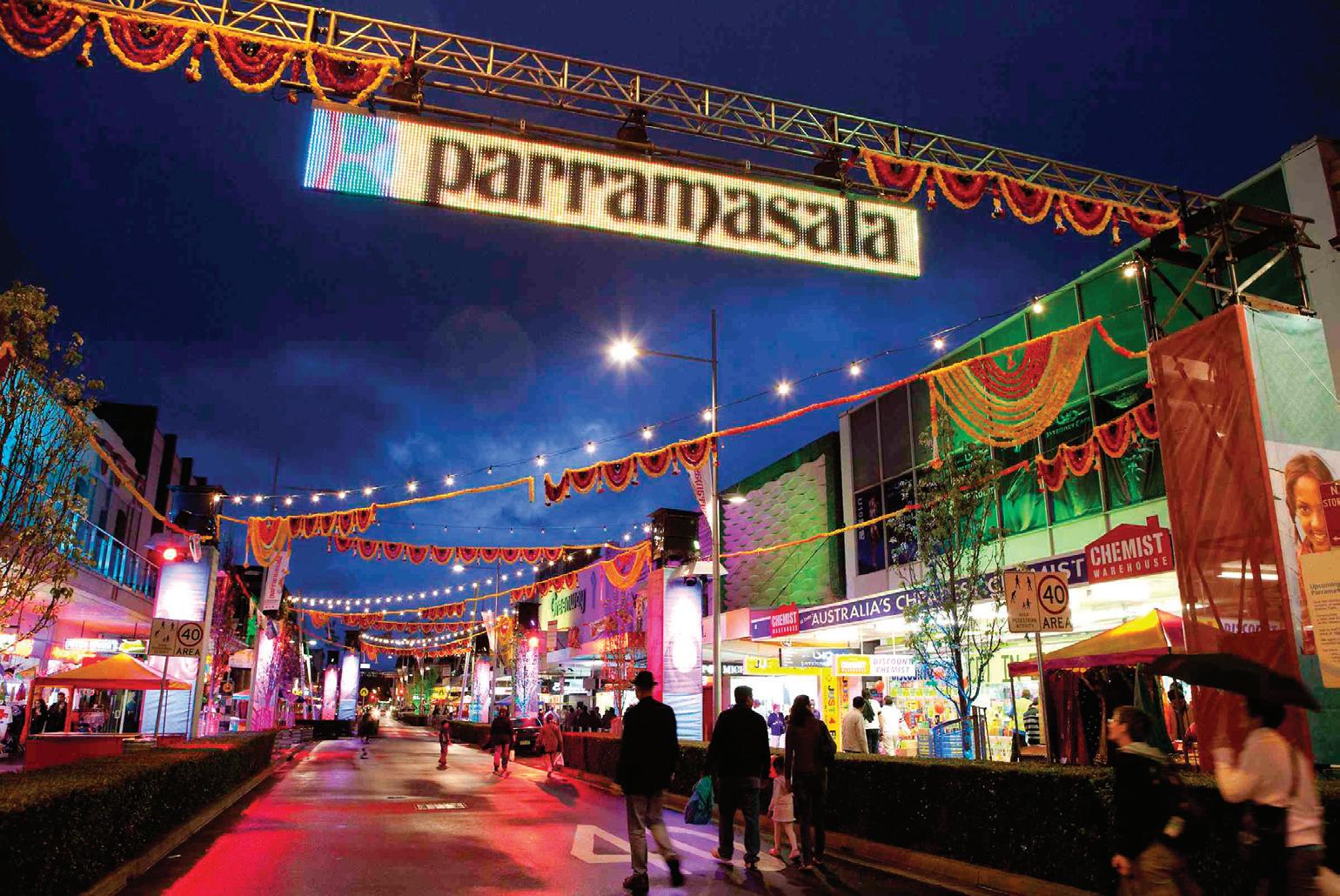
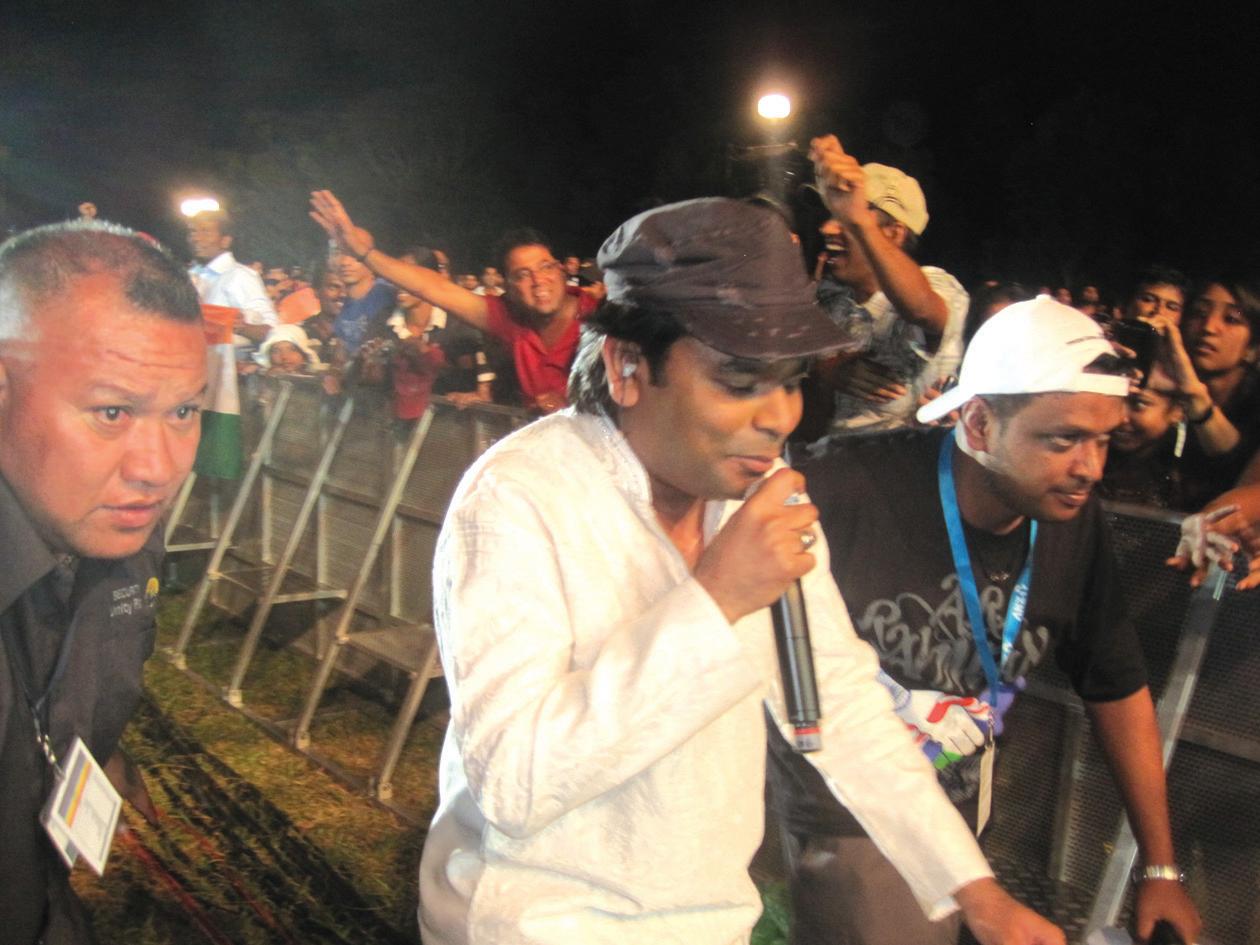
Nuclear physicist turned ‘eco-feminist’ Dr Vandana Shiva was awarded the prestigious Sydney Peace Prize for this year, winning the honour for her work in both sustainability as well as women’s upliftment.
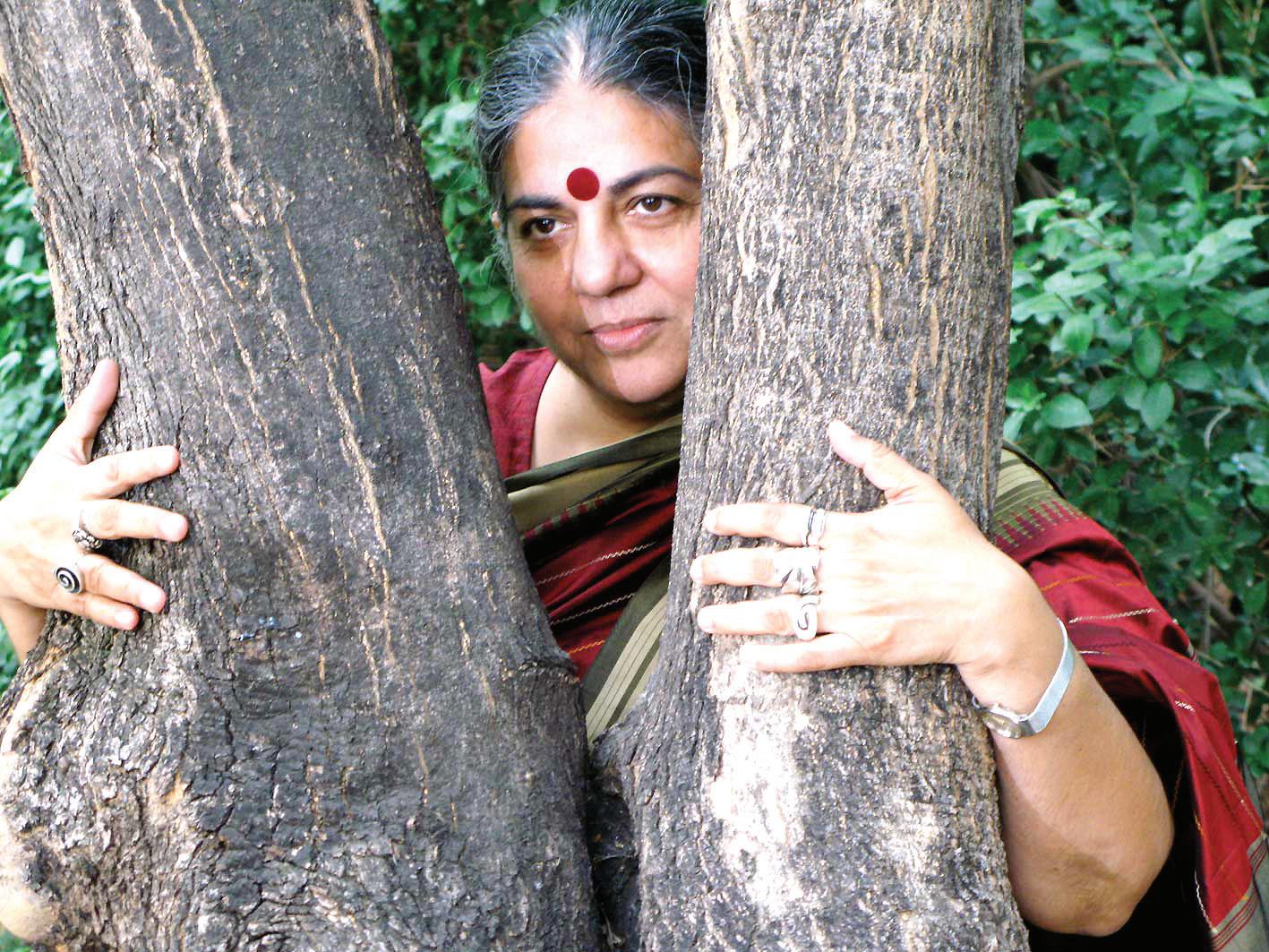
Macquarie University launched its India Research Centre with much promise. With a multidisciplinary panel leading the India-related academic endeavour here, the possibilities are endless for a closer relationship between our two countries.
Other highlights include the launch of Hindi news on SBS TV, and the installation of the Gandhi bust at UNSW.
Our heartiest congratulations to…
• Neuropsychiatrist Dr Perminder Sachdev, who won the NSW Scientist of the Year award for 2010. He was felicitated for his work on dementia and other neurodegenerative disorders
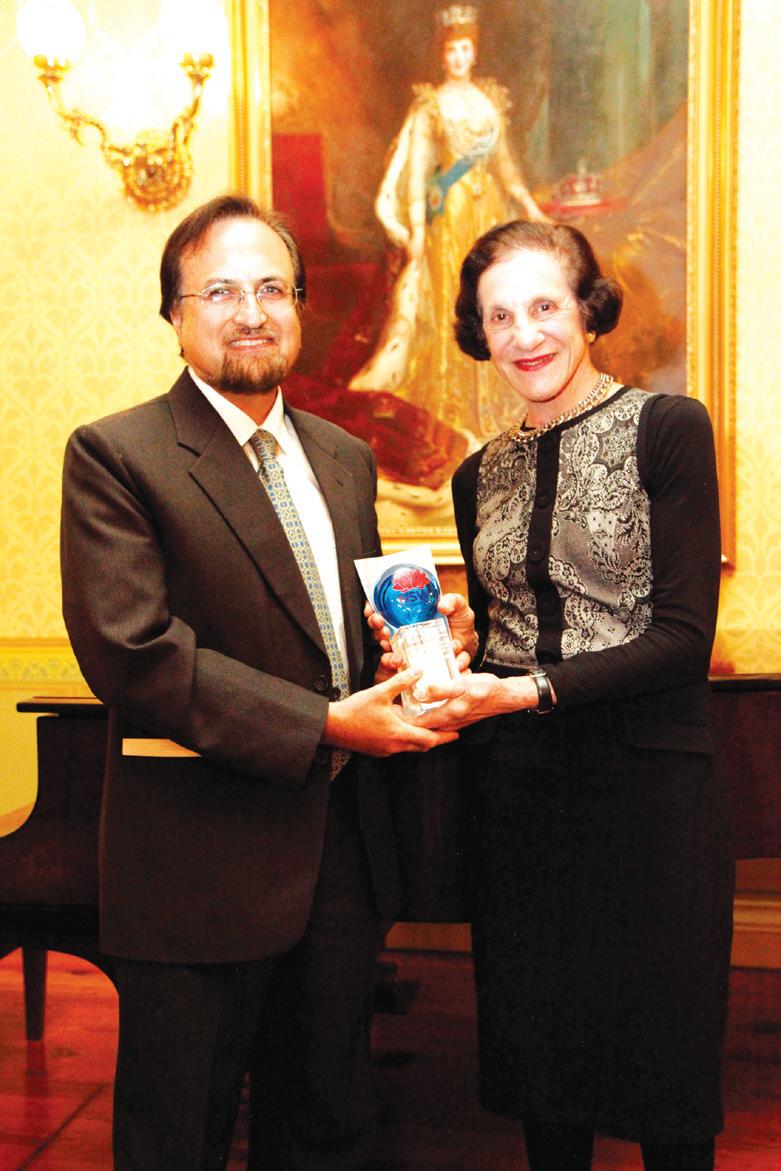
• Lisa Singh, elected to the Australian Senate from Tasmania, the first ever South Asian-origin member of Parliament
• Tabla player Bobby Singh, who won an ARIA in the World Music category
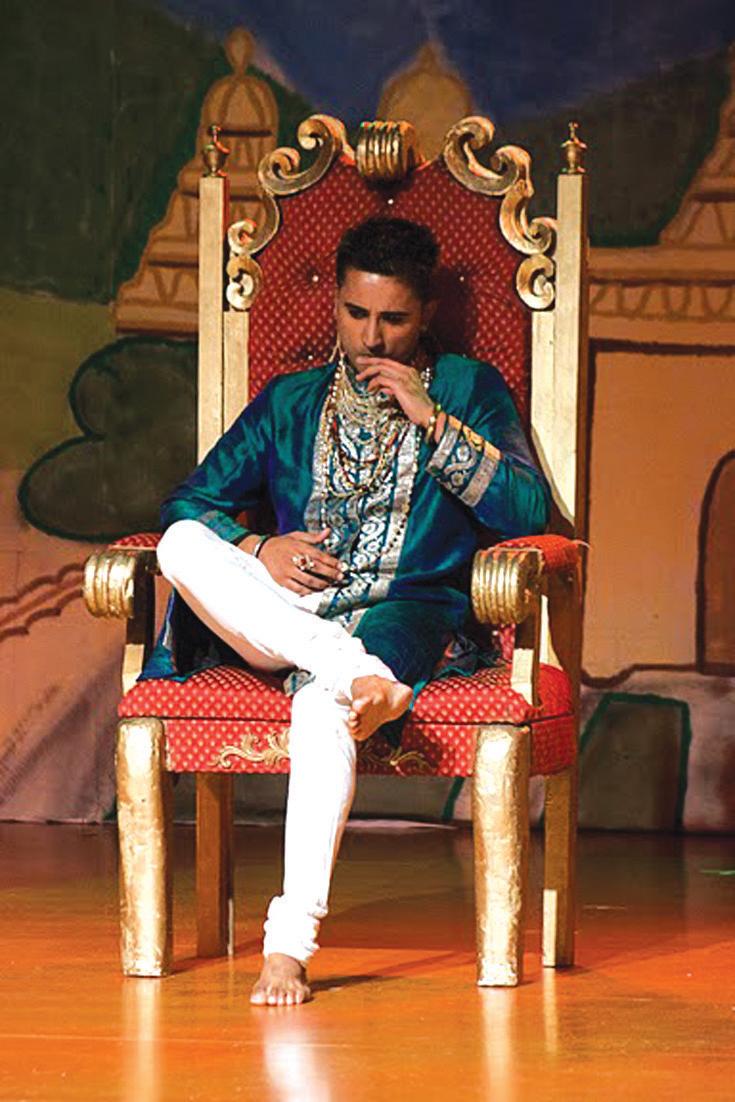
• 22-year-old eco-warrior and change agent Deepa Gupta, who won the NSW Government’s Green Globe Award for extraordinary environmental achievement, the youngest-ever recipient of the award
• Painter Nafisa, who made the finals of this year’s Archibald Prize, and took home the Packing Room Prize for her portrait of rock historian and travel writer Glenn Baker
• Psychiatrist Dr. Jayashri Kulkarni who won ABC TV’s New Inventors’ Award for her invention of EVestG (electrovestibulography), a tool for diagnosing mental disorders
• Fashion designer Roopa Pemmaraju, whose ‘Beach Goddesses’ resort-wear collection was shown at the prestigious Rosemount Australian Fashion Week this year
• Singer Ankita Sachdev, who made her Bollywood debut recording an AR Rahman composition for the Telugu version of Raavan
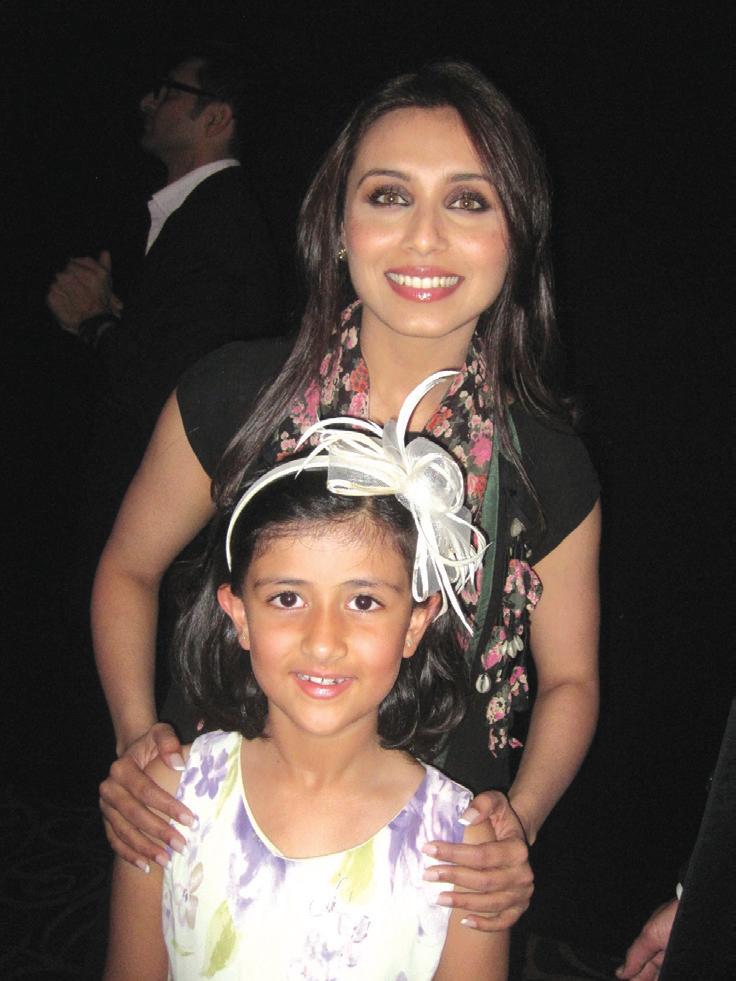
• Film-maker Vijaykumar Mirchandani
whose documentary film Where the Streets Have No Name entered the international film festival circuit this year
• Miss India Australia Pallavi Sharda, who made her Bollywood debut with Karan Johar’s My Name is Khan
• Indian Link’s Pawan Luthra, who was approached by Foxtel to help call the Opening Ceremony of the Delhi Commonwealth Games.
Low points
Yet there was much that caused us concern as well this year. The lead up to the Commonwealth Games in Delhi was filled with cringe-worthy moments as news report after news report spoke about terror threats, health concerns and whether Aussie athletes should go or not. And yet when the Channel Seven story about the bomb-filled suitcase wheeled into a major stadium was revealed as a huge hoax, we began to wonder whether the press had gone overboard, even though there had been some very real problems before.
Within the community, the change in the Immigration rules and the Visa-capping issue caused a fair amount of disquiet. Even as we end this year, there is the reality of these changes to be faced by business owners –both colleges and related Indian Australian businesses, as they see their clientele dry up. The students themselves face an uncertain future in Australia.
And the problems at the Government of India’s consular offices here in issuing visas to travellers, had the community at their wits’ end. The diplomatic corps has announced that proper procedures have now been put in place, but whether these are effective, remains to be seen.
The jinx continued at the flagship event of the Australia India Business Council Independence Day Address. The invited speaker this year NSW Premier Kristina Keneally did turn up, but had to cut short her address midway, to be whisked away by security in what was apparently a bomb threat.
The acts of some individuals from the community also caused dismay: these included the Indian housemate’s murder of Melbourne toddler Gurshan; the case of surgeon Jayant Patel, and the ongoing saga of disgraced neurosurgeon Suresh Nair.

Sadly, our traditional gather-a-crowd events (India Fair, Diwali Mela) remained exactly that, with nothing new to offer. Numbers dwindled at both melas this year. At the India Fair (or more correctly India-Australia Friendship Fair), the much-publicised but littleknown import act Mika Singh was a resounding flop. Diwali Mela could have got a new lease of life given that it was connected to Parramasala, but could not rise up to the occasion perhaps because of it, as crowds dispersed to the other events that week. Holi Mela performed a little bit better, perhaps because of its mainstream venue which attracts many non-Indians, and perhaps also because it is still relatively new compared to the other two Fairs. Yet, staring down its face also, is the danger that it can become old and hackneyed unless it offers something new in coming years.
Without doubt the stand-out performing arts
of Asoka, produced entirely by the student organisation Vishwaas.
Also worthy of mention were Vipul Vyas’ Gujarati play Baa and Hindi play Hu Tu Tu; Malayalam play Jeevitham and the Bengali natok festival which grew in popularity.
In the mainstream, we had the students’ issue and racism themes in both Alaska, and the Melbourne play about to be staged in Sydney Yet To Ascertain the Nature of the Crime.
In dance, we saw Ha Murray Ganga (a collaboration between Bharatiya Sangeet Academy and the aboriginal Koomurri Dance Troupe), a tribute to two great rivers; Manjula
and a new and improved Merchants of Bollywood in the mainstream.
In music, the top of the pops has to be Nafas, the multicultural percussion group founded by Yama Sarshar.
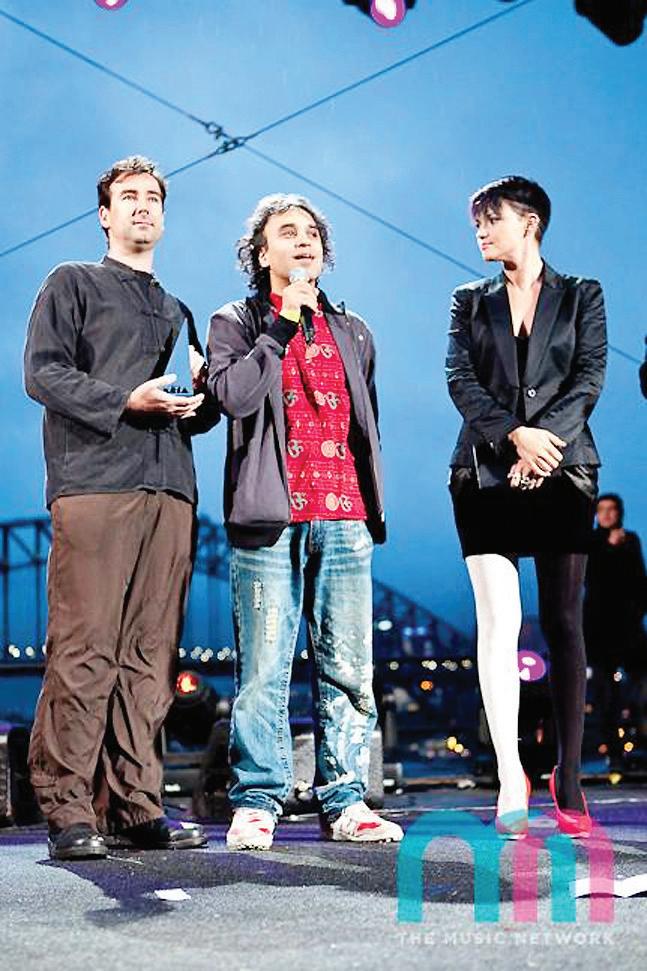
The classical scene flourished with the usual Purandaradas and Thyagaraja tributes, arrangetrams galore and the high-profile Swaraalaya weekend of music, in the tradition of the annual festivals at Chennai India and Cleveland Ohio.
The Indian Film Festival attracted its fair
Taking stock of the issues and personalities that impacted our community in 2010
the more marginal sections of the community. The seniors especially are increasingly drawing attention to their own particular needs, having stated quite openly in a survey this year that all their needs are not being met from within the family. It is only a matter of time before we follow the mainstream in establishing fulfilling care for our seniors outside the bounds of tradition.
Similarly, the gay community is becoming increasingly vocal about its own identity. Trikone Australia widened its Mardi Gras participation, and while its gay film festival may not have made desired numbers, it gained some pretty healthy attention in the mainstream press.
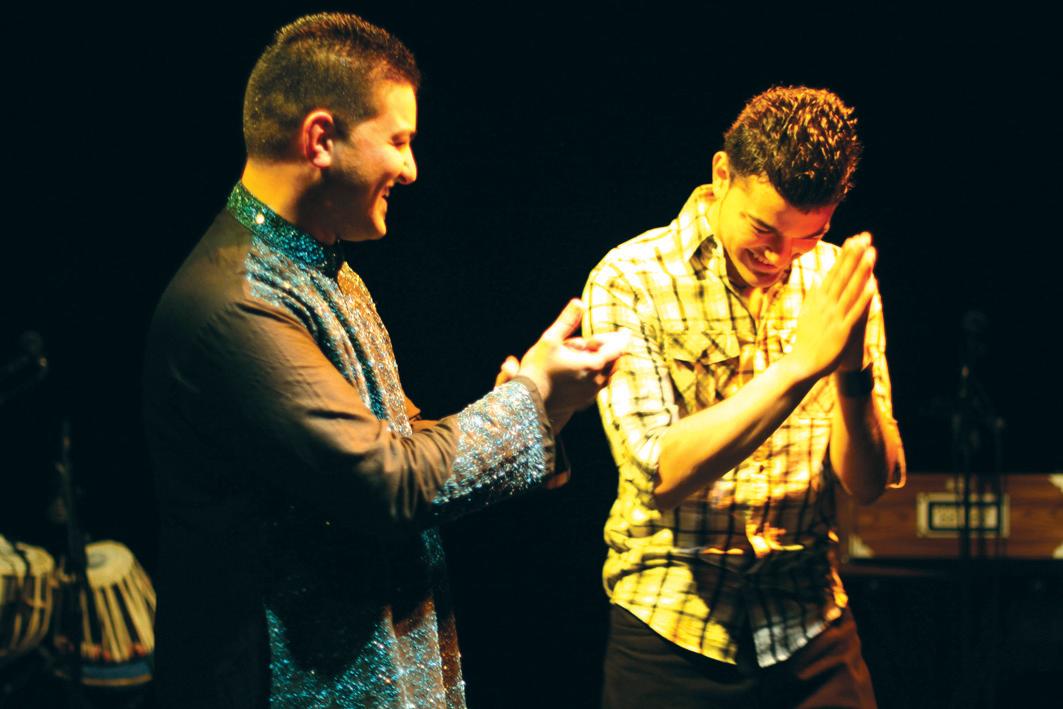
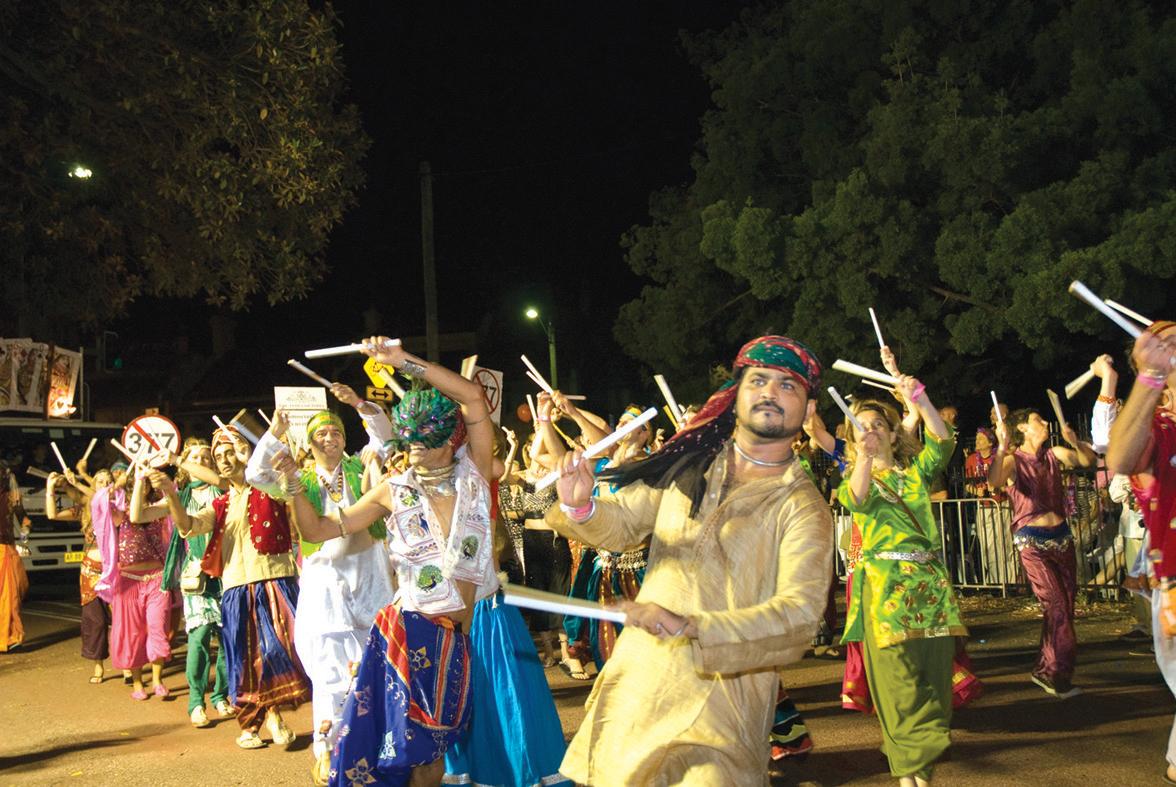
Another noteworthy trend has been the increasing numbers of Indian origin professionals in the armed forces and in the police force.
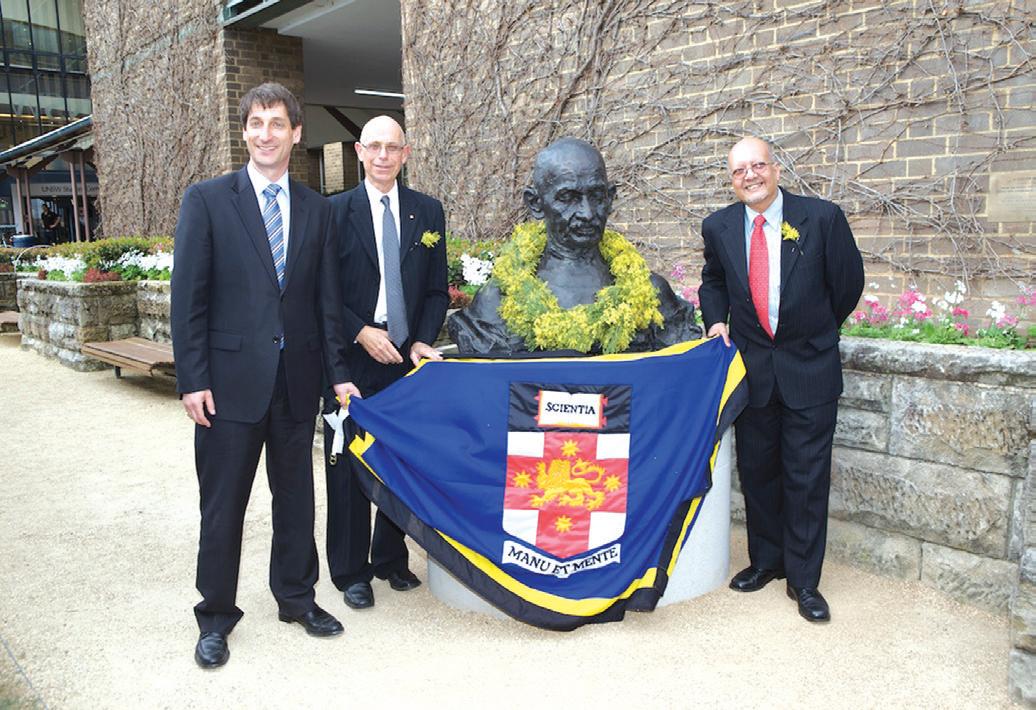
And finally, the rise of community sport. Badminton and cricket are now well-established, and lately, a passion for football has crept in too.
Our favourite accounts in the IndiaAustralia story come from the people-topeople link in the two cultures. And there were many we unearthed this year.
• Mia Northrop, a Melbourne-based digital media professional, came up with a campaign idea that went national almost immediately: Vindaloo Against Violence. Thousands of people across the country and some even overseas, went out and ate an Indian meal on Feb 24, in protest against the senseless violence meted out to Indian students.
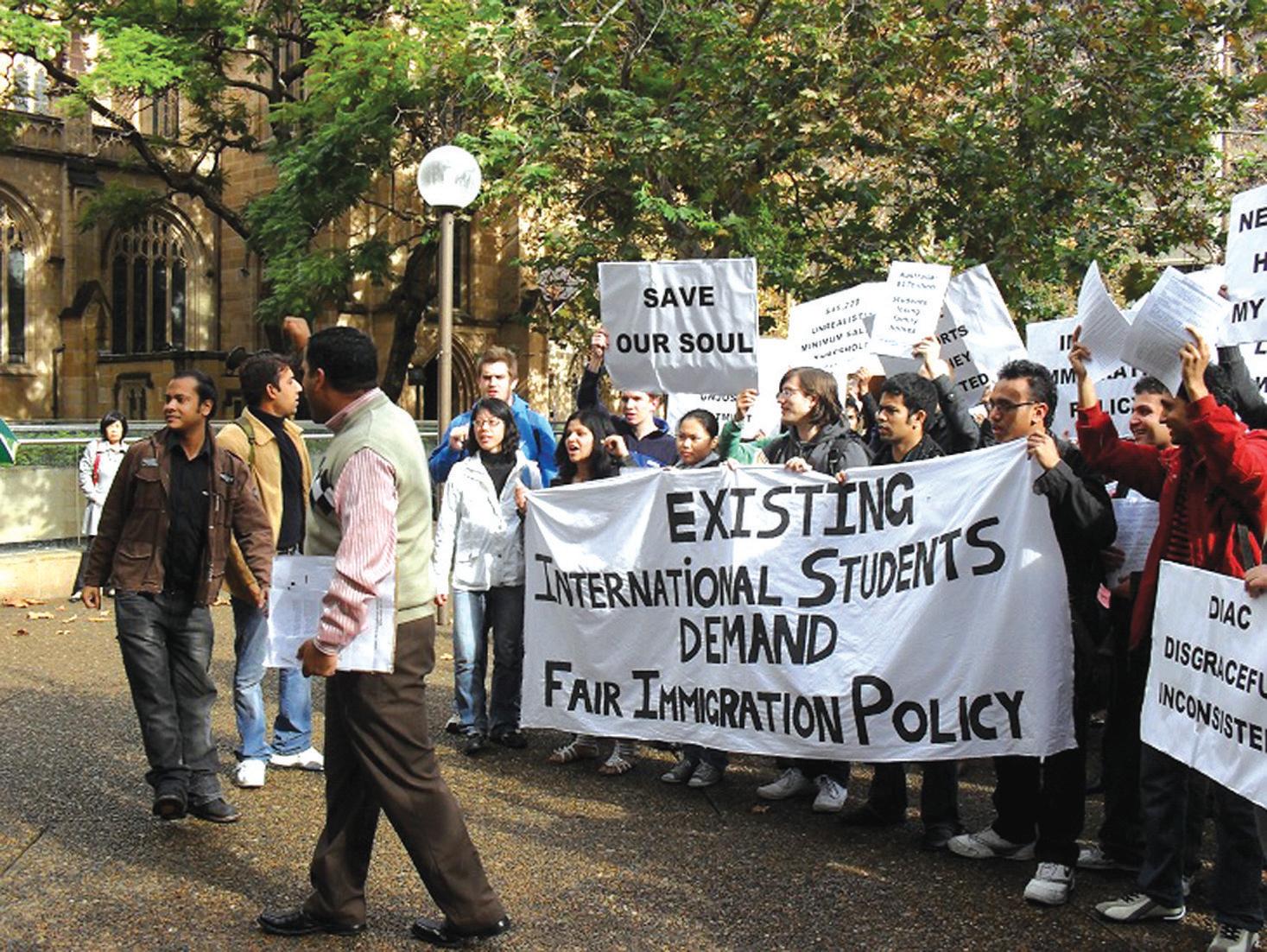
• An Australian senior citizens’ group in Newcastle hosted a unique ‘friendship luncheon’ for nearly 30 Indian students, to give them a sense of acceptance in the community.
• His last wish was that his ashes be returned to his homeland, to be immersed in the Ganges. Pooran Singh, one of the earliest Indian immigrants who arrived here in the late 1800s, died in 1947. His ashes lay preserved in a cemetery in Warrnambool Victoria, and only this year, earned emancipation, some 63 years after he died.
• Eric Ronald’s story is almost 200 years old. He owns a pair of embroidered Indian jootis (slippers) that belonged to a distant ancestor. He is trying to trace her down, and has reason to believe she may have been from the royal family of Oudh.

share of attention as well, and looks set to be popular in the coming years too.
In other arts in the mainstream, we had the Indian Empire exhibition (of photos from Rajasthan) at the Art Gallery of New South Wales; two fascinating Indian numbers at Sculpture by the Sea; and an intriguing Indian theme at the Shoot the Chef photography competition.
Celebrity visitors
Amongst showbiz celebrities that came visiting, we had Rani Mukherjee early in the year, who wowed us all with her girl-next-door image, and bubbly actress Genelia D’Souza for the filming
Orange
On stage, we saw the very frail sitar maestro Ravi Shankar and his daughter Anoushka in a farewell tour; Sufi singer Raahat Fateh Ali Khan; flautist Hari Prasad Chaurasiya; Kathak dancer Akram Khan; Bollywood crooners Sunidhi Chauhan and Shreya Ghoshal; writer and Indophile William Dalrymple; dandiya queen Phalguni Pathak; a whole host of bigwigs from the Carnatic scene for the Swaraalaya weekend; violin virtuoso TN Krishnan; ghazal singer Ghulam Ali, and bhajan samraat Anup Jalota.
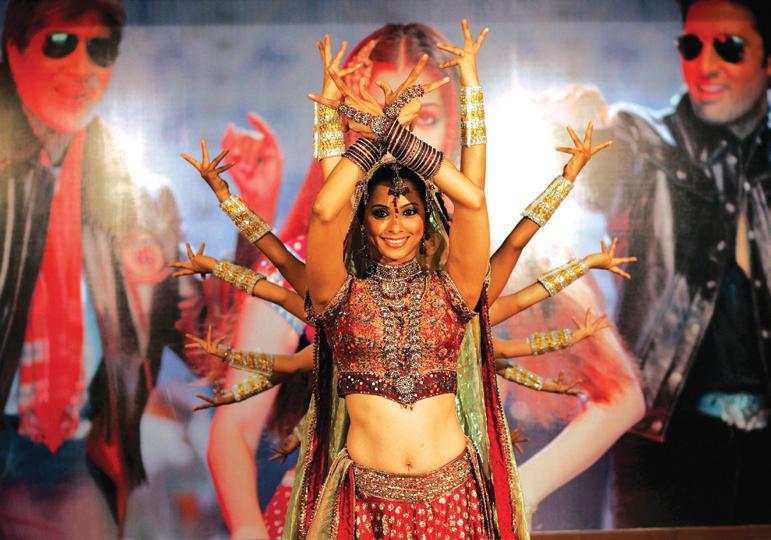
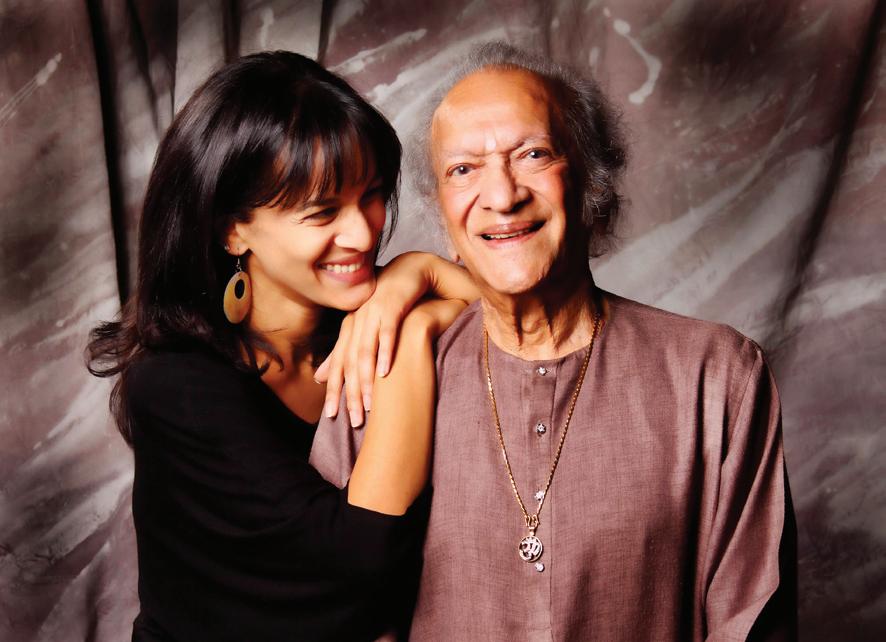
DJ Bally Sagoo’s show made more news for the massive brawl that erupted at its city centre venue - riot squad police had to be called in.
Among other visitors were Tamil orator Velukkudi Krishnan and economist Montek Singh Ahluwalia.
From the government ranks, we had Ministers Vyalar Ravi (Overseas Indian Affairs), Kapil Sibal (Education) and Sushil Shinde (Power) visit this year.
And from the world of sport, Sunil Gavaskar’s Bradman Hall of Fame Honour went by largely unnoticed. At the Australian Open, only Leander Paes was newsworthy, winning the Mixed Doubles with Cara Black.
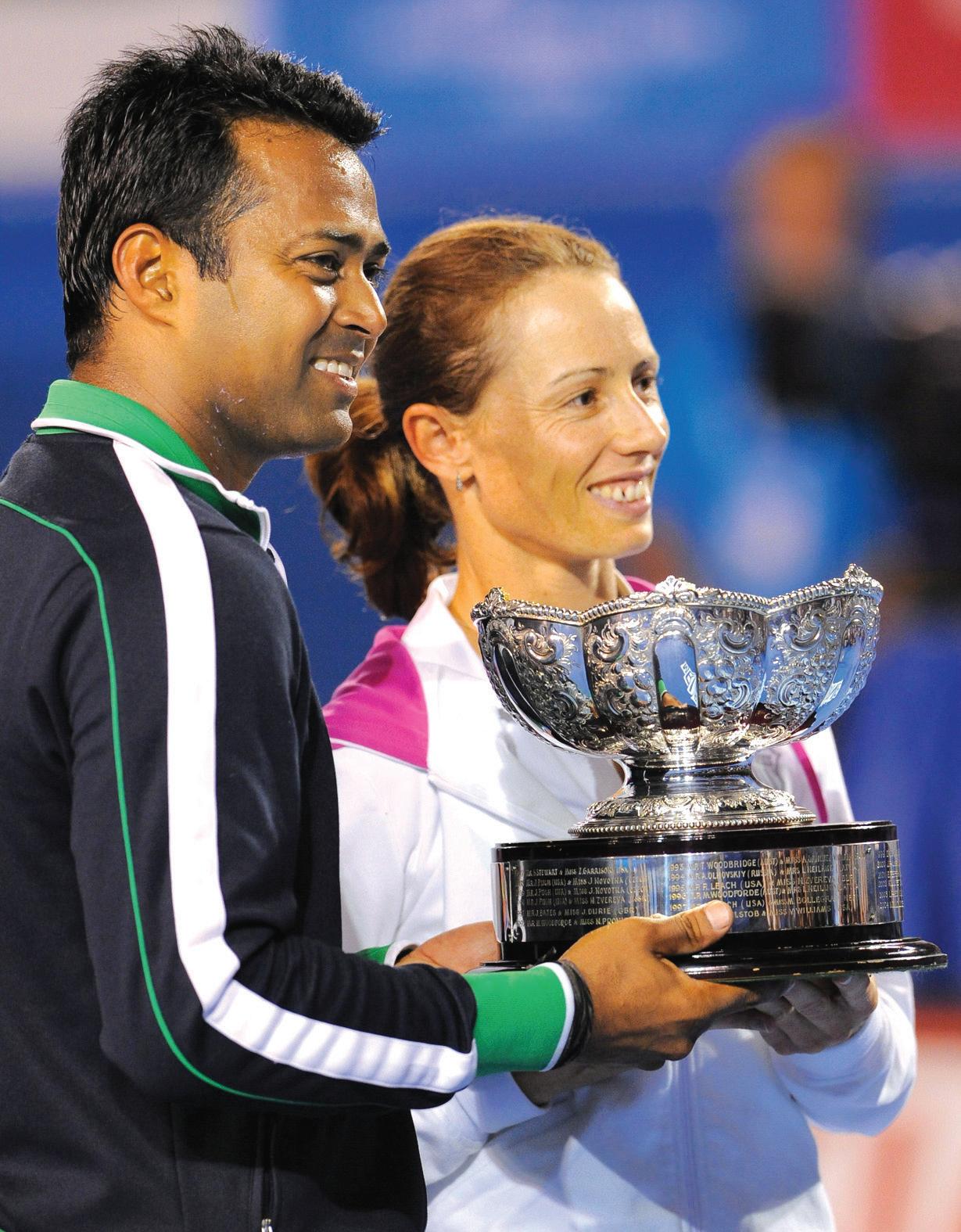
Trends
Some interesting trends this year came from
• Peter Dietze discovered by accident that he has Indian heritage. His maternal grandfather is Himanshu Rai, founder of the famed Bombay Talkies and one of the founding fathers of India’s film industry. He has spent years researching Himanshu’s life, and will soon present an exhibition. He is also hoping to resurrect the derelict studio in Malad.
• Sydney film-maker Claire McCarthy fell so madly in love with the city of Kolkata while working with the Missionaries of Charity, that she set it as a backdrop for her first feature film The Waiting City
• Indian footballer Gouramanghi Singh from Manipur was invited for a try-out with the Melbourne Hearts Football Club, playing for them against Gold Coast.
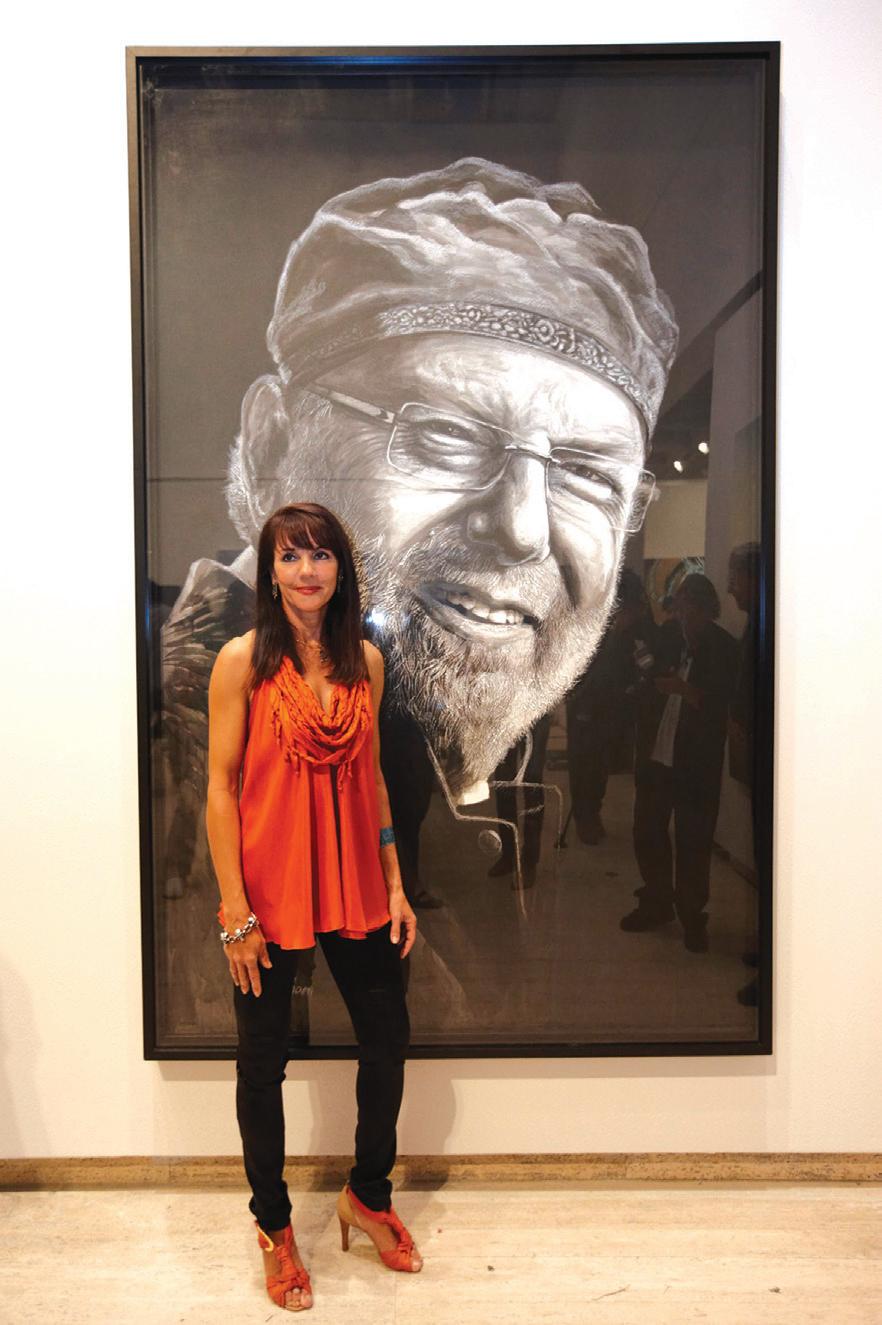
Where is the wisdom we have lost in knowledge?
Where is the knowledge we have lost in information?
Eliot

The ‘Radia Tapes’ and Wikileaks aggressively ask these questions. 5,000 taped conversations of Radia administering the country and untold lakh cables of diplomats sending their reports Stateside, many of which seem to be after a bloody good bottle of red. Does this unprecedented access to sensitive information make us wiser political citizens than generations before us?
Eliot wrote those immortal words in 1934 when the information revolution was barely at the smelly-student-gettinggrumpy-at-the-coffeehouse stage. During this era, Pandit Nehru was writing considerably more than 140 characters, but only when his fellow convicts would return his stolen Parker pen. His receipt of information was through smuggled newspapers and Chinese whispers - a drop, of a drop of the bottomless oceans of zeros and ones that now entomb us. Did this make him less effective?
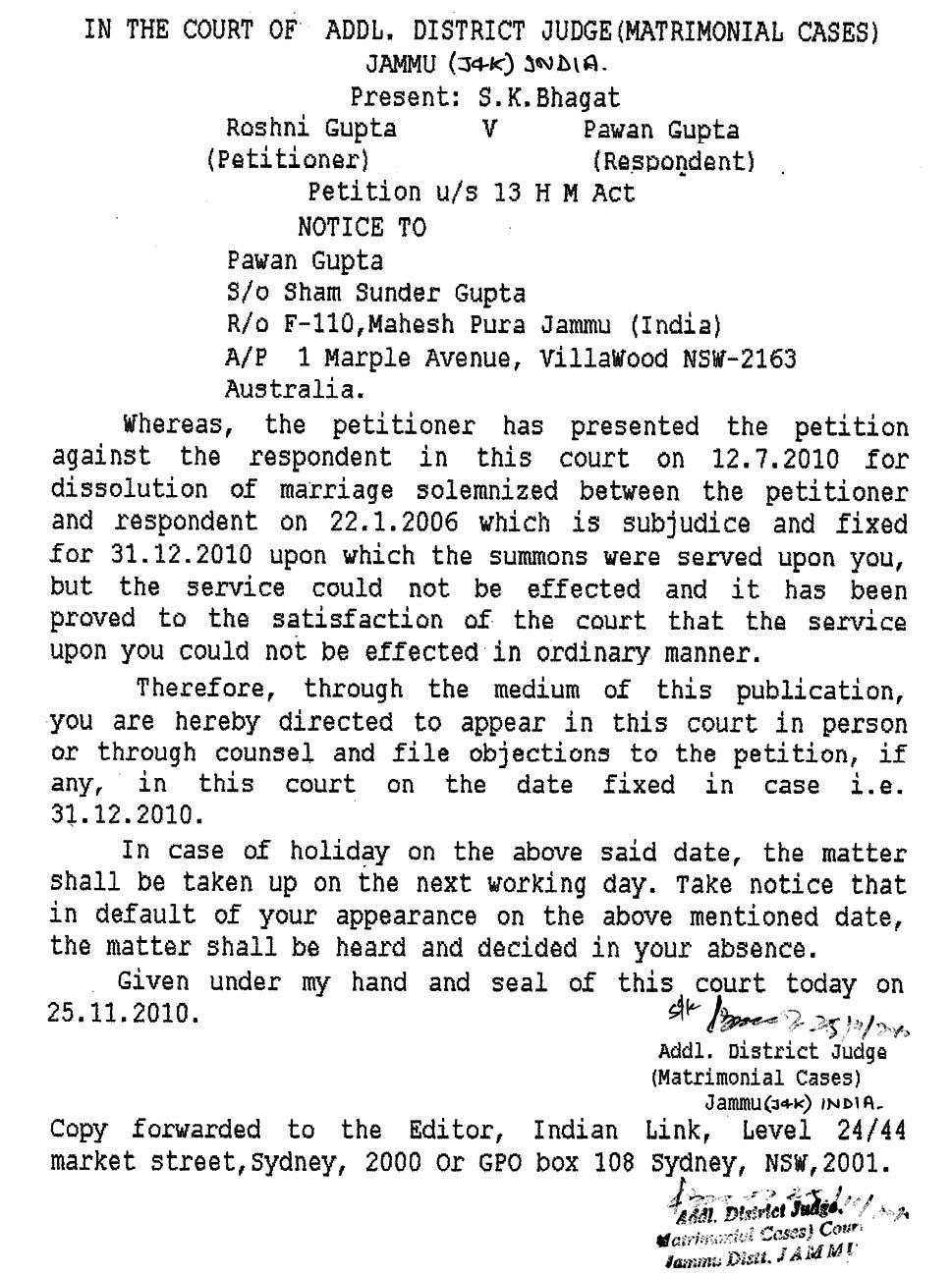
Gandhiji would have ruled Twitter. He would have made Stephen Fry’s disciple count look like a rent-a-crowd after the cheque had bounced. His immortal sayings are well below 140 characters: What do I think of Western civilisation? I think it would be a very good idea.
Devastatingly effective, even whilst largely starved of formal information dissemination. We can only speculate how all encompassing his power would have been with a Facebook account.
But was that the quality of the man? Was he a lesser political activist for not having high speed broadband? Would Jinnah have backed down on his demands if he could have read the New York Times online? No! Because their subjective wisdom, with varying degrees of quality, was founded on knowledge. Not information.
In this information age, we are terribly under-tooled to mine for this erstwhile wisdom in a swamp of information posing as Wikipedia knowledge. We have mountain ranges of gravel, with every man and his dog with a shovel, but no pans to sift the elusive shining nugget. There is no all-wise, Google-equivalent search engine that instantly churns out a one page philosophical analysis of a billion results.
The explosive Twitter reaction to the Radia Tapes is typical. The Twitterati became a million strong posse before Vir Sanghvi could even reach and draw for his Blackberry. He was shot dead standing. His slow and clumsy defence,
made in the traditional media, was just too glacial and unfashionable for Twitter, and demanded some linear concentration without any toilet breaks. Because of his attempt to take time and put wisdom in the information, even if he didn’t suffer from miraculous co-coincidences of opinion with Radia (after asking her what he should write), he would have been strung up. If you are older than thirty and spend five minutes analyzing Barkha Dutt’s involvement in the scandal, you can only conclude she is considerably less tainted by the corporate, media nexus. Tell that to a pimply citizen journalist, sitting on the throne blogging, who has only known information.
Would Eliot pen another line if he were still alive? ‘ Where is the information we have lost in time? ’ Time is the penultimate consideration for the new citizen journalist. Even more so for the matrix of Indian news channels. To get the information out before you can say “Tweet” is so much more important than any considerations of accuracy (knowledge), never mind a thoughtful analysis.
In this information age we are terribly undertooled to mine for this erstwhile wisdom in a swamp of information posing as Wikipedia knowledge.
This surging compulsion to set free the flimsiest of information in the internet zoo in a Mumbai minute, can be electrifying. Like the ‘Radia Tapes’, Wikileak’s Cablegate again set Twitter well ablaze. Julian Assange was the best thing since the MacBook. But like the machine, he can miraculously store information, not process it into abstract thought - a living illustration of the informationwisdom paradox. Commendably, he set loose information that he believed citizens should enjoy, but very unwisely further upset the relationship between the nuclear powers of Iran and the US, not to mention her Gulf neighbours.
In ancient times, ships leaving the Port of Alexandria would be searched to see if any of the precious scrolls from her legendary library were being smuggled to the outside world. The Greeks jealously guarded their written knowledge. Well meaning, half-wits like Assange threaten the introduction of a contemporary equivalent. It may be necessary. Our unprecedented access to a web of information has not made us wise and better citizens. It has made it ‘drive thru’ easy to scream our stupidity. ‘Power to the People’ cannot be power to the idiots.

Wisdom through knowledge, not information, was what made our statesmen great in an era gone by

INVEST IN THE WORLD’s 3 rd FASTEST DEVELOPING CITY, AHMEDABAD & ALSO GET THE TAX BENEFIT.
Nestled in 600 acres of open space, Shantigram is one of the largest housing and lifestyle projects in the world’s 3 rd fastest developing city, Ahmedabad. You’ll find everything here from quaint villas to plush penthouses. Never-ending spreads of greens to a bustling shopping complex. A 9-hole golf course to a multi-cuisine restaurants. Multidiscipline stadium to the fully-equipped Belvedere Golf and Country club. A serene lake to wide open roads. Premium educational institutes to ace healthcare facilities. Undoubtedly,Shantigram offers you what dreams are made of. And gladly for you, a dream like this can now go on for a lifetime.

Bookings open for 2/2.5/3/4 BHK and Penthouses. Call 02-96873522, Visit us at www.propertymania.com
PropertyMania - A MaxTax initiative
43 George Street, Parramatta, NSW-2150 Phone:- 02-96873522, Mobile:- 0412840971 Email:- info@propertymania.com
Assistance available for Home loan and Tax advice.
Site location : S.G Highway, near Vaishno Devi Temple, Ahmedabad
www.shantigram.com
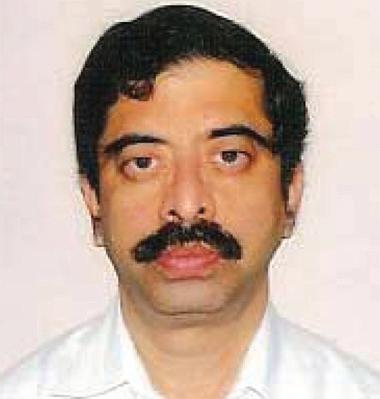
At this time of year, many technology experts unleash their predictions for the next 12 months. Instead, we surveyed you, the users, to find out what you want to see in 2011. Your responses did not include housecleaning robots or flying cars, but focused on better core technology components like security, file sharing and internet browsing. Here’s what you told us will be important in 2011:
PROTECTION
Were new gadgets on the top of your wish list? Actually no, the majority of our clients still just want to know that they are protected against viruses, spyware and hackers. Though many software programs can now be found containing anti-virus, anti-malware, antispyware, anti-spam and firewall capabilities, it’s still number one on your list to know that you have the right protection and that it’s working to block the latest threats.
Whether it’s for increased speed or improved reliability, 2011 will see many of you upgrading your computer systems. You used to only need a computer to write documents and spreadsheets, send emails and browse mainly text-based websites. Now you need it to handle things like video sharing and web conferencing, which are placing unprecedented demands on your old software and hardware. Talk to your computer troubleshooter who can help you choose the right edition of Windows 7 or replace your old, bulky CRT monitor.
This year, more business clients want their computer problems to be prevented in the first place. IT plays a critical role in your business to the point where you lose business operations or continuity if your computer or network fails. More and more businesses will be looking in to monitoring their systems, servers and network. Monitoring service will find out about important errors that are currently going unnoticed, so they can be fixed before they cause bigger problems and ‘unexpectedly’ crash your computer.
Internet has now brought to you Remote Support. Secure connections across the internet mean that you won’t have to wait for the support person to drive to your site. Your support person is now able to see exactly what you see on your screen. Although this isn’t new in 2011, the adoption of this technology will increase this year. However, BEWARE, fake tech support call scam is on the rise with Australia being one of the target countries.

Have you seen any very cheap deals on laptop or notebook computers? Check again and see if they are actually ‘netbooks’. These small, slim, lightweight notebooks are designed mainly for using the internet and are less powerful than full-featured notebooks. They do not run professional version of Windows and there is no CD or DVD drive but their ultra portability makes them a perfect travel or business companion with built-in WiFi technology. As interest in netbooks grows, 2011 will see even greater growth in the netbook market.


Large screens in slim mobile phones and improved mobile data coverage now place the internet in your pocket. Mobile versions of popular websites already exist, designed to reduce the clutter and display better on mobile phones. If you want to attract this generation of people to your business, launch a mobile version of your website. These smart phones offer the features you need to manage the myriad of details of your life like scheduling business meetings, tracking your family’s schedule and more importantly receiving and responding to emails as they arrive in your inbox. More and more businesses owners will have their smart phone to synchronize with the Microsoft Exchange servers included on Windows Small Business Servers in their offices.
Home computers have become less about information processing and more about entertainment and keeping in touch. An increase in the usage of digital music and videos is driving a need for even more storage space in your home computer. And with many homes now having more than one computer, music and video sharing should become even easier.

Well established Indian restaurant and take away for sale in Western suburbs.
Excellent brand name with regular catering orders.
Low overheads, will suit owner operator who wishes to maximise the growth potential.


(genuine callers only)
Golden opportunity, do not miss it!!
We beat the best with no less — TAI offers best Airfares and Packages to suite all budgets.
We Specialise in: Competitive airfares to India, Indian Sub-continent, Fiji, Middle East, Asia, Europe, South America, North America & Africa. TAI— offers Special Round the World Fares and packages to suite both individual and group travel. TAI is focused on Tailor made and prepackaged tours. Are you looking for air tickets from India our partnered offices within India can organize any travel or tours within India and prepaid tickets.
Travel Air International now offers language support,

while you are visiting family or friends why not getaway and do a private tour. half day tours starting from $35 Per Person
Full Day Tours starting from $90 Per Person Call
Head Office
Westmead Office
Phone: +61 2 9633-2045
Fax: +61 2 9635-3829
Email: sales@travelairinternational.com
Address: Daher Centre, Level 1, Suite 24, 163 –171 Hawkesbury Rd, Westmead NSW 2145
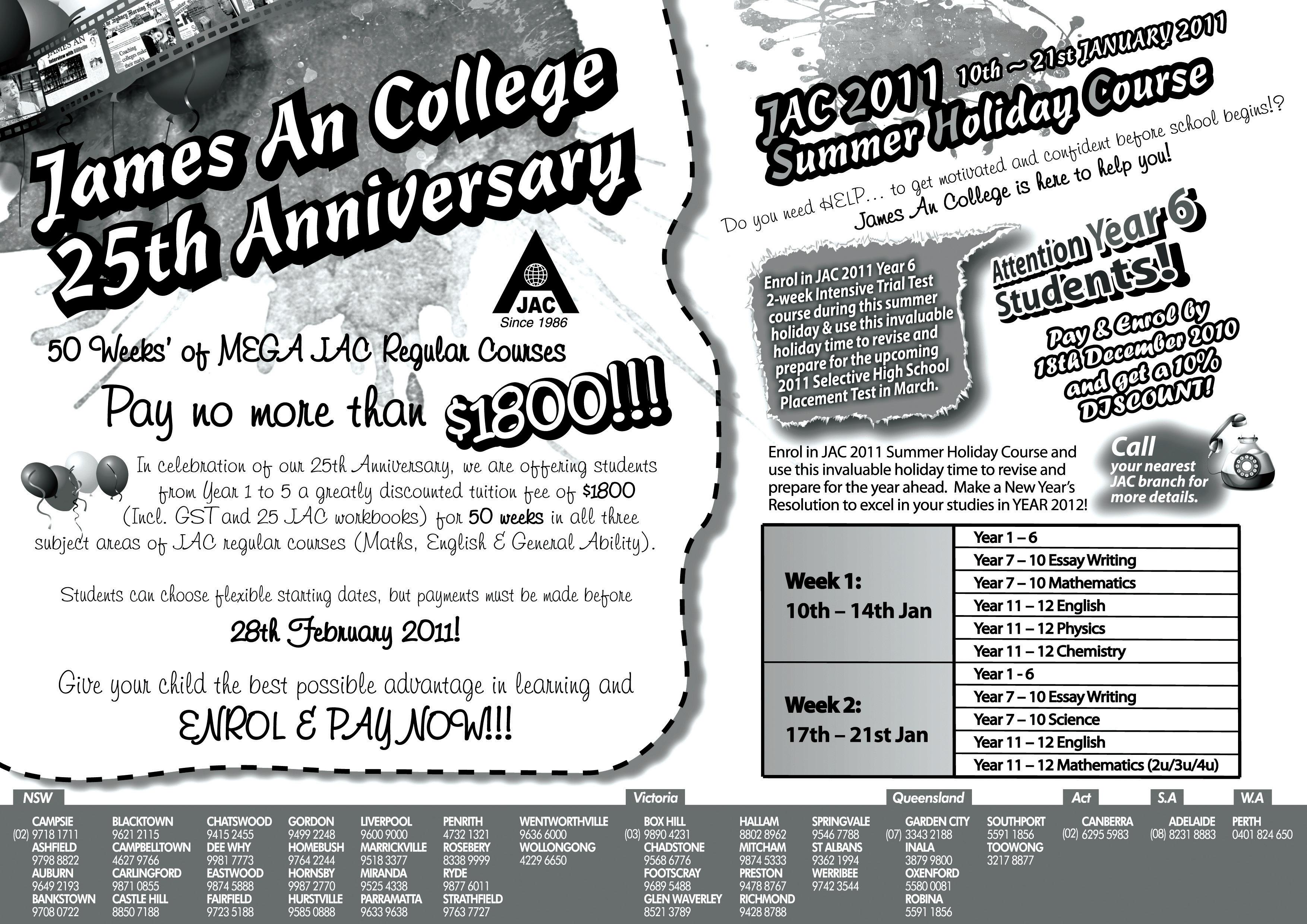
Travel
Fax: +61 2 9734-9322
Email: sales.liv@travelairinternational.com
Address: 50 Railway Street, Liverpool NSW 2170
Languages: English, Hindi, Tamil, Punjabi, Arabic www.travelairinternational.com

Do you know about respite care services?

Many people have a family member or friend who provides care to help them continue to live at home. Carers and family members sometimes feel that they need support to keep going. Being a carer is the most demanding and challenging jobs one could ever do. As a carer, one cannot afford to neglect one’s own health and needs, no matter how much one loves the person being cared for and no matter how dedicated one is to caring for that person. There are an increasing number of services available today to help older people receive their care at home, but finding out about them or accessing them can be time-consuming, difficult and
Who are the carers?
Carers are usually family members or friends who provide support to a person who has a disability, a mental illness, a chronic condition or is too frail to provide care for themselves. Not everyone who offers care thinks of themselves as a carer. As a carer you may need a break for a few hours or a few days, or you may need help for a short period if, for example, you are ill or recovering from an illness yourself. What is Respite?
Respite is when someone else provides care to the person you support, so you can have a break. Respite care has two purposes. It is made available to support carers to allow them to take a break from their usual care arrangements, and to provide support so that older people can continue living in their own homes. Therefore, respite care is a chance for you and the person you care for to take a
Taking regular breaks can help you provide ongoing care. It also gives the person you support the opportunity to have a break too. It’s important to take a break occasionally to protect your own health. It can be difficult at first, but if you take breaks regularly, they benefit both of you. The person you care for will enjoy the participation of other friends and family members, too. It gives them someone else to talk to and a feeling that they’re being well supported. They’ll also be happier knowing that you’re getting the help you
There are many different types of planned and emergency respite services available, depending on your needs. There are several types of respite available, including the following:
In-home respite This is usually provided by someone working as a carer in your home, allowing you to take a break for a few hours at a time.
Day respite This is usually provided at a day centre. Day respite often runs from 10 am to 3 pm and may include transportation. It involves activities and sometimes outings that may be of interest to older people.
Overnight or weekend respite This is becoming increasingly available in community respite houses that accommodate a small number of older people at a time.
Residential respite This is provided in some aged care homes, generally in blocks of one to six weeks.
Emergency respite If you have a genuine emergency on your hands (for example, you’re admitted into hospital) and are unable to care for your family member, 24-hour emergency respite services will be able to help.
There is no charge for assistance provided by Commonwealth Respite and Carelink Centers (CRCC). But if you use a service referred by a CRCC, individual services fees may apply. Community-based respite services charge fees according to the type of service being used. These can vary from a fee for a morning or afternoon session in a day care centre, to an hourly rate for in-home respite.
The amount of care you receive will depend on your needs and those of the person you care for, as well as availability of respite care services.
Access to respite care is based on eligibility, priority and need. The amount of care you receive will depend on your needs and those of the person you care for, as well as availability of respite care services. Each request will be assessed on an individual basis depending on your need and the relative demand for respite services in your area, so that respite care can be provided as soon as possible. Some carers are happy with a few hours in home care a week, or a day or two at a day centre. Others, such as working carers or carers looking after more than one family member, may require additional longer periods of care. For respite care in the community - at home or in a day care centre – you can contact your local Commonwealth Respite and Carelink Centre by free calling on 1800 052 222 during business hours. They can also provide you with more information about respite services. For emergency respite support outside standard business hours, you can call FreeCell 1800 059 059. Take a break, you deserve it.
This article is developed by Sydney Multicultural Community Services as part of the Community Partners Program (CPP) which is funded by the Department of Health and Ageing. For more details, visit www.agedcareaustralia.gov. au or contact Maryam Maghsoodi (CPP Project Officer) on 9557-6157 or 9663-3922 , or email maryamm@sydneymcs.org.au
As a carer it is important take a break and enjoy time off, as much for yourself as for the one you care for, notes
MARYAM MAGHSOODI


I first saw Bipin at my wife’s medical practice where I manned the front desk each afternoon. The job was very interesting, as it allowed me to be a curious fly on the wall, studying the sea of humanity that passed through the practice every day.
Bipin was a thin young man and dressed in very poor taste. He had a particularly uninteresting personality and his one remarkable (for want of a better word) feature was a very large mole under his right eye. He could hardly converse in English and I had to speak to him in Gujarati as he stood at the counter to fix an appointment. He had come in with a bad bout of flu and on that day there was an unusually long waiting list at the surgery. Bipin got into a conversation with an elderly Gujarati gentleman sitting next to him and from the bits and pieces that I inadvertently overheard, I surmised that Bipin was going through very hard times in Sydney and new government legislations allowed him to only just scrape a meager life in this new country.
When he came up to the desk to pay for the visit, my curiosity got the better of me and I asked him about what I had overheard. Bipin was obviously thirsting for eager ears, because he readily recounted his complete family history to me.
Bipin Patel had arrived here a year ago on a student’s visa. Born on the outskirts of a small town in India, he was raised in a lower middle-class household and grew up amidst wanton hardship, unending yearnings and incurable impoverishment. Driven by sheer need and ambition, Bipin’s father had educated Bipin at the local college and then sent him to Australia for further education. The downside was that to pay the fees for a small college in the backstreets of Sydney, Bipin’s father had to sell off his house and take a loan as well. Now
all Bipin wanted was to work, study, pay off his father’s loan and go back to his hometown with some extra money in his pocket.
I felt that his continuing struggle with the English language was only second to his struggle with life in Australia. His wife, who had travelled to Australia with him was unemployed, so Bipin worked long hours in three different jobs simply to run his house. His wife continuously looked for work without success. But in spite of all this, Bipin was excited because he had heard that the Australian government was about to open doors to students to apply for permanent residency. But I was quite taken aback with his plans for the future; he had an undying passion for India and his great dream of going back home to his small town in Gujarat with money saved in Australia.
Our next encounter was about a year later, a day that came with some uncharacteristic heavy downpour. I was immersed in some administrative work and I looked up when a shadow fell across the desk. It was Bipin, and he had a very broad smile on his face. He had two pieces of news for me. He had successfully acquired a PR for Australia, and had already applied for his wife’s PR permit. The other piece of news was even more exciting – they now had a baby boy! When I asked him about his plans for his family, he was quick to reply that he wanted his PR status and citizenship only because he wanted his child to be an Australian. He was adamant about his child settling down here and becoming what he termed as a “real Ozzie”. As for himself, Bipin clearly stated that he refused to improve his English language skills since he believed that it was a sheer waste of time, given that he would ultimately return back to his beloved homeland.
Five years must have gone by and I bumped into Bipin again, with his wife and young son. This time there was a distinct change in his attitude. I was quick to observe that while he spoke to his coy wife in a heavy guttural Indian
accent, he spoke very differently to his son. The change in his demeanor was subtle, but quite amazing.
Bipin tried talking to his son with a “real Ozzie” accent. Phrases like “Good on you mate!” and “Fair dinkum!” poured out in abandon. What was more remarkable was the fact that the child had an obvious Australian accent and was called ‘Bob’ by his parents! It was obvious that Bipin was trying very hard to pin the essential Australian personality on the child. When I mentioned this, Bipin (as always) had a very simple explanation. He did not want his son to be a ‘typical’ Indian.
“I was born in India and cannot be anything else but a true Indian. Bob needs to be a true Australian. He needs to talk like one, behave like one and live life the Australian way. I have made changes to my plans. Once Bob has settled down here after his studies, we will pack up and leave for good. Our town and our friends are still beckoning to us from India,” he said complacently.

That was the last time I saw Bipin at the surgery and with the passing years, memories of him faded.
It was only by chance that I came upon recently at the local shopping centre. I was unlocking my car when I noticed someone standing in front of the one next to mine. I would not have known it was Bipin, save for his trademark mole under the eye. I caught his eye and it suddenly dawned upon me that it was Bipin. It was twenty years since our first encounter and the change in Bipin and his wife were dramatic, to say the least. His sense of fashion was obviously avant garde and his Australian accent was shockingly pronounced when he spoke to me.
“How are ya?” asked Bipin in what I thought was a distinctly nasal tone. “Been a while now. Would be over five years, I reckon.”
I gulped and was a little slow in responding, while trying to fathom the change in the man’s personality.
“Don’t you remember me?” he asked,
shutting the door of his Holden Commodore with a flourish. “I am Bipin. I used to come to your wife’s surgery. Gee! It’s been ages, I say!”
I smiled back. “Of course I remember you.”
We broke out into small talk about his family and life here. After a while, I could not contain my curiosity any longer.
“You have changed a lot, Bipin,” I said. “Your English accent, the way you dress… you are so different now!”
Bipin looked at me with a gleam in his eyes.
“We decided to stay back and make our future in Australia,” he said proudly. “It’s a great country and we wanted to be a part of this place. Be Australian in every way possible!”
“So,” I remarked. “After all, your original plans did change.”
“Yes,” replied Bipin with a faraway look in his eyes. “Opinions and beliefs change with time, I reckon. After twenty years in Australia, I felt like an alien during my last visit to India. Times have changed, and so have the people and their priorities in life.”
“Well, that’s life, I guess,” I replied. “And what about your son? If you have changed so much, I suspect your son would now be a true blue Aussie!”
Bipin stared at me for a few moments. When he spoke there was a remote look in his eyes.
I was quick to observe that while he spoke to his coy wife in a heavy guttural Indian accent, he spoke very differently to his son. The change in his demeanor was subtle, but quite amazing.
“There has been a strange turn of events in our life,” he mused. “Although we tried to instill true Australian values and the lifestyle in him, Bob could never adjust to life here. He was always keen on the Indian way of life. Last year during our trip to India, he fell in love with the country. In fact, he also fell in love and married a small town girl there. Since then, Bob has moved to India for good!”
Life never goes the way you plan it, there are always a series of events which could change your destiny




With the kids’ whoop of joy for the summer holidays comes the woe of parents who have to keep them constructively occupied, out of harm’s way and happy for six long weeks. And as any parent would vouch, it’s never easy! Safe physical or mental exertion and happiness of kids rarely go hand in hand, unless there are rewards involved. So this summer, why not encourage your older children to seek paid work? It can be a perfect antidote to boredom, they can spend their time wisely while learning something and earn some cash (which can be very rewarding) to spend on little luxuries.
some easy ways to get you excited about working hard and earning well:
Offer to babysit
If you have friends or family with small children, you can offer to babysit them during the holidays. Parents who work are usually on the lookout for responsible supervision for their children during the summer holidays. Make your services stand out by offering to charge less than a vacation care or a child care provider. Demonstrate caring and responsible behaviour and get family and friends to provide testimonials. You don’t have to do the job every day, even a couple of days a week can earn you enough for a decent weekend splurge while saving your employers some dough too.
Mow lawns, rake leaves, wash windows
cash. If you cook something particularly well ask your local Indian or sub-continental grocers if they will sell your product. They are usually quite happy to try out new items as there’s a huge demand for homemade goodies like mithai , cookies, samosas etc., in the local community. Also, network with family and friends and offer to make items for their gatherings or parties. Charge a reasonable price; give the clients value for their money and you could have a business going which will keep your pockets lined even well after the holidays.
Deliver newspapers and catalogues
Getting kids to earn a little money during the holidays can boost their confidence enormously and give them a taste of things to come as they step out into the practical world. It also gives them a chance to be introduced to, as well as hone essential skills like customer service, punctuality and honesty. Yes, this could be a perfect solution to the summer vacation angst for parents, but before you get over-enthusiastic remember we live in peculiar times where the world is becoming an increasingly dangerous place, especially for kids. Their safety is your responsibility, so check out any job offers or money-making schemes vigilantly. Keep track of your child by requesting the employer’s contact details and checking out all credentials.
And now all scaremongering aside, kids, here are
All of these are easy chores for youngsters, but elderly neighbours or working families who don’t have time to do these maintenance jobs themselves often hire professionals to do them instead. Ask around if you could tackle such chores for them or even ask mum and dad if they will part with some chump change in exchange for the lawn being mown or for any other odd jobs around the house during the holidays. Again, the key is in offering your services for less because even if the job is not of professional standards, the people hiring you won’t feel cheated.
Wash cars
If you have a car dealer in the area, ask around if you could help with washing the cars. More often than not family and friends will be willing to appoint your services for washing their car for a small sum. Throw in vacuuming and detailing for a little extra.
Put your cooking or baking skills to use
The summer holidays are a perfect time to utilize your cooking or baking skills, and turn them into

This is a good way of making a quick buck. Ask your local news agency, as there’re always on the lookout for delivery people and the money isn’t bad either. Register your interest for daily or weekend work. It is usually just a few hours a day in the morning, provides good exercise and leaves you with plenty of time to pursue other interests during the day.
These are just a few ideas to get you started, but remember that you are only limited by your own imagination. So if you’re good at anything, think of how you can make it work for you. After all, money never starts an idea; it’s the idea that starts the money. Be courteous and honest in your dealings and do your best to deliver optimum results. Most importantly, be proactive in advertising and marketing your skills and learn good customer service techniques while always working relentlessly to build your network. Often it is not so much the skills, but the contacts that get you the job. Now get cracking if you’re serious about milking the cash cow, and with a little luck you will be splashing about in it in no time.
A very happy and prosperous holiday to all those young entrepreneurs and millionaires in the making out there!
Getting kids to earn a little money during the holidays can boost their confidence enormously and give them a taste of things to come as they step out into the practical world.
Bored kids can ruin the summer holidays, but keeping them busy while earning good cash can bring back peace of mind, notes
FARZANA SHAKIR
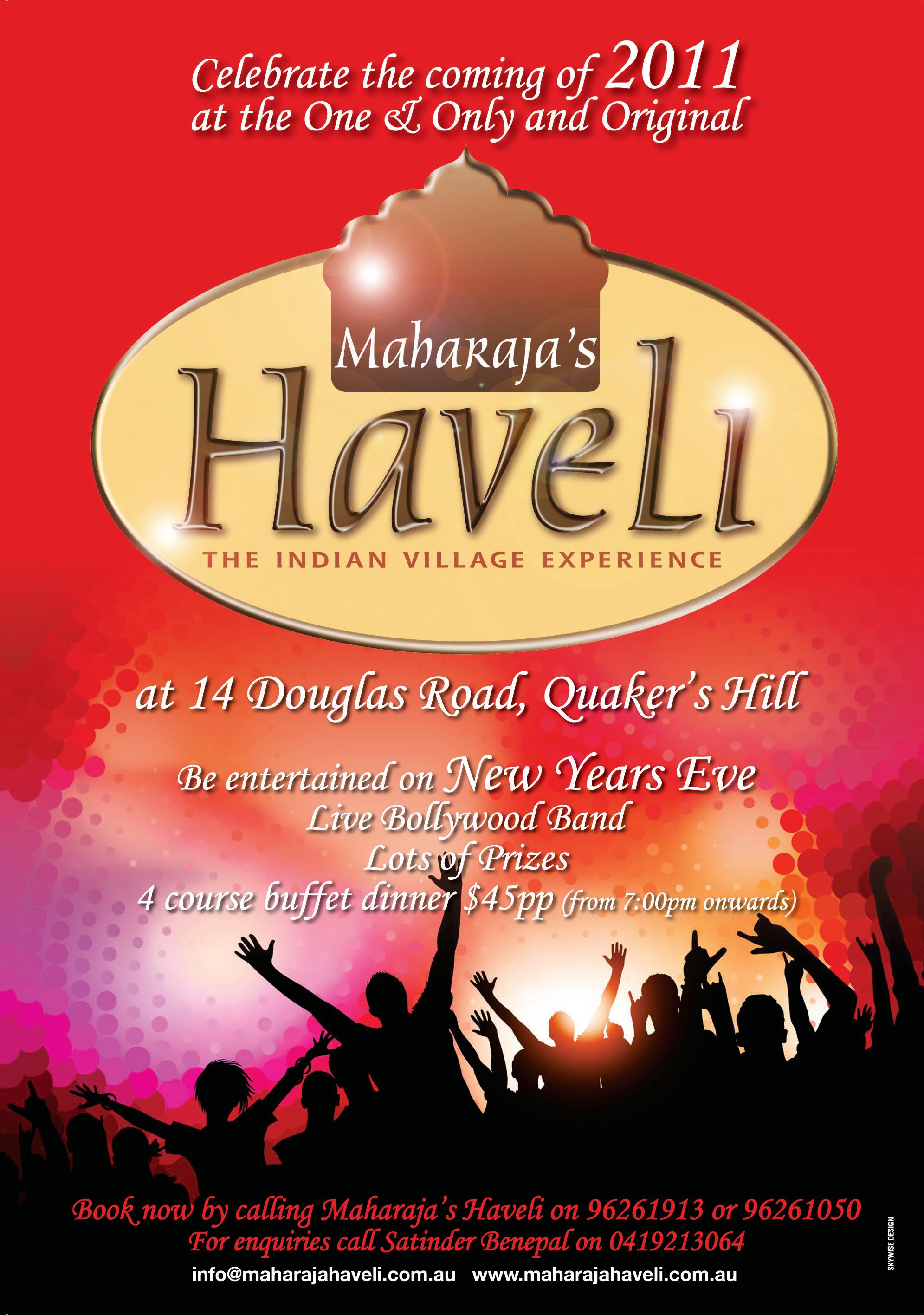
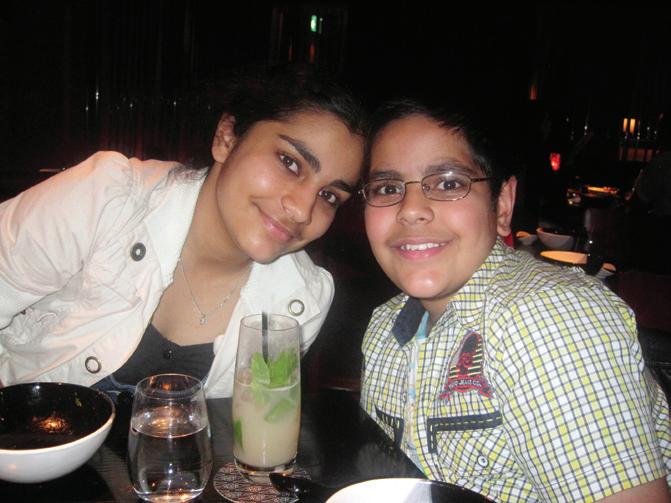
Why did the poor dog chase his own tail? He was trying to make both ends meet!
What kind of dog does a vampire prefer? Any kind of bloodhound!
What is the only kind of dog you can eat? A hot dog!
What did the hungry Dalmatian say when he had a meal? That hit the spots!
What dog wears contact lenses? A cock-eyed spaniel!
What do you get if you cross a cocker spaniel, a poodle and a rooster?
Cockerpoodledoo!
Woman: “We’ve got such a clever dog. He brings in the daily newspapers every morning.”
Husband: “Well, lots of dogs can do that.”
Woman: “But we’ve never subscribed to any!”
1. Did you know that the Chinchilla dog takes baths in
2. The Dingo and Basenji are the only two breeds of dogs that do not bark.
3. All dogs are descended from the wolf.
4. The Chow Chow and Shar-pei are the only dogs known that do not have a pink tongue – their tongues
5. At the end of the Beatles songADayintheLife,Sir Paul McCartney recorded an ultrasonic whistle that only dogs are capable of hearing, for his Shetland sheepdog.
6. When a dog bays at the moon, it is following a basic urge to call the pack together.
For you and your pet to watch together
Lassie Come Home (1943)
Old Yeller (1957)
Benji (1974)
Turner and Hooch (1989)
Beethoven (1992)
Homeward Bound (1993)
My Dog Skip (2000)

Scooby Doo (2002)
Because of Winnh-Dixie (2005) Eight Below (2006)
The Shaggy Dog (2006)
Marley & Me (2008)
Beverly Hills Chihuahua (2008)

Hachi: A Dog’s Tale (2009) Hotel for Dogs (2009)
7. The burying of bones is part of a dog’s instinctive feeding ritual; shaking things viciously is part of the hunting ritual.
8. Dogs turn in circles before lying down because in the wild this instinctive action turns long grass into a bed.
9. There are 701 types of pure breed dogs, but they fit into seven basic categories: Toy dogs, Hound dogs, Herding dogs, Sporting dogs, NonSporting dogs, Terriers, Working dogs.



10. Dogs can be right-handed or left-handed like humans.
A boy can learn a lot from a dog: obedience, loyalty, and the importance of turnin g around three times before lying down. ~Robert Benchley
Be the perso n your dog thinks you are. ~Anonymous
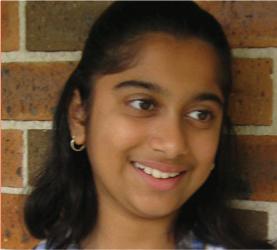
As I pulled into the Bus Bay of Ryde Public School, I was met with 120 eager faces watching me. The first bus was already there waiting. I stopped and the driver got out, and opened the bottom of me, so the kids could put in their luggage. Let me tell you, it is a weird sensation, having 60 children putting their luggage on me, climbing on to me, sitting on me, watching movies and talking and laughing, oblivious of whatever pain I was feeling!

They chatted and laughed, and overall, seemed excited about their camp. The camp they were going to was 3 days and two nights, to Canberra and the Snowy Mountains. There were 2 other buses accompanying me. Our first destination was McDonalds, where the children went to the toilet and had morning tea. After that, we were to go to The Australian War Memorial. The trip was quite long, silently going through an endless highway, but finally we reached Canberra. I listened with pleasure as they made excited comments about Canberra, and pressed their faces against my windows, and took endless pictures. I drove to the War Memorial and all the children got out. I drove off with the driver for a little break. After an hour or so I started to feel a little stuffy and that effect became worse, when once again, I heard the chatter of the children and the teachers trying to keep them quiet. Once again, all the children climbed aboard me and it was so hot. It was a long drive but we finally reached the accommodation. My driver lived nearby the accommodation, so the driver and I were to stay at his place for the night. I hoped he had a big driveway with spacious lawns, and plenty of place for me to rest. The children all got out, and took their luggage off me, to put into their rooms. I heard the teachers giving instructions to
children laughing with joy. After they got out, they were to do activities such as ropes course, archery, rock climbing and more, and then it was dinner and karaoke. But I would have to miss out on all that fun, though looking on the bright side, tomorrow I would get to sleep in, before that trip to the snow! *
Going around and around the winding road, searching for some hints of gleaming white snow was what I and the children were trying to do. There was no snow so far, I was feeling pretty sorry for the children. I hoped there would be some snow for them to play in. This morning the children had done archery and team maneuvers, then had gotten on me to ride to the snow. After we reached, they were to have lunch and play in the snow, while I just stood in the sunny parking lot.
There it was! On the very tops of a few mountains, gleaming white snow - the children were all excited and within minutes we were there. They all got out and had a quick lunch. I had heard that they were going to do Bobsled, then chairlift, then a walk, and then play. I was pretty excited for them, as I watched the last child disappear from view.
And when they got back, sixty children, all wearing wet beanies, gloves and scarves clambered aboard me, excitedly chatting about the snow. Everything had gone according to plan, and it had been so much fun. They had found a big, nice, soft patch of snow to play with, and they had thoroughly enjoyed themselves. I heard snippets of each and everyone’s conversation. One child with black hair (apparently her name is Sunaina) was
and then after dinner there was going to be a disco! I thought of all the fun they would have dancing and playing, but there was only one more day of the camp left!
* We had finished Regatta Point and done one other educational thing, and now it was time for the Parliament House. Today (the third and final day) the main highlights were the Parliament House and Questacon. We were driving along, the children happily playing on their electronic gadgets. I wondered what kind of things they would learn at the Parliament House. It would be pretty exciting, learning about government in school, then actually seeing the real thing. Before I knew it, we had reached Parliament House and the kids got off. My driver went off to get some coffee, and I sat all alone in the basement carpark. The tour took one and a half hours, and now all the children were really excited as we were on our way to Questacon! Everyone was so excited to do all the interesting things, but sadly after Questacon, the camp would come to an end… and we would all be on our way to Sydney. We reached Questacon, and all the children ran out of the bus, such was their excitement. I was parked across the street from Questacon, and watched as a staff member spoke to them, and then gave them all stamps. After that, all the children rushed into Questacon. And I stood there thinking of all the fun they were going to have, in that science museum.

interactive activities, including a giant slide, a rollercoaster stimulator and an earthquake house. The next stop was McDonalds, where the children would buy and eat dinner and after that, it was straight back to Ryde Public School. It was slowly getting dark, and by the time we reached McDonalds it was 6.45. At 7.00, the children started to come back, but a few children still carried their food with them. The Bus driver was so strict about no eating on me, that a few children stood outside and finished eating. I felt a little guilty! Once again, we started driving along the road and it was almost dark and the teacher put a movie on. The children were silently watching the movie, as it got later and later into the night. The trip was long, but soon enough a “Welcome to Sydney” board came into view and it was only 45 more minutes. Finally we reached Top Ryde Shopping Centre which was all lit up, and by now all the children were waiting to go home. When I reached the Bus Bay at Ryde Public School, I remembered the first time I came here to see 120 eager faces staring at me. Now, one bus had already arrived and a Bus full of tired children and happy parents watched as I pulled in. I stopped and the luggage was unloaded off me. After checking and cleaning the Bus, all the children got out, took their luggage and went to their parents. It had been a fun camp, I thought, as I left the school, hearing only the distant radio in me and no laughing kids, a very fun camp!
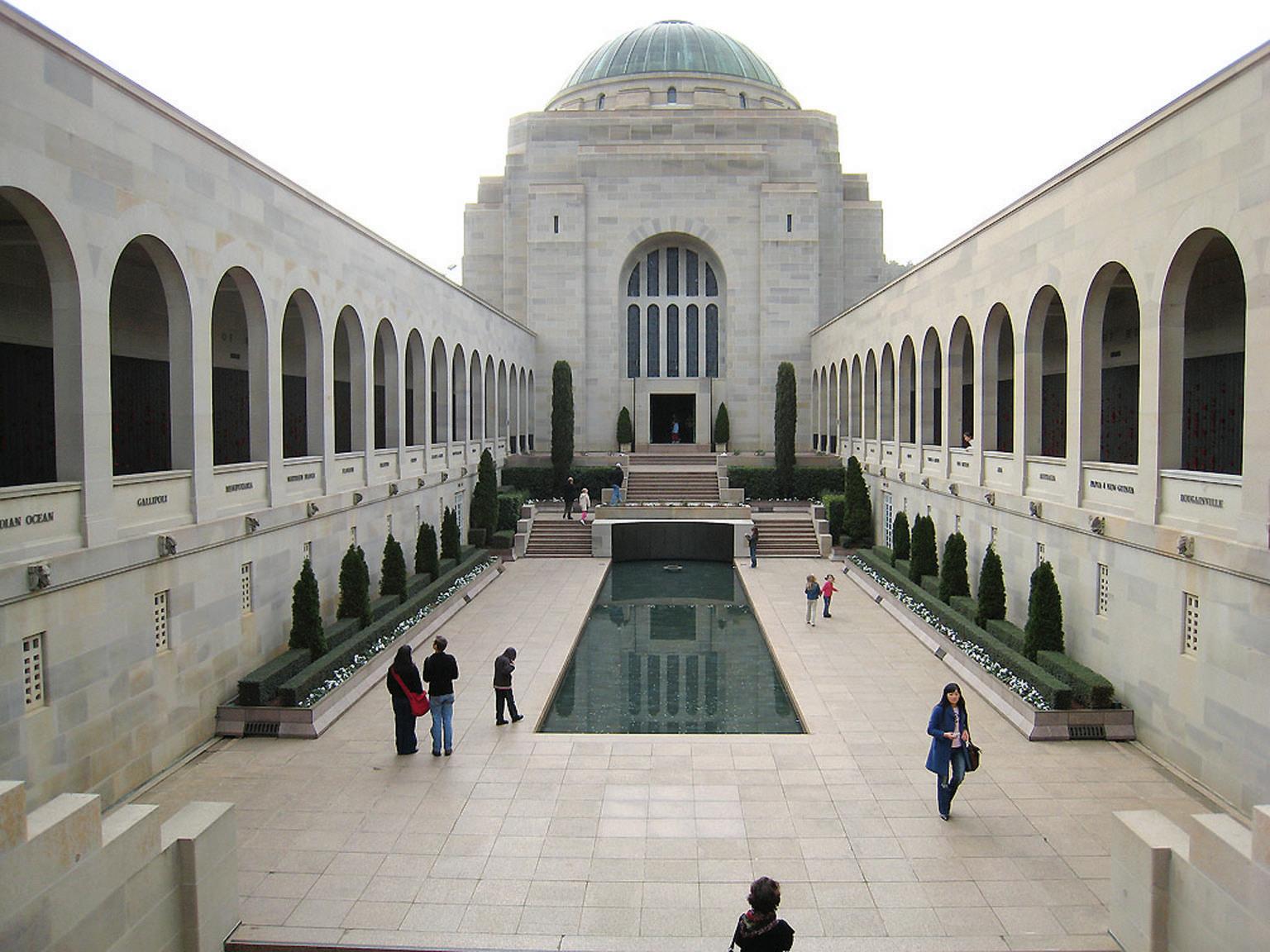
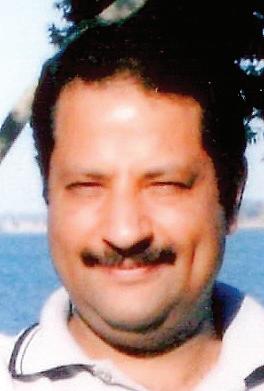
“It’s boiling hot here, I want a BLOODY drink. Yes, and I mean BLOODY!”
That was exactly what our Spanish chef Pedro said every summer afternoon in Delhi. We worked at the first Spanish restaurant in India, Las Meninas at The Park, New Delhi. The restaurant did very well in its time and also had the honour of hosting, among other dignitaries, King Juan Carlos of Spain.
The ‘bloody’ drink we drank was the Sangria, the perfect thirst quencher. We also sold litres of it everyday. Our summer average was 25 litres a day! Of course, Chef Pedro wouldn’t have any other than his own
authentic Spanish recipe - though he admitted that most regions in Spain would have a mildly different version!
The word Sangria is derived from ‘sangre’, Spanish for blood. ‘Sangria’ literally means ‘the bleeding’ to denote the blood red colour of the drink which derives its colour from red wine.
Sangria is a wine-based fruit punch with lemon and orange flavoured soda, juices of orange and lime, and garnished with diced oranges, lime, apples and maybe a few more seasonal fruits like peaches and pears.

Any other recipe is simply an adulterated variation of the original. Well, that is how Chef Pedro defined it. And the fact that King Juan Carlos polished off three glasses of our concoction probably gives it the royal approval.
The procedure we adopted to make Sangria was simple.
To make a litre:
Dice all fruits: 1 medium sized orange, 1 apple, 1 lime or lemon.
Put the fruits into a pitcher, add 500 ml red wine
Add 60 ml fresh lime juice and 100 ml fresh orange juice, mildly muddle the whole lot. Chill in the fridge overnight - this gives time for the wine to blend with the fruits. Before serving, add 150 ml each of orange and lemon flavoured soda and ice cubes Serve in a wine goblet.
“Ole!” Pedro would exclaim in delight with each sip in the sweltering Delhi summer heat.
Sangria is very refreshing and is a great summer favourite. In restaurants and bars popular with tourists, it is served by the litre in pitchers. Served straight out of a punchbowl using a large wooden ladle, it can be a talking point at the start of your party.
Always use a light, unoaked, dry and cheap red wine for your sangria. The dry wine lends the acidic spice to the punch. Light and unoaked, as we wouldn’t want any strong tannins, and cheap, since we wouldn’t want to waste expensive wine!
There are many variations of the Sangria. Most variations simply try to add their own zing to the concoction. Some recipes add brandy, vodka and sweeteners like simple syrup or cheap local triple sec. However, I believe any major variation (addition of other alcoholic ingredients) to the original Sangria recipe will simply make it ineffective as a thirst quencher.
There are two variations that I particularly like.
For a litre
Pour 500 ml of red wine into a pitcher
Add 75 grams of crushed, mixed nuts (almonds, cashewnuts) and raisins
Refrigerate overnight.
Before serving, add 60 ml of homemade spiced syrup, stir well.
Top up with 500 ml ginger ale.
Garnish with a sprinkle of dried fruits. YUM.
For spiced syrup: Boil and dissolve 1 cup sugar in 1 cup of water. Add 2 cinnamon sticks, 1 star anise, 1 vanilla pod. Cool and strain.
Use a light fruit forward white wine - cheap, young Australian or NZ chardonnay. Make as our original Sangria recipe. Add four crushed leaves of mint to the pitcher. This is less spicy due to the lack of tannins, and is lighter.
Tinto de Verano is another similar drink in Spain. This is half red wine and half lemonade, served chilled. Literally translated, Tinto is ‘red’ and ‘Verano’ is summer – which translates to ‘red wine of summer’.
Another popular drink Calimocho is red wine with cola.
A group of Spanish tourists this summer introduced me to another version. Sparkling rose wine with fresh orange juice, simple syrup, fruit dices, fresh mint and a drop of grenadine syrup. This was simply divine.
Whatever your variation of the Sangria, it will always make you say OLE !


members, all players, fans and friends of the club train together on Sunday morning from 7:30am at Phillips Park in Lurnea.
This soccer club has earned respectable status amongst the Indian community in Prestons and Casula suburbs, due to its support to social and religious causes. In March this year, Navua club organised a soccer tournament and donated the profit from the tournament to a Mandir at Lyn Parade.
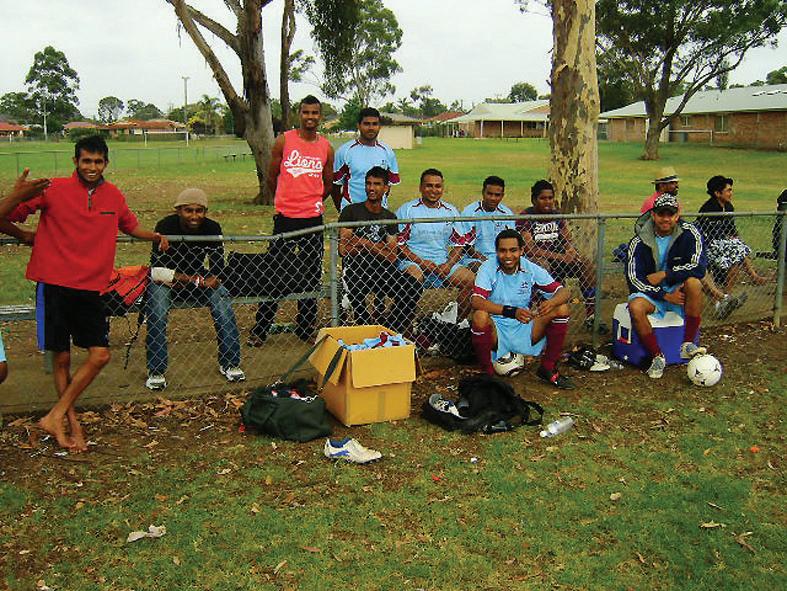
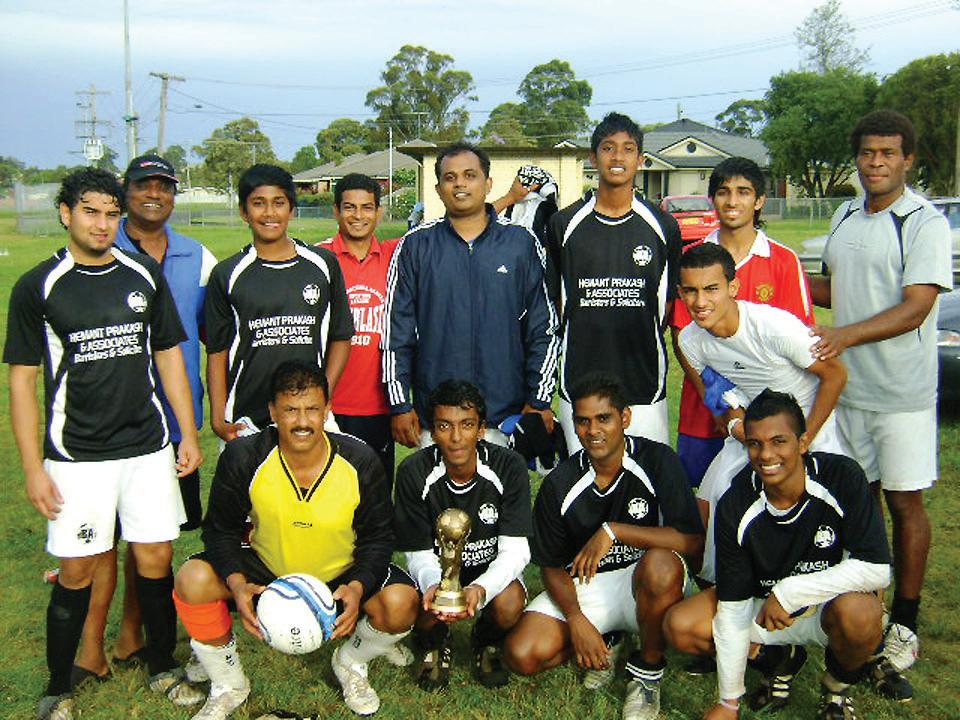
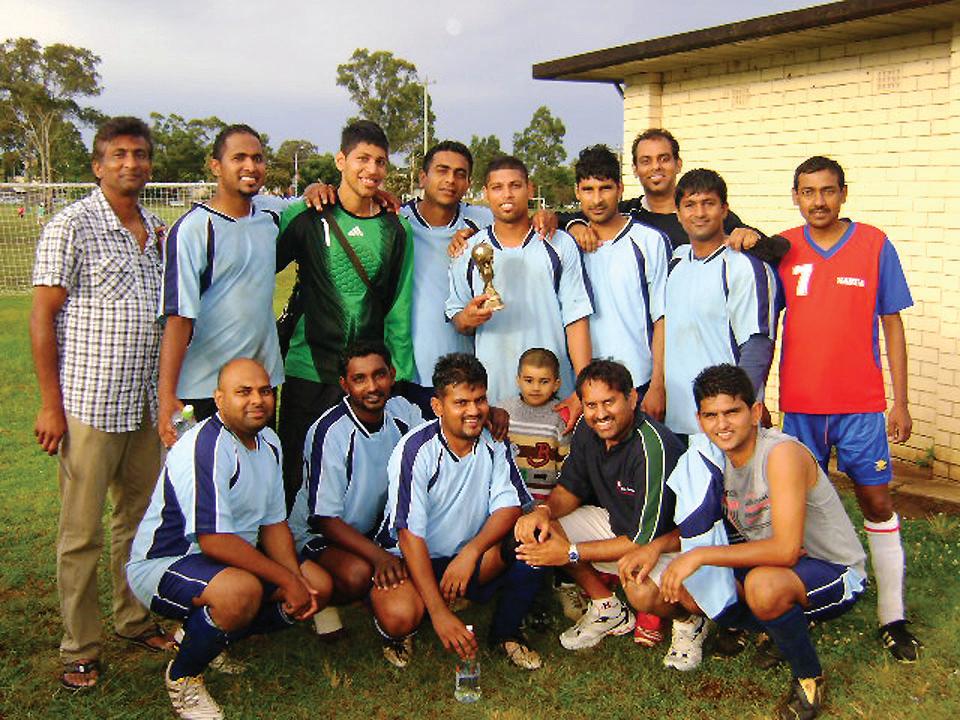
Top Goal-Scorer of the tournament with 8 goals.
Runners-Up Navua All-aged put up a strong fight all around, with key players being Prajesh, Navneet, Patrick and the captain, Raj.
It was community soccer at its best.
The tournament entitled Mini Battle of the Giants (BoG) was organised by the Navua Club (Prestons United Football), catering for local talent and development of young players. It included 6 teams, made up of players of all ages, from veteran soccer players (over 35s) to those as young as 13. Yet most of the participants were regular soccer players, which meant that the tournament was not purely a social event, but there was a reasonable level of competition.
Navua officials believe in promoting community soccer as an integral part of a community enrichment program. The purpose of the Mini BoG is to showcase soccer skills in the young players through organising competitions, and to provide other senior players a chance to officiate matches and improve their level of refereeing. As such, the club welcomes migrants of subcontinent-origin to participate in its future tournaments and family soccer carnivals.
The tournament is part of an increasing trend in the community that has seen sport take off like never before.
Navua itself started off as the Prestons United Football Club ten years ago, with a group of friends kicking the ball together on Sunday mornings in Lurnea for recreation and fitness. The regular Sunday morning ritual attracted other talented and often competitive players and resulted in a team good enough for community-level soccer tournaments. In 2007, the team that kicked around socially, had registered with Australian Sanatan Soccer Association. It is a family friendly club that in addition to soccer, promotes social and religious activities for all its members and organises an annual picnic day. To remain competitive and to ensure fitness amongst
While Navua may not be a high profile soccer team, it has strong moral standards and enjoys promoting peace, harmony and friendship on and off the field, which has been the reason for the steady growth in its numbers. It is a club that has its doors open for new members and players despite their skill or fitness level. The club believes in giving everyone a chance, while not all new players make it to its flagship team (All Age) or its Veterans team, the new players often end up playing in teams that the Navua club helped to establish.
Due to the large number of new players and new teams, Navua organised a “K-League” competition. This low fee based soccer competition takes place on the last Sunday of the month from August to March. “K-League” refers to Kaindia league (Fijian word for Indians).
The six teams in the K-League competition purely play for fun, fitness and friendship, and no specific glory. To ensure everyone enjoys social soccer, one of the main criteria for the competition is respect for each other and good social behaviour
The club’s President Kamlesh Prasad, an accountant by profession, ensures that any funds raised are used only for its intended purposes such as: buying sports equipment, paying tournament fees, insurances and soccer promotion. In its financial budget, the club allows for annual donations to temples and other charities.
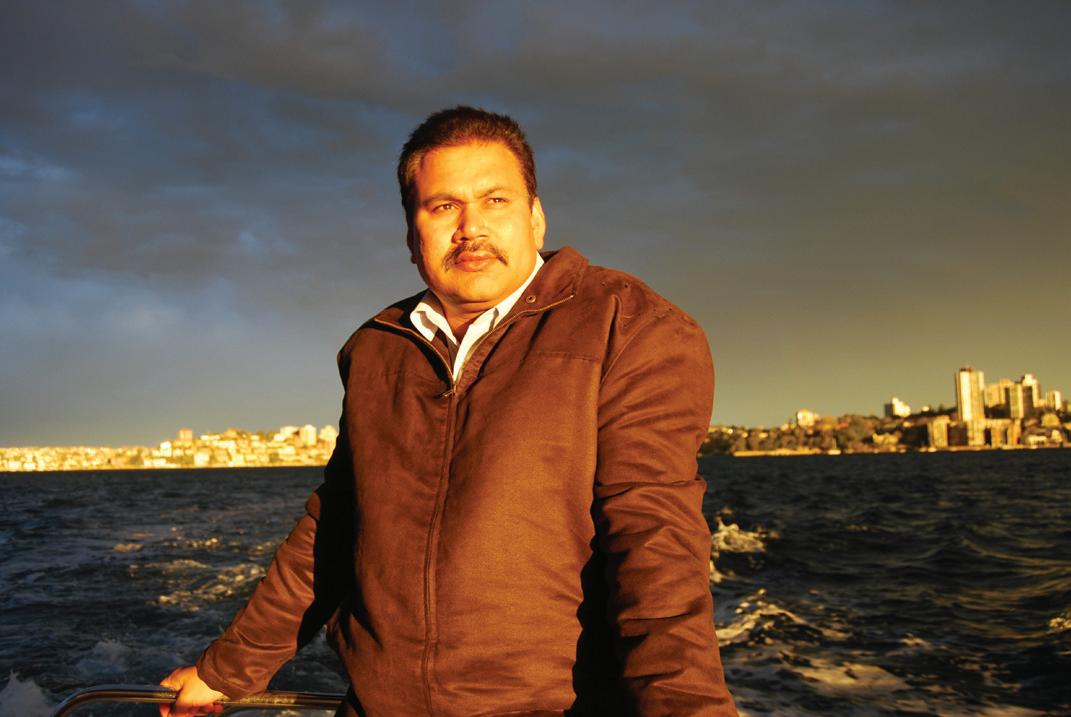
While there are some high profile teams that concentrate only on winning major tournaments and at any cost, Navua remains committed to local players and creating a community spirit around soccer.
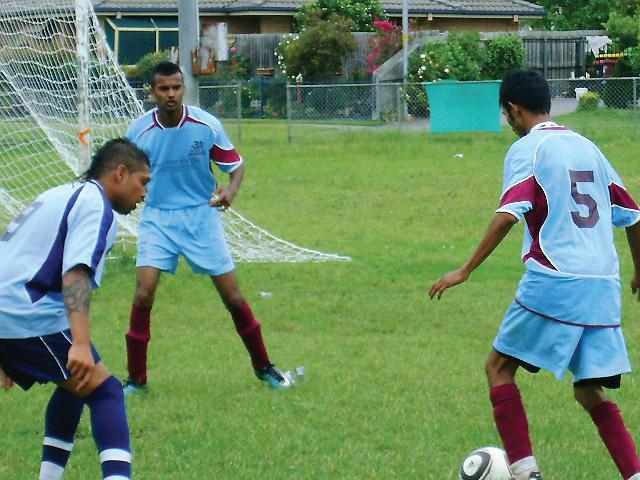
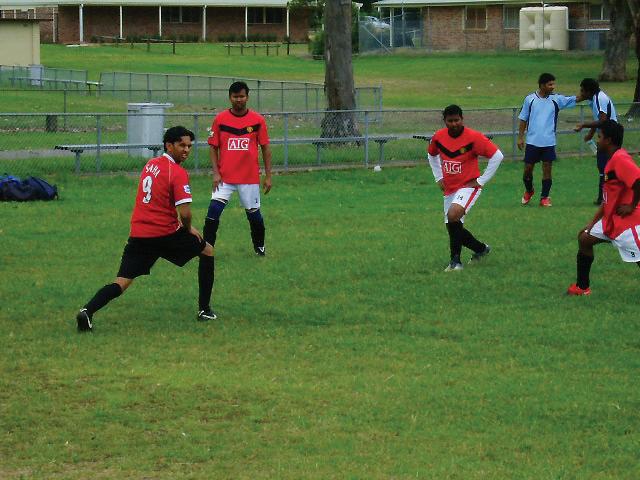
Navua has been winning the hearts of the Indian community around Liverpool, Casula and Prestons and its growing popularity proves that it is a true champion of the game.
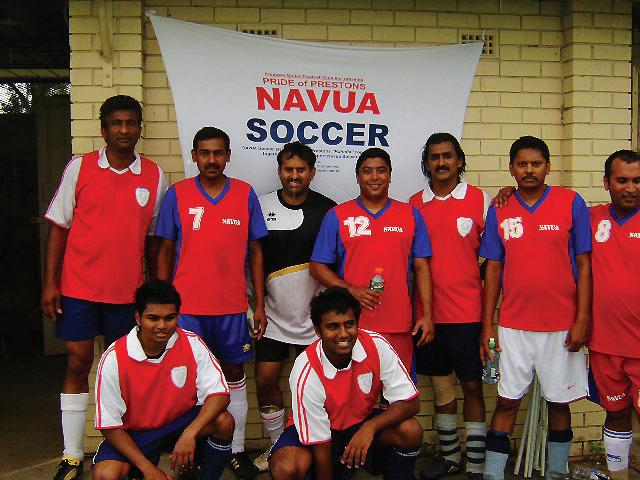
• The big toughies learn to play calmly and sensitively because of the much younger and/or much older players on the field;
• Younger players learn to play without whinging and bad sportsmanship because their older heroes would think of them as sissies;
• There are opportunities for retired people to renew their youth;
• It’s a great fun day out for the whole family
Community kids in the Parramatta region celebrated the end of the school year in a unique way when they came together on a sports field and challenged each other in a game of soccer. They were playing for the Indian Link Radio Cup organised by New Australian Sports Association. This effort will help in community-building, as the day was fuelled with fun as well as much needed, physical activity for children and their families across the subcontinent community.
The kids on the day were no short of passion for sports. This goes to show that a regular opportunity needs to be provided for them, and that parents must be guided. In the process the kids learn valuable lessons such as how to manage their behaviour in a positive manner and accept defeat without much fuss. Sport also teaches kids how to manage anxiety.
A total of 8 teams in two age categories competed in the 6-a side soccer tournament. Finals of the senior kids were played between Wenty Titans and Westmead Rabbits. The game was won by Westmead Rabbits by 3 goals to 1. The Westmead team was represented by Sonu, Shubhika, Rishab, Jimit, Smith and Vibhor. The Wenty Titans were represented by Sahil, Yash, Sanjay, Ayush and Devna (who won best female player). Sonu Singh was
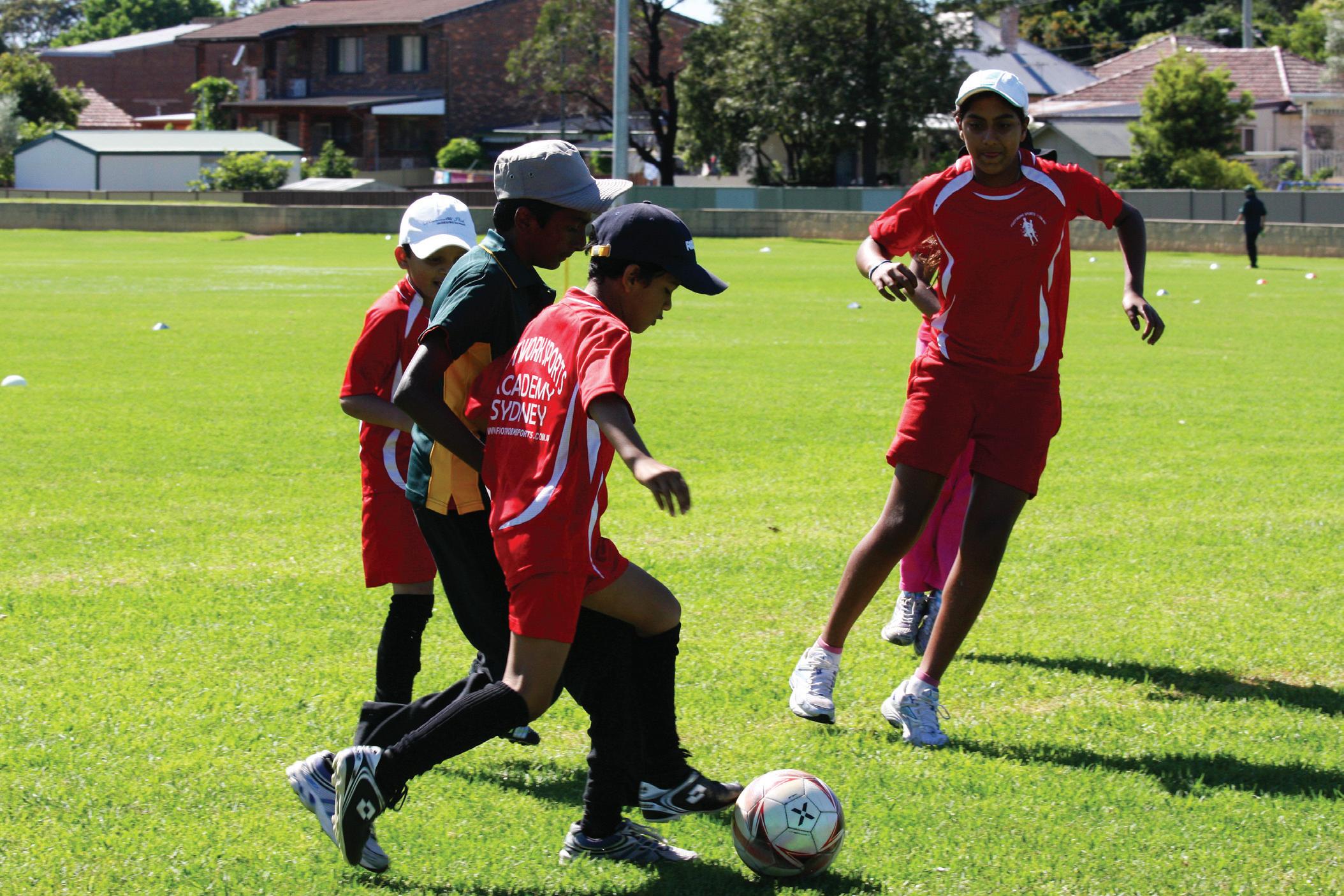
nominated as the best player in the boys’ category.

In the younger age category Parramatta Panthers and Blacktown Knights clashed for the title which was eventually won by Parramatta. Players namely Dave Sarang, Darsh, Aryan, Sudarshan, Poorav and Elizabeth played a great game in the finals, Dave Sarang scoring both the goals in the finals.
The Blacktown Knights team was represented by Gaurav, Aditya, Pratham, Khusi, Rohit and Kris. Gaurav scored the only goal for the Knights and shared the best player award with Darsh of Parramatta Panthers.
There were kids of different fitness levels and body shape, and as young as 4 years, having fun doing physical activity in a rare moment for many to play a tournament at this age. The day was different in many ways and one of the unique things which happened was the game was broadcast live on the net via Indian Link Radio.
Efforts of this nature will help the kids improve their physical and mental wellbeing. Families need to encourage their kids to play sports as this will also help in connecting young and new Australians in the community.
The parents who made some time on the day should be applauded for playing a vital
role in giving their child a healthy life style and also doing a service towards society. In today’s complex and technological world, the parents’ role is more significant than that of school teachers.

New Australian Sports Association along with Footwork Sports Academy and many other like-minded groups have come together to see the young generation engage and compete in some kind of sports which keeps them motivated.
Hopefully this will increase the parents’ motivation for their kids’ participation in future sports. Mr. Pawan Luthra of Indian
Link happily gave the awards to all the winners and runners up of the tournament. Every kid who participated also took home a special Christmas gift.
Final results
Senior Kids
Westmead Rabbits 3 Wenty Titans 0
Junior Kids
Parramatta Panther 2 Blacktown Knight 1
Sanjiv Dubey
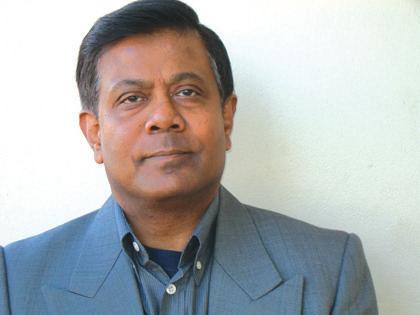
During World War II, when the Americans were drawing up the list of Japanese cities to be bombed, Kyoto was spared at the insistence of Henry L Stimson, Secretary of War. He had visited the city during his honeymoon and strongly felt it would be difficult, or rather impossible for mankind to rebuild a city like Kyoto, oozing with over 1200 years of history, much of it as Japan’s political and cultural capital.
As a result, Kyoto exists today as a glorious emblem of old Japan, gracefully basking beneath the sleek veneer of westernised modernity. Rife with several ancient temples, shrines, imperial palaces and traditional wooden homes, all engulfed by age old traditions and culture, this city of 1.5 million is unquestionably a premier travel destination. During a recent trip to Kyoto, I was completely
enraptured by the sheer number of things to see and do in this true gem of a destination. But temple-hopping lead the list for a first time visitor like myself.
I am not sure why Kyoto is not named “City of Shrines” when it houses over 2000 Buddhist temples, shrines and monasteries, 17 of which are UNESCO World Heritage sites. Obviously you cannot visit all of them; I sampled only few which are architecturally stunning and culturally significant.
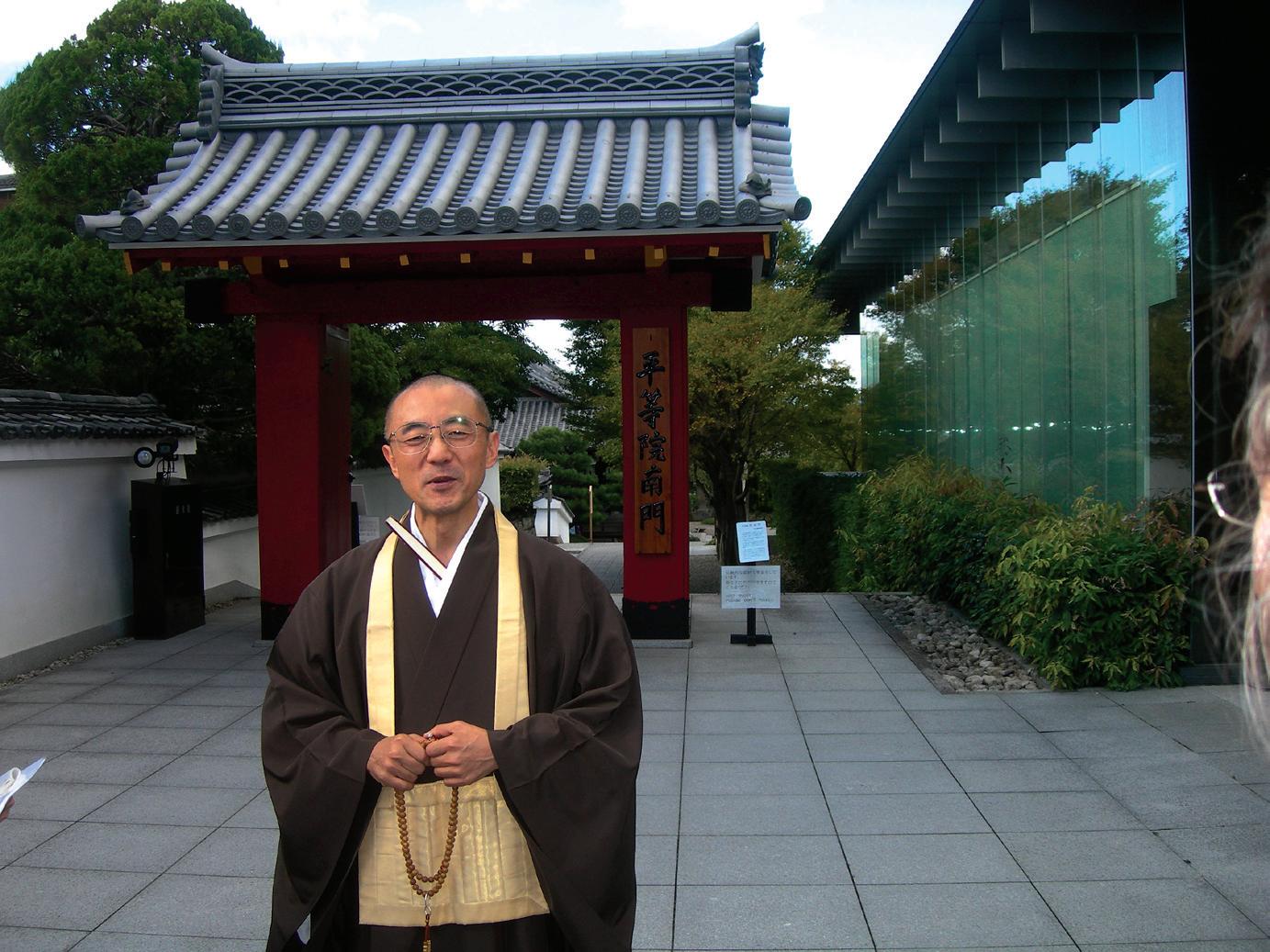
The first one was the 778 BC built Kiyomizu Temple, one of finalists in the run for the New Seven Wonders of the World in 2007. Dedicated to the goddesses of mercy and compassion, the extraordinary feature of this ancient monument is its large wooden veranda supported by 139 pillars, each 49 metres high, from where the view of the city is breathtaking.
local and tourists, all trying to freeze the views in their cameras, testified her statement.
I am not sure why Kyoto is not named “City of Shrines” when it houses over 2000 Buddhist temples, shrines and monasteries, 17 of which are UNESCO World Heritage sites.
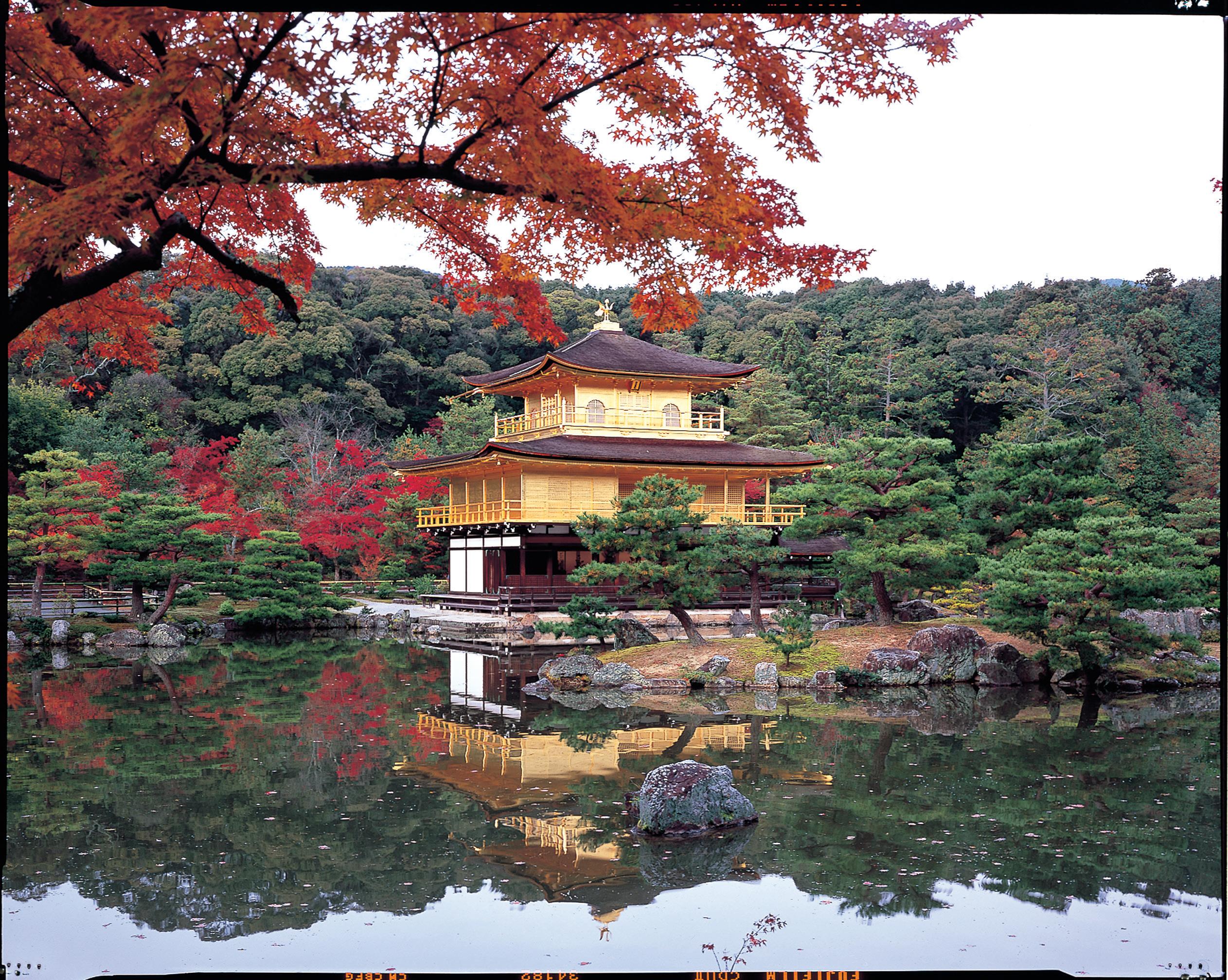
“It’s this million–yen view that has made Kiyomizu world famous,” said our guide and the large assembly of
The temple is located on a hilltop and its height has led to the common Japanese saying: “Jumping from the veranda of Kiyomizu temple”, meaning they are about to undertake something adventurous. However, someone attempting such a stunt was not noticeable. Rather I spotted a stream of visitors exploring the three-story pagoda and then descending down to drink fresh water from a spring; the temple’s name Kiyomizu means purewater, and originated from this source. Originally known as Heian-Kyo, Kyoto is laid out in a grid pattern borrowed from the Chinese with nine wide streets running east to west, beginning with Ichijo (First) street and ending with Kujo (Ninth) street, all of which intersected by broad avenues, bringing in mind the plan of Manhattan, but this was the only resemblance to
power to transport you back centuries
1. Kinkakuji -Temple of the Golden Pavilion

2. The monk at Byodoin Temple
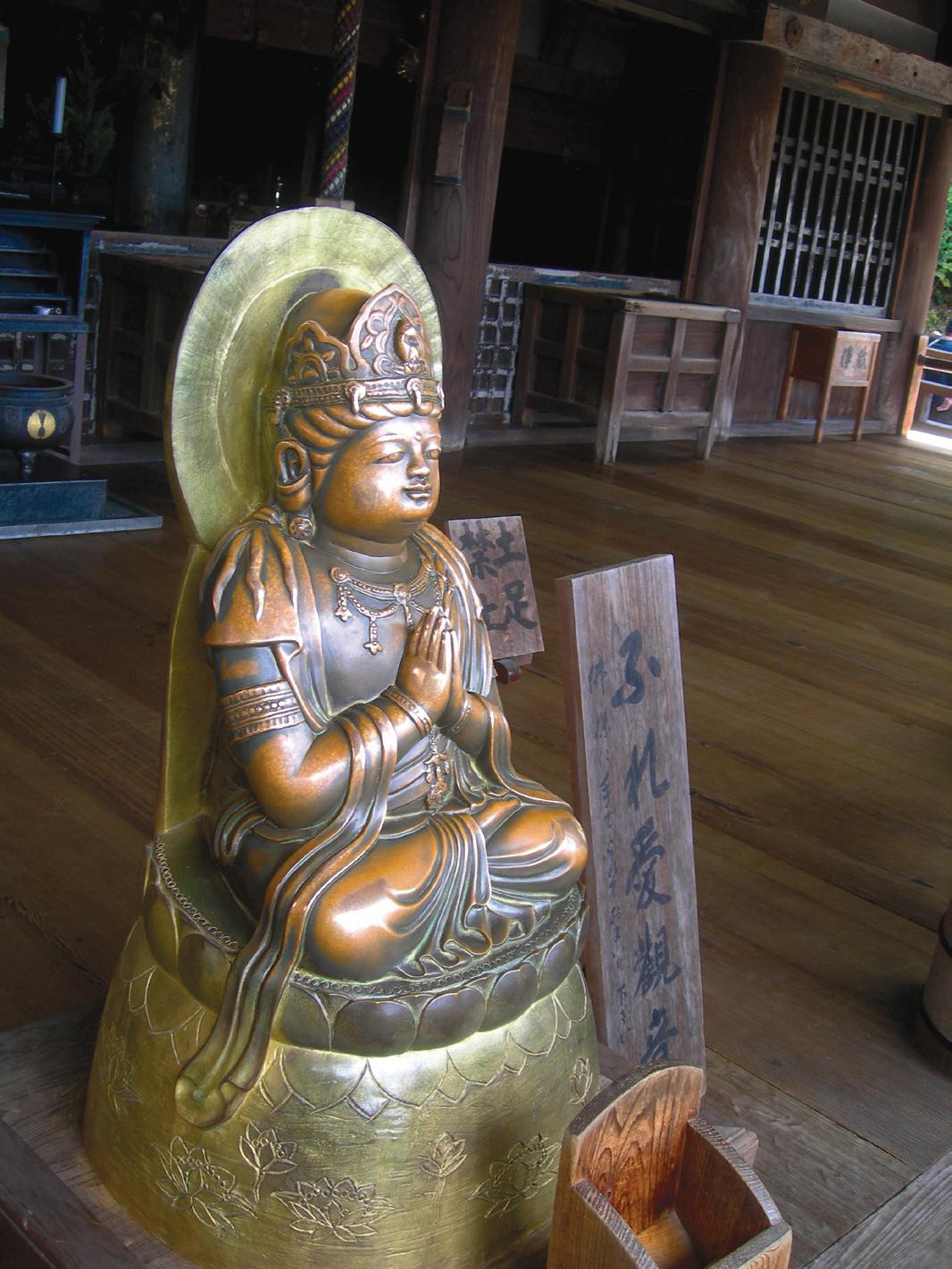

3. Temple Bell
4. Yasaka Shrine
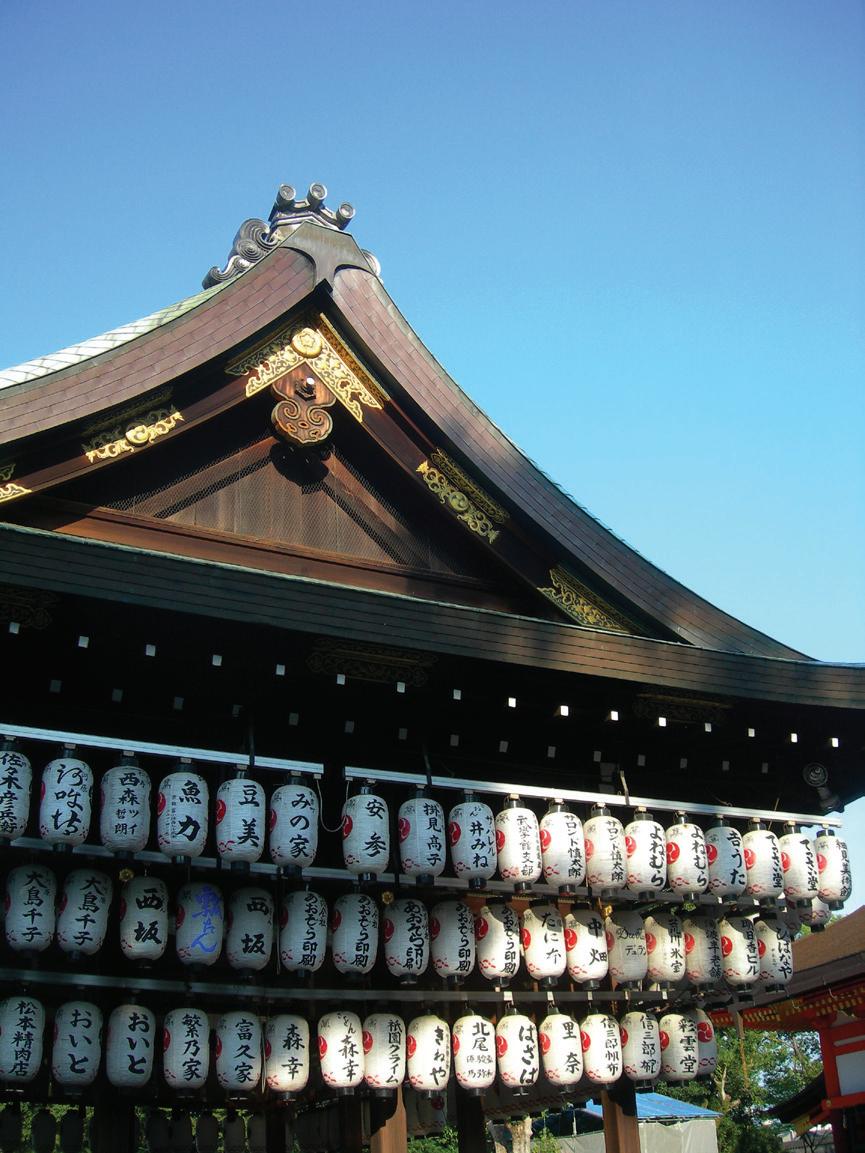
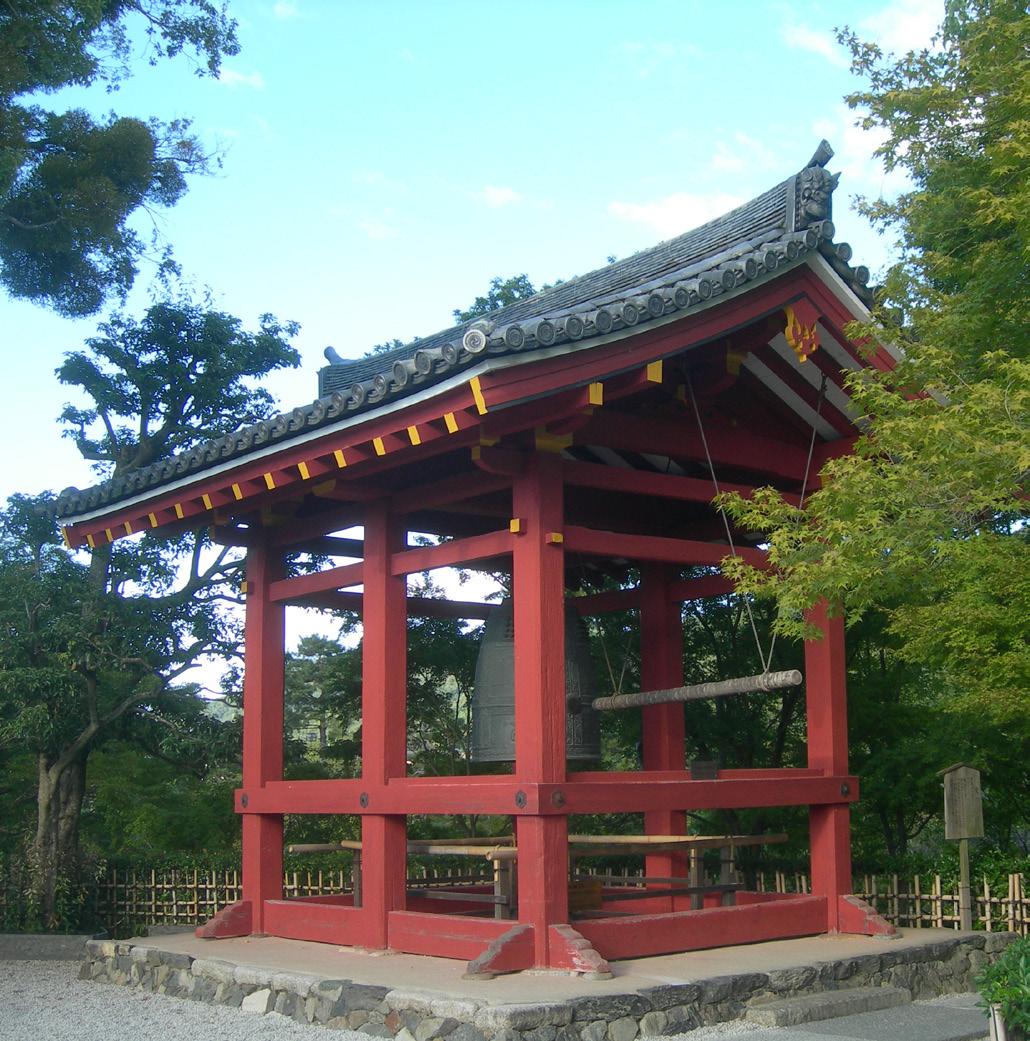
5. Maiko Performance

6. Kyoto backstreet
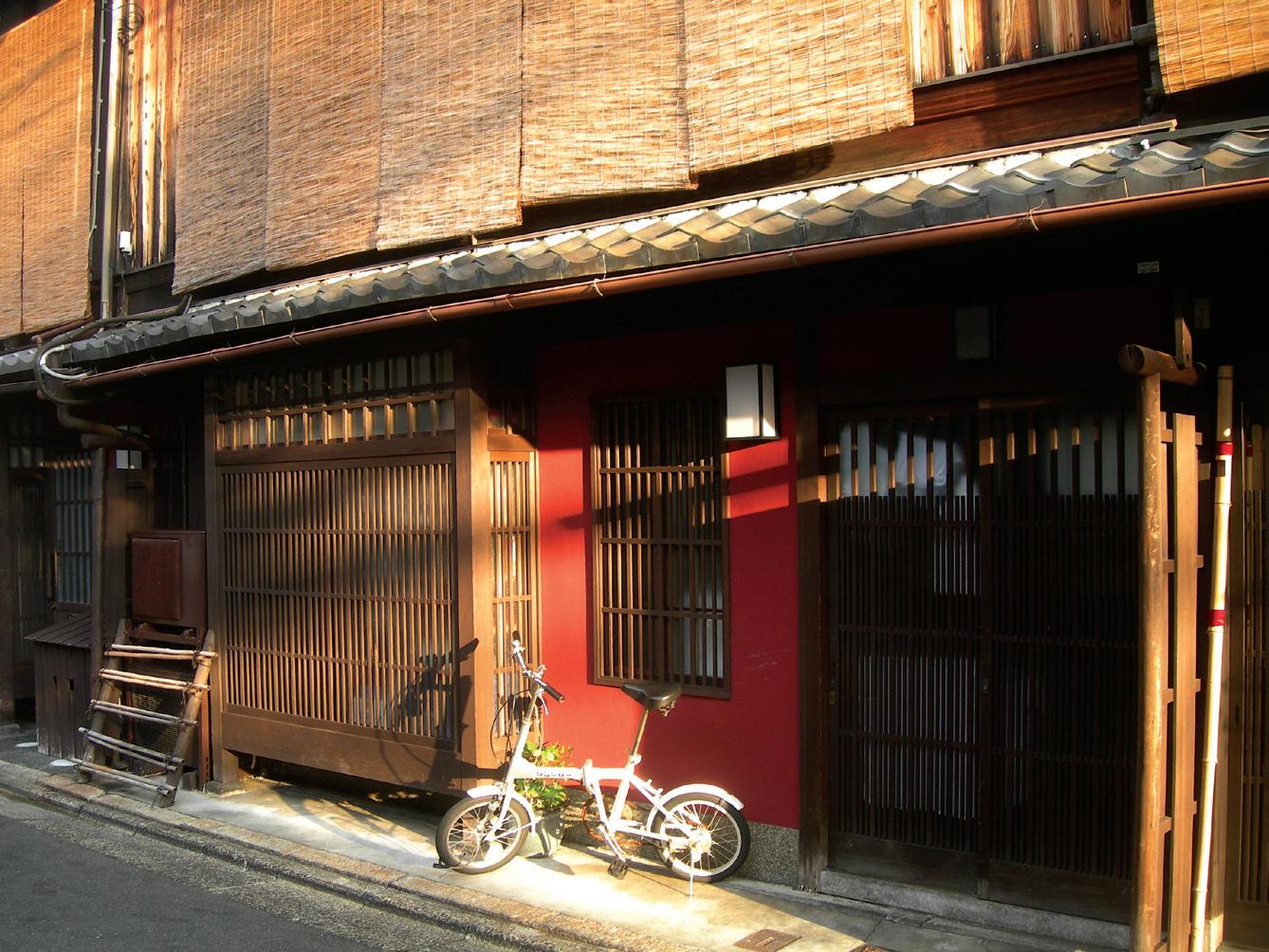
7. Master artisan Shuichi Nojiri
8. Syojin- Ryouri Meal
9. Temple god
the American metropolis.
architecture. The first floor, built with its natural wood pillars and white plaster walls represent imperial palace style, while the gilded second and third floor symbolise Samurai and Zen Buddhism designs.
We were lucky to be there on a clear day, as the pavilion shimmering against the blue sky with its reflections captured in the tranquil waters of a pond in front. The glare from the golden facade was so intense that on needed sunglasses to look at it. While enjoying such divine beauty, I gathered from our guide that in 1950 the original temple was burnt down by a disturbed Buddhist monk, and when reconstructed, golden leaves five times thicker than the original were used.
Kyoto’s enchantment lies in the preservation of old, gracious traditions while adapting to the demands of the new, and one example is keeping alive Syojin-Ryouri, a vegetarian feast, which is basically a monk’s meal. We tried that at the Tenryuji Temple, ranked as one of the most important Zen Buddhism shrine in Japan. The significant feature of the meal was the elegant harmony of six basic flavours - bitter, sour, sweet, salty, light and hot. The presentation of the items - soup, rice, vegetables, pickles and tofu were arranged with such artistic care that when served on a lacquered tray in bowls, it assaulted our vision with splash of colours - white, red, yellow, black and green.
You may have heard about the Japanese tea ceremony, which is an old practice that involves the preparation and presentation of green tea. Influenced by Zen Buddhism, the tea is prepared by a skilled practitioner and served to a small group of guests sitting on the floor in a tatami lined room. I was lucky to be a part of that ritual at the Taiho-An tea ceremony house, set against the backdrop of Byodoin Temple, famous nationwide for its Phoenix Hall, whose three wings creates the image of the fabled Chinese bird, the phoenix.
The city’s enduring charms are not limited in its townscape and etiquettes; there are lots of other attractions that enthuse visitors. One can enjoy the tranquillity and peace in gardens surrounding the Imperial Palace; watch expert craftsmen weaving artistic kimonos in factories located in the Nishjin district ; browse through shops selling range of local merchandise at the Nishiki-Koji market; taste some wonderful sake wine, the nation’s signature alcoholic beverage made from rice, at a century old brewery; ride on the Sagano romantic train for a spectacular view of the Hozu river; stay a night at a ryokan, a traditional inn; meet geisha girls and their apprentices called maikos at a tea house and after dark, get lost in the charming alleyway of Pontocho. And these are just a few of them…
I enjoyed capturing bits of old Japan while scaling the ancient imperial city through its narrow backstreets, flanked on both sides by machiya townhouses, where time appears to have stopped. You may spot an old woman in a kimono bent over her couple of bonsais just outside the door, a man inside an open fronted shop stitching a tatami or a white faced and red lipped maiko rushing to her first appointment.
Fly Japan Airlines (www.au.jal.com), via Tokyo to Osaka from where Kyoto is one hour by road. Alternatively take the Shinkansen (Bullet Train) from Tokyo to Kyoto (2.5 Hours).
STAY
Kyoto’s enchantment lies in the preservation of old, gracious traditions while adapting to the demands of the new, and one example is keeping alive SyojinRyouri, a vegetarian feast, which is basically a monk’s meal.
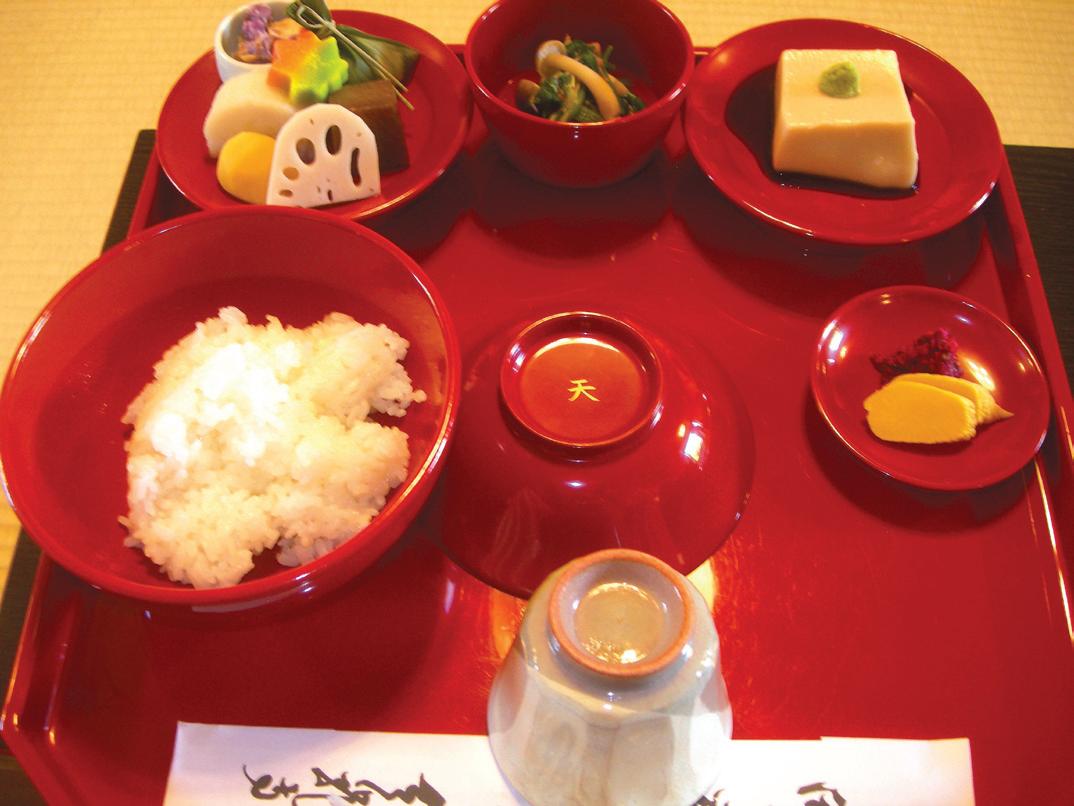
Meandering through the traffic we reached our next destination, the Kinkakuji Temple, commonly known as the Temple of Golden Pavilion. Originally built around 1390AD as the retirement villa for Shogun, Ashikaga Yoshimitsu, it features a threestory pavilion wrapped with golden leaves. A golden phoenix at the roof displays the shameless lifestyle of the shoguns at a time when the rest of the country was suffering from poverty and disasters. Each floor represents a different style of
Kyoto Hotel Okura (www.okura.kyotohotel.co.jp) , a 17-story hotel, conveniently located in the heart of the city EAT Gion Hatanaki Ryokan (www.thehatanaka.co.jp) for seasonal Kyoto cuisine with Maiko/Geisha dance performance or Gion Okumara (www.restaurant-okumara.com) for Kyoto ‘kaiseki’ style of French cuisine and confections, or Ashoka Indian Restaurant (www.ashoka-jp. com) if desperate for tandoori and curries.
MEET
Expert Kimono artist Shuichi Nojiri at the factory of Watabun Co Ltd in the Nishijin district, and sample some extraordinary craftsmanship on textile.

VISIT
Tanzan Shuzo Brewery (wwww.tanzan.co.jp) at Kameoka to experience how quality sake wine is produced and buy a few after tasting some of the varieties.
VISA
Australian nationals get 90 day visa, free of charge, on arrival. Others contact the Japanese Embassy in Canberra for information (www. au.emb.japan.go.jp)
CURRENCY AND EXCHANGE RATE
Japanese Yen, 1AUD= 70 Yen

 BY PETRA O’NEILL
BY PETRA O’NEILL
“You will feel 20 years younger,” he exclaimed, “And you will be happier too! You must! Tell yourself this; you deserve it! You are special! Have you not worked hard all your life? If you do not do it, madam, you will regret it.”

I never did buy that hand cream, made from whatever miracle substance is found at the bottom of the Dead Sea, but weeks later, the message from that persistent salesman in a popular shopping mall resonated within me.
Bound for Singapore from Penang in Malaysia, I was considering my options on how best to arrive there. Plane, bus, train… all were possibilities, but wait! I had a flashback to three years ago. It was while waiting to catch a train to Penang on the platform at Keppel Road Railway Station in Singapore that I noticed a procession of very well dressed people striding by, immaculate even, in pressed crisp linens. They walked determinedly, with a superior air, chests puffed and chins high, to board what is one of the most beautiful sights I have ever seen: the legendary Eastern & Oriental Express train bound for Bangkok!
Was I special? Absolutely! Did I deserve it? A resounding yes! I googled the website to find that the three-night leisurely journey from Bangkok to Singapore traipses down through Thailand and the Malay peninsula with specific stops, including Penang along the way. It was expensive to be sure. Still, I sheepishly inquired if it would be possible to savour the experience of this most wondrous journey.
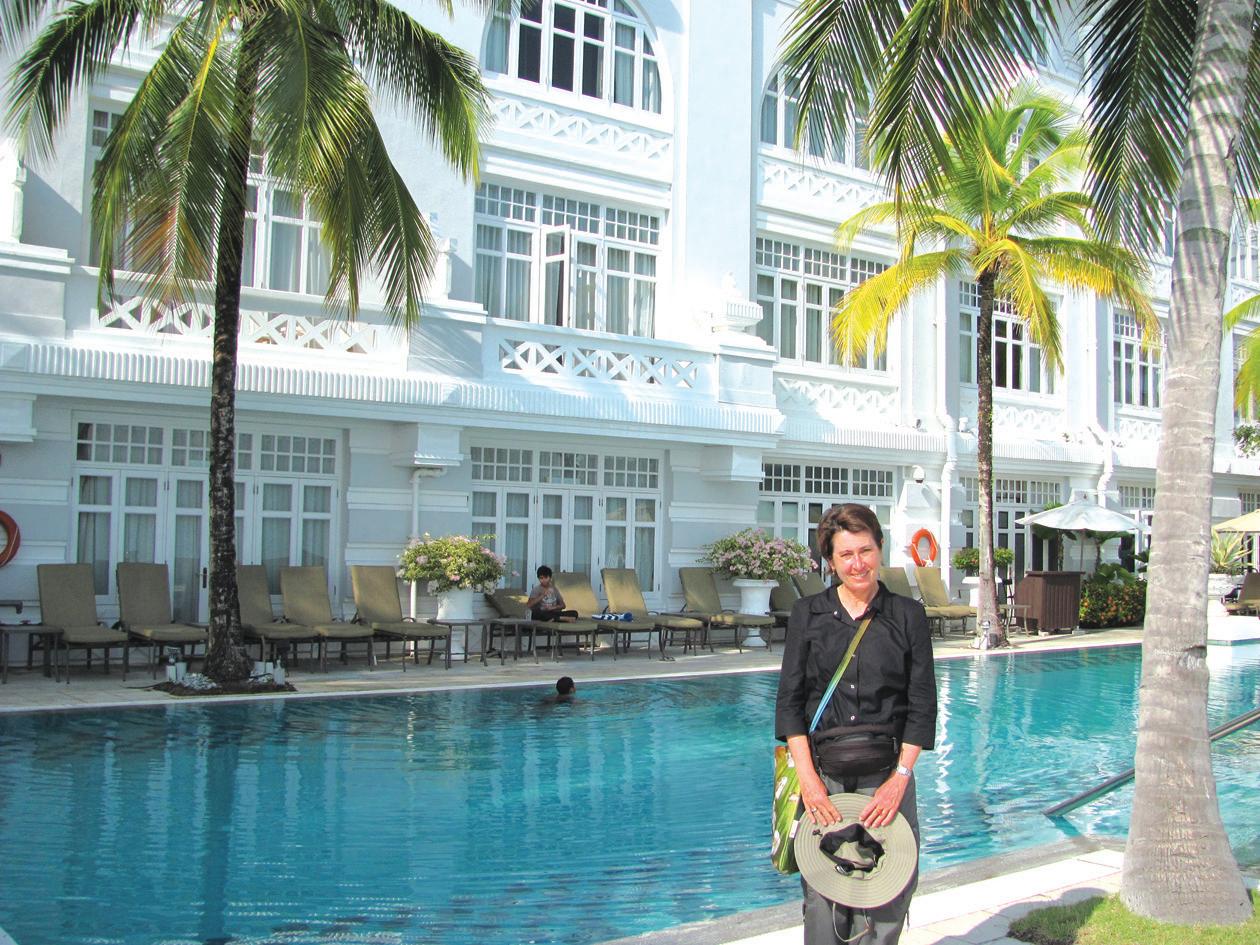
Unfortunately not, all the cabins were full! While the journey southbound commences in Bangkok, to my good luck, the unusual happened. A guest had to leave the train in Penang. This suited me perfectly and so it came to be that I experienced one night onboard the Eastern & Oriental Express. This train makes the historic journey in the same tradition as its more exotic sister, the Venice Simplon-Orient-Express.
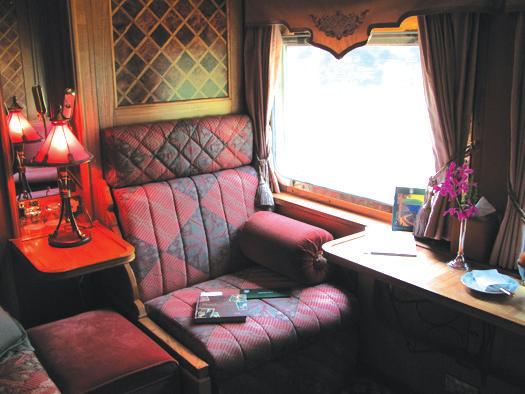

After three weeks of travelling, I failed miserably to achieve that immaculate look. My crumpled pants
of South East Asia, and my hat had gone quite floppy. While waiting at the Khoo Kongsi clan temple in Penang for the passengers to arrive, I got chatting to the trishaw drivers, and their captain, Ben. He showed me an adjoining clan house with a secret tunnel. The men were once notorious triad gangsters, he said, and had built a tunnel to access Khoo Kongsi. While I remain unsure of the historical accuracy, it was an interesting tale.
My fellow passengers arrived and we set off on a leisurely trishaw tour around the narrow World Heritage listed historic streets, a fusion of different communities, including Chinese, Indonesians, Indians, Armenians, Burmese and Malay. We cruised past temples, mosques and churches, cafes, guesthouses, restaurants and the shop houses of Little India, displaying colourful saris and spices for sale. We eventually arrived at the Eastern & Oriental Hotel, one of the grandest hotels in Asia built by the Sarkie Brothers, who also built the Strand and Raffles Hotels. Here we enjoyed a Pims by the poolside, before rejoining the train.
Welcomed by the Train Manager, Evelyn Kocsis and the wonderful crew who possess that very rare quality of making you feel as though they enjoy taking care of you, I was escorted to my cabin. As soon as I stepped inside, I was greeted by the scent of fresh flowers. The cabins are beautiful, with silk and damask furnishings, cherry wood and elm panelling, with German crystal glasses, a slender purple and white orchid in a silver vase, Bvlgari toiletries and a wide window to watch the passing scenery. Within minutes, afternoon tea was served. A delicious stillwarm apple crumble tart, a walnut slice and the finest loose leaf tea.
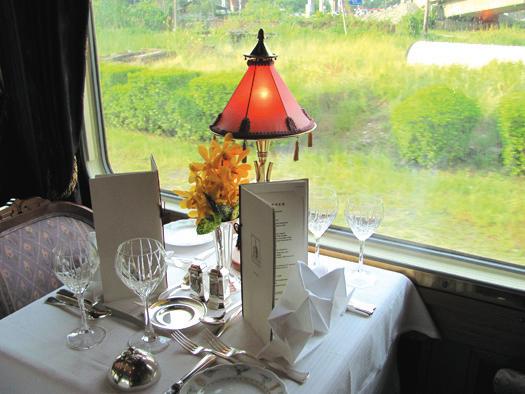

The train departed. I walked along the corridors to the Observation Car to see the jungle that was so close, one can touch it, and indeed, a few leaves brushed past my outstretched hand. As the jungle slipped by, bells clanged and stations faded. There is no journey experience that can compare to having this connection with the smells, sounds, colours, scenery and people who smile and wave as the train rolls on by Much of the railway line between Penang and Kuala Lumpur runs through the Malaysian state of Perak. The train passed through lush and varied tropical scenery, past the towns of Kuala Kangsar and Taiping, made wealthy by tinmining and the stunning Bukit Merah Lake, rubber and palm oil plantations. The Perak landscape is broken by dramatic limestone outcrops penetrated by caves, with Chinese and Indian temples built into their cliffs. As the sun began to set, I realised I only had ten minutes left to
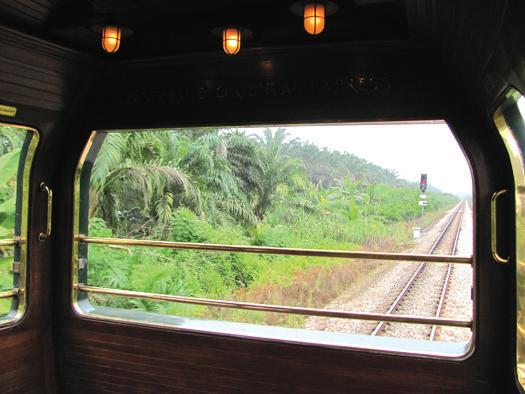
A journey on board a legendary Eastern and Oriental Express train is one to be truly savoured, as it still retains its resplendent historic glory
There is a lounge and bar car where nightly entertainment is provided, and which becomes the social hub of the train
3

1. Enjoying a Pims poolside at the Eastern & Oriental Hotel, Penang

2. Khoo Khongsi clan temple in Penang

3. Lanterns on show in Chinatown, Singapore
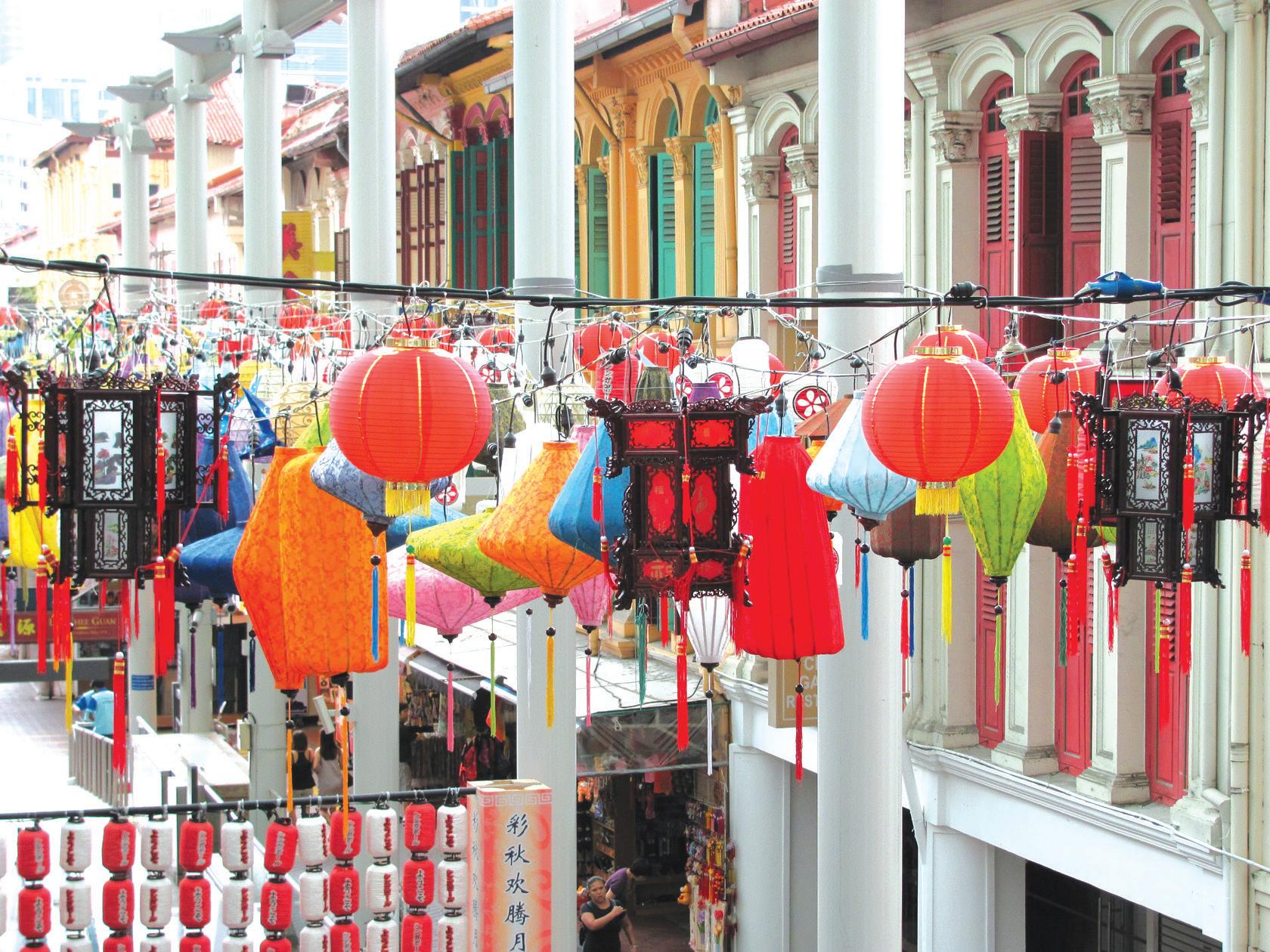
4. Onboard the Eastern & Oriental Express: The luxurious Dining Car

5. My beautifully appointed cabin
6. The Observation Car, with the jungle so close you can touch it
7. Dining car
8. Heading down the corridors towards the Observation Car

9. Saying goodbye
10. Trishaw driver, Penang
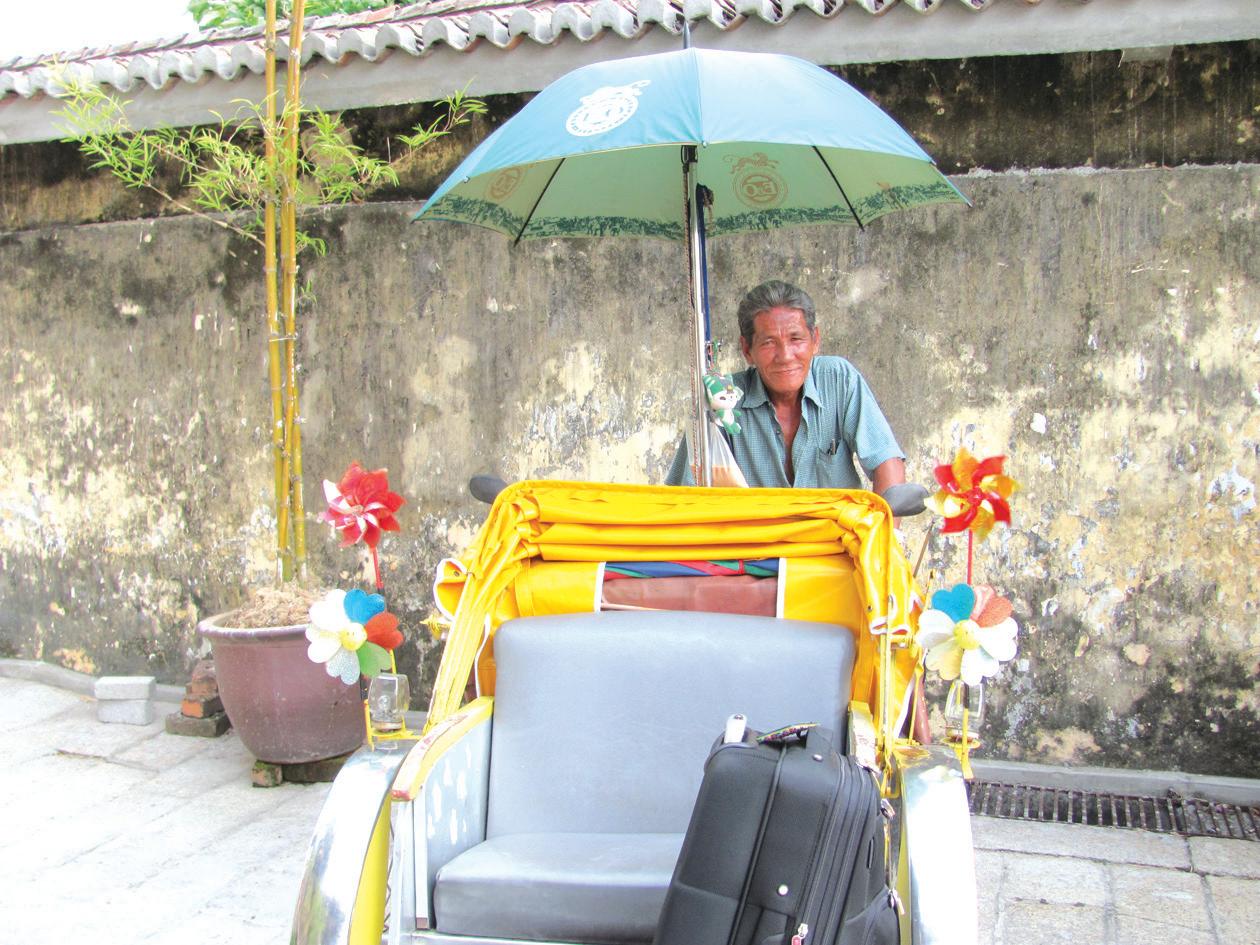
I was seated with two Germans, Wolfgang and Gunter, who discussed at great length, each course as it was served. The gazpacho entree, a vegetable soup, a Rendang curry. All the courses were wonderful.
What wine would I like? (All the staff knew me by name, no mean feat, as I’d just joined the train).
Please, could I have a Tiger beer? Certainly.
Perhaps beer would be better suited to the bar car, said Gunter, splendidly dressed in a silk bow tie and black velvet suit.
Did I want a lychee mousse, accompanied by fresh clotted cream for dessert?
Please, could I have a banana? The Germans sighed in unison. I had blundered badly and excused myself. I continued to explore the train. The library was well stocked with books on travel, history, architecture, art and design and lots of magazines. There is a lounge and bar car where nightly entertainment is provided, and which becomes the social hub of the train. There are three dining cars, lavishly decorated. As we passed through Kuala Lumpur with the Petronas Twin Towers lit up, I was already sound asleep.
The next morning, when I found out that the train was running an hour behind schedule, I rejoiced, for it meant another trip to the Observation Car to watch life go by. The Eastern & Oriental Express evokes the great age of luxury train travel and provides possibly the best journey experience you could ever have. Is it worth it? You bet!
Malaysia Airlines www.malaysiaairlines.com , Singapore Airlines www.singaporeair.com , Qantas www.qantas.com and Thai Airways International at www.thaiairways.com have direct or connecting flights to Kuala Lumpur, Singapore and Bangkok from Australia, and onwards to India.
You can combine your journey on the Eastern & Oriental Express with both pre and post accommodation in opulent surroundings at
South East Asia in greater depth. For those who can afford
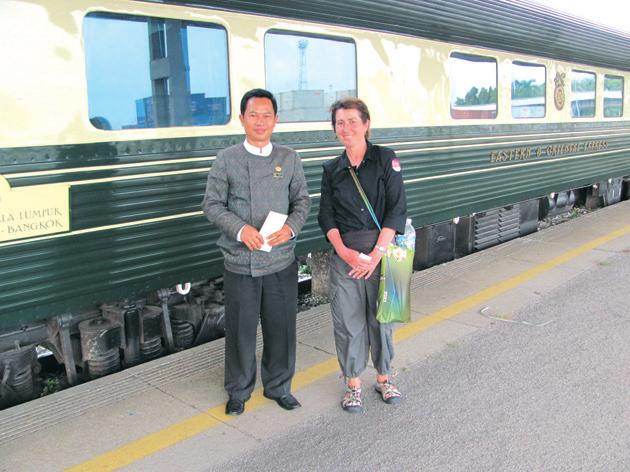

Tandoori Chef, Wait Staff & Kitchen Hand required for 7 nights a week in a busy Indian restaurant. Experience essential.




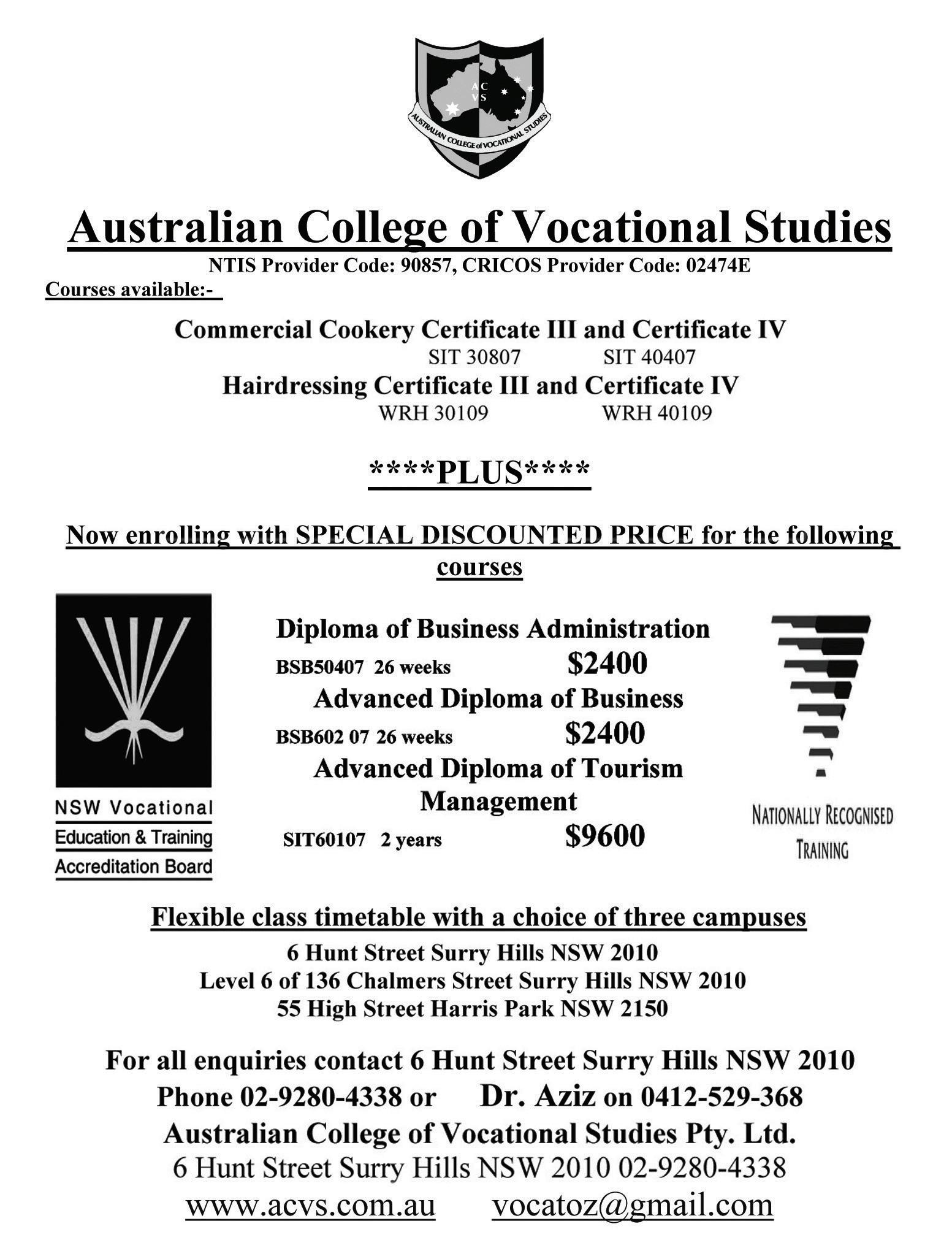

ABHILASHA SENGUPTA brings us up-to-date on what’s hot and happening in Bollywood

This Parsi actress took a hiatus from films for family reasons, but is back this month, this time on the stage with a sell-out play
(Find the answer under Caption Contest)
Remember Abhay Deol’s salsa in Aisha , scorching the screen with Sonam Kapoor and Lisa Heyden? Kangana Ranaut and Hrithik Roshan’s sensuous salsa in Kites?
Aishwarya Rai’s flamenco in Guzaarish ?
Bollywood was completely smitten by salsa, latino and tango this year.
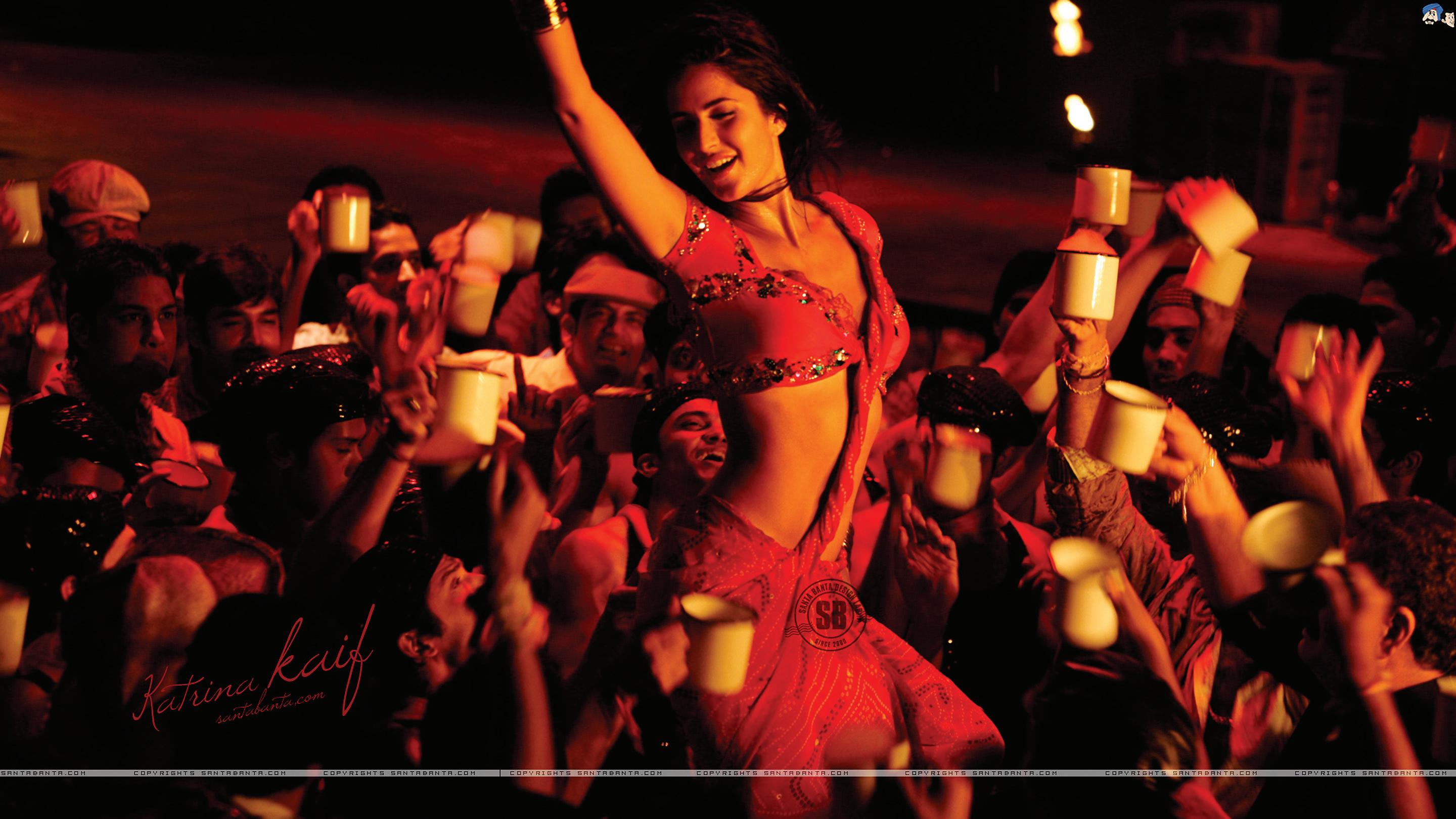
The new lot of choreographers are not shying away from trying new dance forms in Hindi movies, but it was Shiamak Davar who introduced jazzinfused contemporary dance with Shah Rukh Khan-Madhuri Dixit-Kareena
Kapoor starrer Dil Toh Pagal Hai , about a
dance-drama troupe. We saw beautifully choreographed jazz in Dhoom (2004), followed by locking-and-popping in Lakshya (2004), contemporary in Naach (2004), salsa in Honeymoon Travels (2007), and Bollywood-style Broadway in Aaja Nachle (2007).
With the forthcoming films the trend will continue. Watch out for Priyanka Chopra’s tango in Saat Khoon Maaf and Ajay Devgn’s salsa in Dil To Bachcha Hai Ji.
Will Peepli Live make it to the final Oscar nomination list? It’s a bit early to start
the debate, but the dark comedy about corruption and famers’ suicides stands a chance, feel experts, who say it is an accomplished film.
Aamir Khan’s production venture is India’s official entry for the Academy awards in the foreign film category for which the nomination list will be announced Jan 25 next year.
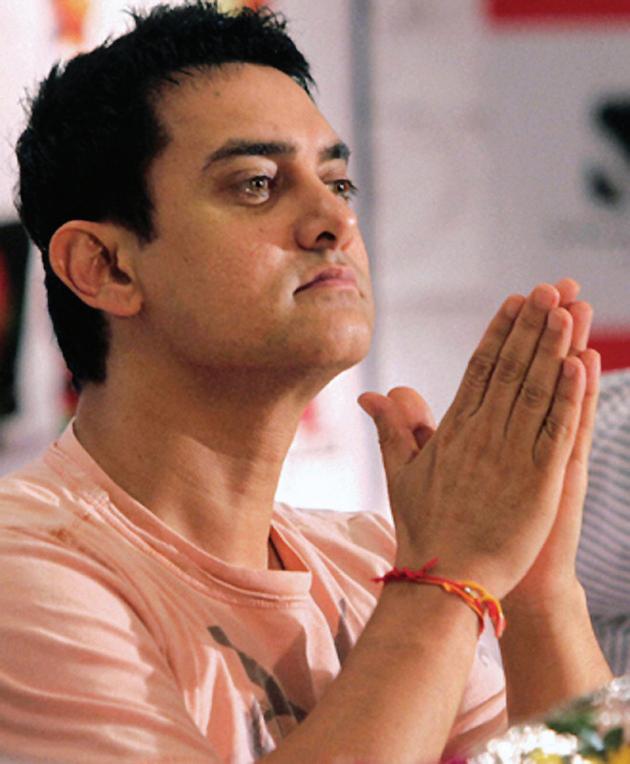
Indian poverty was exploited to the hilt at the 2009 Oscars with director Danny Boyle going to the extremes in showing the miseries of the marginalised in Slumdog Millionaire documentary filmmaker Megan Mylan in Smile Pinky
“The nomination depends as much on luck as excellence in cinema, and there is no denying the fact that it is world cinema. See, for them (the academy jury) the movie has to be culturally rooted in that country. It is not that they are fascinated by or sympathise with Indian poverty,” film critic Anupama Chopra said.

Peepli Live was one of the few films that hit the jackpot. Made at a shoestring budget of Rs.7 crore sans stars and glamour, the satire grossed Rs.28 crore at the box office.
Journalist-turned-director Anusha Rizvi combined the power of pen and camera to highlight issues like corruption and farmers’ suicides and managed to impress both the classes and the masses with her black comedy.
Film veteran Utpal Borpujari says the Oscar nomination will depend on what kind of films are coming from
Independence rural India, it was about a bunch of poor villagers trying to get tax exemption from the British government by winning a cricket
Unfortunately, none of them could win the coveted golden
Dharmendra had a moment at the music release function of his forthcoming comedy when Bollywood megastar Amitabh Bachchan made a grand entry.
“I wanted my Jai (Amitabh’s character’s name in Sholay ) to come for the music release and I am glad that he has,” Dharam, who recently turned 75, said while welcoming Amitabh.
Amitabh, who released the album along with Dharmendra, congratulated the actor and wished him 75 more years.
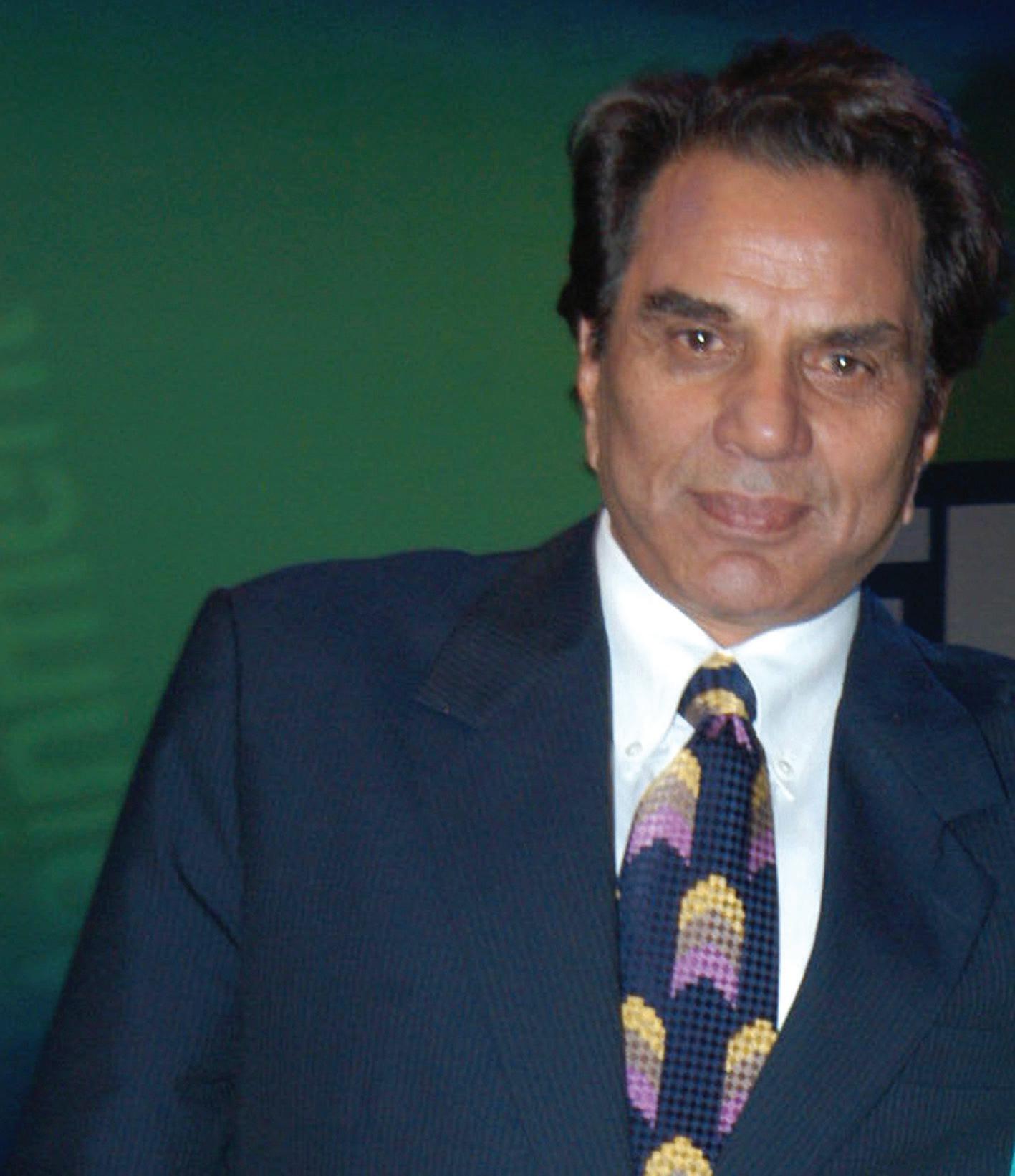
Sunny Deol spoke of the film as a tribute to his dad’s 50th year in the industry.
Scheduled for a Jan 14 release, Yamla Pagla Deewana is about an NRI living in Canada, who finds out that he has a father and brother in India and sets out on a journey to find them. The film has been directed by Samir Karnik.
So, will Garam Dharam sizzle like he did in Sholay or will he be in his Papaji avatar ? Let’s wait and see…
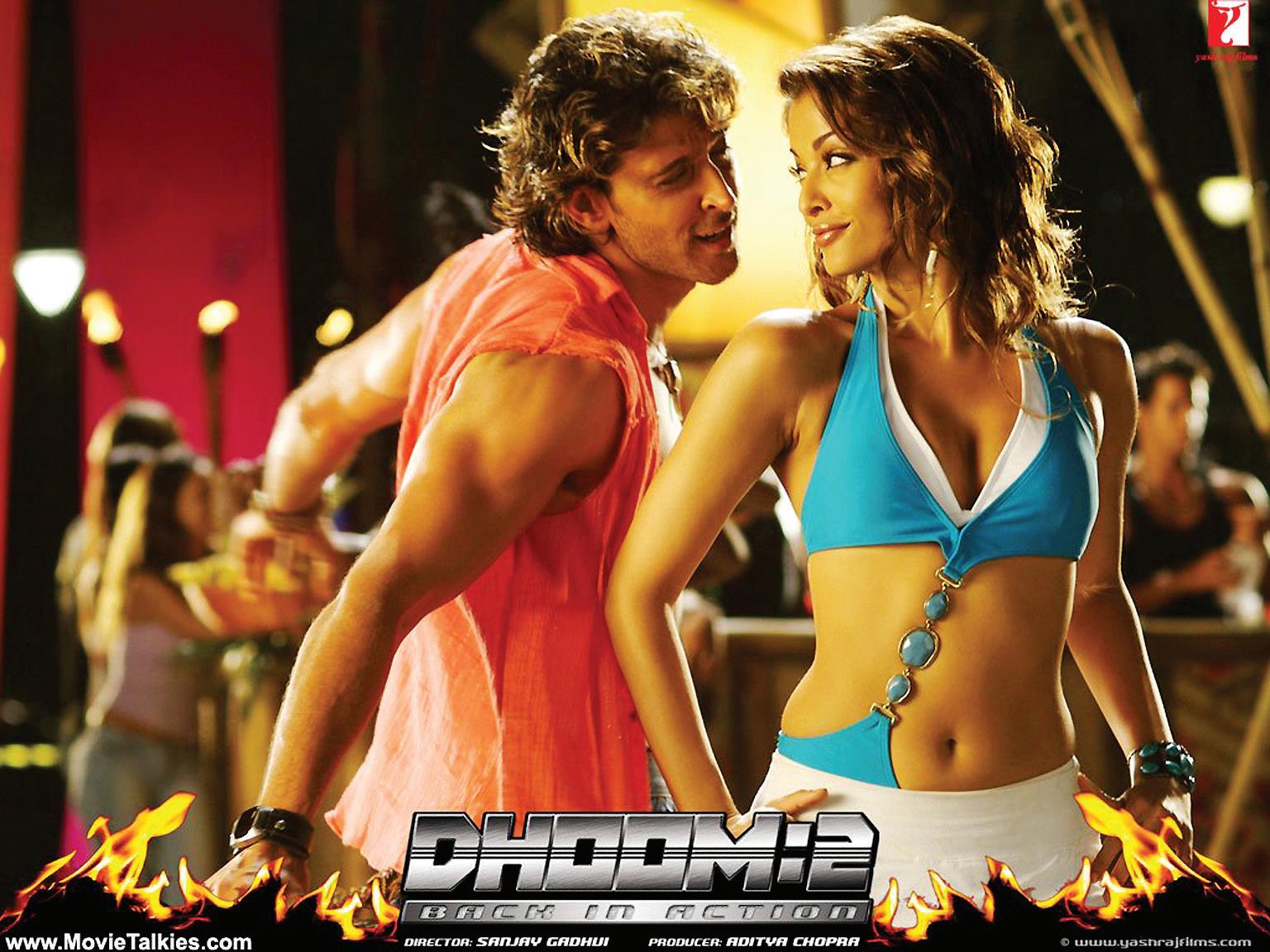
Esha Deol is not just the leading lady of her mother

Send in your responses to info@indianlink.com.au and win a surprise prize
What’s Deepika Padukone saying here?

“Finally a true depiction of a real man – strong, well-dressed and head less…”
Jaya Didugu
Jaya wins a free ticket to new release Band Baaja Baraat
Some other good ones: To the press: “Let’s see you link me up with my new ‘co-star’ this time round!”
Parul Aggarwal
“Ladies and gentlemen, my ideal man…”
Pranita Sharma
Film: Khelein Hum Jee Jaan Se
Cast: Abhishek Bachchan, Deepika Padukone, Sikandar Kher, Vishakha Singh
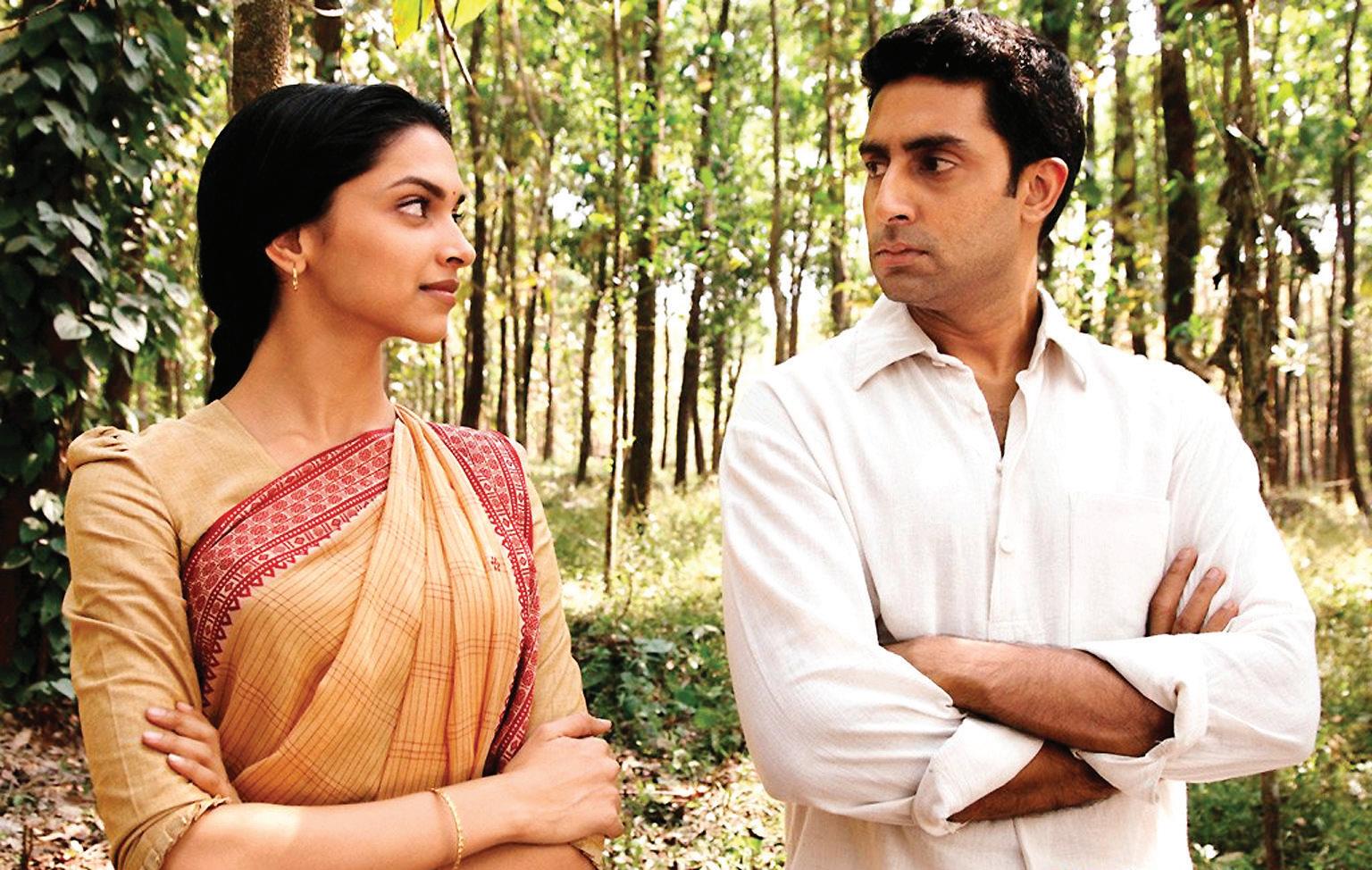
Director: Ashutosh Gowariker
There’s an ongoing sense of serenity compounded by a feeling of sincerity and transparency in the cinema of Ashutosh Gowariker. This filmmaker never hides life’s most essential truth in cinematic subterfuge. Rather, Gowariker goes the other way.
He strips the emotional content of cinema of its accessories and trappings and leaves the screen with just that right amount of drama that does complete justice to the characters without making them a casualty of excessive creative freedom.
Celebrate the creative freedom of a fearless and honest cinema. Khelein Hum Jee Jaan Se is an inherently dramatic story about a large group of young people who fought an unknown chapter in India’s freedom movement, told on screen with a minimum amount of flag-waving bravura.
The source material, Manini Chatterjee’s novel, is open to an acutely pompous and self-important treatment. But when has Gowariker’s cinema ever been a prey to pomposity?
If he can make Akbar’s court look so cool, casual and muted in spite of its inbuilt flamboyancy, the super-committed sepoys of self-government in Khelein Hum are not capable of even a second of verbal or visual overstatement.
Going to a world that is strongly redolent of historic ramifications, Gowariker pulls the real-life material out of the textbook and transforms it into an eminently engaging story about anti-colonialism. This is certainly not Gowariker’s first visit into Colonial India. Who can forget the director’s neo-classic Lagaan where a single villager gathered a whole team of ragged villagers to
beat the Brits at their own game.
Khelein Hum is not as playful, lyrical and lush as Lagaan. This time Gowariker tells his story with brutal straightforwardness, a quality that is a hallmark of this exceptional director’s cinema, here more prominently on display than in any of his earlier works.
The epic satire of Lagaan, the grandiosity of Jodhaa-Akbar and the transparent nationalism of Swades peep out of Gowariker’s latest work in measured doses, though never in a way that suggests any calculated attempt to create a pre-given ambience.
The setting, Chittagong in Bengal in the 1930s, is created with a fluency, virility and scrupulousness that make us believe in the characters and their mission from the word go. Watching out for those sleeping-dogs of over-statement, the narrative moves
across an artless criss-cross of patriotic plotting without tripping over in anxiety and nervousness.
A sense of calm camaraderie prevails even during moments of unsettling bloodshed. This is no ‘one-day’ mataram. The patriotic zeal never felt more tranquil before. This is history without hysteria. Each one of its 70-odd characters seems born into his or her respective parts.
Much of the supporting cast does what it is expected to. It supports the drama and the tension with restrain and skill. Standing tall in the supporting cast is Sikandar Kher expressing indignance and ire without going over-the-top. Deepika Padukone sheds her pouty movie-siren’s image confidently. She gets unexpected competition from debutante Vishakha Singh who seems to get under the skin of her character.
The body count is a little smaller in sequel
Film: RakhtaCharitra2
Starring: Suriya, Vivek Oberoi, Priyamani, Radhika Apte
Directed by: Ram Gopal Varma
In this sequel to Ram Gopal Varma’s month-old film about gangwars during the time of politics and elections, we get to see for the first time in a Hindi film Suriya, an actor of searing intensity and devastating emotional velocity. Suriya takes the frontseat in the sequel to create an ambience of implosive violence. Yes, we’ve never seen an actor so controlled in his intensity for a long time. Suriya’s vendetta spree certainly lends an added sheen to the proceedings.
Whether expressing his love for his wife (Priya Mani, overmadeup) and baby or hatred for his opponent Paritala Ravi (Vivek Oberoi, not able to add to his performance from the
first part), Suriya’s eyes convey a smouldering universe of indignation, injustice, grief and anger.
Cleverly Varma has given Suriya long stretches of silence in which the star-actor negotiates his angst-filled journey from betrayal to redemption. Suriya’s lengthy introduction sequence, the even lengthier attempt to kill him in the court house and the long fight sequence in jail are all ‘items’ constructed to spotlight the star’s agile histrionics.
Rakhta Charitra 2 goes a little slower on the body count than the first part. It is still one of the bloodiest, most violent films in living memory.
This must be the quickest sequel ever. Rakht Charitra 2 is better, more engaging and riveting in terms of content and drama. Full credit to Ram Gopal Varma for re-creating the savage world of politics and bloodshed in the Andhra hinterland. With skilled hands, Varma weaves the theme of an internecine war between two Men Who Would Be King In The Concrete Jungle.
The background score and editing highlight the ruthless profile of the hinterland. Rakhta Charitra 2 goes beyond the
But the film finally ‘belongs’ to Abhishek Bachchan in the way that films become the property of actors who own characters not for a display of histrionic vanity but because they grasp instinctively the world which the character inhabits.
Abhishek’s empathy with his character is complete and unimpeachable. As Surjya Sen, he conveys a muffled but obstinate idealism. Abhishek’s eyes become his window to a world where pain governs the journey to a greater glory.
Just as it’s impossible to imagine Sanjay Leela Bhansali’s Black and Guzaarish without Amitabh Bachchan and Hrithik Roshan, or Gowariker’s Swades without Shah Rukh Khan, what, we wonder, would Surjya Sen be if Abhishek had not played him with such quelled anger, dignity and grace?
Or for that matter where in our cinema today would history find a place if Gawariker was not committed to making compelling films on the indelible relationship between the present and the past?
On the technical front, Kiran Deohans’ cinematography and Nitin Desai’s art direction are subtle delicate but evocative. Sohail Sen’s music fits in like a glove with the film’s theme and mood of restrained revolution.
Don’t expect the bombastic patriotism of Manoj Kumar’s Kranti or the tax-exemptible desperate nobility of Gandhi - My Father. The effectiveness of Gowariker’s drama is drawn from the director’s determination to keep his drama denuded of exhibitionism.
Khelein Hum is the kind of rare and precious cinema on the theme of idealism, nobility and nationalism that is being progressively pushed out of our cinema by crass boorish comedies. It must be seen not because it retrieves a forgotten chapter from our history, but simply because it’s a story so well told you forget it’s a true story.
The truth of the moment in the cinema of Gowariker is the only truth that matters for the audience. The rest is history.
first part in pursuit of the savage impulses that accentuate the hunger for power. Suriya has the most pained eyes since Om Puri in Aakrosh. Between the pleading and the bleeding that are projected into his character, Suriya proves himself the discovery of the year.
Watch Rakhta Charitra 2 for Suriya. And then watch it for the parable of violence that Ram Gopal Varma continues to construct in search of a meaning for the cinema beyond surface beauty.
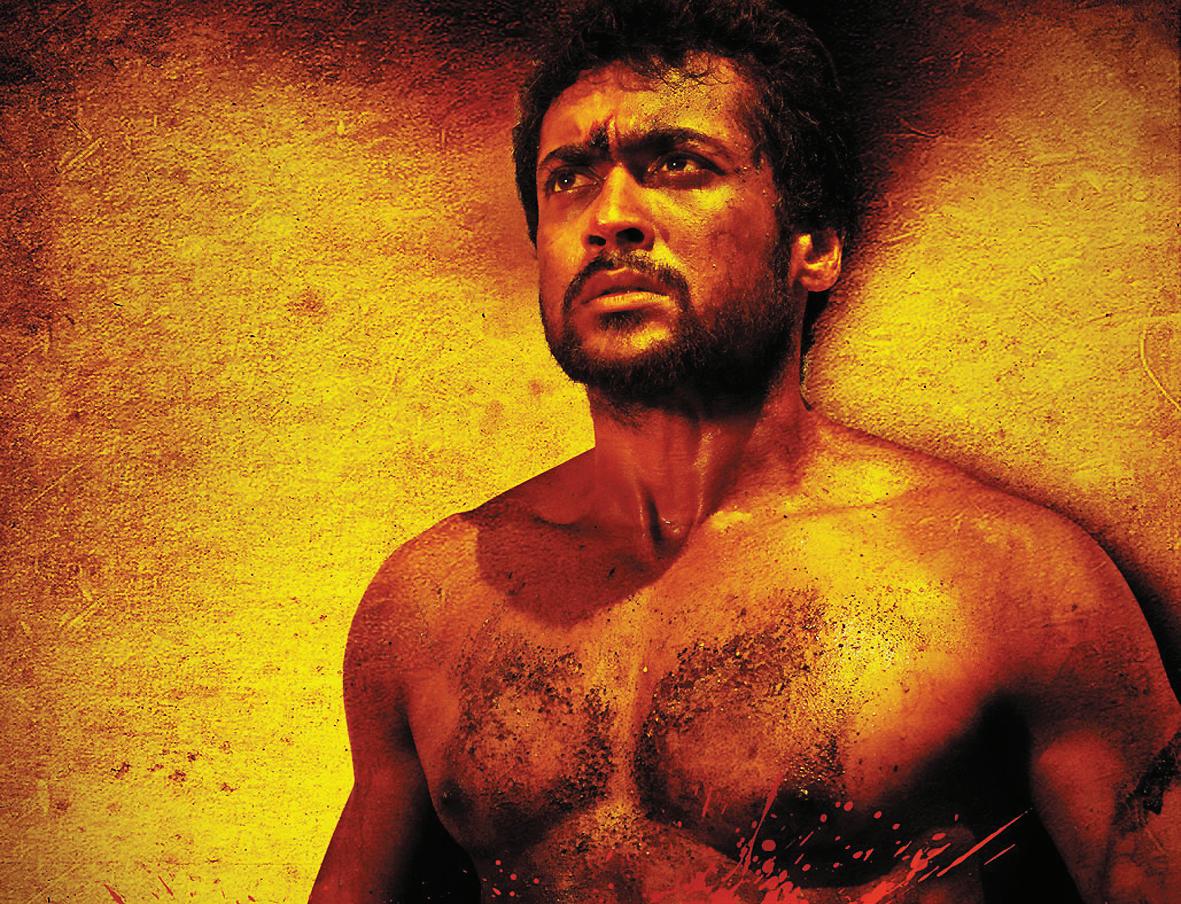
The credits boast of four writers. But there is no rhyme in the crime, no logic in the laughter.
Just fasten your seat belts and let Anees Bazmi, a fine writer when given better circumstances, take you for a ride. The film opens with Sanjay Dutt and Akshaye Khanna playing two con men Yash and Raj (Yash-Raj, get it?) rescue a baby gorilla from the boot of Paresh Rawal’s car.
The baby gorilla and its grateful parents show up in the climax where all the male characters (approximately 33 at last count) are dressed as Sardarjis to sing a song that goes Kad lamba chaudi chest chest.
Ahem. Chest joking, I guess.
Not too many sequences make much sense in this homage to hectic incoherence. The gags are as flat as Neetu Chandra’s belly. She has some funny moments with Suniel Shetty (playing the assassin named, with excruciating unoriginality, Marcos). But the funniest character in the plot is Sushmita Sen. A schizophrenic wife to bumbling-cop Anil Kapoor, she does the splitpersonality act with lip-smacking relish.
You often wonder what a woman as gorgeous as Ms Sen is doing in a place as farcical as this where anarchy prevails. Nothing makes sense. Nothing is supposed to. The film is shot in South Africa. For what purpose, we will never know. The film’s confounding idiocies could have easily been located in Matunga or Mangalore.
Film: No Problem
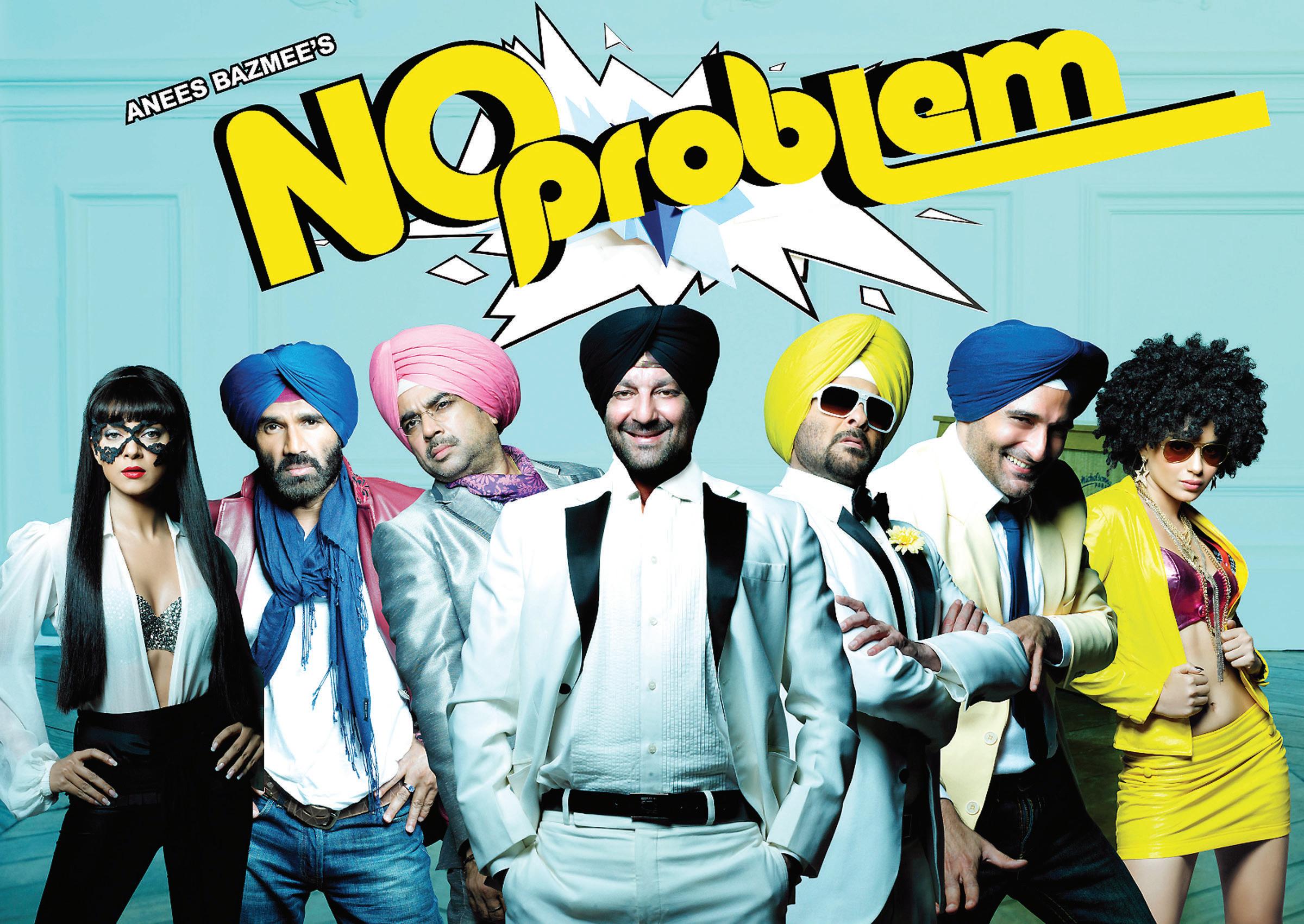
Starring: Sushmita Sen, Sanjay Dutt, Akshaye Khanna, Suniel Shetty, Kangna Ranaut, Paresh Rawal
Directed by: Anees Bazmi
The bad news is that good films are not doing well. But the better news is that bad films are also being rejected. No Problem , if we must talk about it, is no better or worse than all the other comedies that have come and groaned. A series of wildly improbable characters and ideas strung together in sequences of flabbergasting haphazardness, this is the sort of comic romp where the laughter is lost in transit.
Film: BandBaajaBaaraat
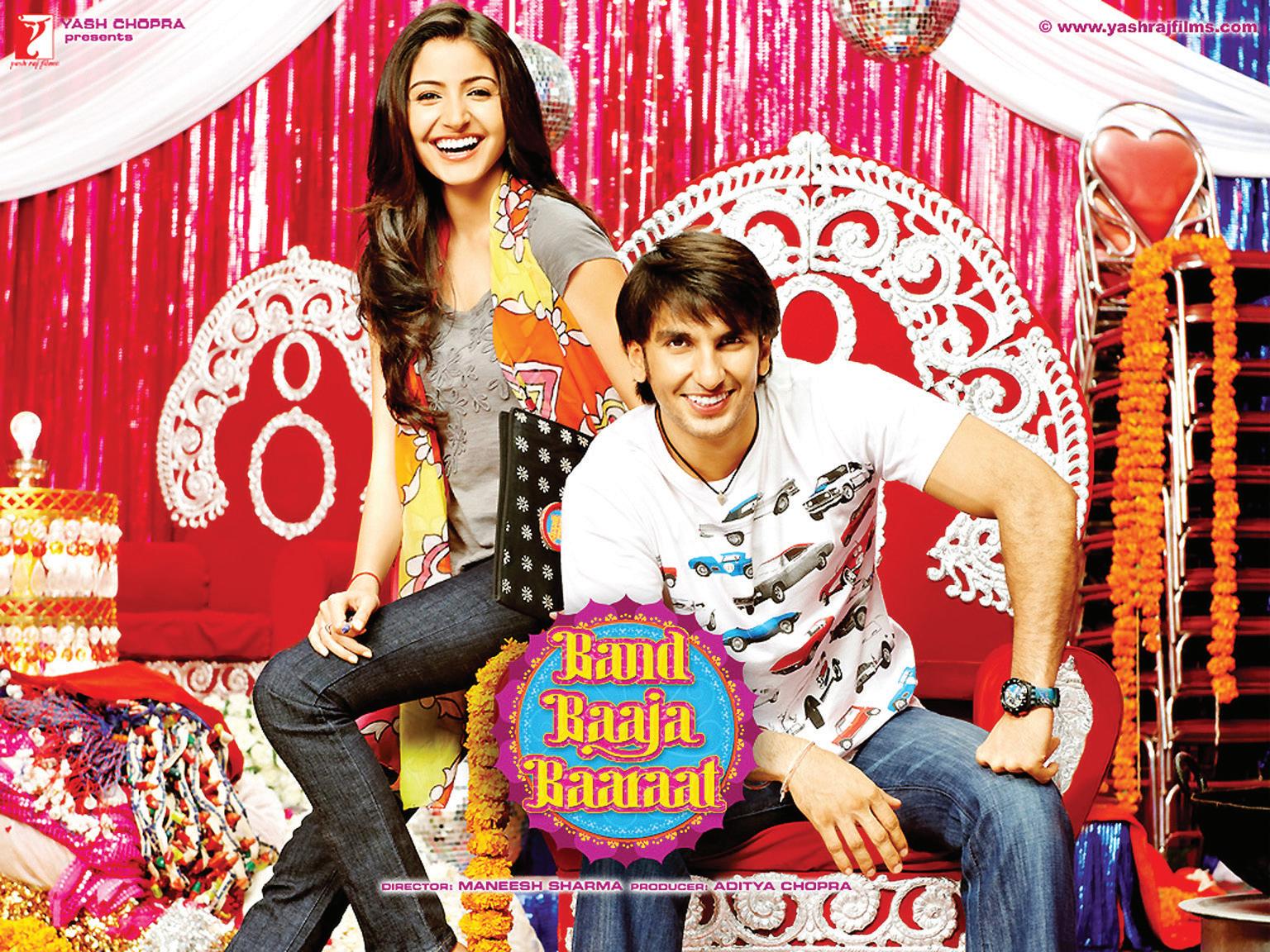
Cast: Anushka Sharma, Ranveer Singh
Director: Maneesh Sharma
Have you ever wondered what they mean when they talk about the chemistry between a screen pair? Watch this delightful ode to the great Indian wedding and it will solve the mystery for keeps.
The super-accomplished Anushka Sharma and debutant Ranveer Singh, quite easily the discovery of the year, whip up a wondrous camaraderie in scenes written with such skill and craft in the film, set in the backdrop of weddings in the heart of Nayee Dilli.
Band Baaja Baaraat is an utterly joyous and enjoyable look-see at the world of Punjabi weddings in Delhi as seen through the eyes of two wedding planners, partners in business Shruti and Bittu, who have sworn from Day 1 never to get involved with one another.
Pyar (love) and Vyapaar (business) just don’t jell, the couple keeps telling one another. But are the gods listening? The skillfully-written rom-com takes the noholds-barred pair’s relationship through a lavish labyrinth of shaadi replete with Bhangra tracks (Salim-Suleiman) that provoke your heart and feet to jump up and dance.
Outwardly, the film looks like Mira Nair’s Monsoon Wedding put into a maze of wedding festivities that seem to meander
from one joyous jig to another until we come to a point where we ask in unison… now what?
With a smoothness of touch that shows the hand of a writer who knows his job thoroughly, full marks to the dialogue and screenwriter Habib Faizal, Band Baaja... changes the profile of Shruti-Buttu’s relationship midway.
What remains unchanged is that sense of joie de vivre which comes to a film on that rare occasion when the writer and director know where they’re going and how to take the characters there without giving away the signposts to the audience.
Delhi - the city of bustling streets, speeding auto-rickshaws, and restive bus stops - has never been more vibrant and alive in any other recent film. Aseem Mishra’s camera penetrates the heart of the capital and the souls of its two unforgettable protagonists.
Unlike Yashraj Films’ Bunty and Babli some years ago, Bittu and Shruti are fooling no one except themselves.
What does one say about the two principal performers without tripping over with the excitement of being in the midst of remarkable talent?
With just three films, Anushka Sharma has grown into one of the most watchable and eloquent contemporary actresses. To the role of the spirited Shruti Anushka, she adds the kind of spice that one associates with Kajol and Rani Mukherjee.
In two key sequences with Ranveer Singhwhere she conceals her true feelings and much later lets them all out in a tumble of smirking hurt - Anushka blows the screen apart.
The most important component of a situational comedy is that the actors must look like they’re having fun. There is not much below-surface camaraderie among the actors. Anil Kapoor brings in a zany fun into his self-deprecating role. But really, just the ability to laugh at oneself is not enough. You have to communicate that laughter to the world that’s watching you. On that score No Problem simply parts ways with the audience.
As for Ranveer, he sinks his teeth into Bittu’s part with a self-confidence that comes to actors after at least 10 full-fledged films. And that too if they are gifted. Here’s a new talent in a film industry dominated by jaded superstars.
Ranveer’s spirited screen presence and quick-silver comic timing makes the older stars look old, if not outdated. In the climax where he calls himself an ass for denying his feelings, Ranveer is a revelation. Go for this newcomer, producers, he will soon be booked for the next three years. The supporting players are largely
unexposed artistes. They add to that sense of feisty freshness that runs across the film. Bravo, Yashraj, for bringing such exceptional new talent to our cinema.
Bravo, debutant director Maneesh Sharma for taking us through the organised chaos of traditional weddings in movements of pure pleasure and enjoyment that communicate themselves to the audience. Hours after watching the film, I’ve still not stopped smiling.
Dear Auntyji
I am happily married for over 12 years and my husband is the most wonderful man. But last month, a much younger co-worker sent around pictures of himself at the beach, and he has such a mast body that I could not help but admire him. Now whenever I see him, I remember that half-clad picture and well, I feel strange. What’s worse is that sometimes when my husband and I are enjoying a moment, I begin imagining it is Brendan instead. What should I do, Auntyji, please help.
Auntyji says
If I had a rupee each time someone said to me, ‘Oh, I am happily married but.....’ I would be as rich as Mukesh Ambani. Now, tell me, Perplexed and Confused, must you always objectify your co-workers like that? Is Brendan the shaitaan who goes into your mind and torments you with thoughts of the forbidden? Can’t you control your mind so that Brendan is simply an aesthetically pleasing piece of cheesecake who foolishly sent out pictures of himself? You don’t have to get fixated, you know. Instead of thinking of Brendan when your mind is wandering, think of your husband instead. Would you like it if your husband pictured Bipasha Basu when gazing into your eyes? Would you like it if your husband saw Rakhi
Sawant clad in skimpy outfits each time he went shopping with you? No, I’m sure you don’t. So if you don’t want to con your husband (and yes, thinking about another man while being cosy with your husband is a form of cheating - I don’t care what anyone says!) it’s time to stop perving on Brendan. Eww! Even Brendan, especially if he was a lucha lafanga, would be ashamed for you.
Auntiji dude, Whhassssuuup? Yo Aunty, man, you’re one hot chick, think I saw ya at Sheila’s wedding, man. Can I take a huny like you out sometime? You and me cud be hot stuff. We cud have fun together. Lemme know and I’ll give you my moby.
Auntyji says
Oh you shaitaan , you haraami , first
Australia settled Gursikh, 25 years, 6 feet, slim and healthy, working as a physiotherapist from a well established Khatri family of Mohali India, seeks good natured, qualified, professional match. Tel: 0412 268 568, pacifichighway@ optusnet.com.au
Punjabi Brahmin, 30 years, 6 feet, fair, handsome, double degree holder, Reigistered Nurse, Australian citizen of Sydney. Seeking a suitable match of honest girl with good family values. Cast no bar. Please reply with photo and details amit4012@hotmail.com or call 0431 647 402.
Seeking an alliance for Valmiki boy, 36, 5’8”, very well educated, LLB, MIB(AUS) government employee, Australian citizen. Parents are seeking a well educated, homely girl with traditional values. Caste no bar. Respond with photo and complete bio on valmikiboy@hotmail.com or call 0431 159 221.
Match for Melbourne-resident nevermarried Arora boy, self employed, earning good money, dob 30-08-1977, 5′-5″, smart features, fair colour, open minded. Caste no bar. Girl’s merit main consideration. Respond with photo, education and professional details to email: sachdevasunil30@gmail.com or call 0401 408 211. Boy is in Chandigarh, India for next 10 days.
Dear Auntyji
After three years of marriage, my husband has decided that he wants me to wear western clothes. More form fitting clothes, more jeans, more high heels. He says I am very beautiful, but he thinks I will look more stunning in western outfits. I don’t care either way, but I can’t help thinking, if I give in to this, does it mean he will expect me to wear a bikini next? How shall I address this sensitive issue?
you sudharo your language, then you can talk to me about going out! Have you no maan , maryada , izzat or sharam talking to your betters in this way? Have your parents taught you nothing except how to be a grammatically incorrect lafanga ? Let me tell you that I have no time for badmaash goondas like you, and for you to write to me, using such common language, as though I were a chalu cheez walking down Parramatta Road by myself at 11pm on Friday night, tells me of the type of person you are, you zaleel insaan You have totally offended me, and I am most upset. If ever you have the misfortune of crossing my path, you can expect a swift swipe of my Chanel handbag on your empty head. Nay, my handbag is too good for your kaala saar . My Sergio Rossi heels will be plenty for you. Bewakuf !
Auntyji says
Well, Sati Savitri, just because you wear jeans does not mean the next step in your wardrobe evolution is a bikini. Ok, so you have nothing against wearing western clothes. I’m pleased to hear that, seeing that you are living in Australia and turning up to work in a salwaar kameez is probably too ethnic for anyone. So, wear the western clothes. But there are lots of tasteful western outfits that won’t compromise your integrity or your modesty. So, yes to jeans. And no to the bikini. Yes to the fitted dresses. No to the midriff exposing tops. Get the picture, hubby?
Indian man, university educated, Government occupation, mid 40s, seeks honest Indian /Fiji Indian lady for marriage. Please call 0404 263 400 or email tamavu@hotmail.com
Seeking a Gujarati girl with good family values, for my son, 35, divorced since 3 years, no children, tax consultant, fair, 5’8”, non-smoker, light drinks, eggetarian, living in Sydney since 18 years. Contact 0402 416 353 or hp11869@hotmail.com.
Alliance invited for a good looking Tamil Christian girl (CSI Protestant), 28 years, 5’7” Engineering professional working for a European company at Chennai (currently in Holland). Seeks Christian professional of good family background. Contact details 0458 788 869; fredrick.samuel@gmail.com
Wanted well qualified, handsome, fair Punjabi Hindu boy well settled in Sydney, PR holder/Australian citizen for a Punjabi Hindu girl, extremely beautiful, slim, very fair, 32 years, 5-3”, MBA (Australia), Australian citizen and a professional belonging to a high status, very well qualified business class family. The girl is an innocent divorcee with a brief marriage. She is very loving, homely, caring, intelligent and bubbly with a perfect blend of traditional and
modern values. She is born and brought up in India. We are God fearing, very well respected, down to earth and sober family with a positive outlook towards life. Similar profiles preferred. Please send full profile with latest photos to email to.sweet@hotmail.com.
Well established Indian Hindu family from Fiji living permanently in Melbourne seek a professionally qualified boy with good career background for their daughter 28+. Five feet tall, medium complexion, slim, attractive, Australian born, University graduate. Please send in absolute confidence your biodata, telephone number, recent photograph and email address to The Advertiser, PO Box 339, Naree Warren South, 3805.
Looking for a suitable match for Hindu girl, 29 years (Aust citizen), 5’8”, working in Sydney. Seeking a sensible, educated and broadminded person, preferably settled in Sydney, age between 30-34, caste no bar. Send details and recent photo at matrimony513@ hotmail.com
Seeking match for Agarwal girl, 24 years old, 5’4″, very beautiful girl, born and raised in India, family well settled in Sydney. Graduate in commerce and completed PG Diploma in Banking and Finance from IFBI. Seeking professional match with good family background. Early marriage. Prefer Agarwal, Hindu boy. Contact: 0401 44 8186 / 91- 9849728729 or email: giri32@yahoo.com.au.
Alliances invited for Sikh Jassal girl, 27, 5’, Registered Dentist in NZ practicing in Auckland, Permanent Resident. Clean shaven preferred. Caste no bar. Eligible to practice as dentist in Australia also. Contact: litledocship3@ gmail.com Ph: 0064-9-2766 519, 0064-21106-2734
Seeking match for Sidhu Jat Sikh beautiful girl, 23 years old, height 5’ 6”, doing B.Sc Post Basic Nursing final. Raised with Indian values, in a very well settled family in India. Both her grandfathers are retired Colonels from the Indian Army. Father is a serving commander in the Indian Navy; mother was the principal of a Teachers Training College in Karnal. Seeking a decent match with a loving family background. Reply with bio-data. Early marriage. Email: matchsidhu@gmail.com
Jat Sikh parents seeking professionally qualified well settled match for their Australian citizen daughter, 32, 5’4”, slim, beautiful, intelligent and family oriented. Highly qualified with two Masters degrees in IT and Information Systems. Working as an Administration Manager in a leading MNC in Sydney. Upper caste no bar. Please send full bio-data & recent pictures to matrimony8491@yahoo.com.au




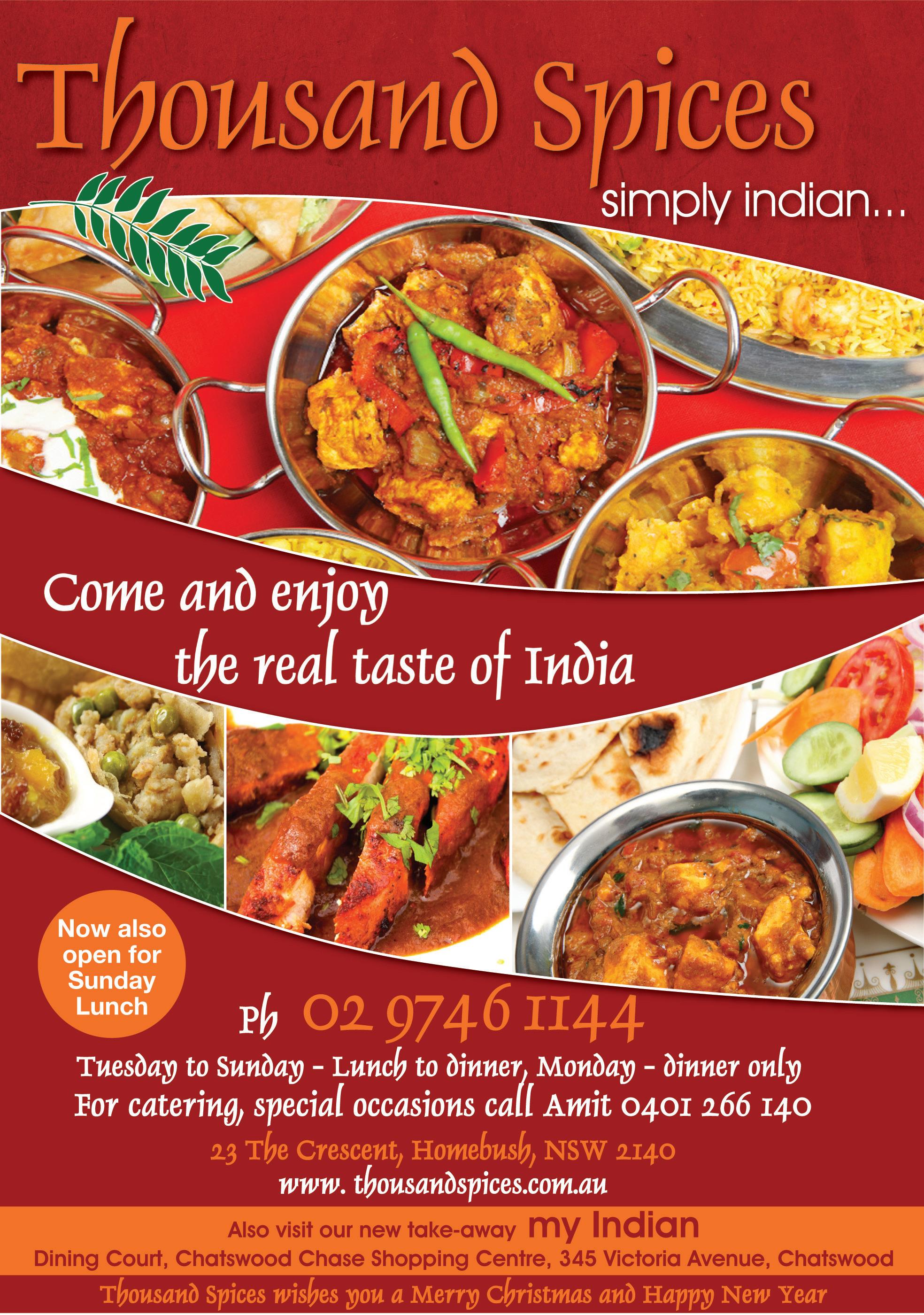
PUBLISHER
Pawan Luthra EDITOR Rajni Anand Luthra ASSISTANT EDITORSheryl Dixit
MELBOURNE
Preeti Jabbal
CONTRIBUTORS
Mamta Sharma, Priyanka Rao, Farrha Khan, Jyoti Shankar, Chitra Sudarshan, Akriti Goel, Antoinette Lokker, Tim Blight, Roy Lange, Sunil Ranadive, Maryam Maghsoodi, Avijit Sarkar, Farzana Shakir, Ravi Anand, Sanjiv Dubey, Sandip Hor, Petra O’Neill
ADVERTISING MANAGER
Vivek Trivedi 02 9262 1766
ADVERTISING ASSISTANT
Priti Sharma
02 9279 2004
GRAPHIC DESIGN AND LAYOUT
Kaye Martin
Indian Link is a fortnightly newspaper published in English. No material, including advertisements designed by Indian Link, maybe reproduced in part or in whole without the written consent of the editor. Opinions carried in Indian Link are those of the writers and not necessarily endorsed by Indian Link. All correspondence should be addressed to Indian Link
Level 24/44 Market St, Sydney 2000 or GPO Box 108, Sydney 2001
Ph: 02 9279-2004 Fax: 02 9279-2005
Email: info@indianlink.com.au

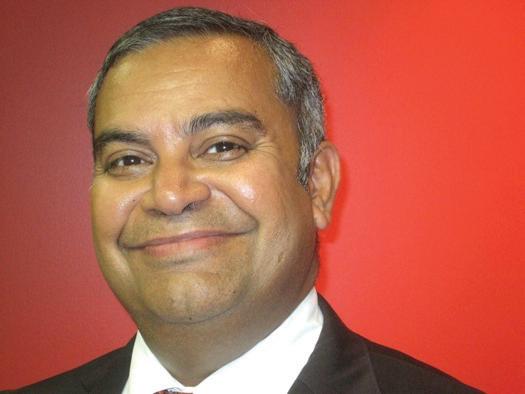
What an eventful year it has been. A vintage year, if there ever was one. And if at all it’s plausible, it would be great to bottle it up and enjoy it again at some time in the future! Political intrigue, sporting scandals, strange disasters and rescues, collapsing bridges…what a year!
Wikileaks seems to be in the foreground as we come to the end of 2010. While some are clamouring for the head of Julian Assange, others consider him worthy of the Nobel Peace Prize. Whatever your views on the legality or the morality here, there certainly is a feeling of ‘us vs them’, be it the media and the various governments of the world, or the people against the financial institutions such as Pay Pal, Visa etc. who have put on hold their business dealings with Wikileaks. It is believed that over 250,000 cables and documents are in the possession of Wikileaks, while to date only about 11,200 have been released. Australia has only featured recently and the private views of the political masters of this country so publicly aired have left many bemused, even if slightly uncomfortable. One assumes it will only be a matter of time before Wikileaks reveals internal cables relating to US-IndoPak issues. Watch on as politicians duck for cover!
The political assassination of Kevin Rudd and the subsequent drama of a hung parliament were beautiful in their ugliness. While the former was swift and brutal, the latter dragged on for days as the country held its breath. The poisoned chalice
BY PAWAN LUTHRAwhich Julia Gillard took in going to bed with the Greens, may yet come back to haunt the Labor Party.
Year 2011 promises to be an interesting year for Australia. Both Abbot and Gillard enter the year knowing that only one of them will survive the political game by end 2012. If Tony Abbot cannot force a fresh election, one suspects his party members may lose patience with him and opt for a change in leadership. PM Gillard also has promised 2011 to be a year of delivering on substantial changes. No amount of spin will test the public’s patience in case she fails to deliver a dream - be it the NBN or carbon tax or water reforms or mining taxtake your pick; and there is work to be done by the Labor-Green alliance.
Meanwhile, India captured the imagination of the world with its on-oroff saga regarding the Commonwealth Games. Will they be able to deliver, the world asked. India in itself thrust its worst side forward with tardy progress in construction, shoddy workmanship and bumbling executives in charge. That the Games were pulled off in a spectacular fashion was a credit to the country,
but sailing so close to the wind created unnecessary uncertainty.
IPL supreme Lalit Modi, flying too close to the sun like Icarus, burnt his wax wings and crashed to the ground. What promised to be a giant expose in the world of corruption in cricket has quietly been swept under the carpet. But the 2G scam in India seems to have captured the headlines again around the world – with the sheer quantum of money involved. The shortfall between the money collected and the money which the law mandated to be collected, Rs 1,76,379 crores or USD 39 billion, is staggering. And the interesting fact is the capacity of the country to support this level of corruption. The question which begs an answer is if corruption is so much a part of our blood in India, is there no way out? If the answer is yes, then is this imported to countries where we, the Indians, choose to settle?
Indians in Australia had a more sedate year in 2010 as compared to 2009 when the student issues hit headlines. It was a year of licking our wounds as the Australian Government changed the rules, making it harder for students to settle in Australia and thus seeing a sharp decline in overseas student numbers. The businesses involved in the education industry and indirect businesses associated with the students such as travel agents, Indian restaurants and spice shops etc. will find it difficult to survive.
All in all, a fascinating 2010: we suspect the fun and games will continue into the next decade.




To the Aam Janta (Indian diaspora)
* Think about attending functions and melas (Temple/ Diwali/ UIA fair etc) if an Indian official is attending the same. Because of them being around that evening, some genuine emergency cases will not be getting their visas the next morning. Mind you, you could be in the same situation one day.
Read your cover story ( Visa Woes to End? ) on Indian embassy/VFS blunders on visa/OCI applications. It was long time coming. The press conferences where the officials promise heavens and skies are just for media coverage and their so-called student emergency fund is a big joke. Needless to say, a typical Babu approach without any sensitivity. The only solution to the problem can be a threeway joint effort comprising the local Indian media (newspapers/radios), Indian community /religious organizations and aam janta (Indians in Australia).
To local Indian media
* Start a blog where Indians can post their complaints and ask the authority to reply to all the concerns.
* Make sure that the officials provide their mobile phone numbers as the board line is just useless.
* Send all these local media articles / comments to the President, Prime Minister, Sonia Gandhi, and the Foreign Minister of India to make them aware of the issues. Here I must point out that the American Embassy (in Mumbai) with almost 50 times more work load of visa processing than the Indian consulate, has an outlined procedure. You go to their office in the morning, register your application, complete the medical check up and other formalities and when you return after lunch, they have your passport stamped/ rejected, whatever is the case.
To Indian community organisations
Be mindful that having the Indian officials to any of your functions takes time away from proper management of the procedures for visa issuance. Question as to why do you need to have these officials there - is it just a photo opportunity or is it a genuine value-add to the function?
Chinmaya Mission events
Fri 17 Dec Geeta Jayanthi will be celebrated 6.30pm to 10.00pm, with chanting of the 18 chapters of the Bhagavad Geeta.
28-31 Dec and continues on 2-3 Jan Mahabharatha Video and Discussion
Retreat daily 9am to 1pm, 3pm to 7pm (lunch break 1pm - 3pm). Contact Jagadish Sury on 0414 703 151 for details.
Fri 31 Dec New Year’s Eve
celebrations (greet the New Year with Hanuman Chalisa and Arati to Lord Rama and Sitaji). 11.45pm to 12.10am (midnight).
Sat 1 Jan Vishnu Sahasranama Achana: celebrate the New Year with the Lord’s
Why do Australians have to pay AUD 273 for Indian passport renunciation fees whereas US folks only pay USD 175. Is the High Commission unaware that the Australian dollar is much higher in value?
R Steve Sydney NSWMy daughter became an Australian citizen in 1991. At that time the Australian Immigration Department took her Indian Passport and she was told that it will be cancelled. Since then she has been to India more than a dozen times on her Australian Passport. She plans to visit Indian again shortly. She recently went to the VFS office to apply for the Visa where she was asked to present her old Indian passport. When she told them the history, she was asked to get some document from Indian origin showing her date of birth and statuary declaration regarding the same. I wonder why they can’t accept the facts on Australian passport. She had to come home and dig up the old papers to get her school certificate from India, fill in the forms and then re-apply for the Visa. Even after all this the VFS office told her that it will take a minimum of 10 working days to process her Visa. And that too, they said, they could not promise. When you ring the Indian Consulate in Sydney, nobody picks up the phone and even if they do, they pass the buck saying it is the responsibility of VFS and we should register our complain there.
Rakesh Sahgal Richmond NSWI would like to bring your kind attention this issue that the High Commission of India is charging higher fees for issuing visas and Overseas Citizenship of India (OCI) cards. Here is one example for the OCI application.
The OCI application fee is Rs.14,230/- as per the Ministry of Home Affairs, India. The fee in US dollar is US $275, quite reasonable. But in Australia, the fee is quite high: AUS $416 (or AUS $396 excluding VFS service fee of $18, and the ICWF fee of $2) as set by the High Commission of India in Australia. Besides US, the fee is charged quite reasonable in other countries, such as UK. Now the Government of India has introduced a new fee to cancel Indian passports for nonresident Indians, who obtained or will obtain citizenship of other countries after 31 of May, 2010. The passport cancellation fee is US $175 in US or Rs 7000 in India. The fee here, AUS $273 set by the High Commission of India, is comparatively much higher. This fee is only NZ $225 in New Zealand.
I sent an email to the High Commission of India in Canberra requesting clarifications or justifications, but received no reply. Would any of you know the reasons or justifications if we consider that the value of Australian dollar is quite similar to the value of US dollar and Australian dollar has a higher exchange rate against Indian rupees than the rate used by the High Commission of India in Australia?
We also provide the service fee separately in Australia to access passport, visa, OCI and other services from VFS Global. A non-resident Indian, who has recently become an Australian citizen, has to pay about AUS $697 to cancel the passport and obtain an OCI card, for which the total fee is only Rs. 21,230 in India. This indicates an effective conversion rate of approximately 1 Australian dollar equals to Rs. 30.50 or little higher, whereas the current conversion rate is 1 Australian dollar equals to about Rs. 44.50 and was higher than Rs. 38 in the last 12 months. For a single applicant, this extra fee may not matter much, but for a family, say for example two parents and two children, the extra fee multiplies and creates a burden.
names, wonderful satsang and Prasad, 9.00am to 11.30am. Contact Br Gopal on 0416 482 149.
Sat 8 Jan Workshop for youth
“Mahabharatha: How does it apply to my life” with Br Gopal Chaitanya in Canberra. Contact Kala on 0433 249 363.
29-30 Jan “Vedanta: Fundaments of Life” Retreat based on Tattva Bodha at Central Coast (Gosford) with Br Gopal Chaitanya. Details Dr Rahul Suri 04364764 or More details Chinmaya Sannidhi on 02 8850 7400 / 0416 482 149.
Maha Gayatri Yagya
Sun 19 Dec The Ram Krishna Temple’s long-standing development application with the Liverpool City Council for
building a Temple on our Austral site at 275 Fifteenth Avenue, has now been approved. In celebration of this important development, the Mandir is holding a Maha Gayatri Yagya at the Temple with Pundits Sachin Sharma and Shyam Sharma. 6.00pm start.
Details Babita Singh 02 9608 6099
EXHIBITIONS
Verandah
Upto 6 Feb Sydney artist Vandana Ram presents Verandah , an exhibition of artworks that explore historical and cultural exchanges between Australia and India through shared colonialism, migration and cultural memory. Elizabeth Farm, 70 Alice St, Rosehill. Details 02 9635-9488.
Sexual health of migrant Indian men living in Australia
The University of Sydney is conducting a study on the impacts of migration on attitudes toward human sexuality, sexual behaviours and sexual health of Indian men living in Australia. We are requesting participants aged 18+ and fluent in English to participate in this survey. Participation in this survey is voluntary, anonymous and confidential. The survey takes about 20minutes to complete. To know more about the study or to participate, click on the link: http://www.zoomerang. com/Survey/WEB22BE4RHXXRL . Or, log onto www.indianlink.com.au and fill in the survey
Before you lodge your application, be sure to check the track record of your migration agent. At AVMCS, we have been successfully helping people like you for over 18 years, involving thousands of successful applications. We know the rules and guide you professionally all the way. No wonder, AVMCS is the first choice of people who want the best value for their money and efforts. Remember, there is no substitute for experience.
ALL YOU CAN EAT MONDAYS
Set Buffet (6PM to 9.30PM)
Vegetarian meals - $13.95
Non-vegetarian meals - $15.95
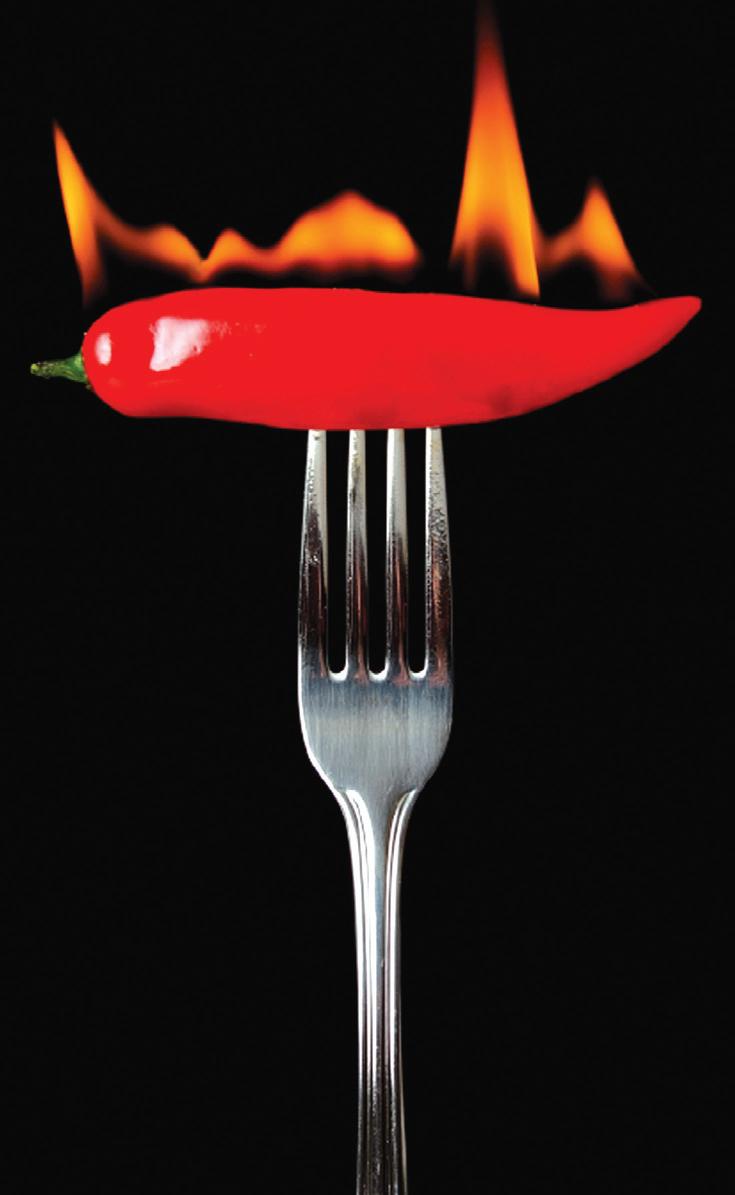
Kids (5 to 10 years) - $9.95
VEGETARIAN PARATHAS
Poodina
Lachha

Palak
Aloo
Methi aloo
Oriental style
Mushroom and pea
Stuffed vegetable and cheese
LASSI Salt * sweet * mango * passion fruit
* mixed berry * pineapple
* papaya and chefs special
CHAT Fruit chat * sweet potato chat * potato chat * special potato chat * dhai bhala chat
* pani puri chat and more
KULFI Pistachio * Cardamom * Mango
Mango Passion Fruit * Pineapple
* Strawberry * Mixed berry
Paneer Methi
Mooli Gobi
Garlic stuffed mali
Masala rajhama
Mattar
EXCLUSIVE FOR SOME Nashe Ka
NON-VEGETARIAN PARATHAS
Keema
Chicken Egg
DESSERT PARATHAS
Shakkar
Chinni on traditional Indian food
139 STEPHEN STREET BLACKTOWN
PHONE: 9671 7820
Catering from $9pp Call now on 0425 30 26 26